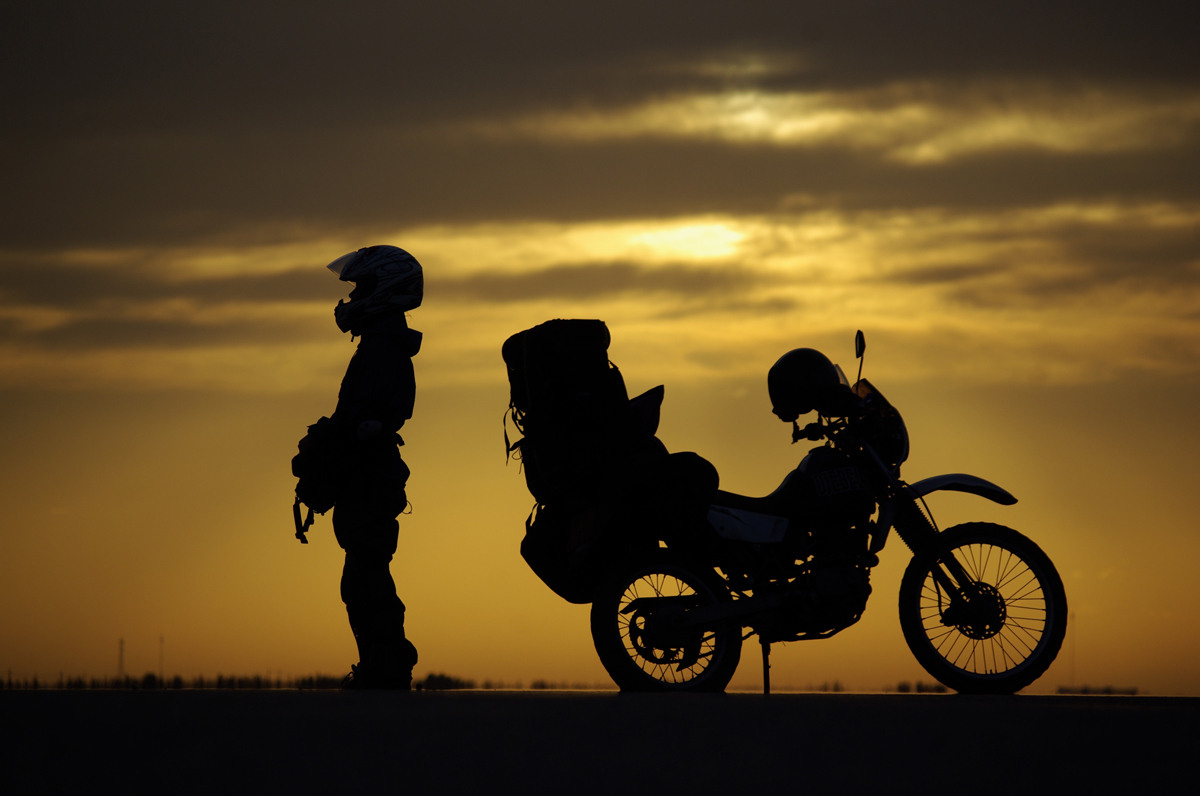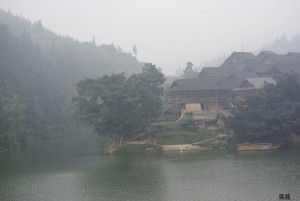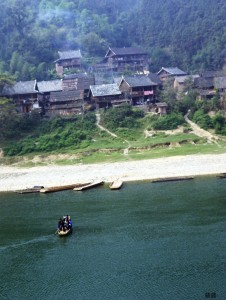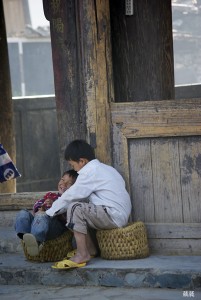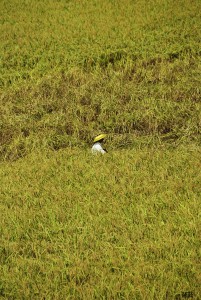We ended up traveling over 7,500 miles (12,000 km), from Beijing in the east to Xinjiang in the west, on the north of China. For 24 days, We crossed deserts, visited ancient ruins, and sampled a few local delicacies along the way!
Day 1

With a look of optimism and a sense of adventure, we began our Motorcycle Journey to the West.
As we left Beijing, we headed north towards Zhangjiakou, a small city on the border between Hebei province and Inner Mongolia.
Our first stop on our Motorcycle Journey to the West was the ancient village of Jimingyi in Hebei province.
This village is roughly 800 years old, but recently became popular because of an unusual rumor! According to this rumor, Jimingyi was used as the set for a very famous Chinese film (which sadly is not true). Fans may be disappointed to find that the “old gate” from the movie is actually a newly-built replica.
That being said, this rumor has enabled tourism to blossom in this picturesque village.
Unfortunately, in spite of the new “Great Wall”, the village of Jimingyi in Hebei province was still profoundly poor.
As we left, we wished the villagers well and hoped that their situation would improve.
On the one hand, the blossoming tourist industry could potentially boost the local economy. On the other, it would be a shame to see such a tranquil village eclipsed by crowds of tourists.
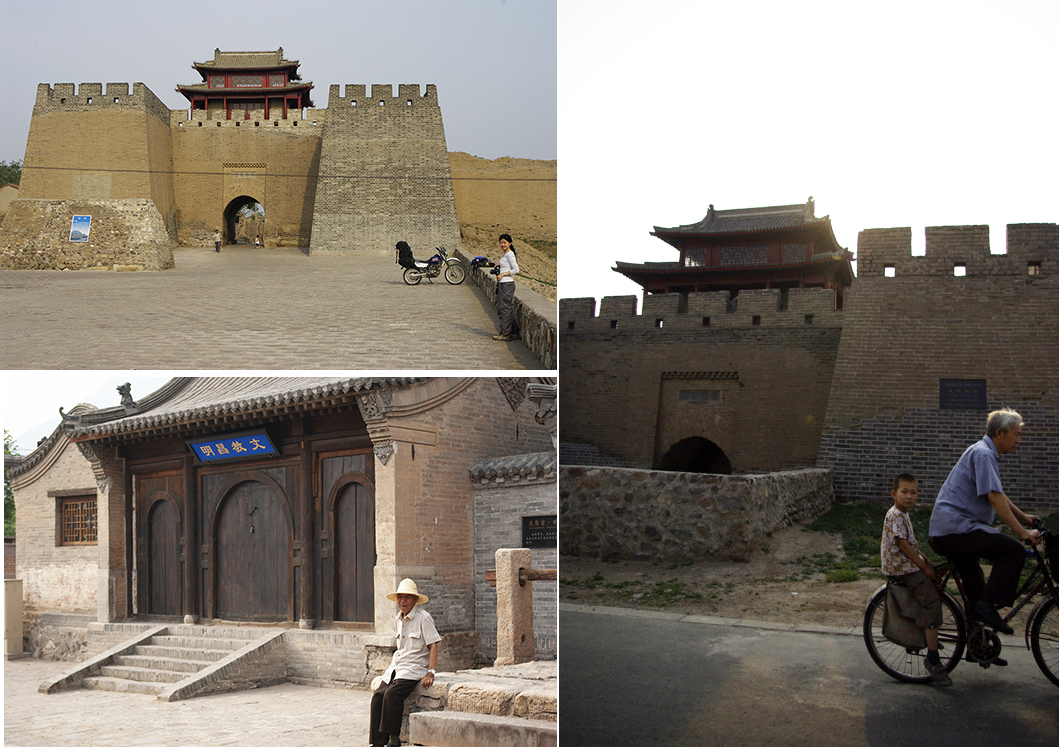
After enjoying a peaceful day out in the ancient village of Jimingyi, we were in for a horrible wake- up call as we hit the open road again.
Colossal trucks trundled passed and cloying dust created small black clouds as we continued our Motorcycle Journey to the West.

Day 2
Throughout much of Chinese history, the area surrounding the city of Zhangjiakou in Hebei province did not belong to the Han Chinese regime.
This meant that the locals had to find their own way to defend themselves from the fearsome nomadic tribes to the north!
As we continued our Motorcycle Journey to the West, we came upon just such an example in the form of this closed solid wall, which was located on the outskirts of a small village.
Nowadays it is a historical relic but, at one time, it was the only thing stopping the village from being brutally invaded.
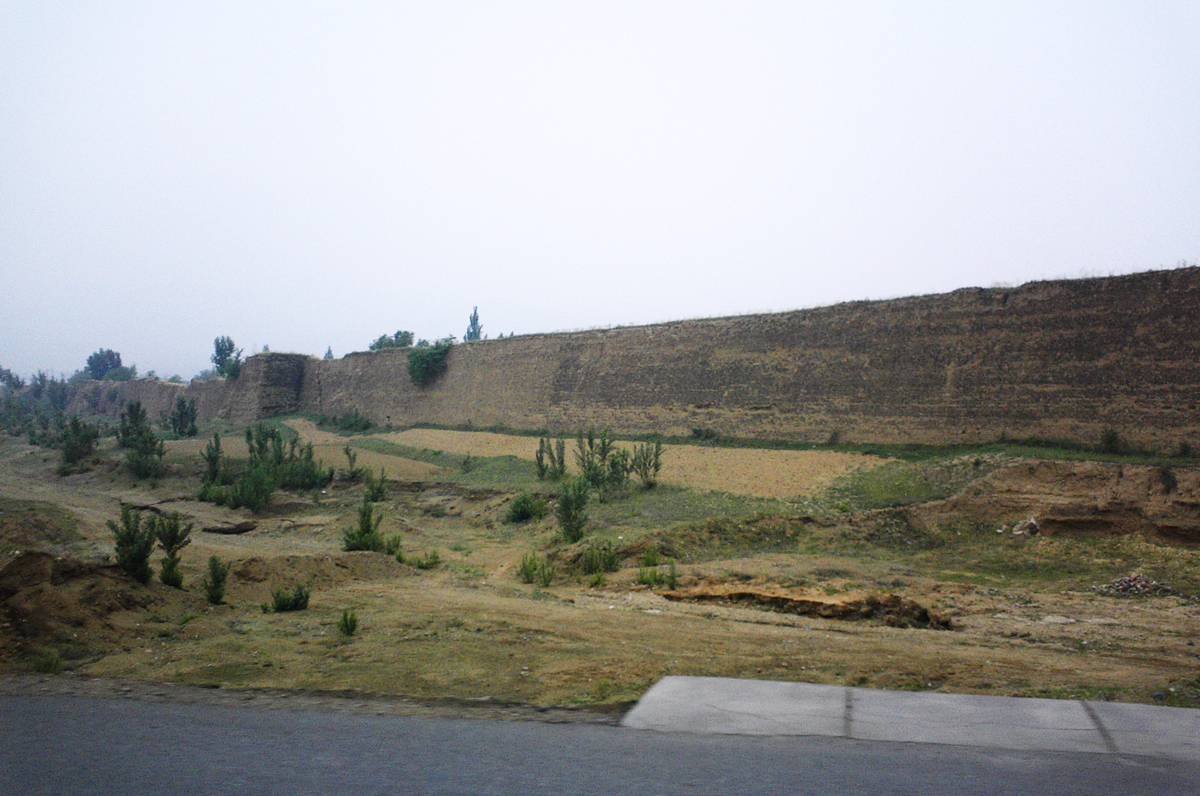
As we left Hubei province, our Motorcycle Journey to the West took us across the border into the autonomous region of Inner Mongolia.
The roads were so clear and quiet that we became complacent, and didn’t realise this was the calm before the storm!
Not long thereafter, a heavy rainstorm began and we rushed into a small restaurant for shelter.
Yet it seems the rain clouds were doomed to follow us. Later in the afternoon, another downpour started and we were forced to take refuge in an abandoned gas station!
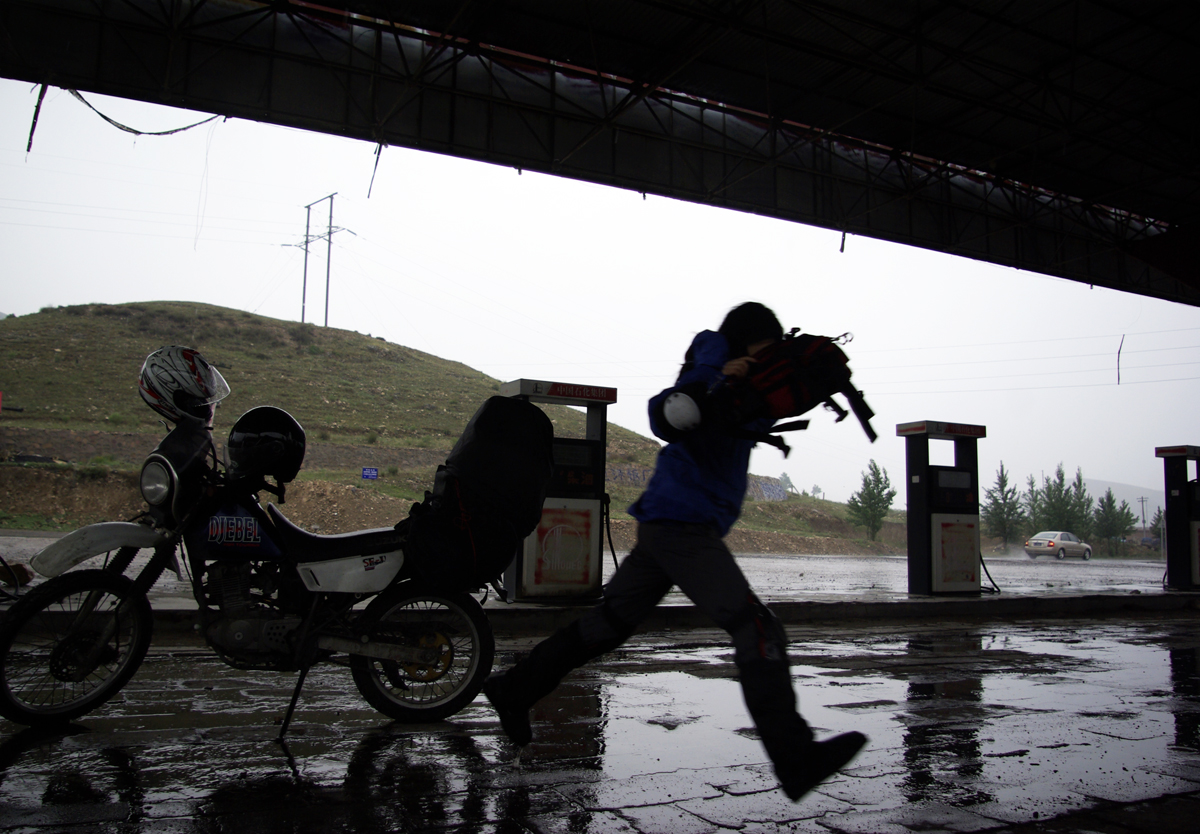
Once the rainstorm had ceased, it felt as though we had entered paradise.
I can still vividly remember the first village we saw after the rain, with the sky as blue as sapphire and a shimmering rainbow hanging just above us.
This village was simply called ‘The Sea’. As far inland as we were, there was of course no actual sea on the Mongolian Prairie.
That being said, the jade-hued grasslands and glittering lake that stretched out before us felt like the most beautiful sea we had ever seen.
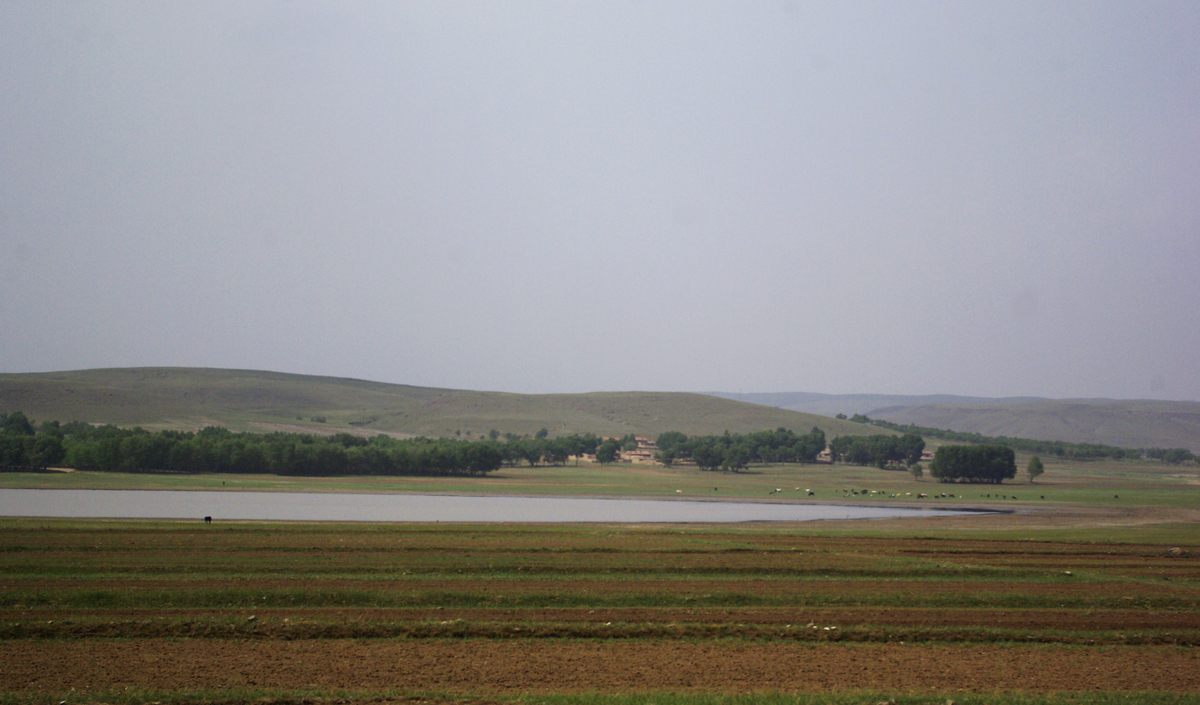
Day 3
On the third day of our Motorcycle Journey to the West, we tried traditional Mongolian salted butter tea for breakfast.
I have to be honest: it wasn’t my cup of tea!
After a short trip, we found ourselves in Inner Mongolia’s capital of Hohhot.
As you can see, the architecture is a wonderful mixture of Han Chinese and Mongolian features.
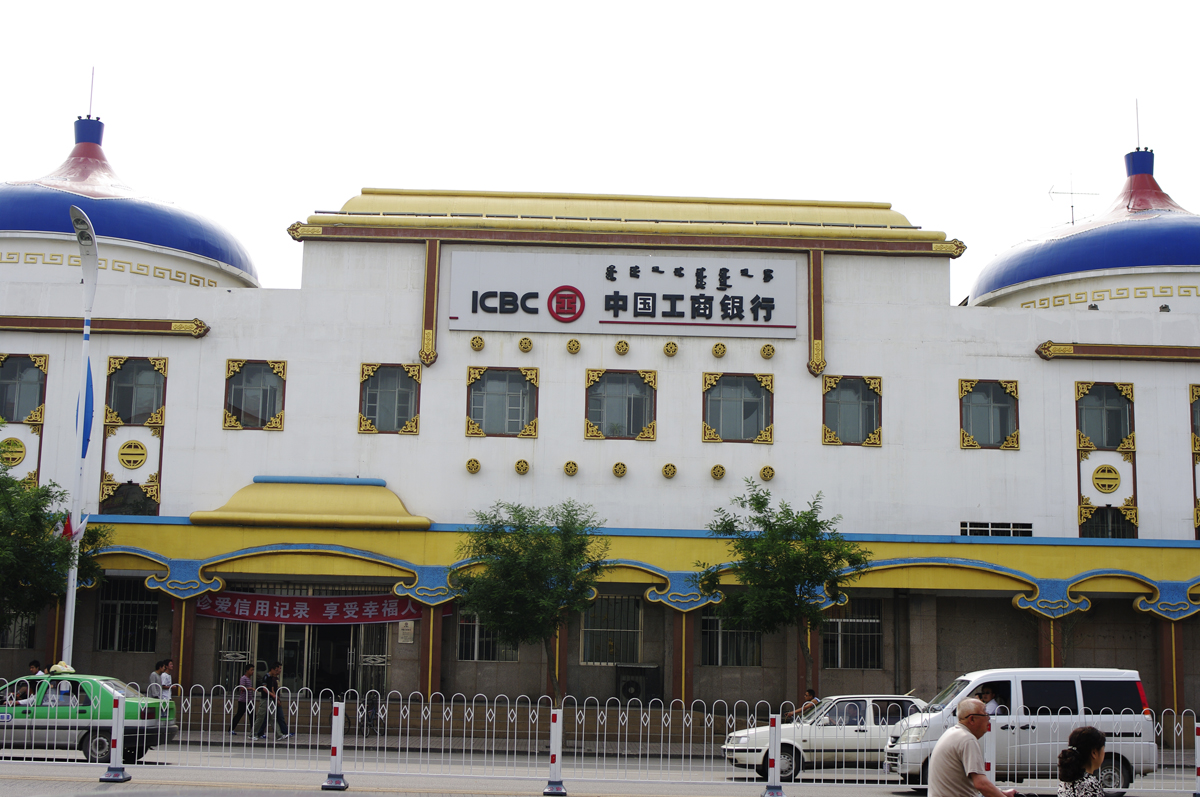
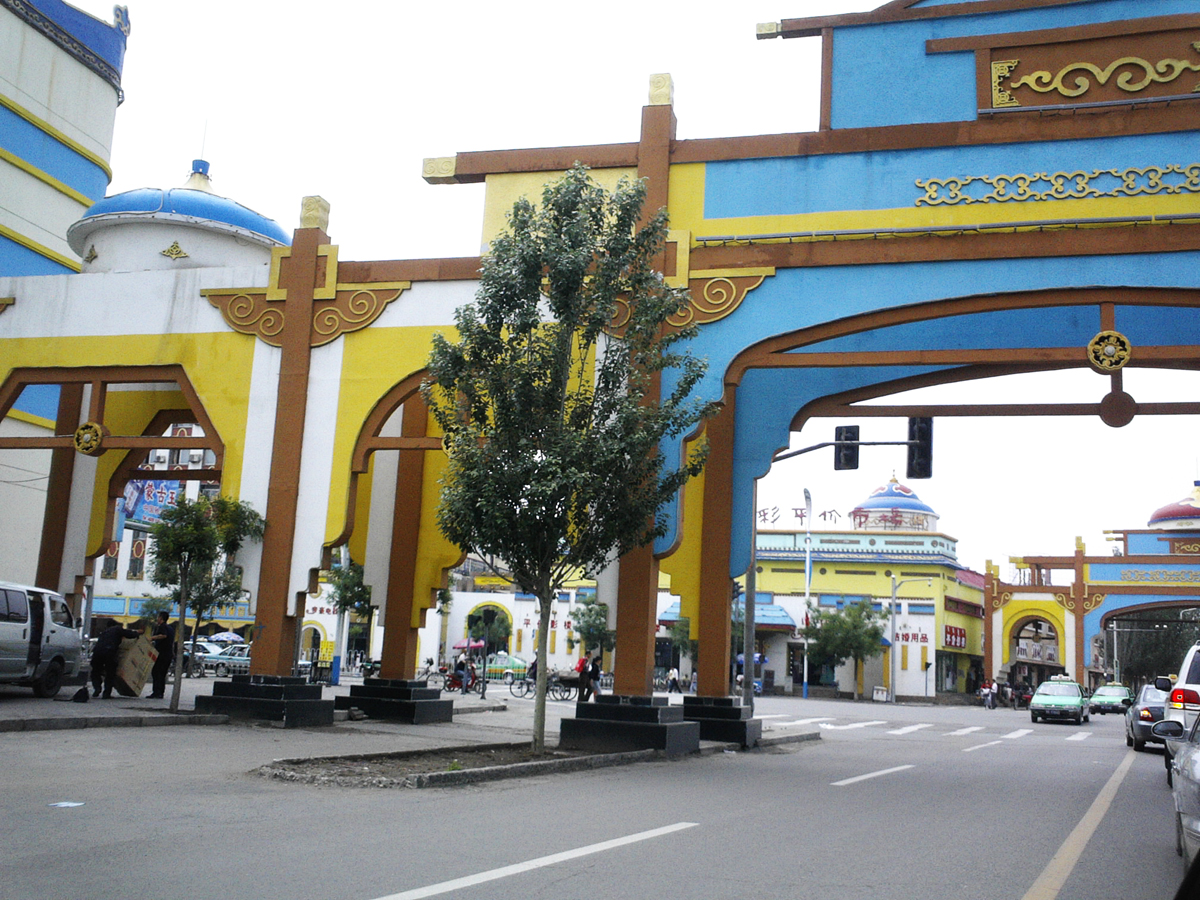
After our arrival in Hohhot, we paid a visit to the 400-year-old Dazhao Temple.
Buddhism is the main religion in Inner Mongolia, so its capital is naturally littered with a plethora of beautiful Buddhist temples like this one.
Unlike other famous temples throughout China, we found there were markedly few tourists here, and no peddlers outside trying to sell you joss sticks!
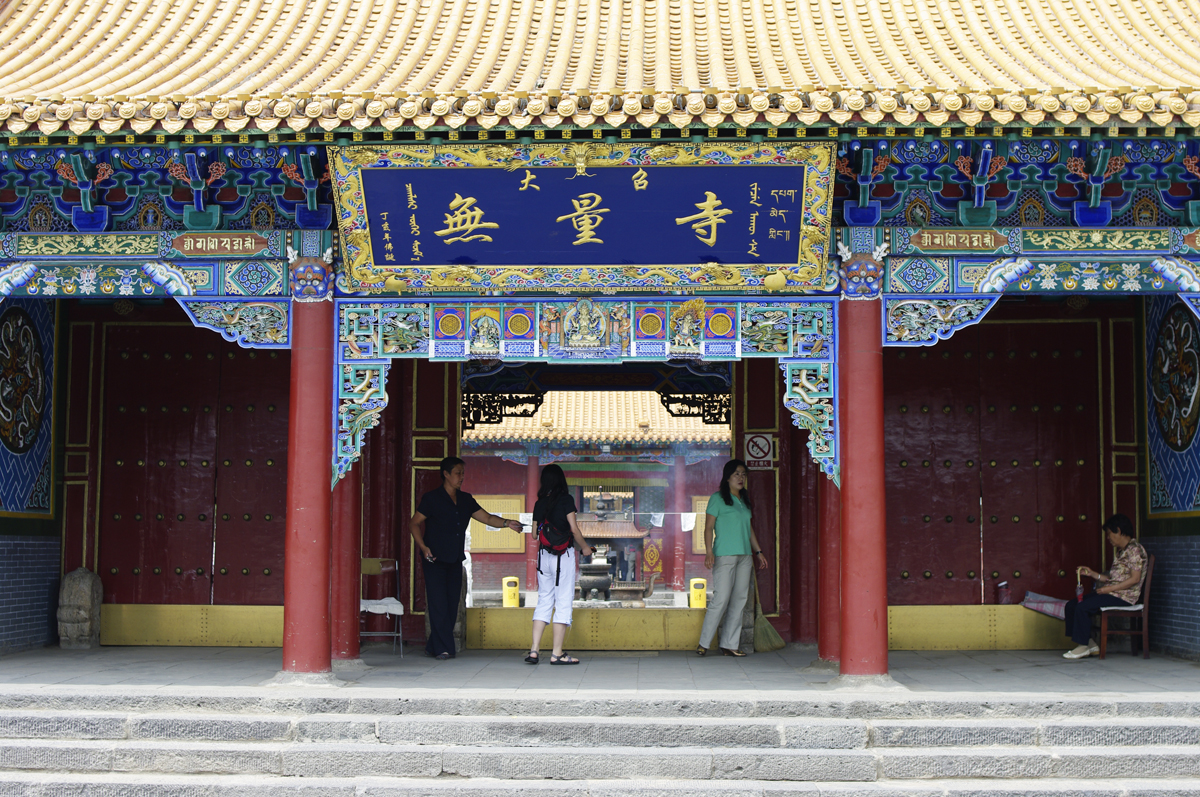
Much of our first day in Hohhot was spent exploring the magnificent Dazhao Temple. “Zhao” actually translates to mean “temple” or “monastery” in Mongolian.
The temple itself is famed for the 2.5 metre-tall (8 ft.) silver statue of Sakyamuni Buddha that is housed there.
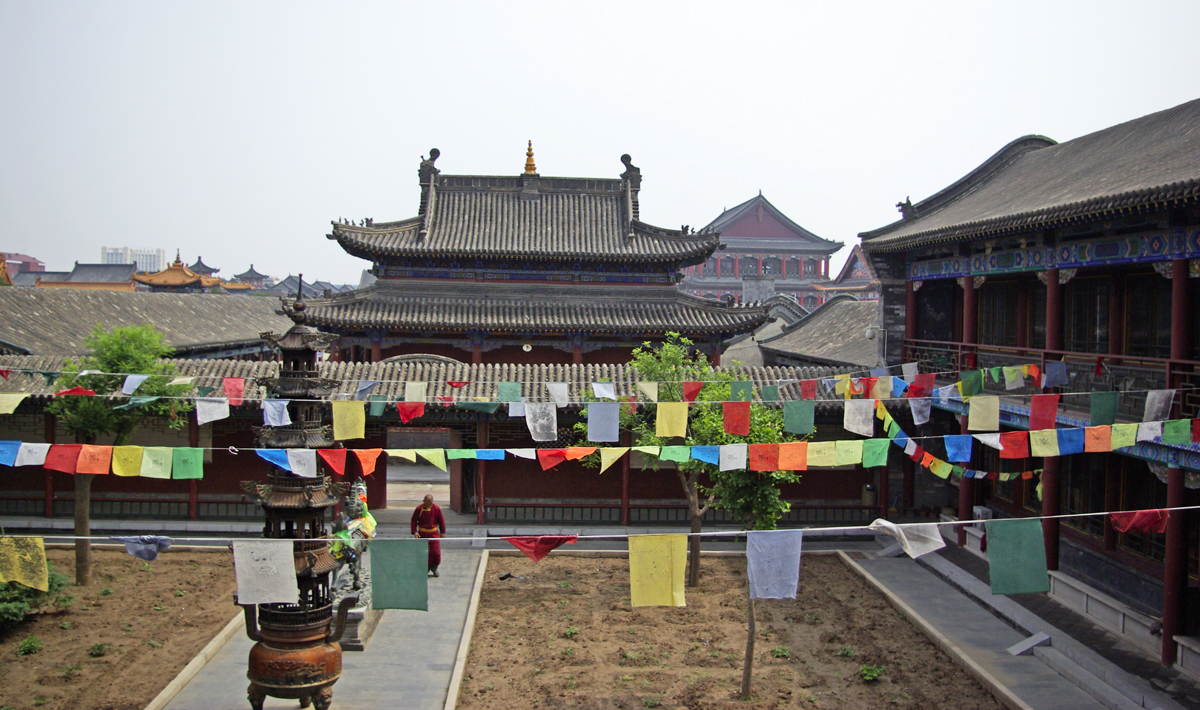
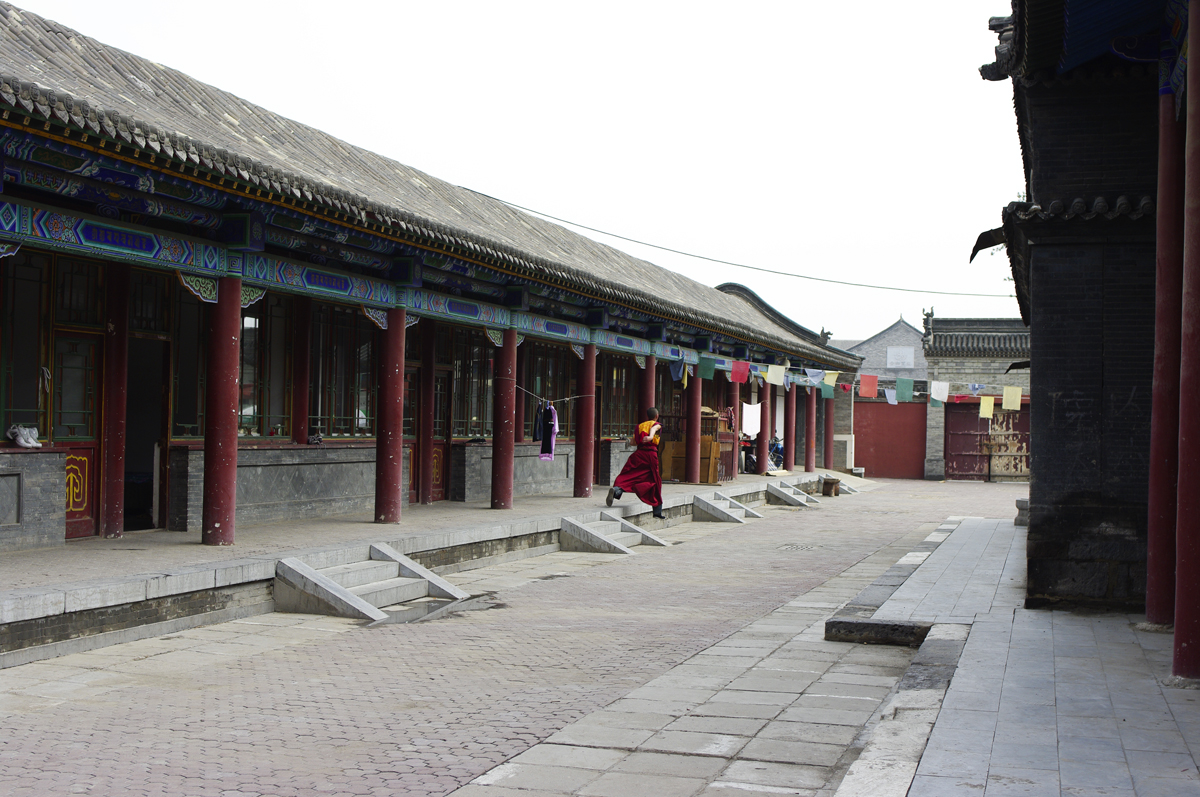
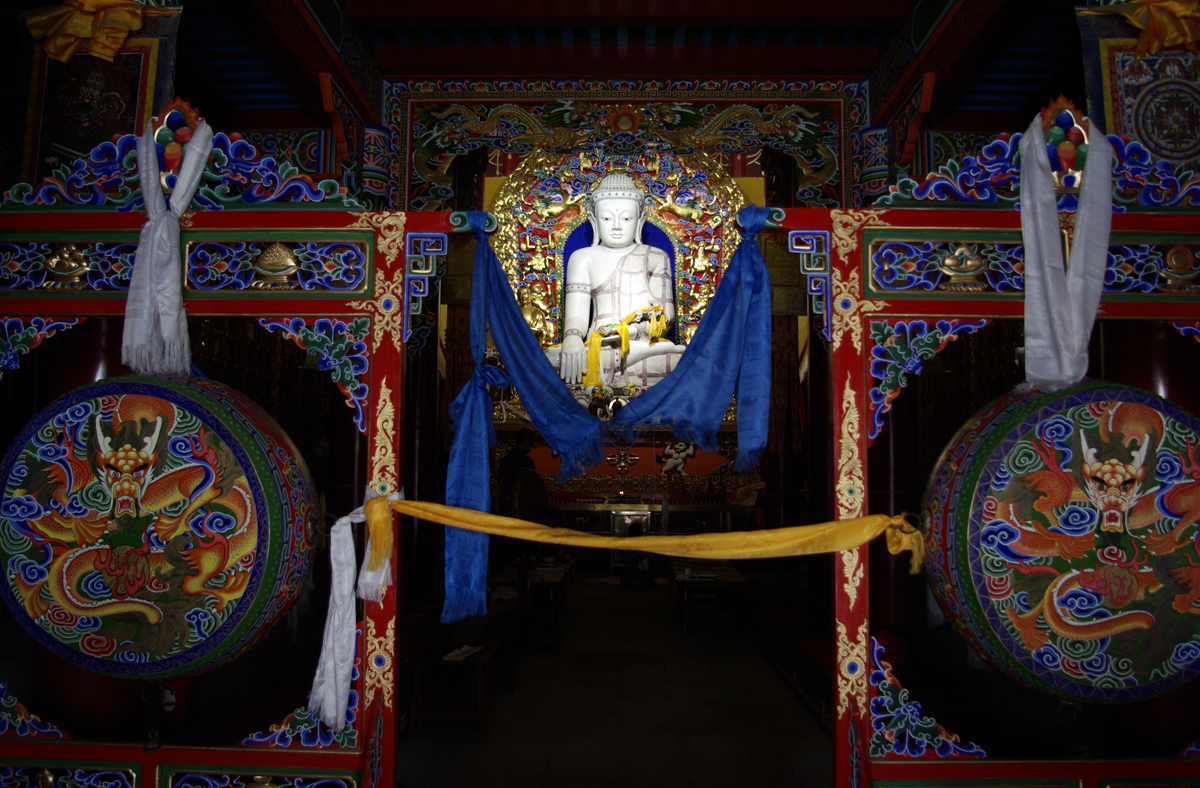
After wandering through Dazhao Temple, we decided to go visit its neighbour!
Xilituzhao Temple is the largest Buddhist temple in Inner Mongolia’s capital of Hohhot. “Xilitu” translates to mean “holy seat” in Mongolian.
Both Dazhao and Xilituzhao belong to the Gelugpa or “Yellow Hat” sect of Tibetan Buddhism. This explains why they look so different from other Buddhist temples throughout China.
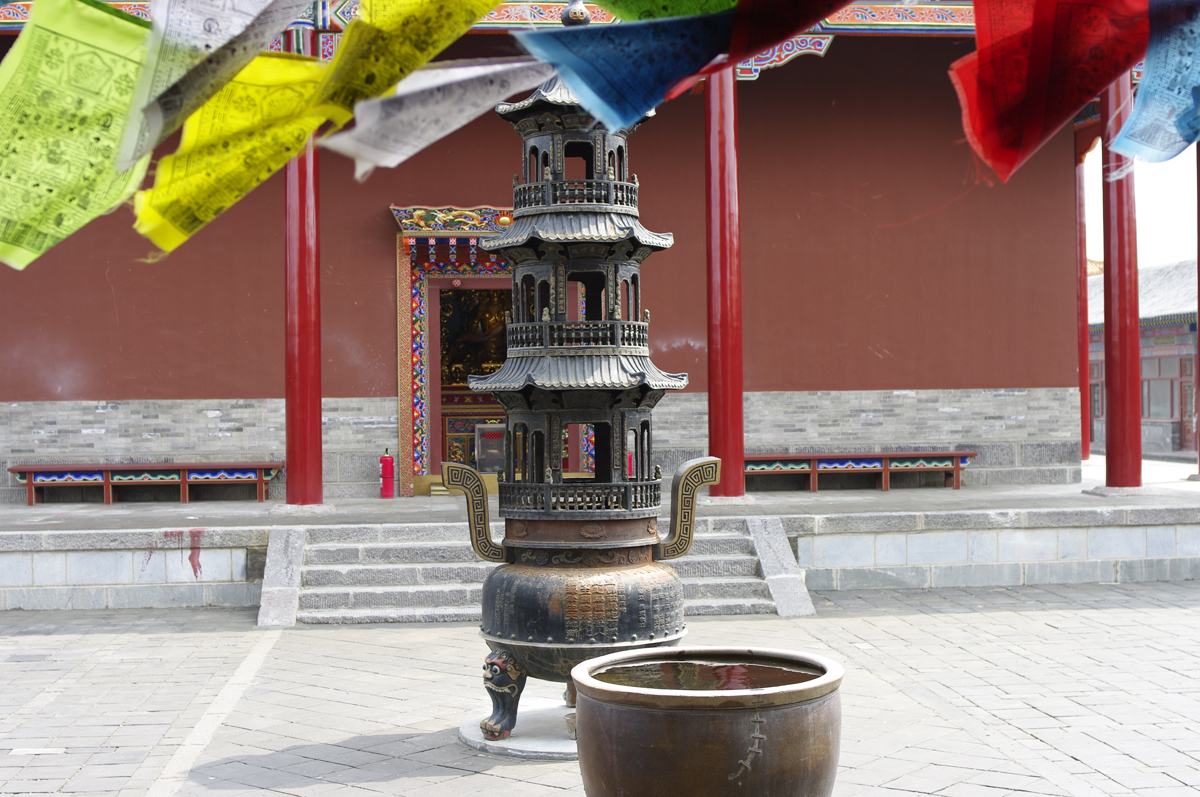
We ended the third day of our Motorcycle Journey to the West by taking a stroll through the old high streets of Hohhot, the capital of Inner Mongolia.
We were surprised to find that there were barely any tourists on the streets. Although we knew Hohhot was not a particularly popular travel destination in northern China, we still didn’t expect it to be this empty. It provided the perfect opportunity to lazily browse the shops without being caught in the crowds.
Unfortunately, our enjoyment of the quaint shops was undercut by a man who kept following us! For this reason, we decided not to go into any of the quieter alleyways.
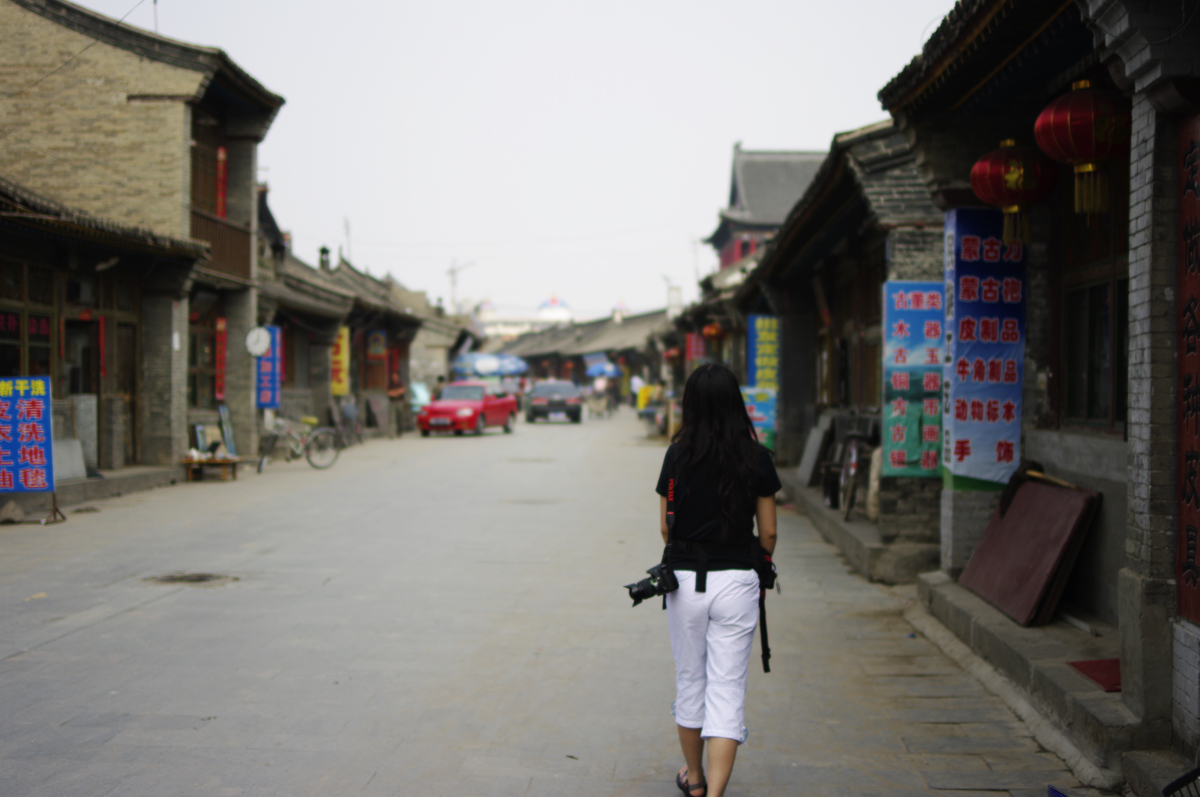
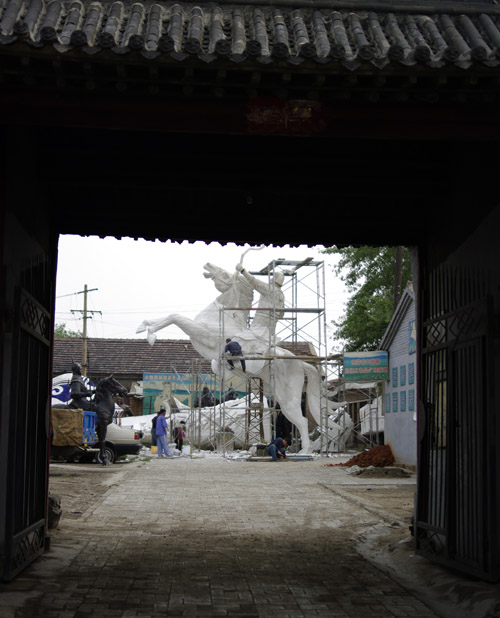
As we continued to explore the old high streets of Hohhot, we came across a number of artists and artisans selling their paintings and handicrafts.
It is incredible to think that such talented individuals would remain nameless, and would most likely be forgotten to time. After investing so much in perfecting their craft, they were content to simply enjoy creating and selling their works as humble souvenirs.
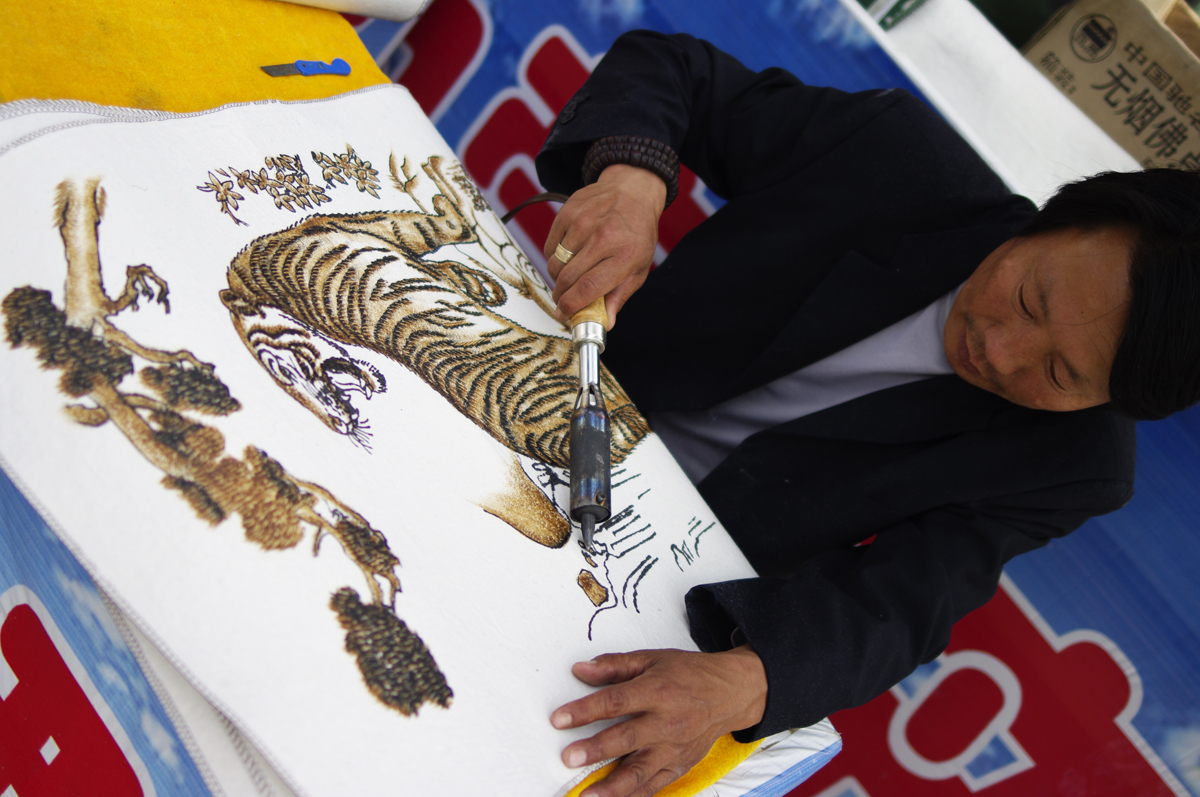
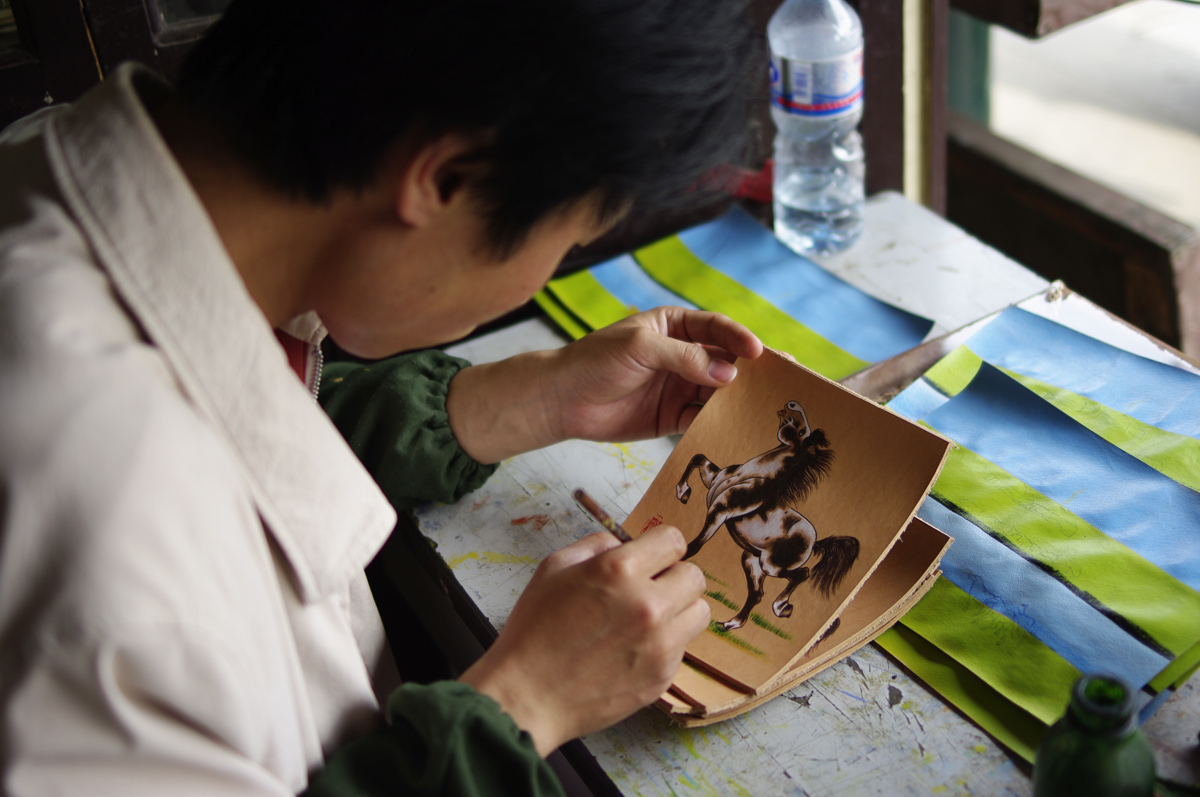
Day 4
Although the main religion in Inner Mongolia is Buddhism, it’s by no means the only one!
From stately churches to ornate mosques, the region’s capital of Hohhot hosts a plethora of diverse houses of worship.
The forth day of our Motorcycle Journey to the West was spent exploring a few of these hidden spiritual gems.
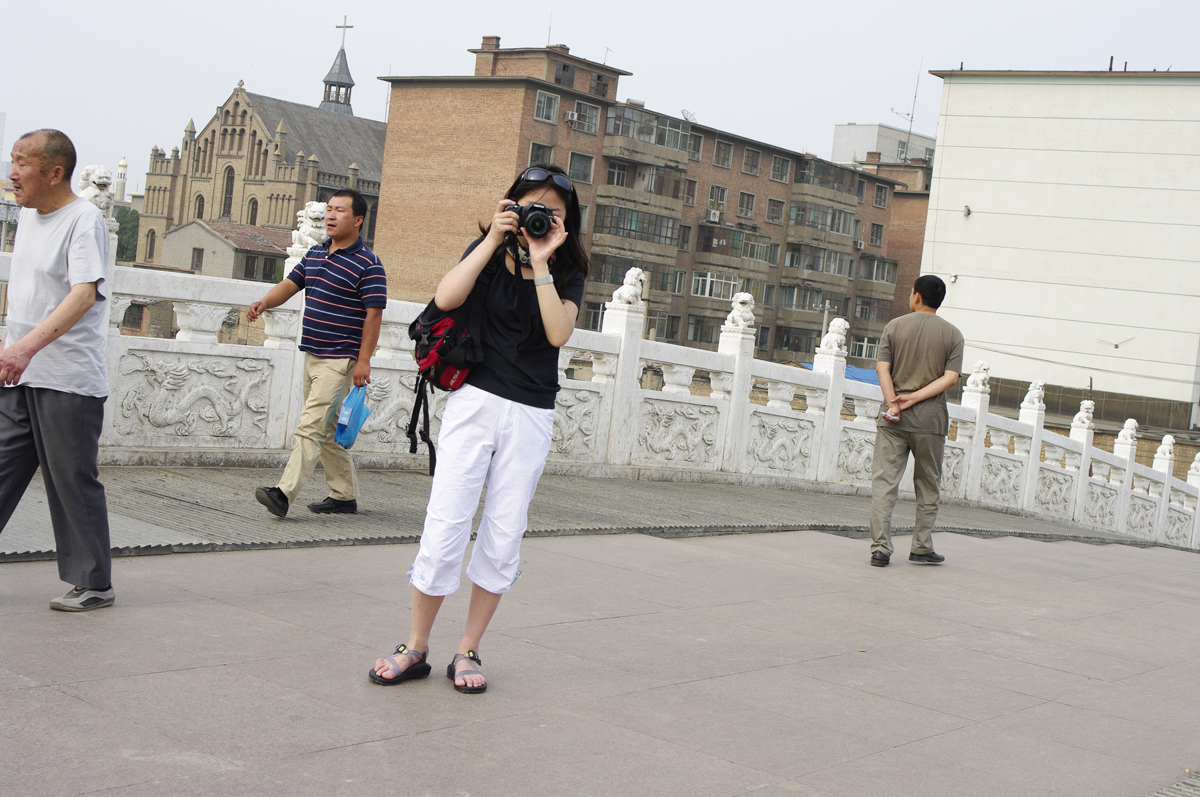
As we wandered through the streets of Hohhot, we paid a visit to the Grand Mosque in the Hui Muslim district.
People of the Hui ethnic minority have gathered and settled in this part of the city since the 17th century.
With its mixed heritage, the mosque is a blend of features from traditional Han Chinese, Mongolian, and Central Asian architectural styles. We thought it looked exceptionally beautiful!
What do you think of it?
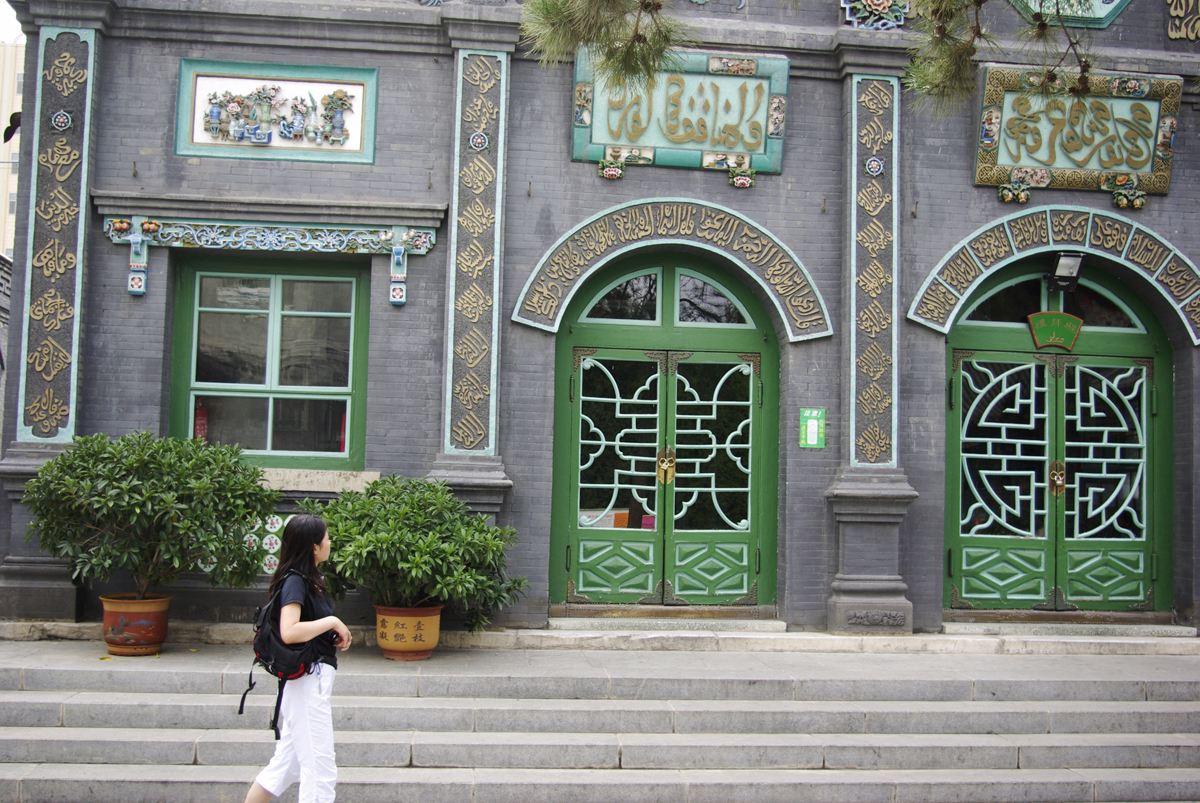
Have you ever tried shumai in a Cantonese restaurant? Did you know that these delicious dumplings actually originated from Mongolia?
Traditional Mongolian shumai usually contains lamb or mutton, as this is the staple meat in the region. During our time in Inner Mongolia’s capital of Hohhot, we sampled some delectable shumai at a local restaurant.
We also tried some local beer, which was made from buckwheat. Although this beer looked a lot like Guinness, it tasted completely different!
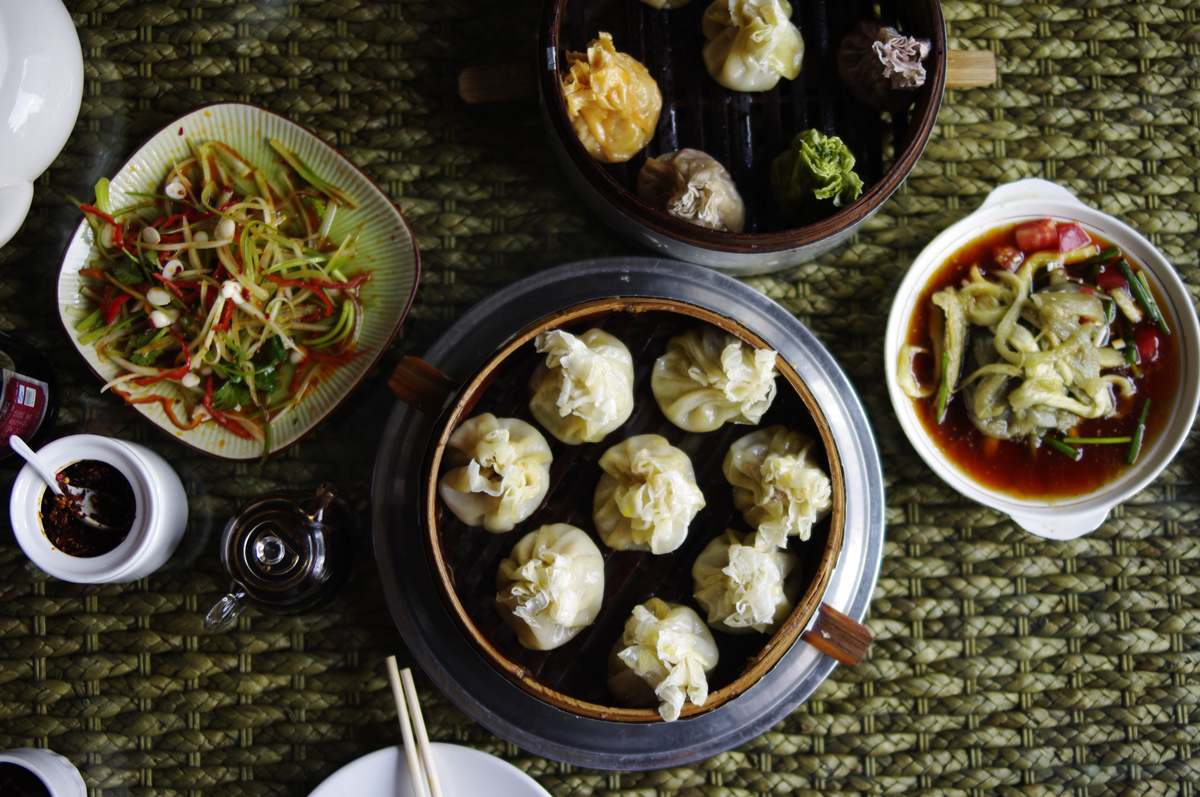
Day 5
On our Motorcycle Journey to the West, we were told to expect a lot of rain, since we were traveling during the rainy season.
True to form, it started raining again as soon as we left Inner Mongolia’s capital of Hohhot.
Fortunately there were not too many trucks on the road, otherwise we would have been constantly splashed!
It wasn’t until the late afternoon that the rain finally stopped, although the wind was strong throughout the entire day.
In the evening, we spent the night in the Mongolian city of Linxia.
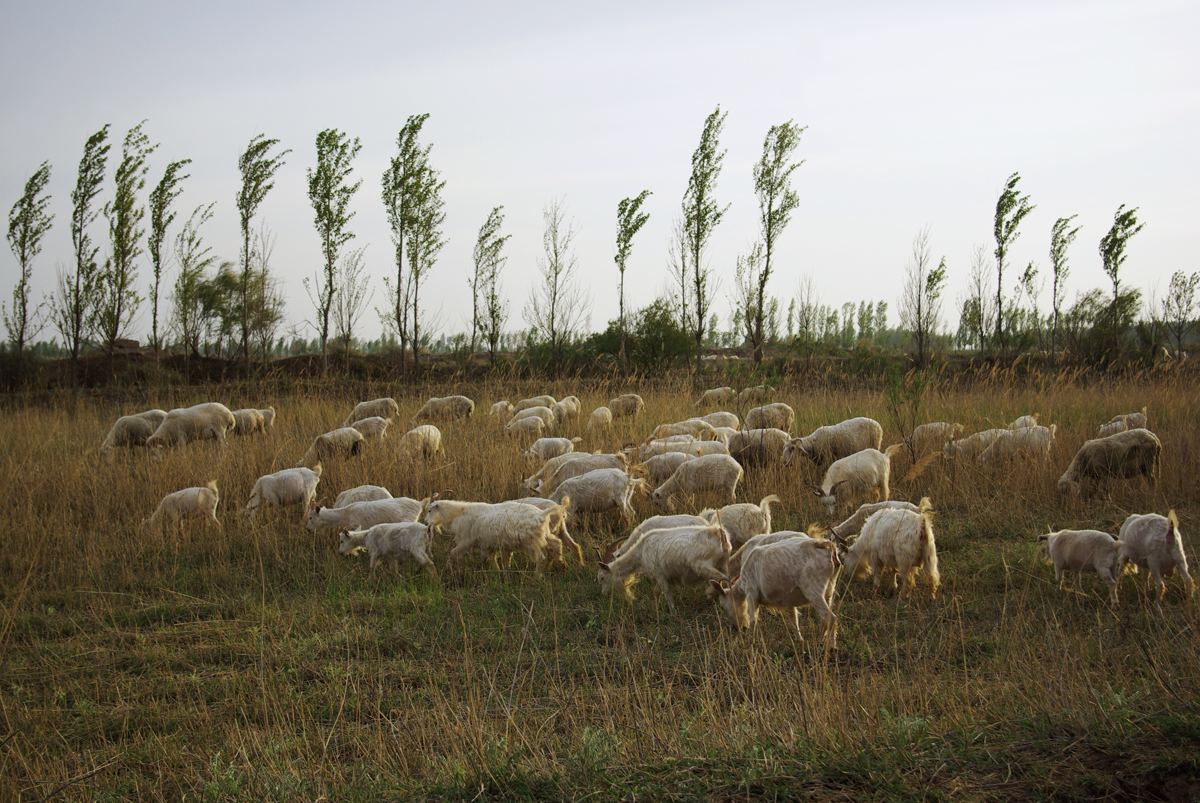
I felt an overwhelming sense of peace as we traveled along those quiet country roads in Inner Mongolia.
While the ancestors of the Mongolians were known to be very brave, they also garnered a reputation for being brutal and cruel.
Before we arrived in Inner Mongolia, I had heard many rumors about how Mongolian people did not like Chinese people very much, but this was certainly not my experience.
Throughout my time in Inner Mongolia, I found them to be kind, friendly, reliable, hospitable, and always willing to lend a helping hand when we were in need.
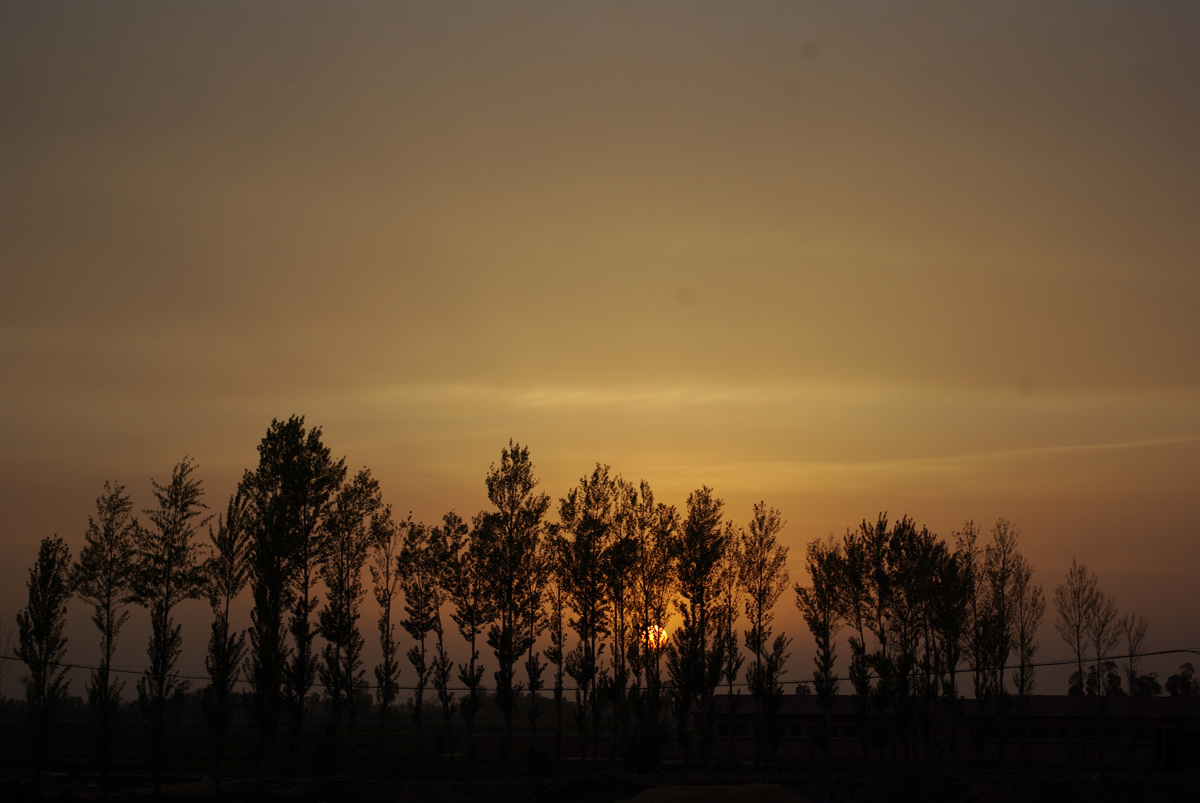
Day 6
When we were young, we were foolhardy and reckless. Our youth made us brave and, at times, over-confident.
On the sixth day of our Motorcycle Journey to the West, it was this sense of self-assuredness that led me to make one of the biggest mistakes of the trip.
Due to the heavy rainfall and some mechanical problems with our motorcycle, we realised we wouldn’t be able to finish the route we had planned.
I checked the map and discovered a short-cut. When I read about this route on the Internet, I found warnings stating that it was quite dangerous and posed a challenge even to an SUV. It was not an official way through and there were few paved roads, so you could easily get lost.
We ended up asking a local mechanic for advice. The young man told us that he had driven on that road a number of times and never had any trouble.
So, at 7pm in the afternoon, we embarked on our desert adventure!
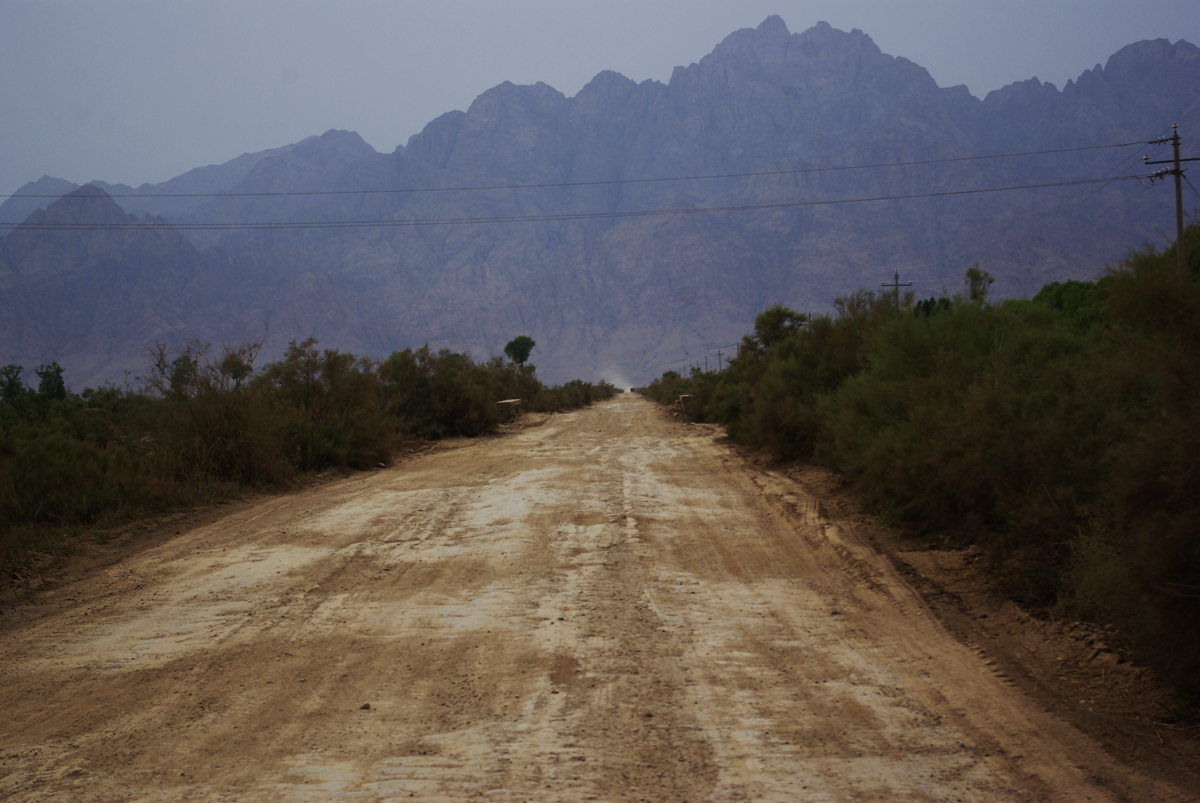
If we’ve learned anything from our travels, it’s to never ignore the advice of our elders!
Before we ventured further into the wilderness of Inner Mongolia, we asked a couple of locals to confirm our route.
These two older men were shocked and told us it was far too late to go into the desert. What’s more, dark clouds loomed in the sky and heavy rain was sure to follow.
After leaving the capital of Hohhot, we had been troubled by numerous rain storms. I had joked with my partner that it would be a miracle if we could bring rain to the desert.
It turns out, miracles really can come true!
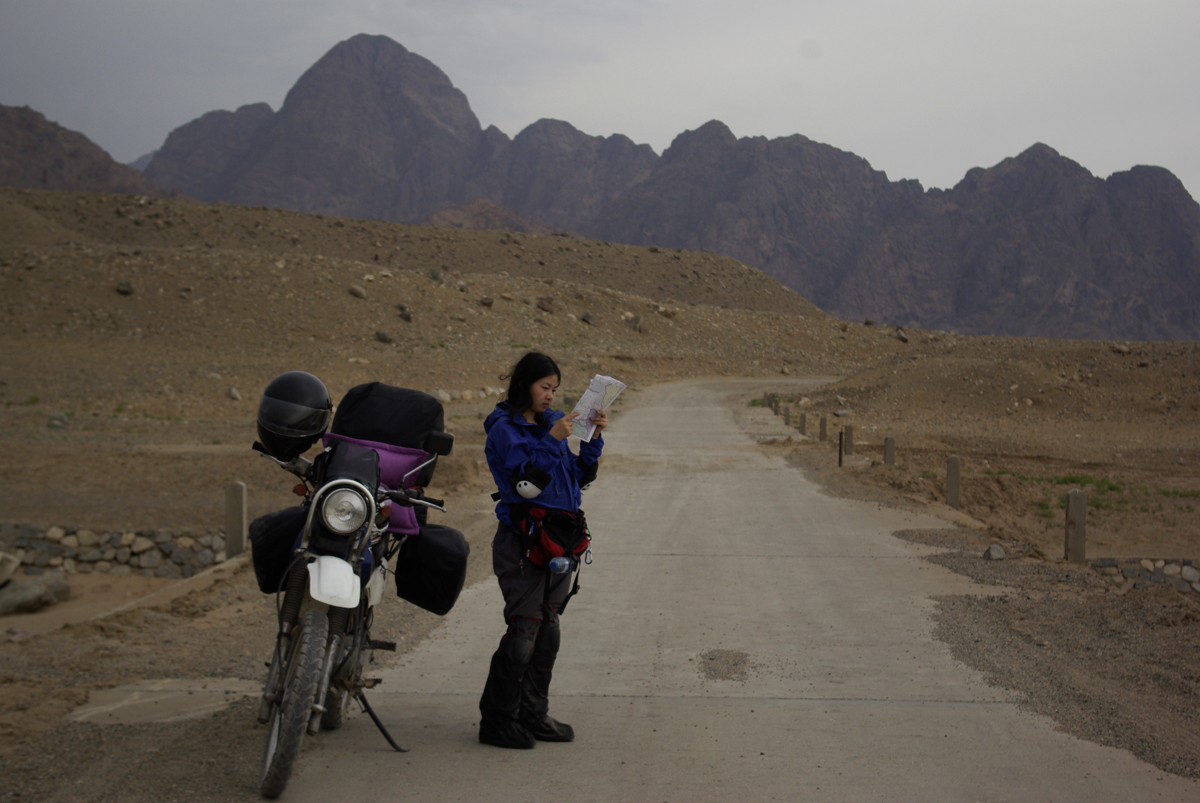
As dusk began to settled on the sixth day of our trip, we finally arrived at the desert.
I was so excited to see the barrenness of the desert, juxtaposed against the lush crop fields, that I didn’t immediately realise what a terrible mistake we’d made.
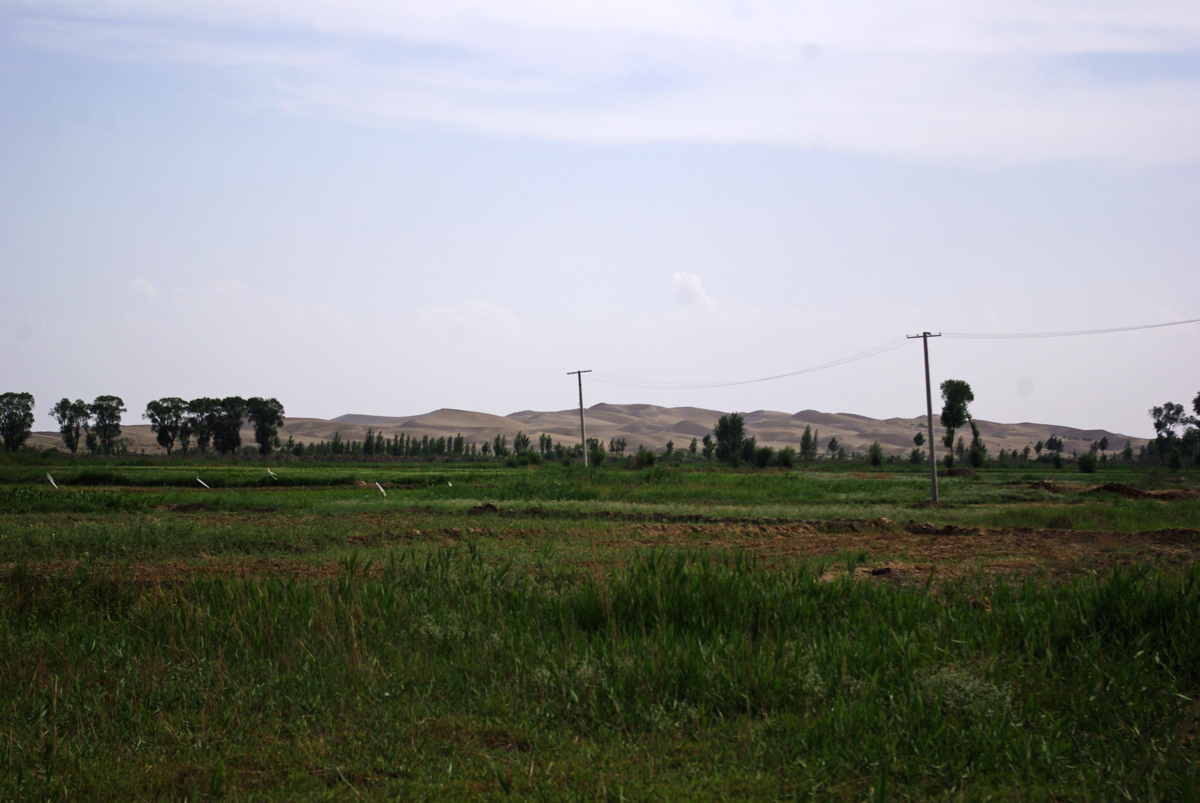
Not long after embarking on that dusty road, the wind started to pick up and lightning tore across the darkened sky.
Soon the heavens opened, and heavy rain fell on the thirsty earth.
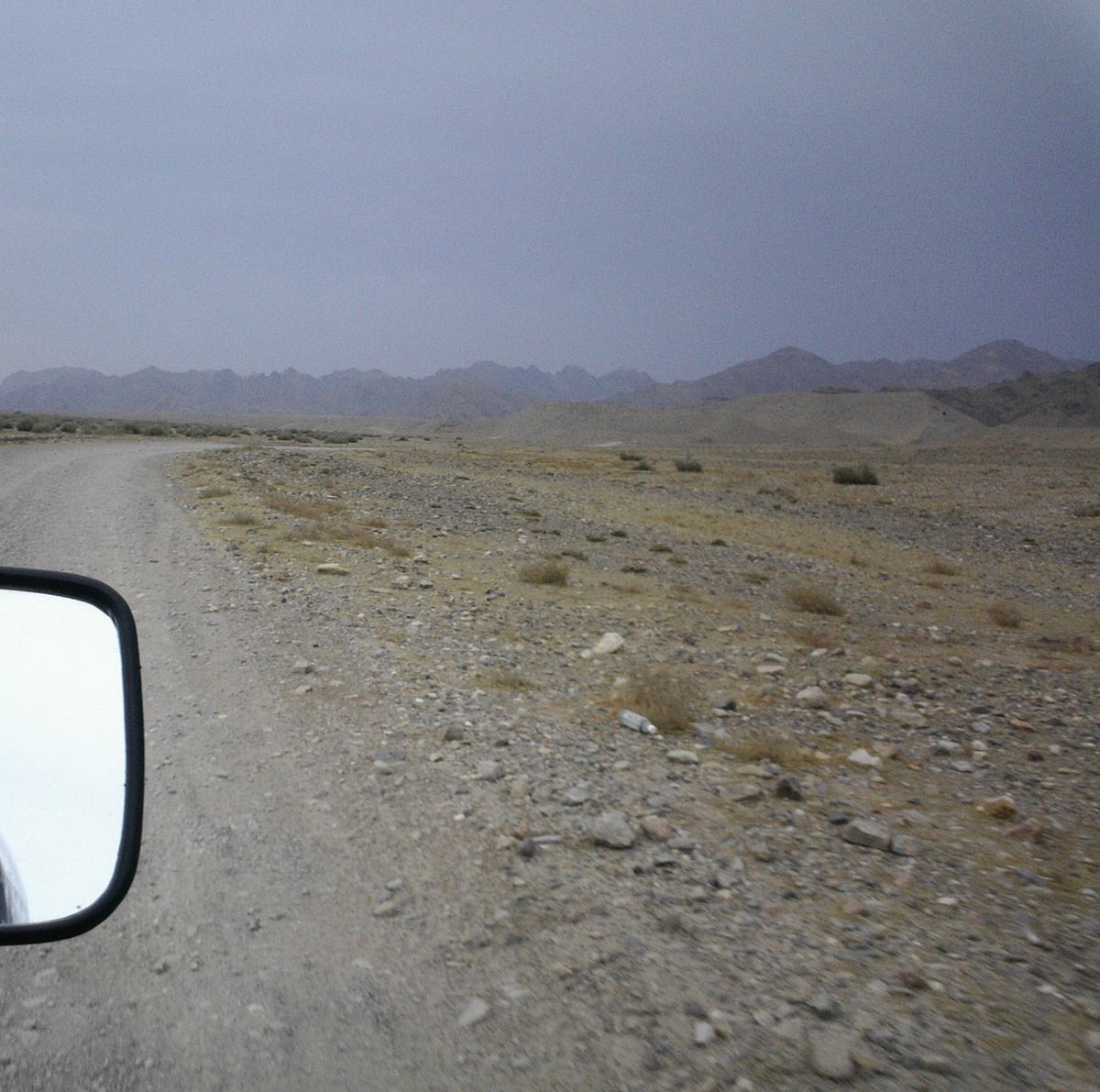
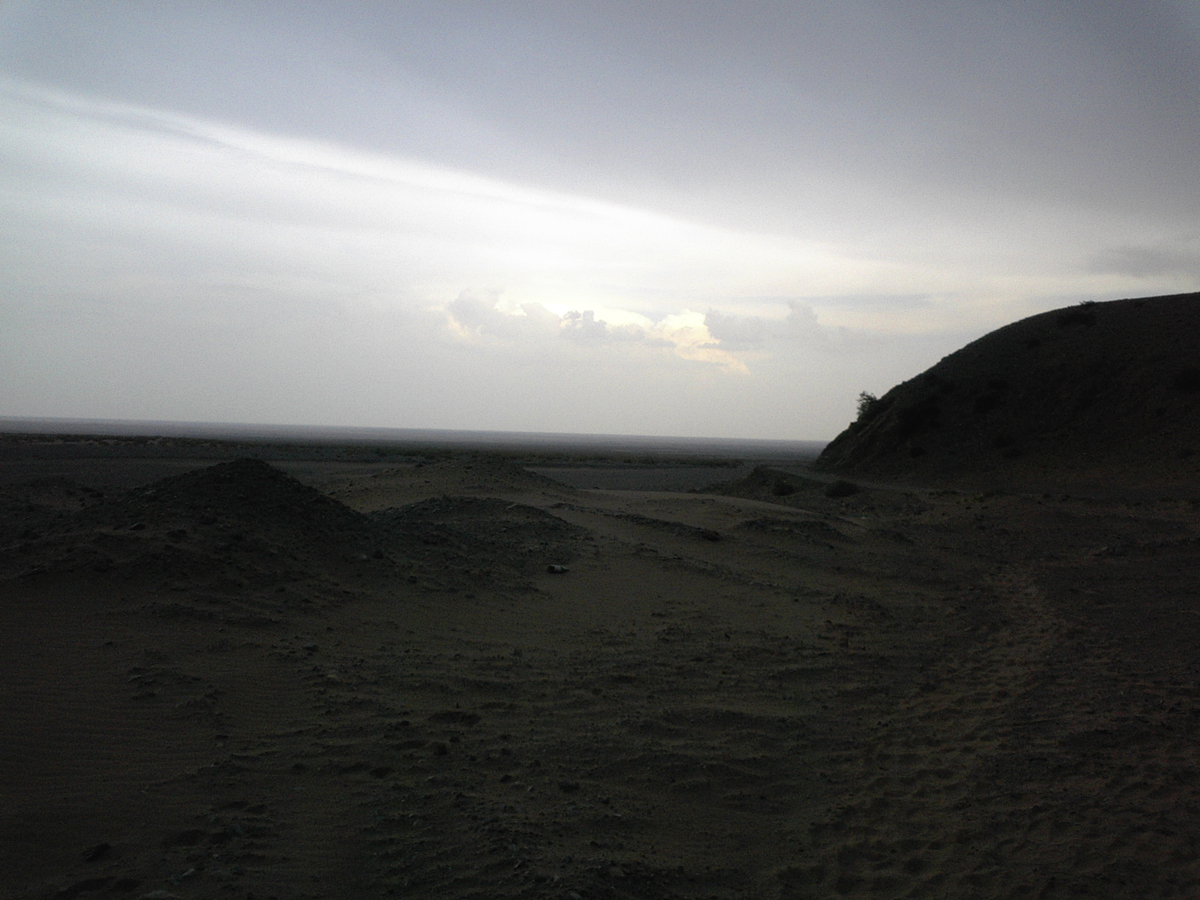
As the sky darkened and the desert storm started to pick up, we ran as fast as we possibly could.
We found a yurt at the end of the road, where a poor young boy was cowering. He was terrified and alone.
He had been hired to look after some equipment for a construction company that would be arriving in the coming weeks. This was only his third day on the job!
Even he had no idea where he was, but he pointed us in the direction he had come from. He told us that, after a few miles, we should come to an asphalt road and we could follow that to safety.
After stepping from the safety of the yurt and out into the fray of the lightning storm, we soon realised that it would be impossible to reach the asphalt road that the boy had described to us. In fact, with such strong winds and heavy rain, it was hard to even move!
Luckily, we met a couple of men on our way to the road, who pointed us in a different direction. There was a construction team just half a mile away and we could take refuge in their base.
Without a doubt, this felt like the longest half mile of my life. Yet, I must admit, I did not feel scared.
Stumbling through the desert, with the wind whipping rain and sand into my face, I felt excited and optimistic. After all, how many other people can say they’ve walked through a desert storm?
After what felt like hours, we finally arrived at the base. We were saved!
Once the storm had passed, a glorious double rainbow cut across the sky.
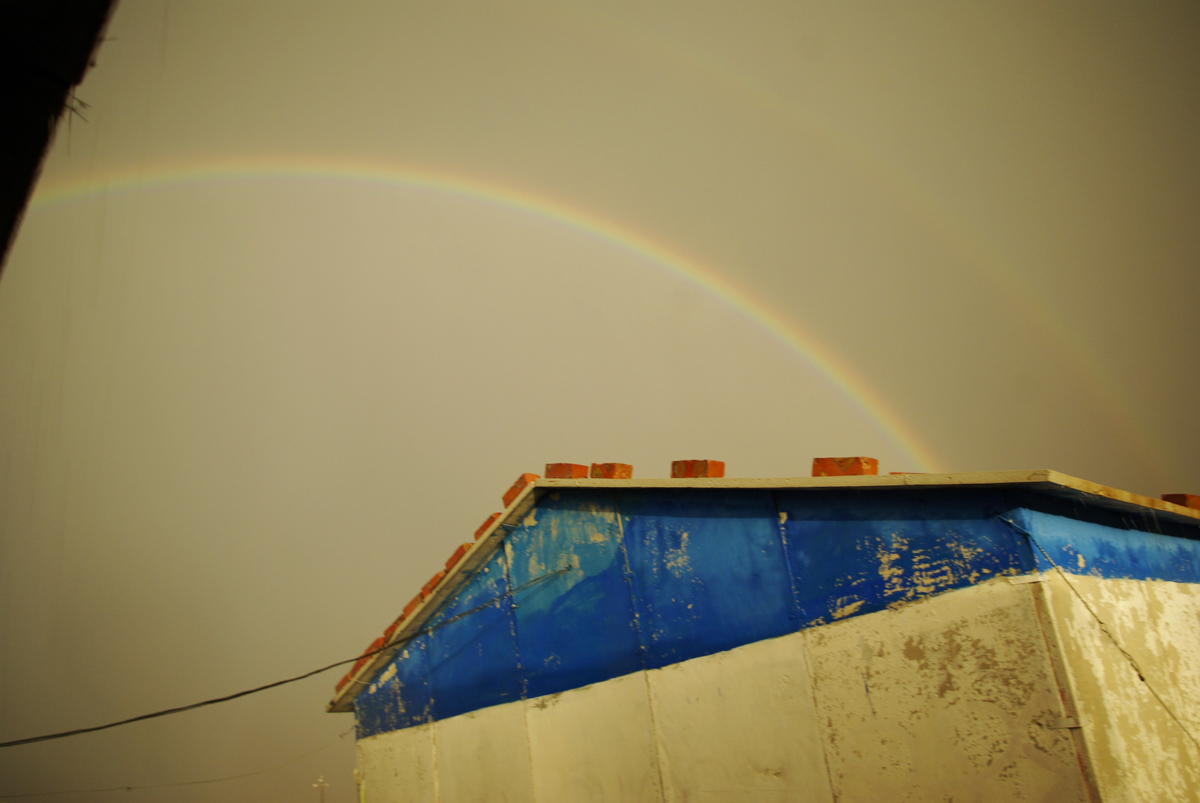
The people in the construction base, where we took shelter from the storm, were incredibly kind to us.
They provided us with a fabulous dinner. Since they barely had any vegetables left, they cooked a feast of eight eggs for us! Once we had eaten our fill, they let us have a rest in a dusty room.
The workers there told us that these types of storms were very common in the desert. They would usually happen at least once a day and, while some only lasted for about half an hour, longer ones could go on for up to two hours!
The most important thing to do during a desert storm, they told us, was to find shelter, stop, and wait for it to pass.
The rainy season was so bad in this area that, even in the desert, many houses located at the base of the nearby mountains had been destroyed because of flooding.
This reminded me of the houses we had passed on our way there. Why would people chose to make their home in such a dangerous place? Did they really have no other choice?
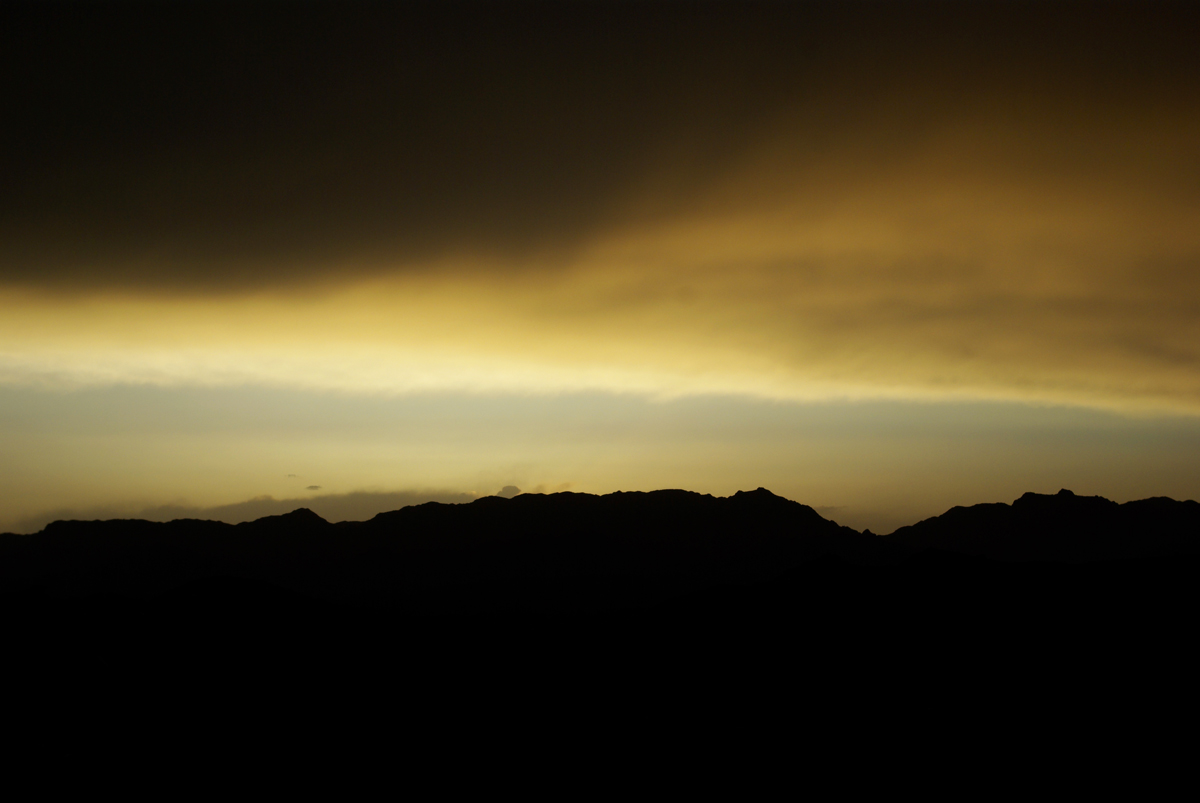
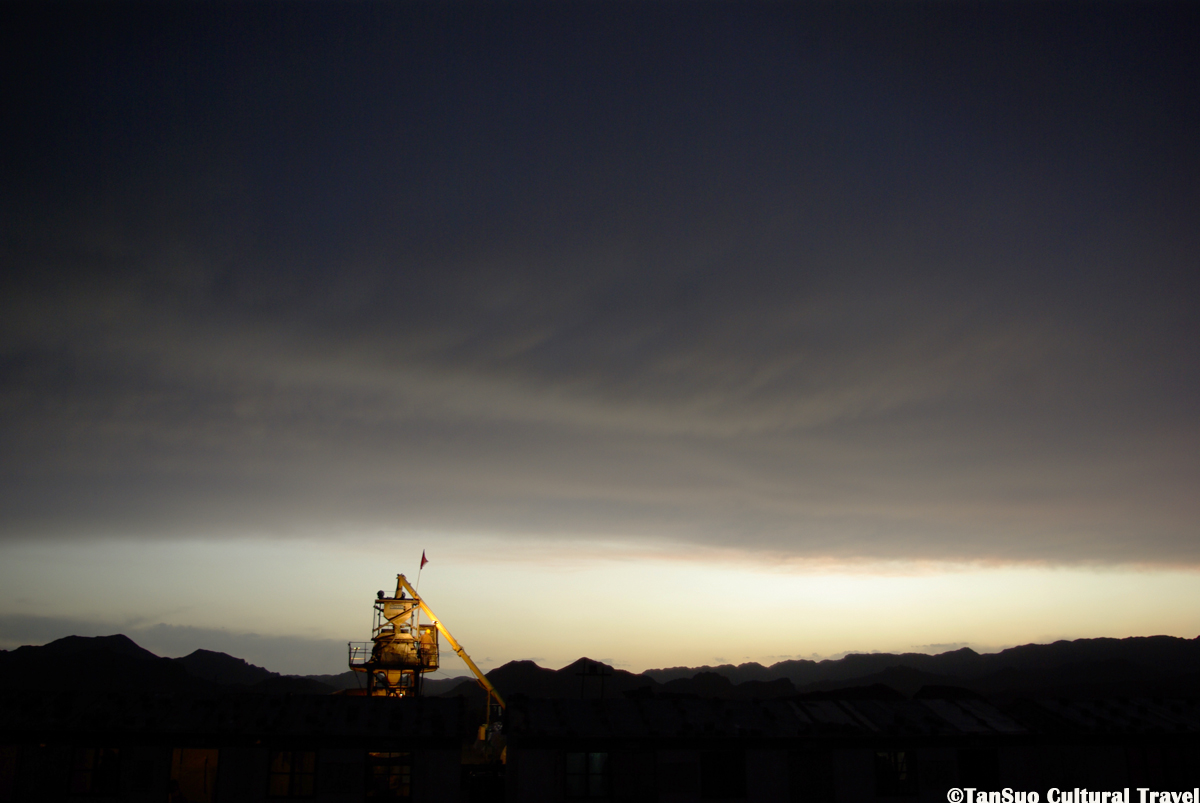
After our epic escape from the desert storm, we went outside to look at the sky.
Rays of sunlight peeked through the darkened clouds, promising a calm end to a tumultuous and terrifying day.
I never knew that, out of something so chaotic, could come a view quite so beautiful.
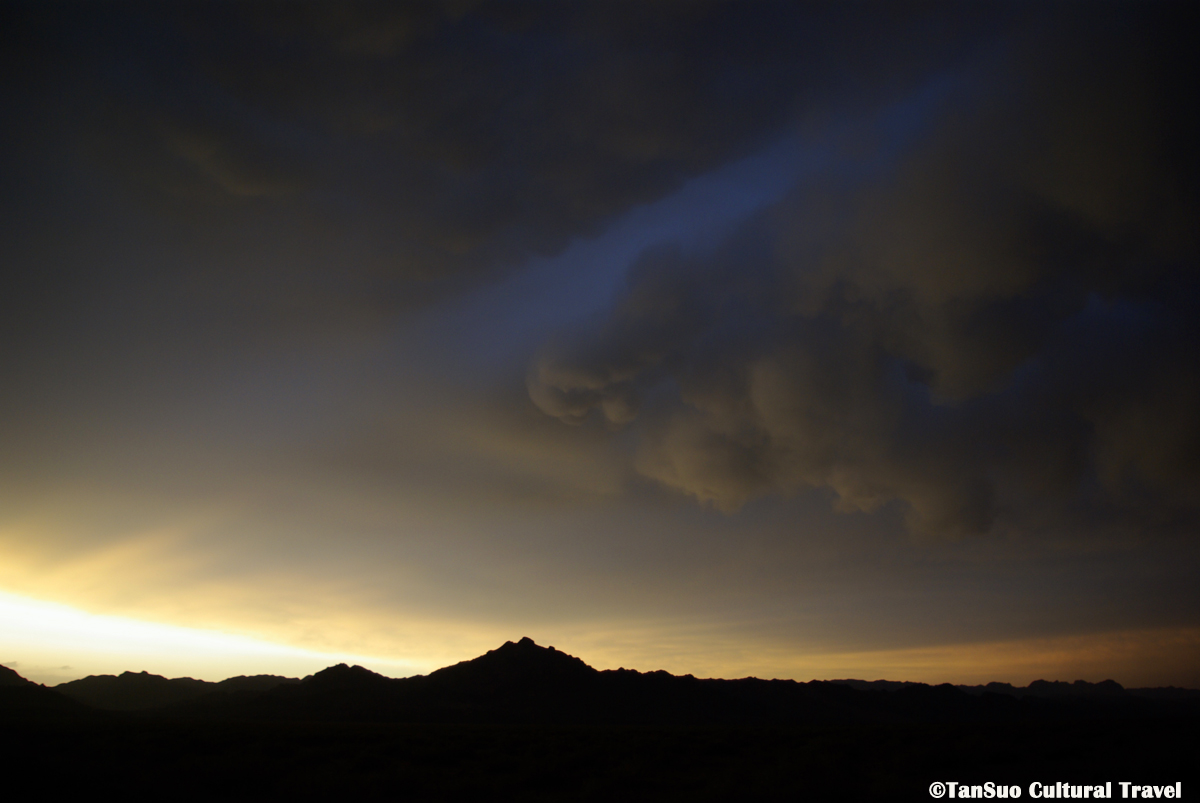
Day 7
On the seven day of our Motorcycle Journey to the West, we headed towards the barren Mount Wolf.
The road was rough and rocky, made entirely of gravel. Some of the trucks we saw along it had been manufactured over 50 years ago!
If you look closely, you can see that parts of the mountain are blanketed in sand.
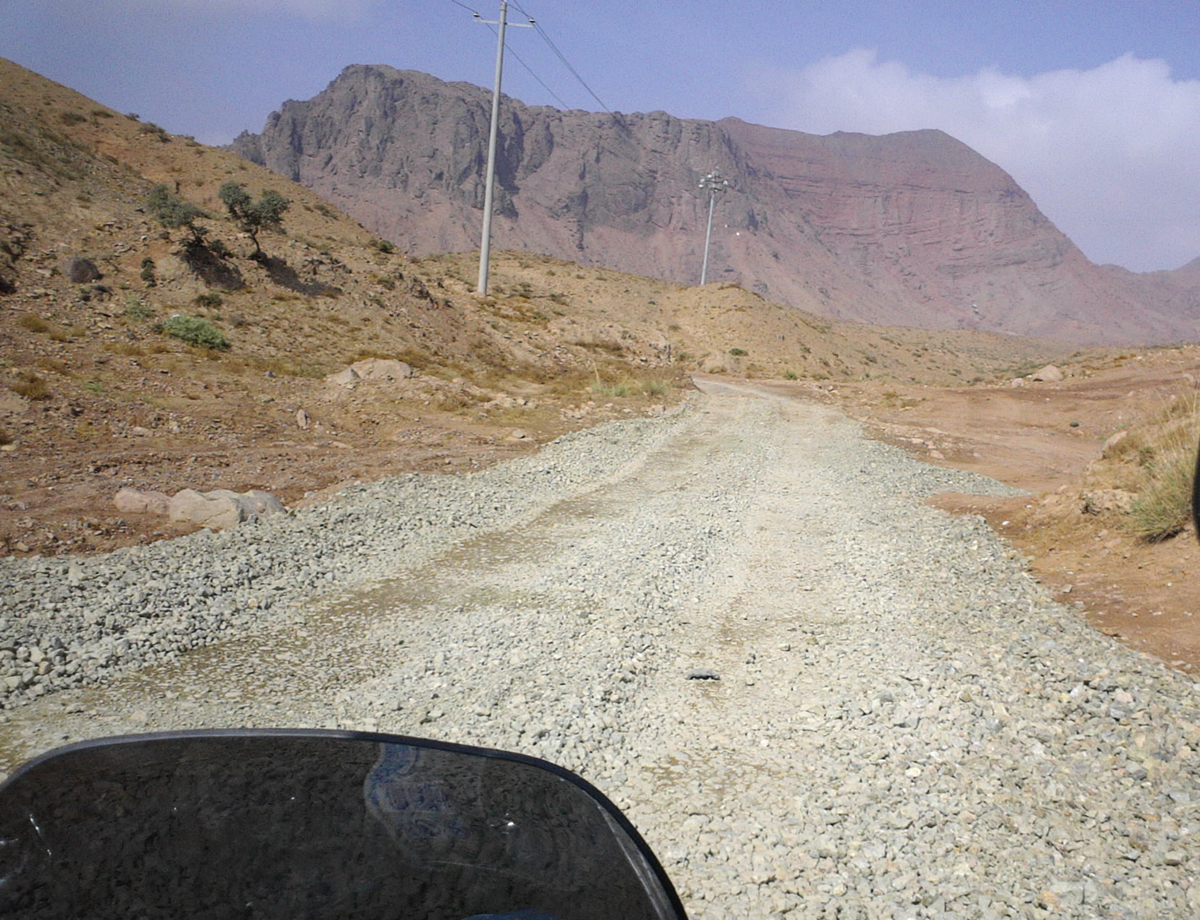
It sounds awfully cruel, but people believe that lamb, mutton, and goat’s meat from this region in Inner Mongolia tastes particularly delicious.
This is because the rocky terrain forces the goats to work much harder to get their food, which in turn makes their bodies more well-muscled.
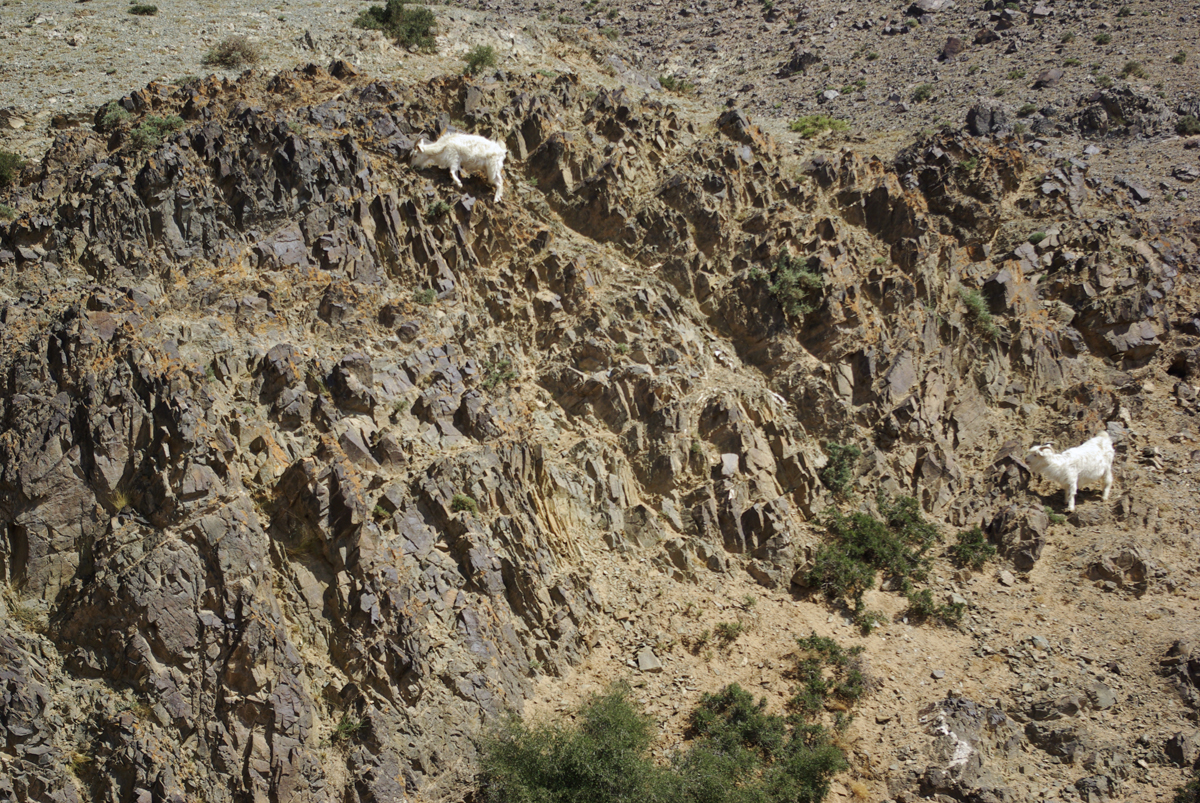
We finally reached the top of Mount Wolf.
I wasn’t able to take many photos of our ascent or descent because we spent so much time just trying to find the road!
In some places, we would simply follow the tracks left by trucks. In others, we had to wait for a truck to pass and ask the driver for directions. Sometimes we were left waiting in this barren, dusty place for a very long time!
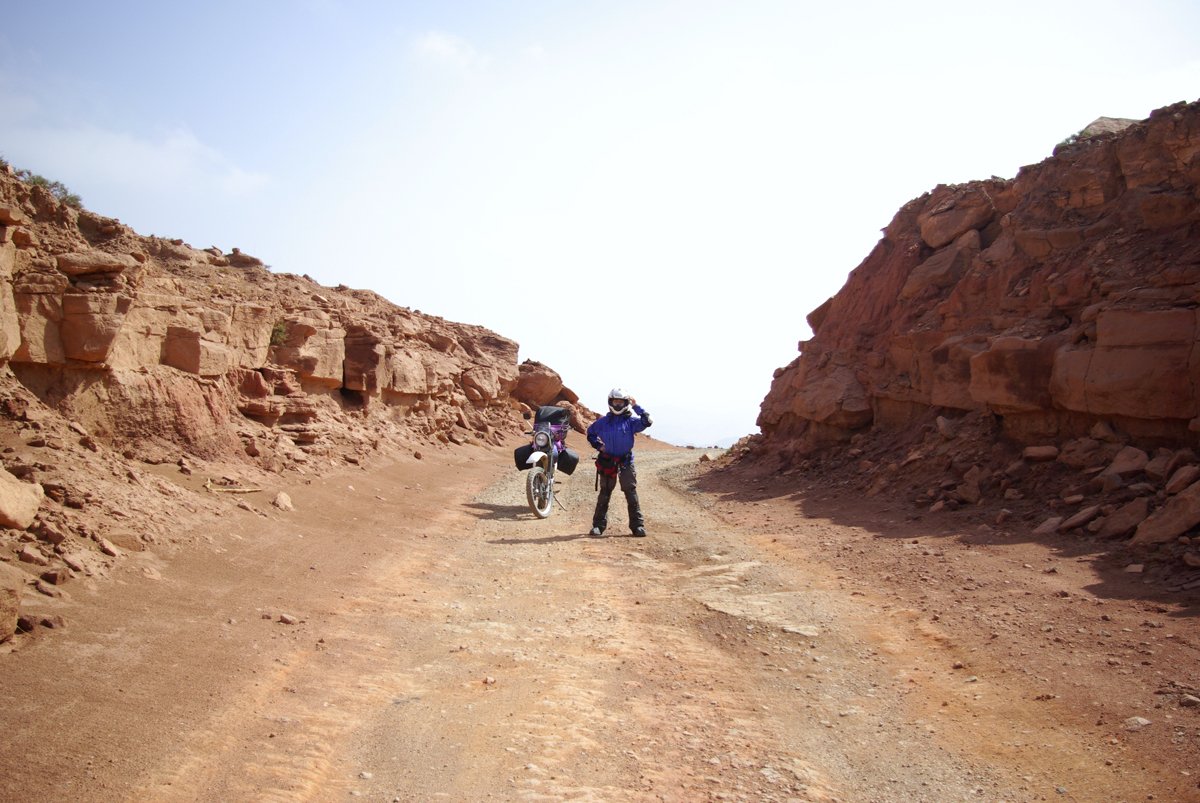
It seems that, no matter how far we traveled, we would always find ourselves back in the desert.
If you look on either side of the road, you can see hardy desert plants peering out from under the expanse of sand.
The desert is truly a lonely and beautiful place.
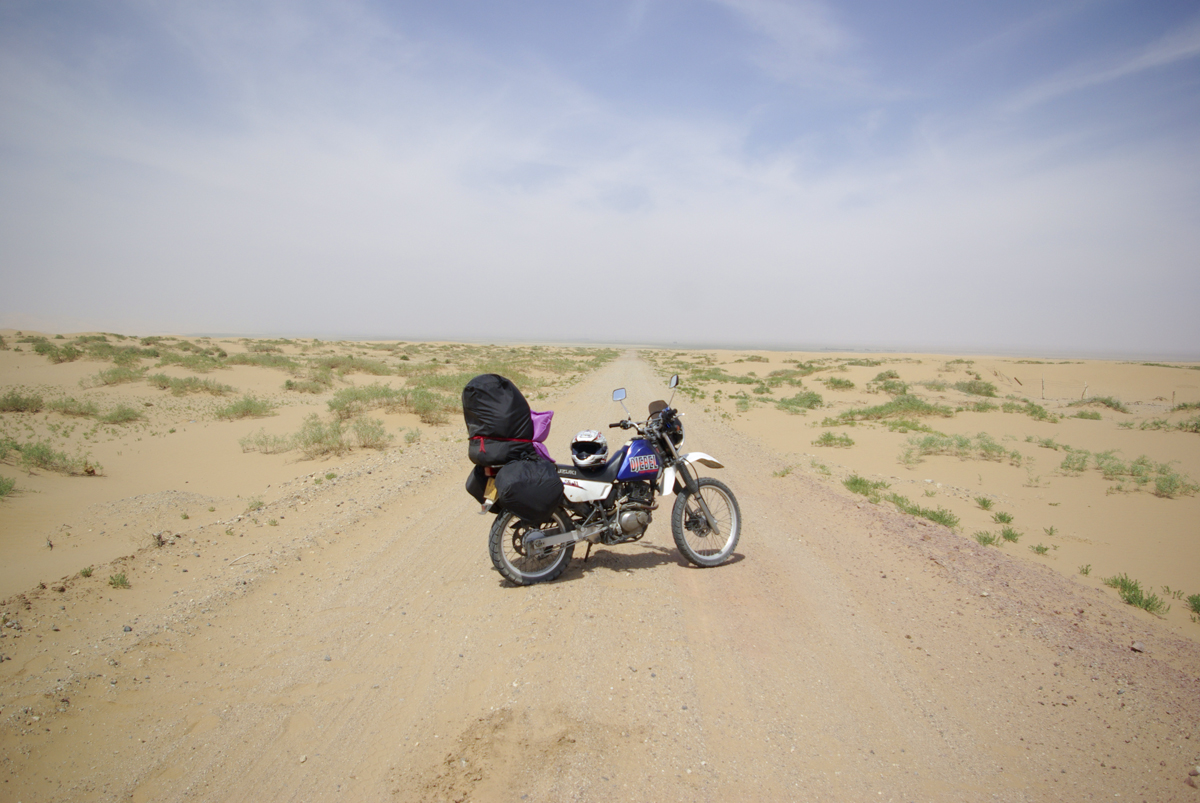
As we traveled across the scorched earth and endured the heat of the sweltering sun, we came upon a number of trees in the desert.
To see such lush greenery in this barren place was quite unexpected!
We frequently stopped and enjoyed the shade, as it was the only respite we could get from the sun’s glare.
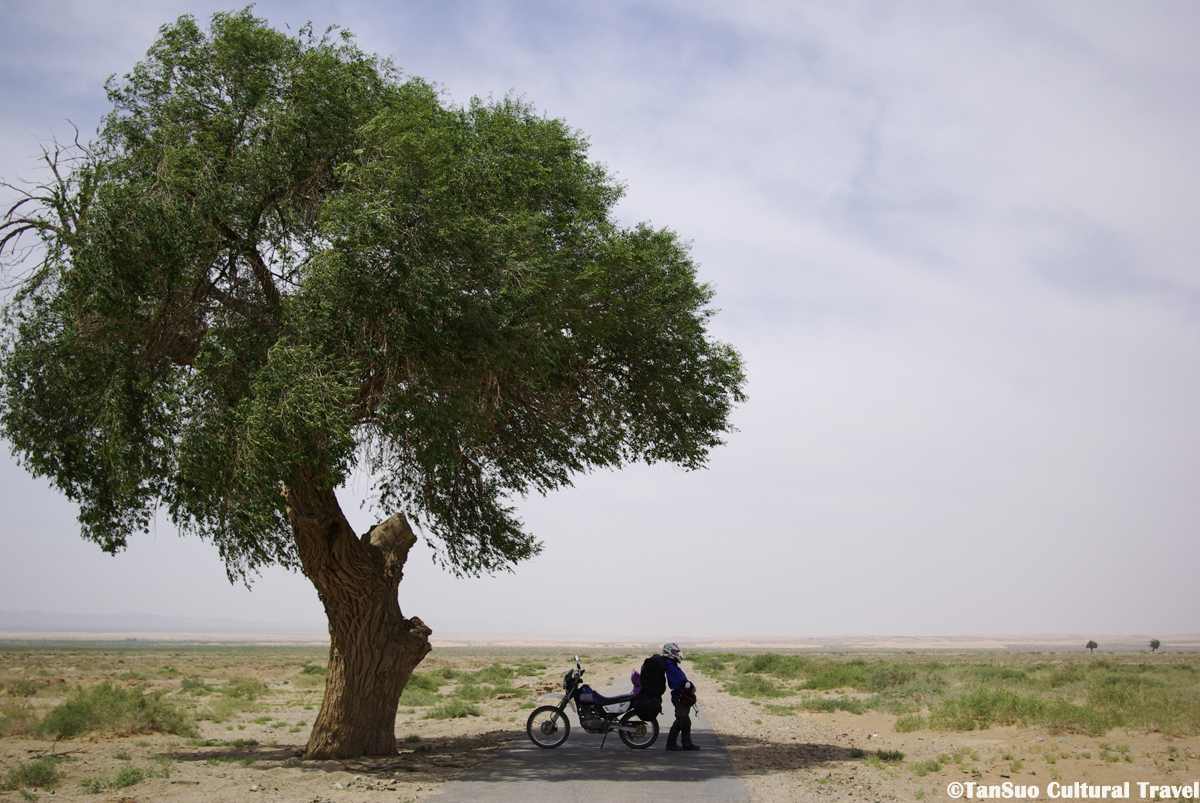
If you could read the gnarled trunks of the desert poplars as one would read a book, imagine all of the wonderful stories each trunk would tell.
It must be lonely to be stuck out in the desert like this. Fortunately, unlike us, the trees were not alone, as there were many dotted throughout the barren sands.
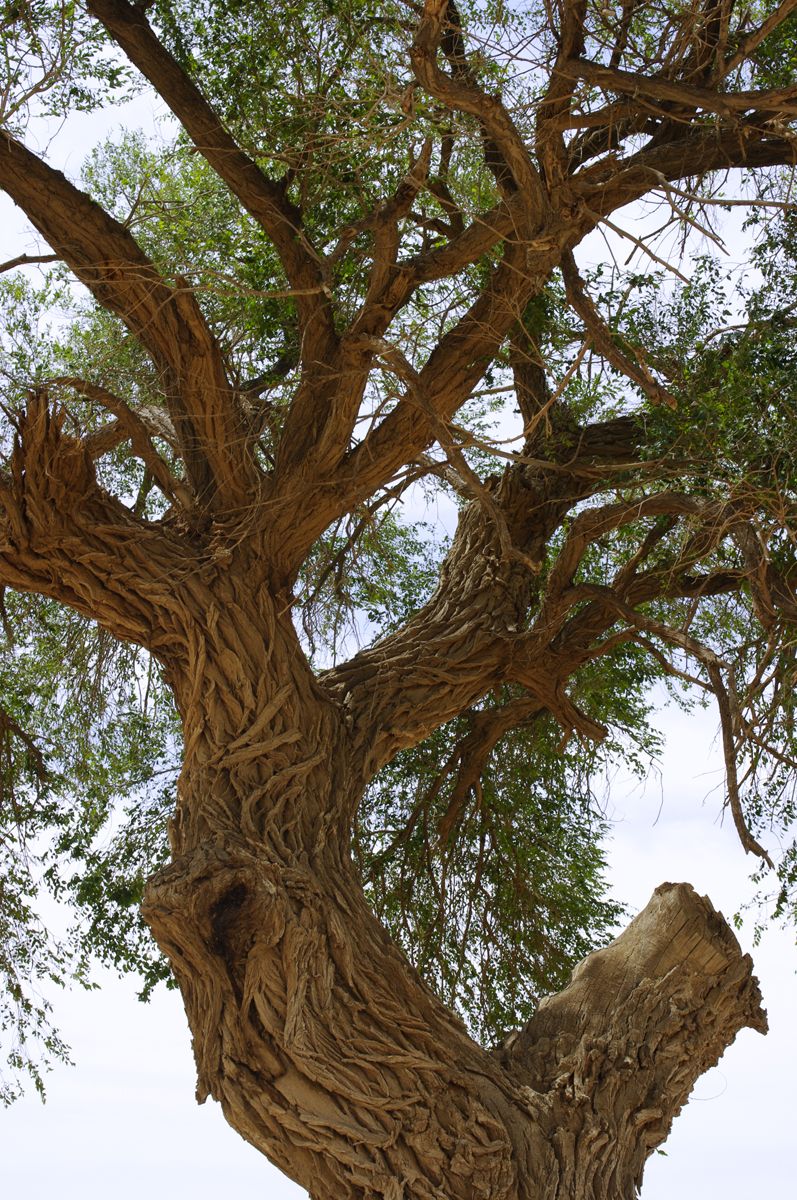
On the evening of the seventh day, we continued following the road across the Gobi Desert.
As we traveled further into the desert, we soon discovered that trees weren’t the only living things making a home in this barren place!
Since ancient times, camels have played a focal role in Chinese history. If not for them, the Silk Road may not have been able to flourish in the way that it did. That being said, they’re not known for their good temper, and these wild camels immediately gave us the hump!
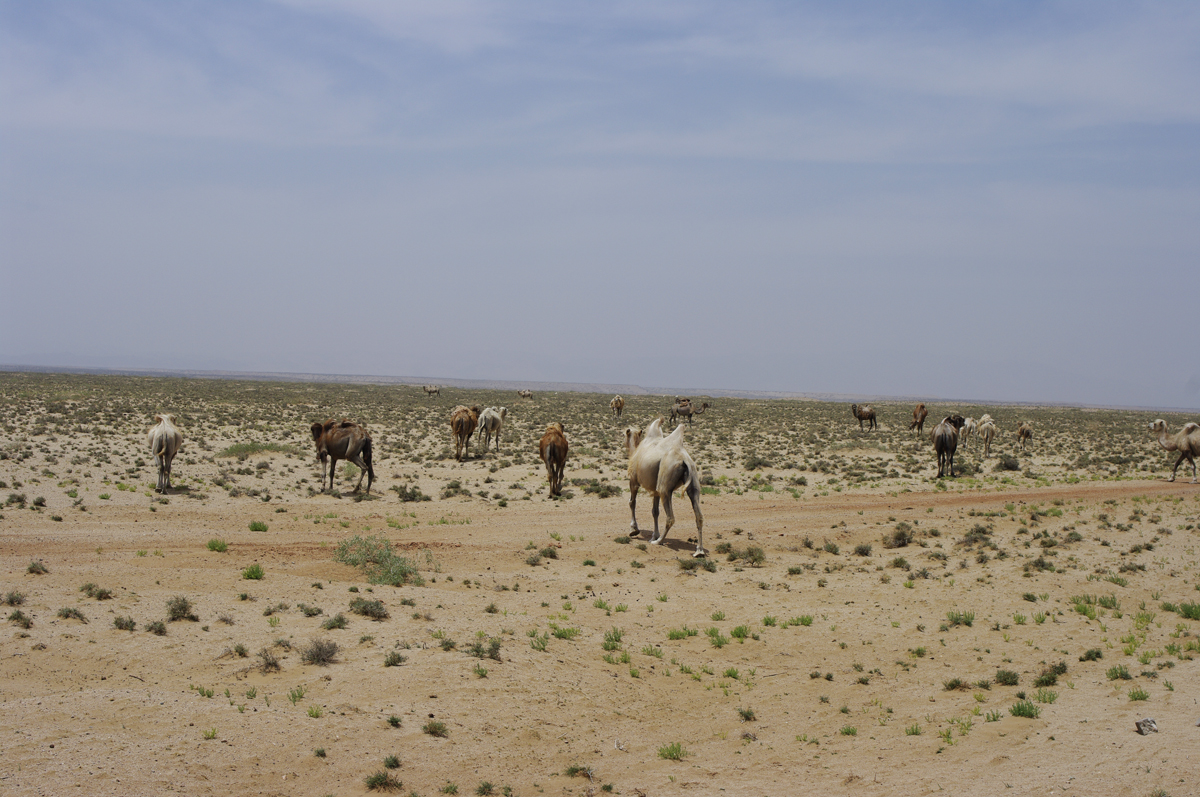
When we finally came to a crossing, we were delighted to finally be on a proper asphalt road, but unfortunately we went in the wrong direction!
After spending two hours following the road, we realised our mistake and had to turn back.
To add insult to injury, one of our tires was pierced by some barbed wire on the road and it took us nearly half an hour to change it.
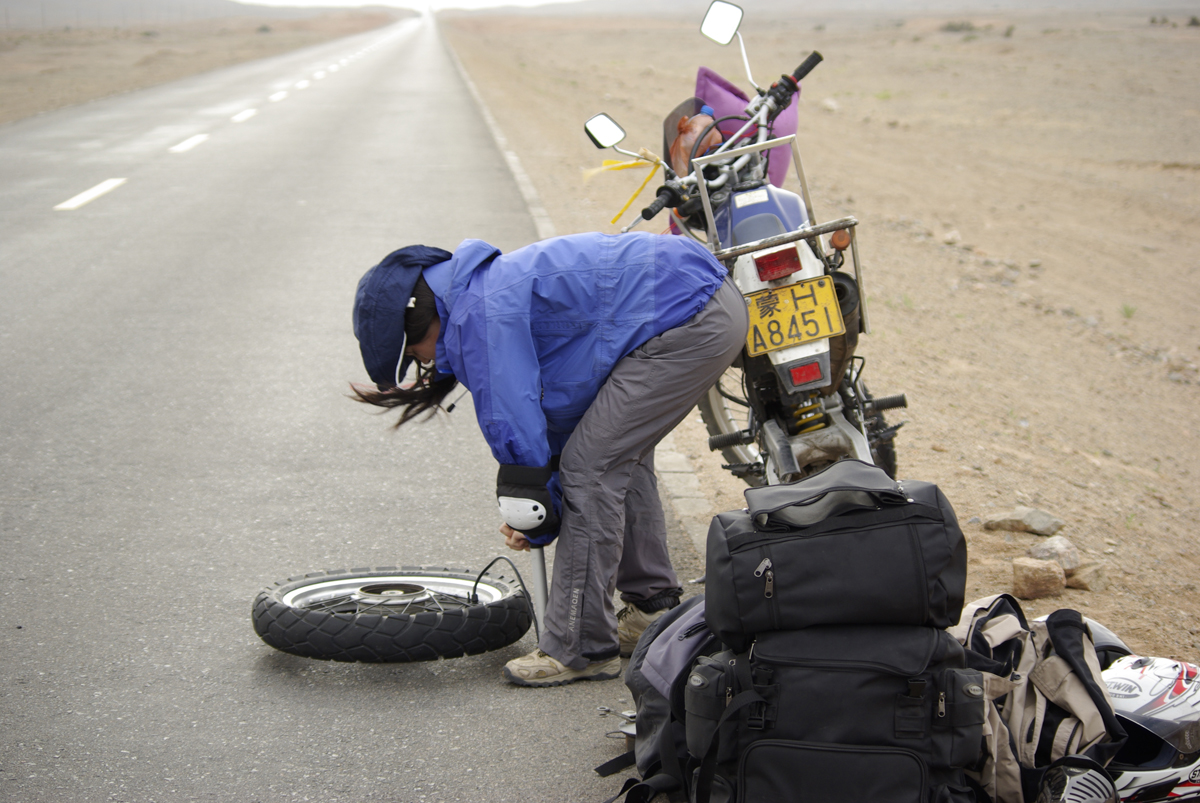
After a long trip and numerous misfortunes, we finally arrived at our destination. It was a tiny village with only one hostel. We had to share a huge bedroom with lots of other people and there was no shower.
Life on the road may seem glamorous, but there are still plenty of bad days!
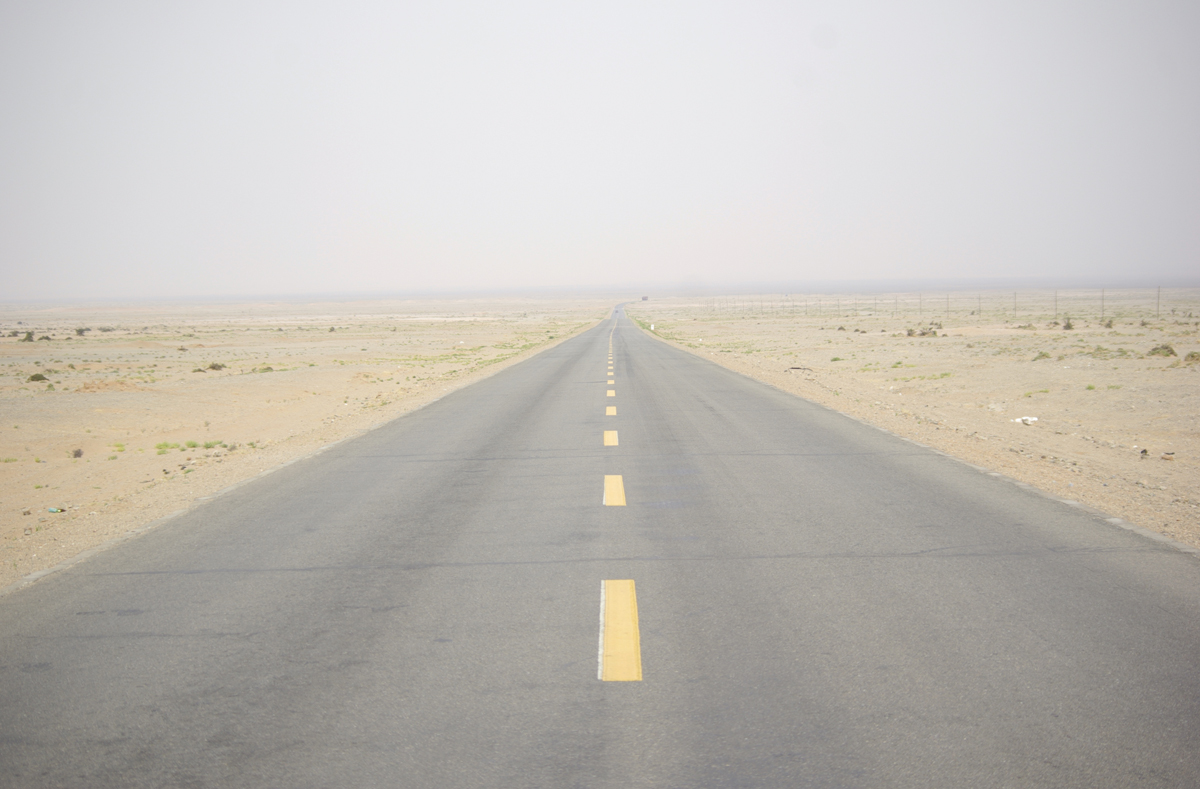
Day 8
As we set out on the eighth day of our Motorcycle Journey to the West, we followed the road northward towards the border between China and Mongolia.
Since we were entering an area close to the border, we had to have our IDs checked first.
The young soldier who manned the checkpoint was very excited when he saw the address on my ID. It turned out my hometown was in the same province as his!
From his reaction, I could tell that he hadn’t been able to go home for a long time. I cannot begin to imagine how lonely it would be to work as a sentry in the barren desert for year after year.
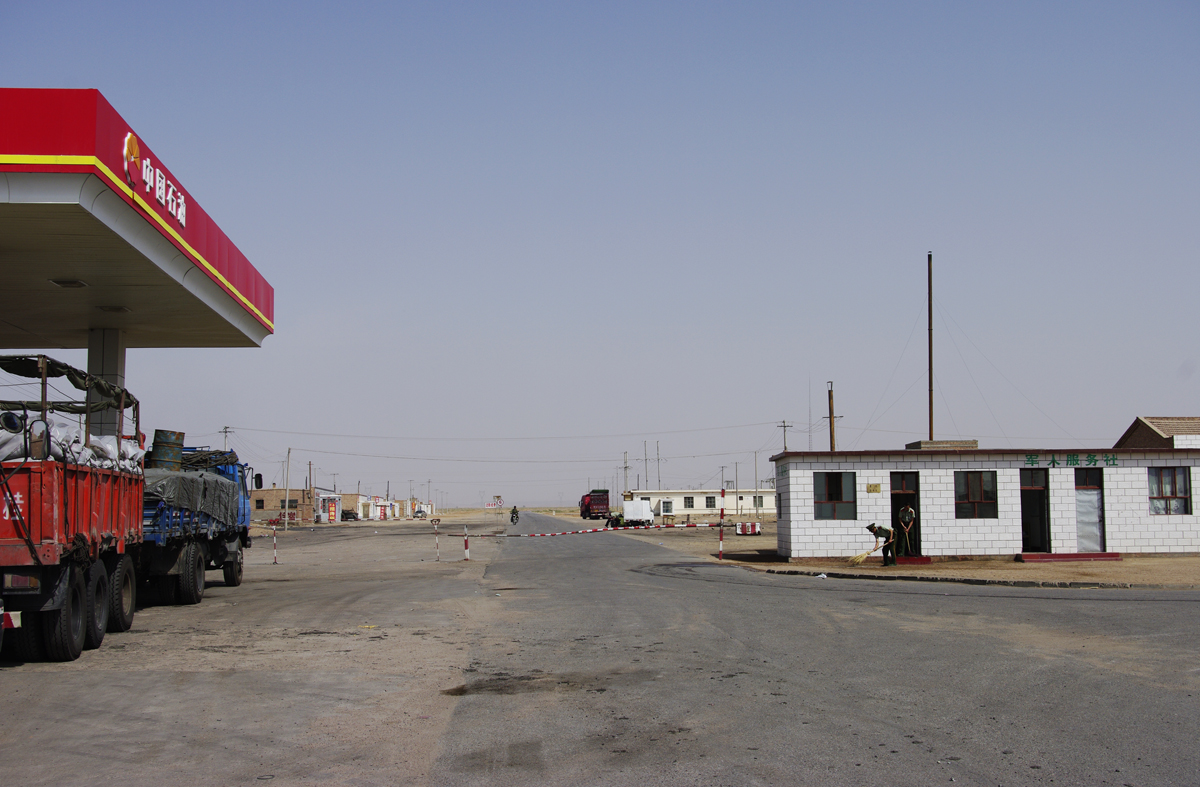
For over 223 miles (360 km), the road cut through the barren Gobi Desert.
This section of the Gobi is called the Badain Jaran and is known for being particularly desolate.
With its singing sand dunes and unexplained lakes, the Badain Jaran Desert is something of a mystery among deserts in China.
As we looked at the sun-baked earth, we longed for a touch of greenery or a sign of life.
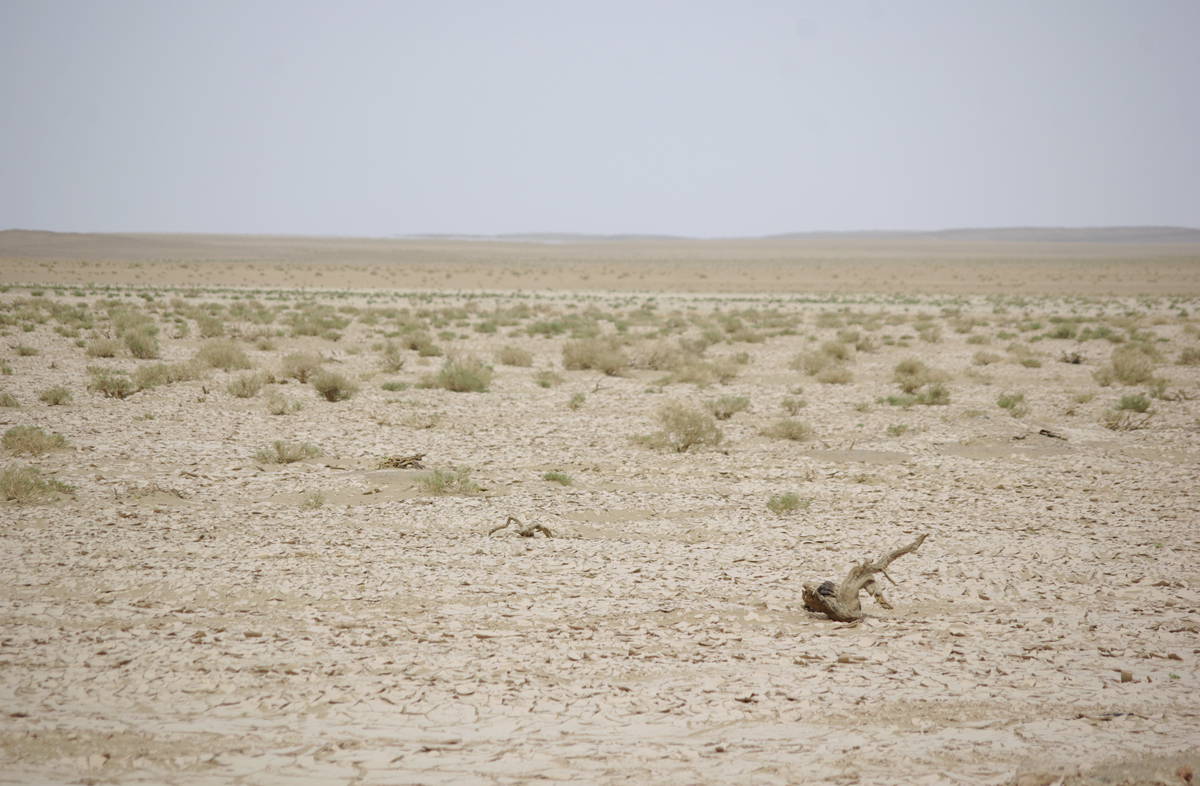
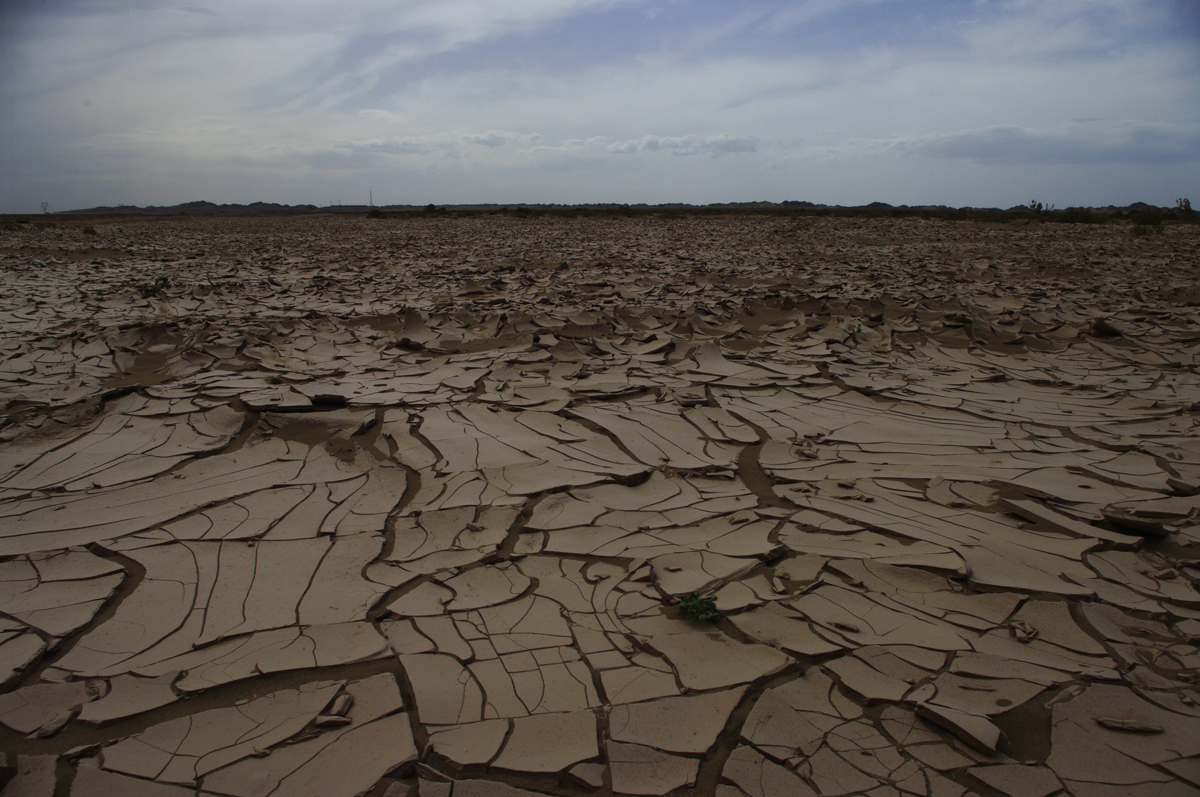
As we continued on our motorcycle journey through the Gobi Desert, we passed by numerous relics and towering pylons.
In such a desolate place, man has continued to carve out a niche from ancient to modern times.
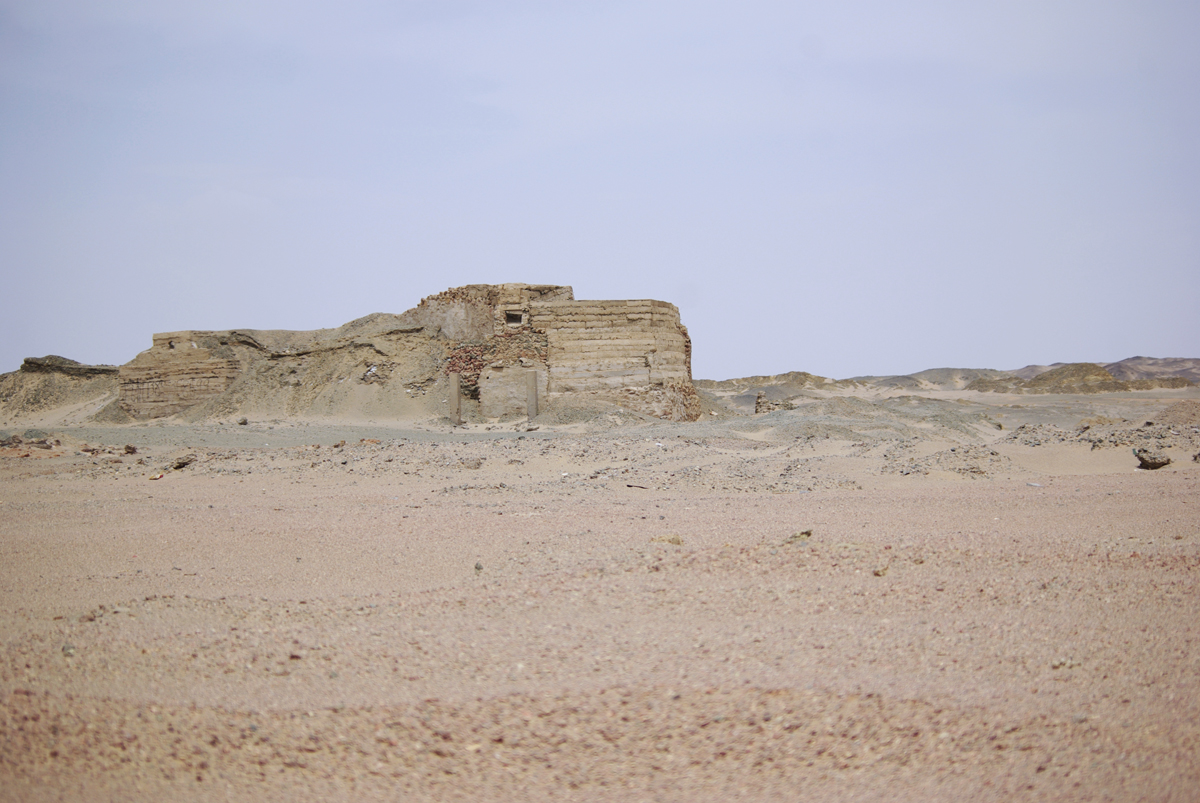
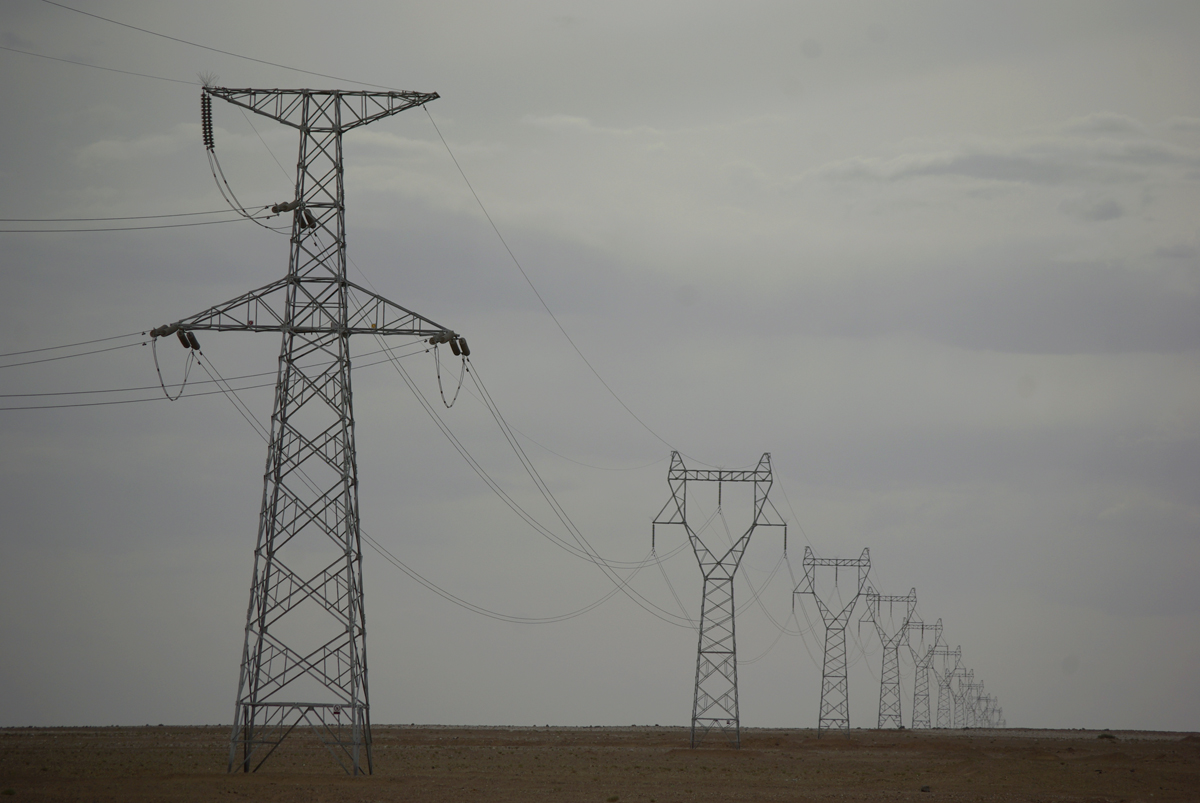
As we ventured further into the desert, we frequently came across these strange structures looming at the roadside.
They are known as Mongolian ovoo and they act as religious altars, where people can make offerings according to traditional Mongolian shamanism.
Like lighthouses at sea, these towering structures were spiritual beacons guiding people through the barren desert.
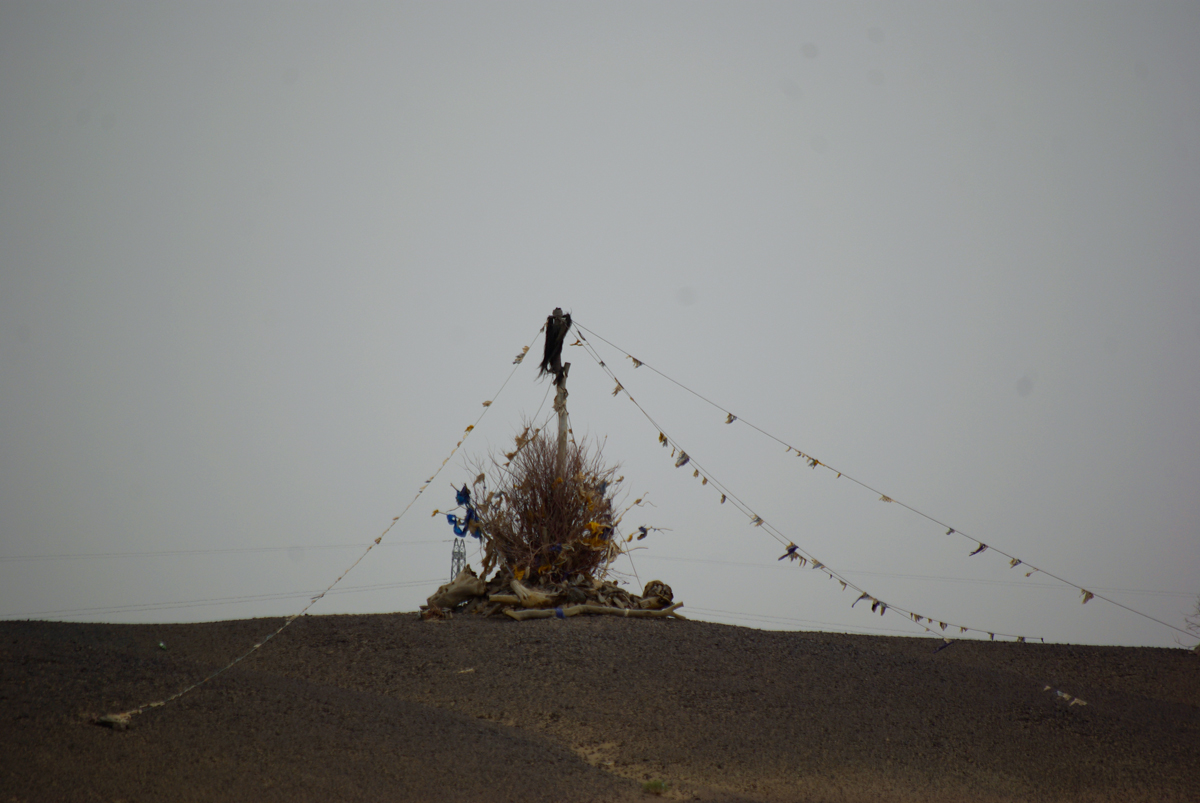
The road through the desert felt endless but, after many hours, we finally reached an oasis: Ejin Banner.
In autumn, thousands of people flock here to witness the glittering golden leaves of the desert poplars. It skyrocketed to popularity after being featured in the famous martial arts epic “Hero”.
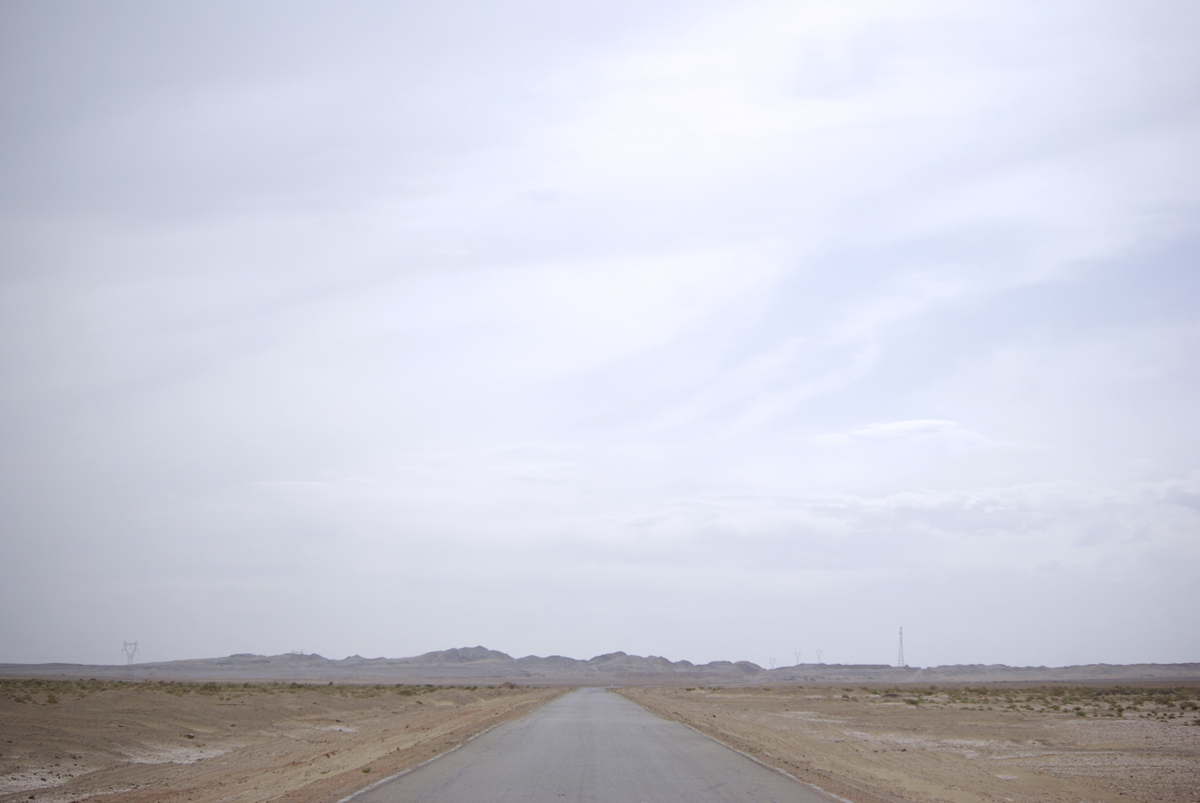
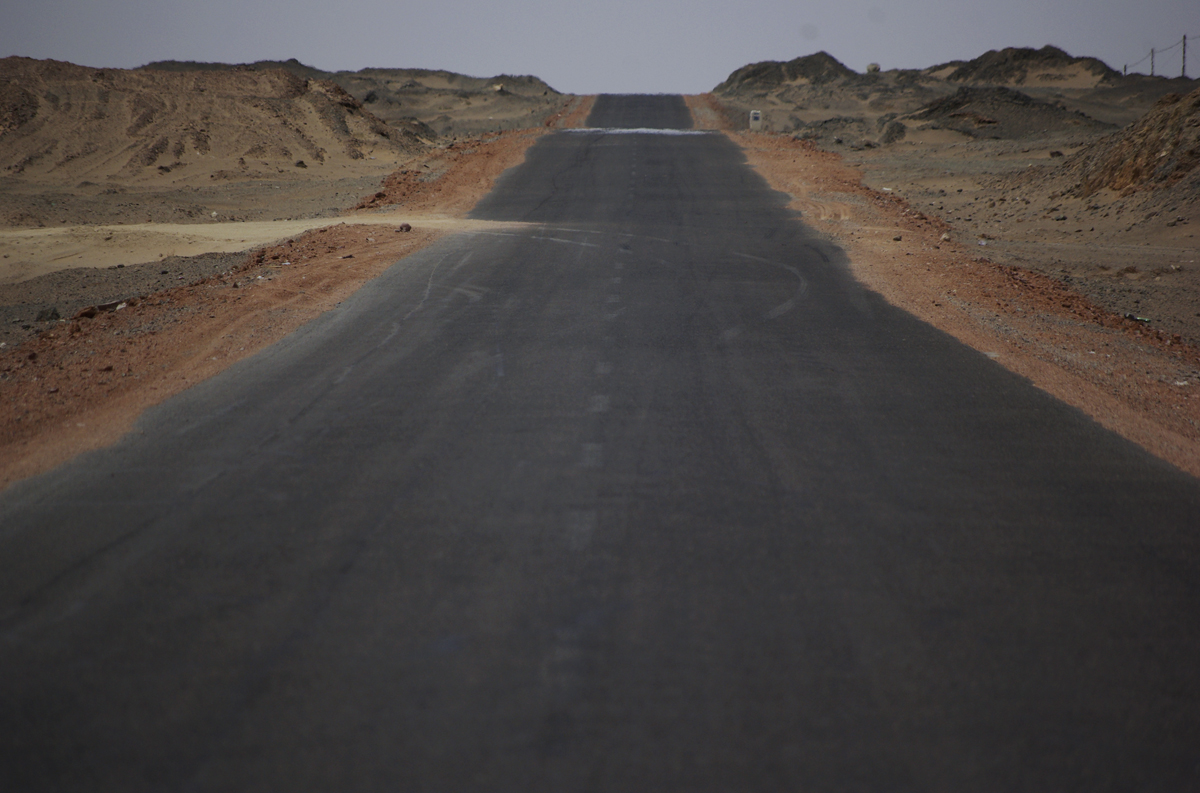
Since we were traveling in summer, the trees were a rich green, much like any other tree on earth. That being said, they were a pleasant change from the barren expanse of yellow sand we had become accustomed to.
At dusk on the 8th day of our journey, we arrived in the Ejin Banner. Tables and food stalls had already been set up to prepare for the lively night ahead.
We weren’t too concerned about eating or drinking. After such a long time spent in the barren desert, we were simply enthralled by all of the greenery spread out around us.
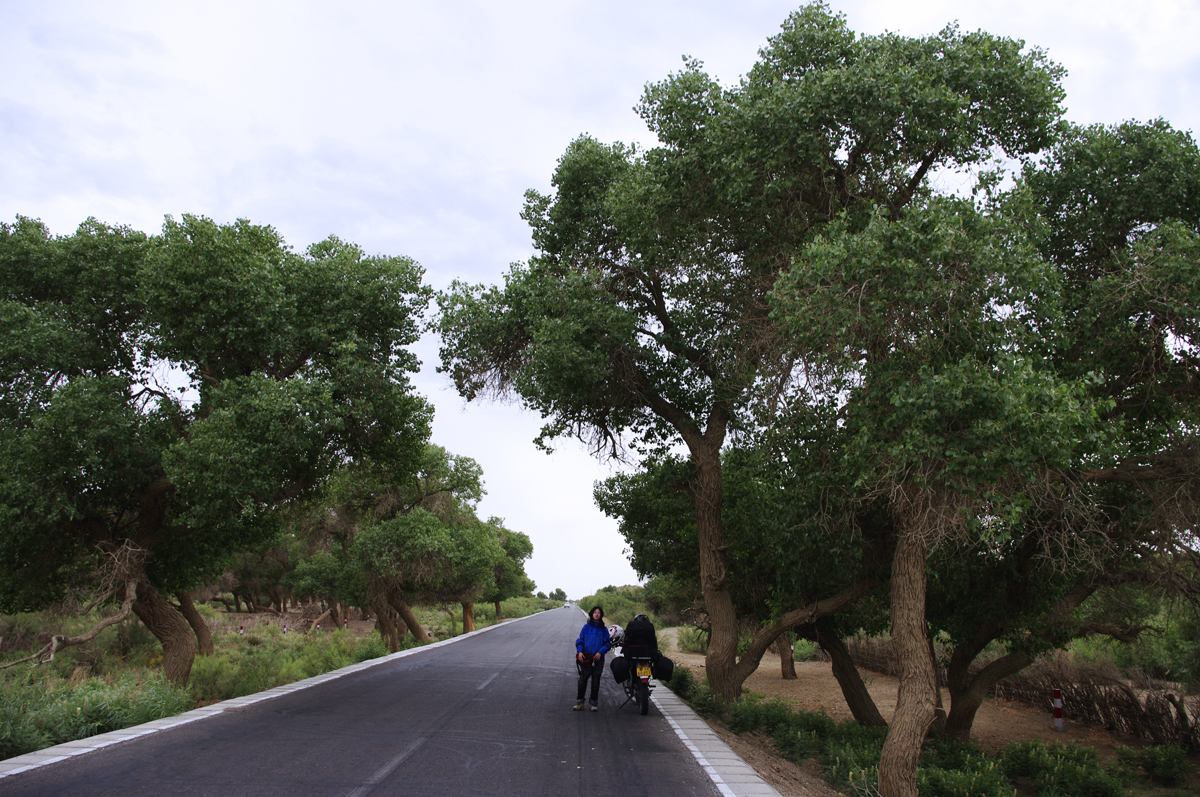
Day 9
The desert poplar is widely regarded as one of the hardiest plants on earth.
There is an old Chinese saying which states that a desert poplar will “live for 1,000 years; remain standing for 1,000 years after it has died; and lie on the ground without withering for 1,000 years”. Therefore it is believed that a desert poplar can potentially exist for 3,000 years!
On the 9th day of our Motorcycle Journey to the West, we visited the special “half-dying” poplar forest in the Gobi Desert.
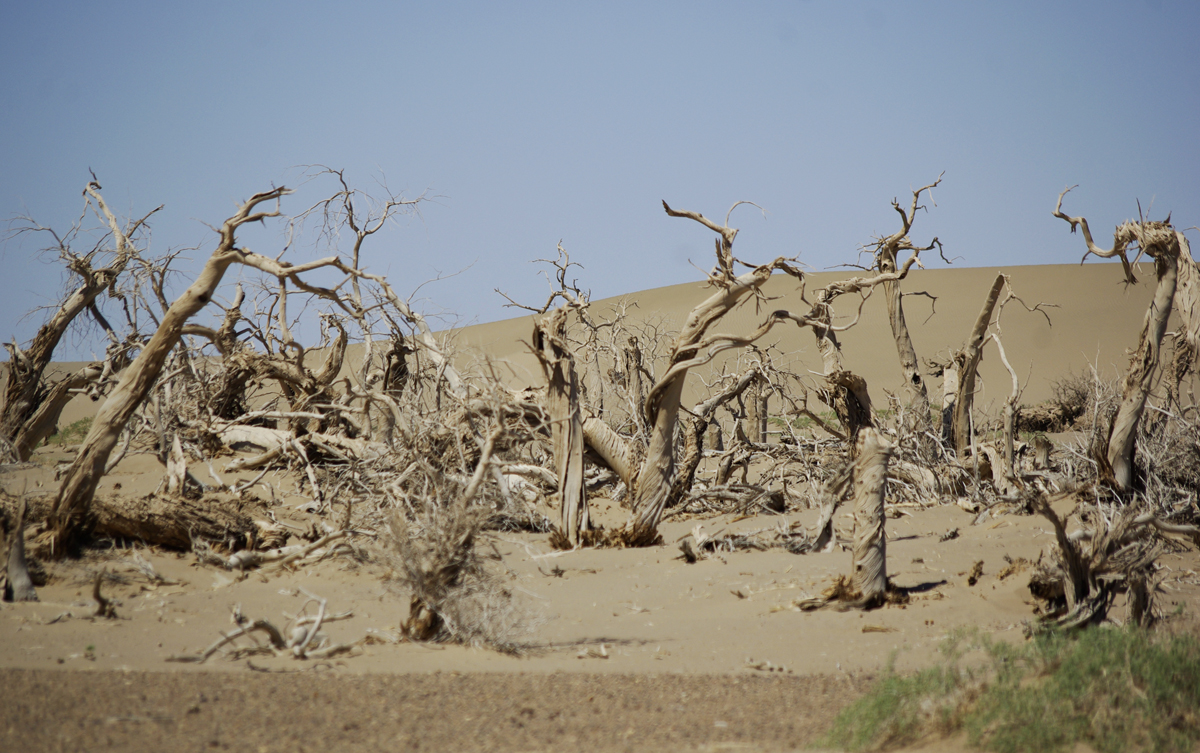
Normally I prefer to spend my time behind the lens of a camera. It has always been my dream to become a great photographer.
However, while we were in the desert, I couldn’t resist the opportunity to try my hand at being a model!
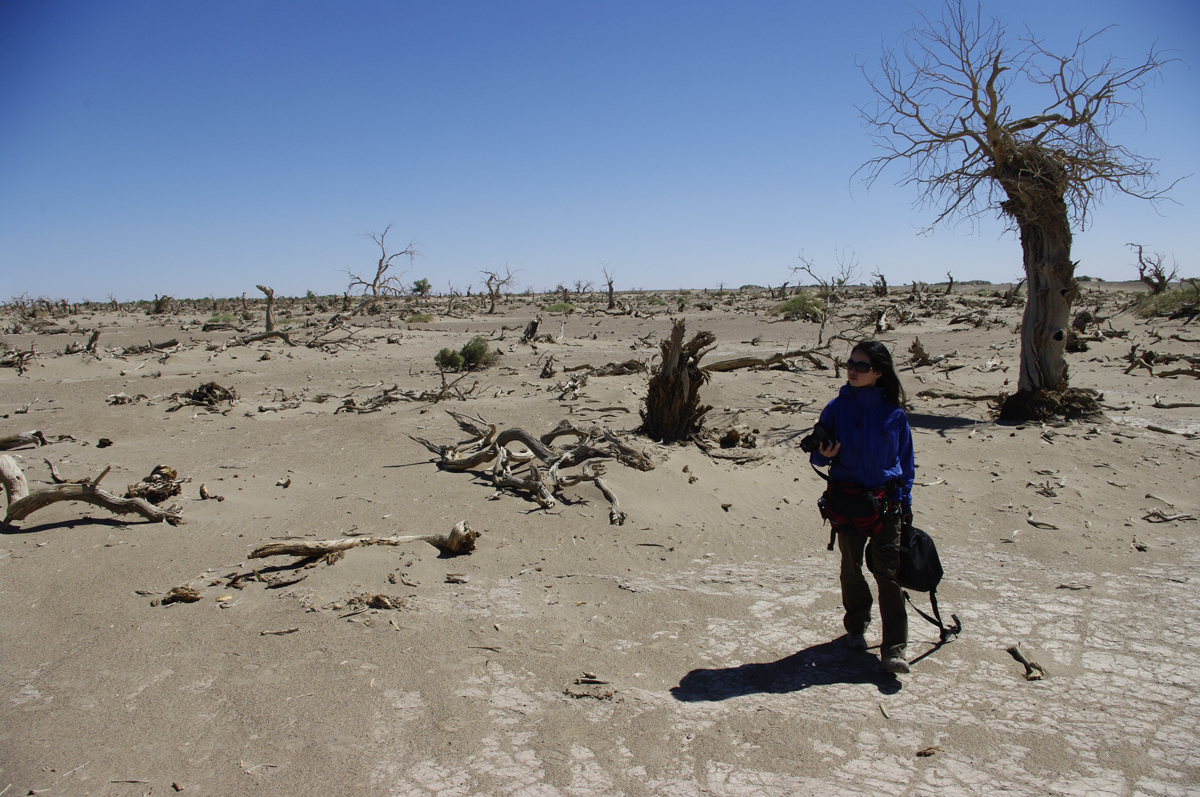
As we continued our journey through the Gobi Desert, I tried my hand at being a model!
Back when I was young and foolhardy, I was always trying to express something profound with my photography. Like most photographers, I didn’t just want to create images that were beautiful; I wanted them to be meaningful.
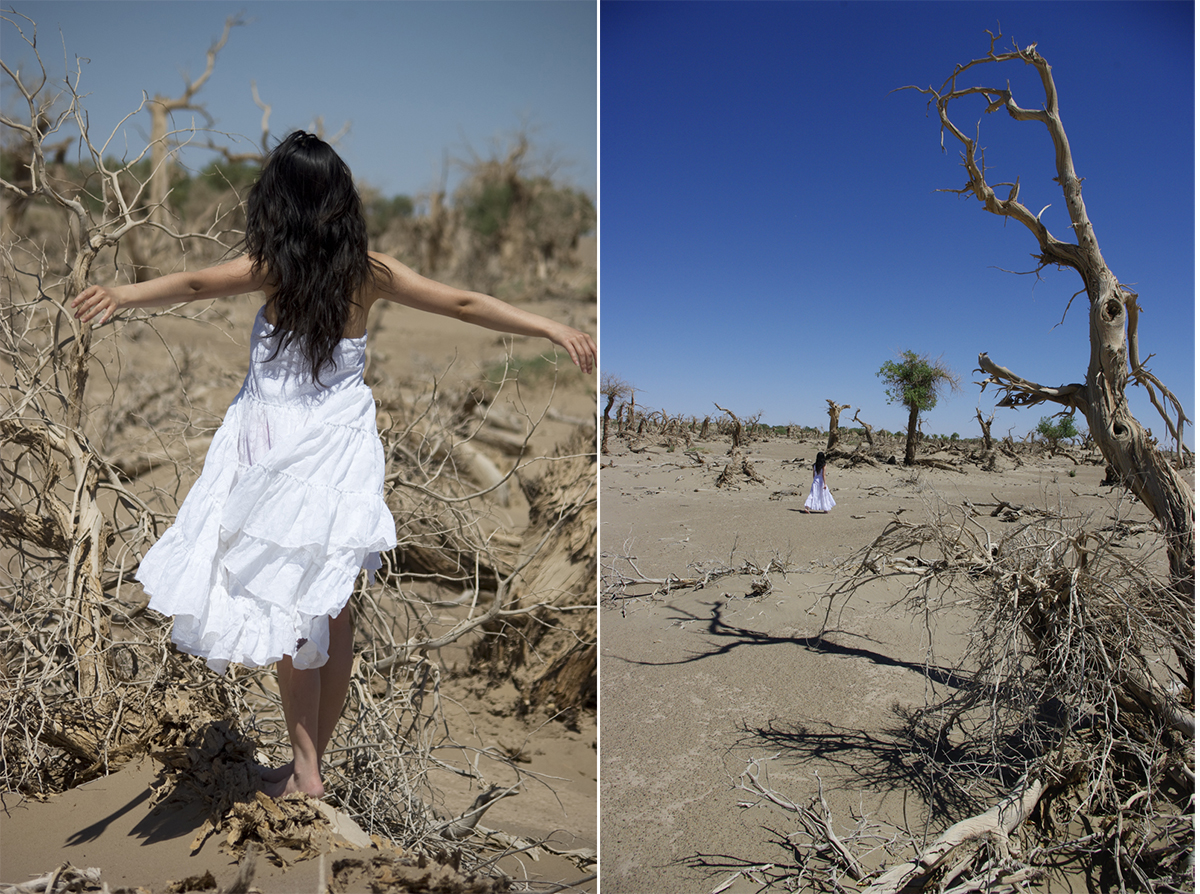
Over 2,000 years ago, during the Han Dynasty, a frontier town named Juyan was built beside Juyan Lake. Juyan was the largest of these oasis towns, but was surrounded by many smaller satellite towns.
Tragically, Juyan Lake has since dried up and many of these towns have been lost to the sands of time. Abandoned and un-cared for, nearly all of the buildings have been swallowed by the desert.
However, some ruins still remain. On the 9th day of our Motorcycle Journey to the West, we visited what is known as the Red Town Relics.
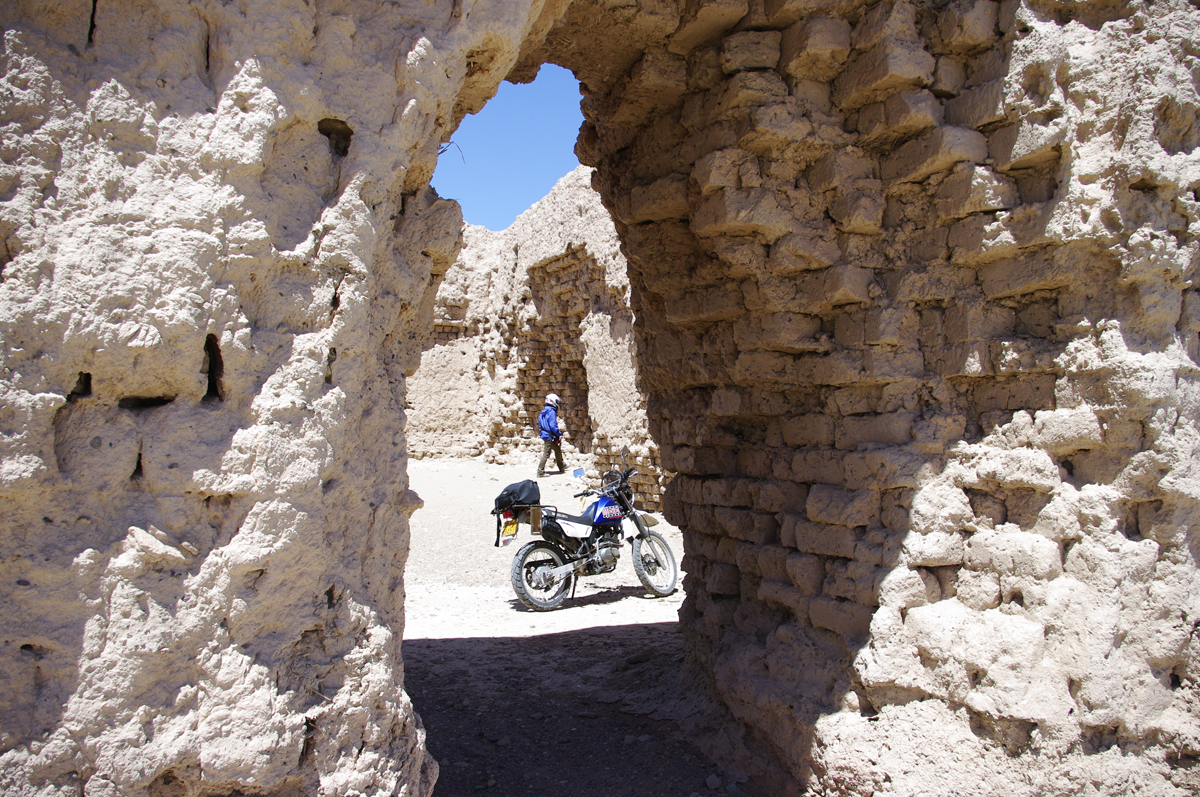
On the afternoon we visited the town of Datong. It was built in 730 AD, during the Tang Dynasty, and played a focal role as a northern frontier town.
With the territory of the ferocious Xiongnu people just to the north, it was paramount that the soldiers at Datong kept the border safe.
During our trip, we made a very terrible mistake! We forgot to bring water and, as we were leaving, I began to feel very unwell.
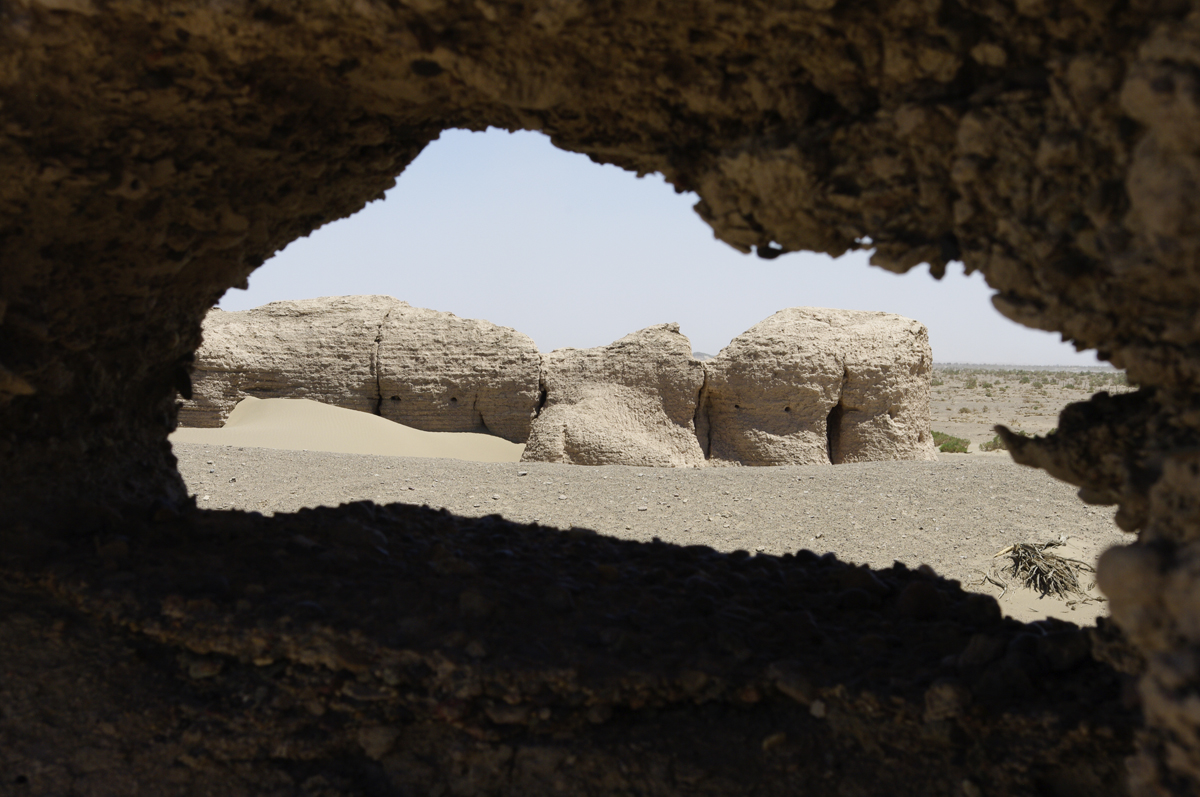
Khara-Khoto or the “Black City” was one of the most important historic sites that I planned on visiting during our Motorcycle Journey to the West.
It was originally built by the Tangut people of the Western Xia Dynasty sometime during the 10th century, and was a thriving trade hub right up until the collapse of the Yuan Dynasty. For more than 300 years, it represented a haven in the desert.
Nowadays, we still know precious little about this mysterious civilisation and its people.
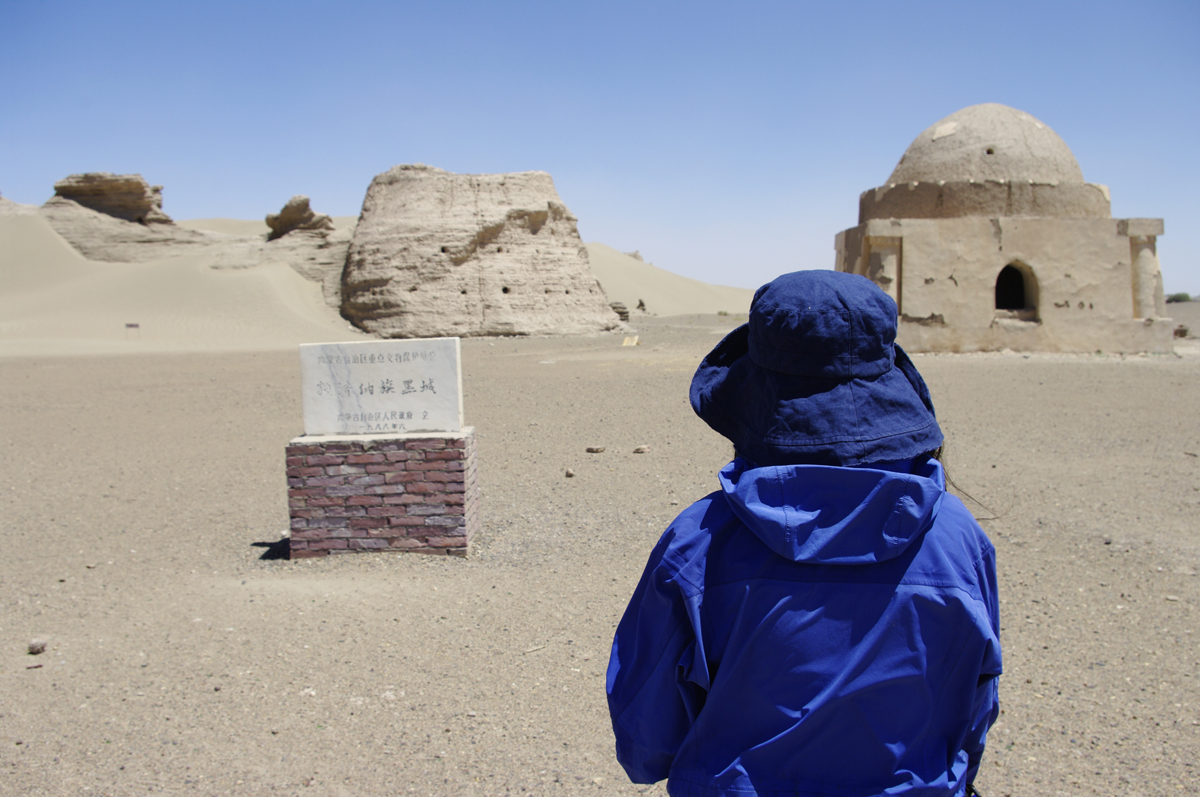
After spending so long in the baking heat with no water, I agonised under a deathly thirst! I couldn’t properly enjoy the historic ruins of Khara-Khoto, because I was too preoccupied with dreams of watery oases.
You do not know true thirst until you have traveled in the desert without water.
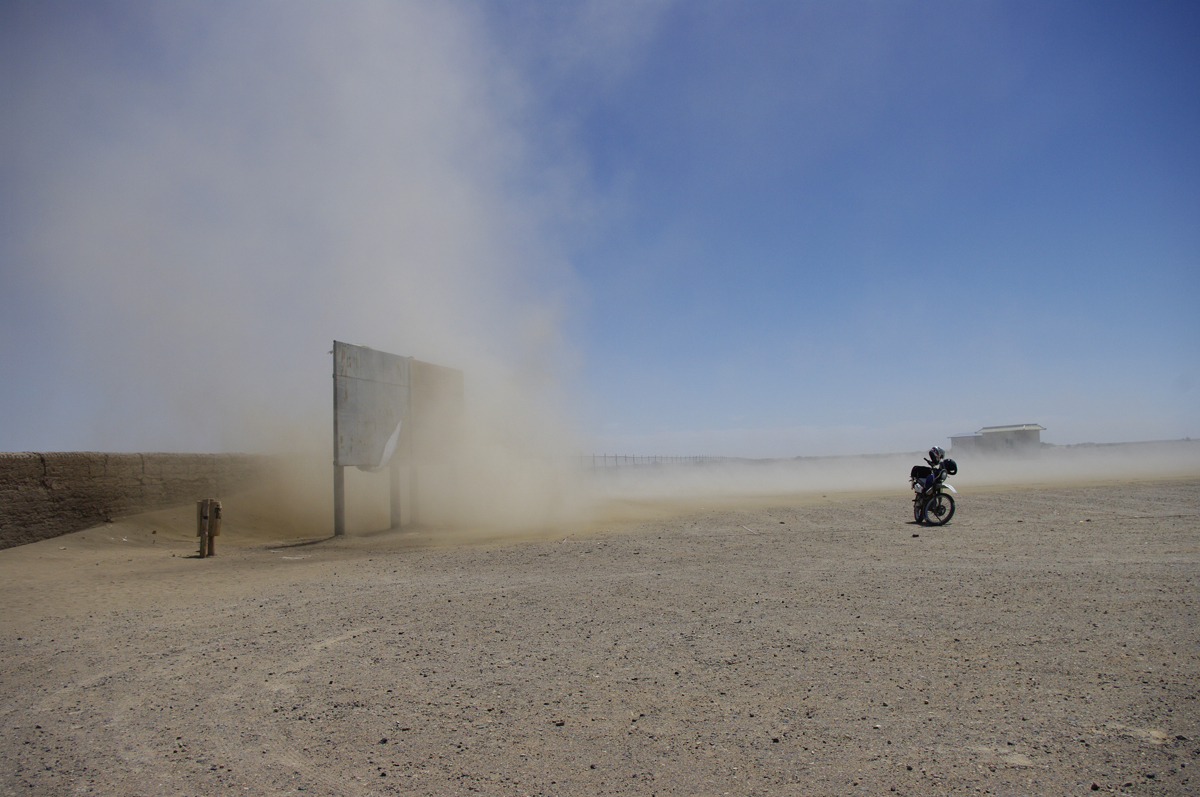
Fortunately I was able to get a bottle of water from the gatekeeper. He told us some fascinating stories about the ancient cities scattered throughout the desert, although unfortunately I wasn’t able to understand all of them because of his strong accent.
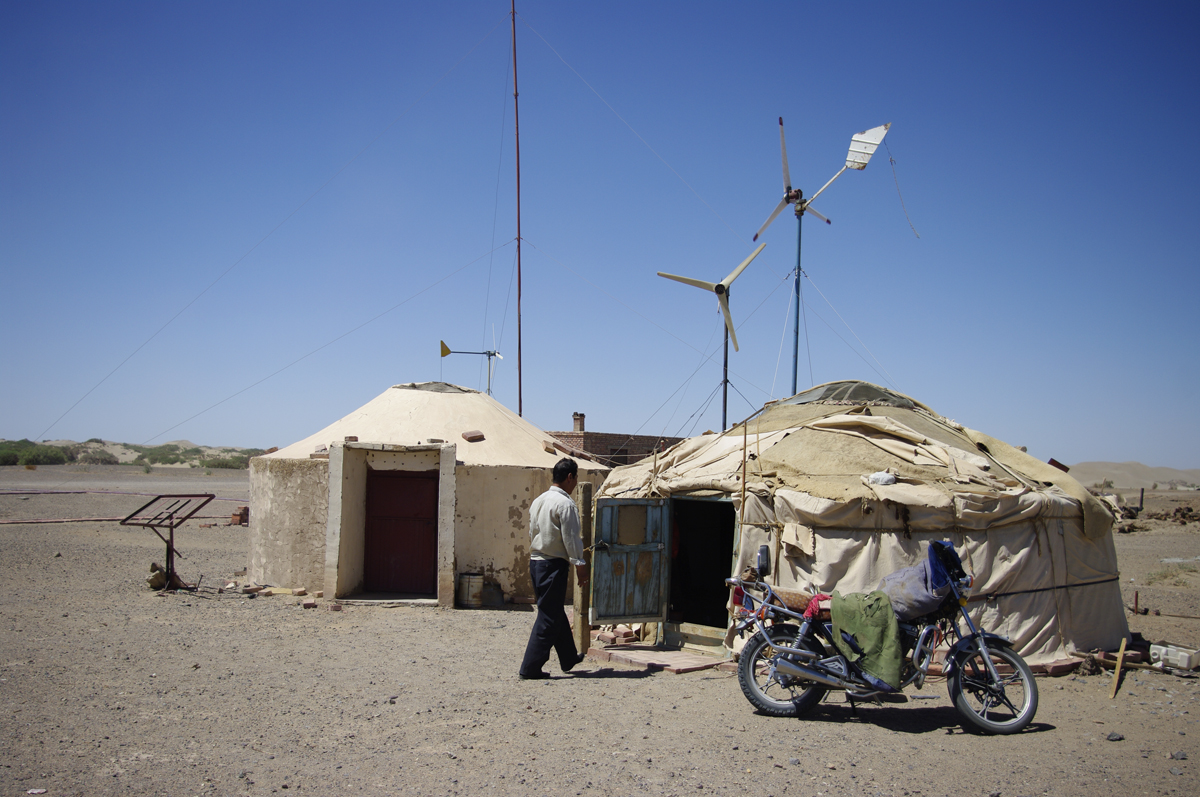
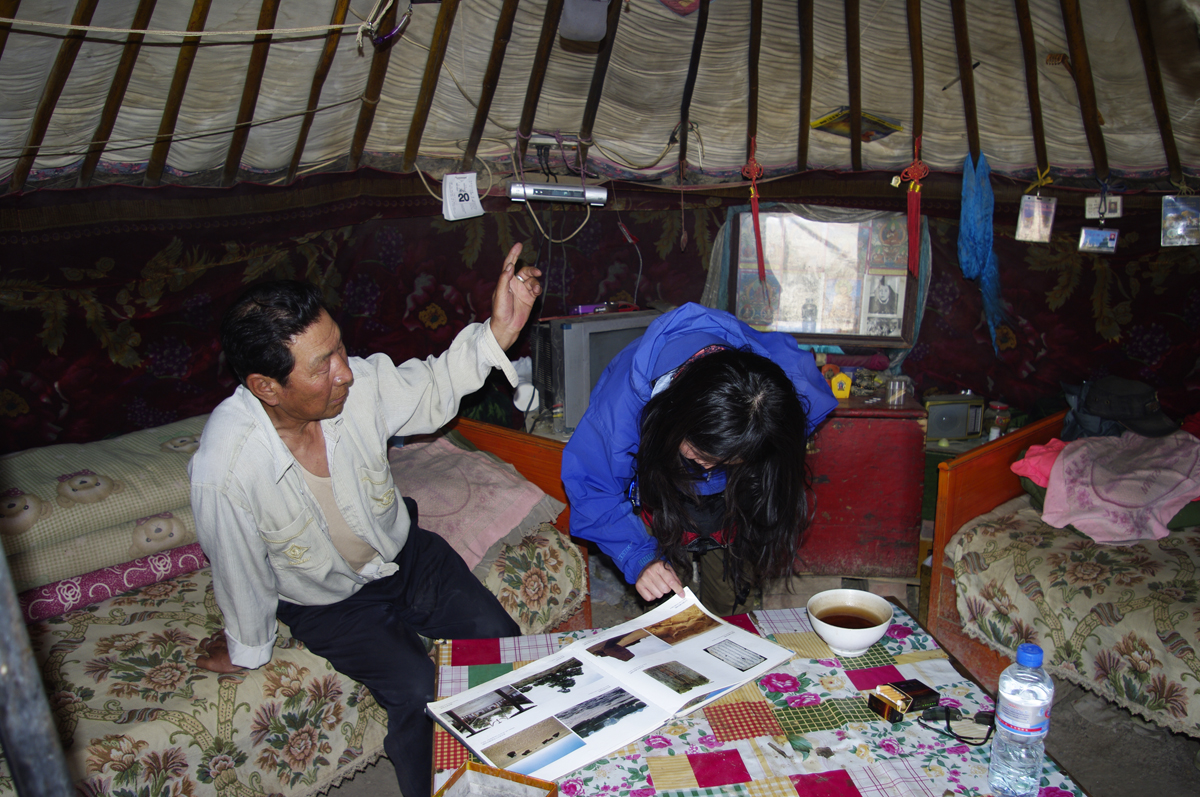
Day 10
The previous day, the gatekeeper at Khara-Khoto told us that a new road had been built, which cut across the Gobi Desert towards Gansu province. This meant that we wouldn’t need to follow the old road, which skirted around the desert and was much slower.
After following his directions, we realised just how new this road was! It was still having the lines painted on it, and it hadn’t even been added to the map. For many miles, we were the only people driving along it.
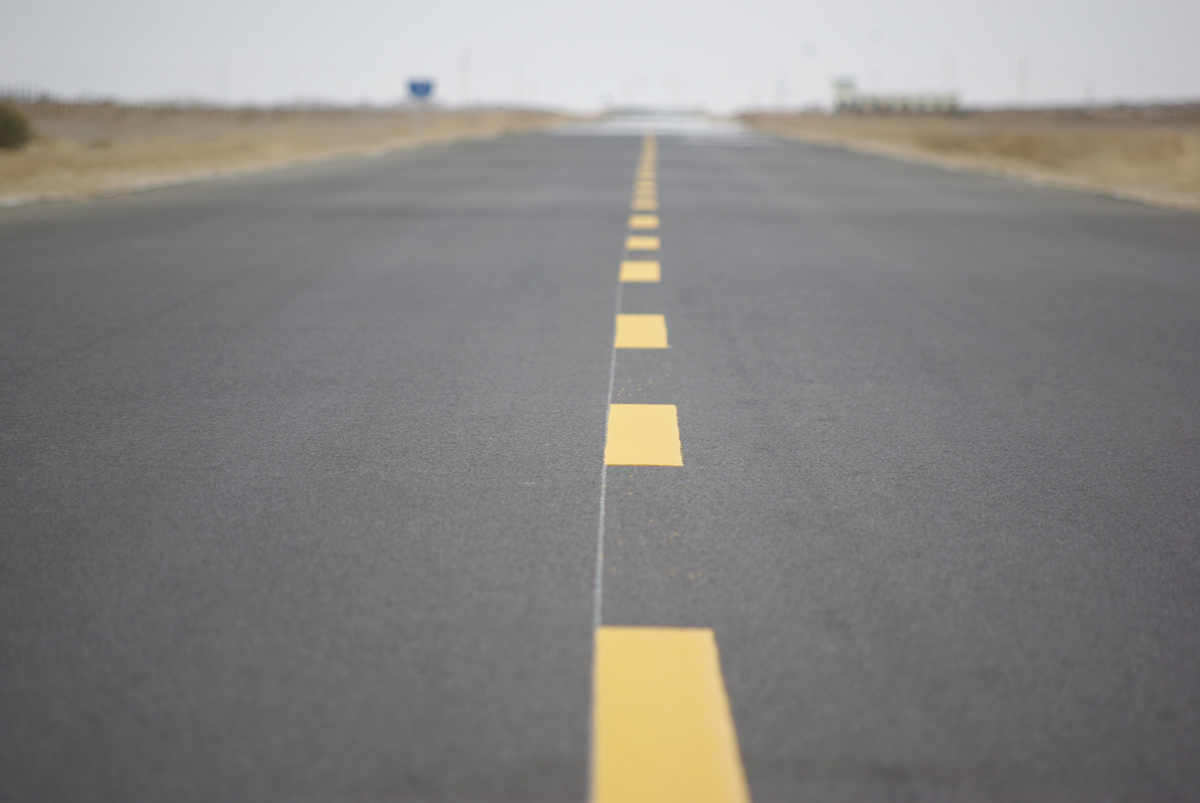
As we continued our journey, we were suddenly confronted with a huge sandstorm. Sandstorms are reasonably common in my hometown near Beijing during the Spring, but I’d never seen anything like this!
The sandstorm was so fierce that all we could do was watch and wait for it to pass. Unfortunately I wasn’t able to take a photograph, for fear that the sand would damage my camera.
With the soft drizzle, we were Leaving the desert, heading for the Gansu Provence.
On our motorcycle journey through the Gobi Desert, we passed by the famous old satellite base at Jiuquan.
The town felt completely empty and had an eerie atmosphere about it. There were faded posters and slogans pasted to the walls, some of them over 30 years old.
As we wandered through the town, we didn’t see a single other person there. It was just like the beginning of a horror movie!
As we left the Gobi Desert, a soft drizzle enveloped us. We were heading towards Gansu province, and suddenly the world seemed like a brighter place.
The lush grassland and blooming flowers were a far cry from the barren desert sands we had become accustomed to on our long journey.
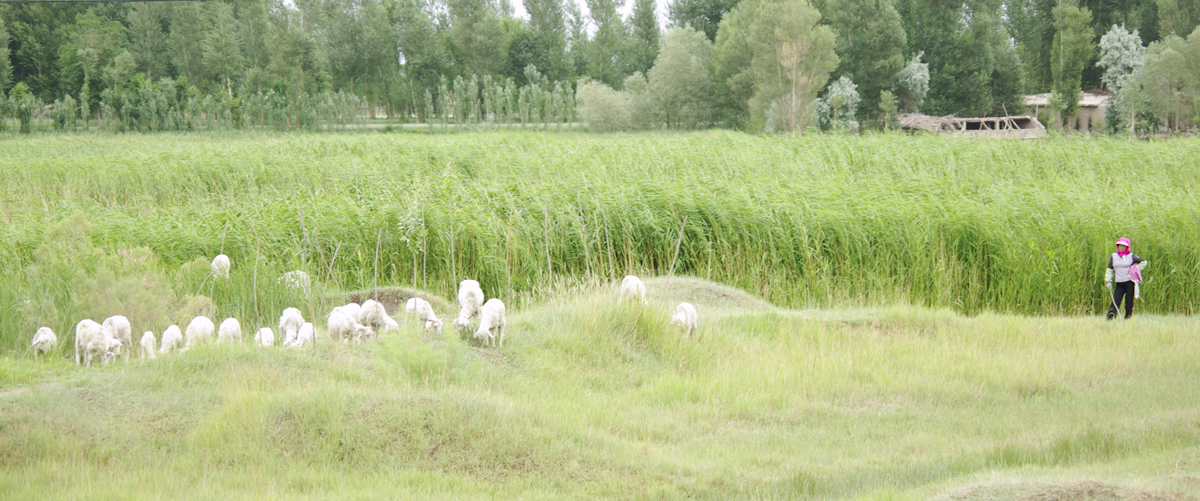
The rain was becoming heavier and heavier. After a long journey, we were thankful to finally arrive in the ancient town of Jiuquan.
This 2,000-year-old town once played a focal role in Chinese history as a military and trade outpost within the Hexi Corridor. However, nowadays it is simply a city working its way towards modernisation, like so many others in northwest China.
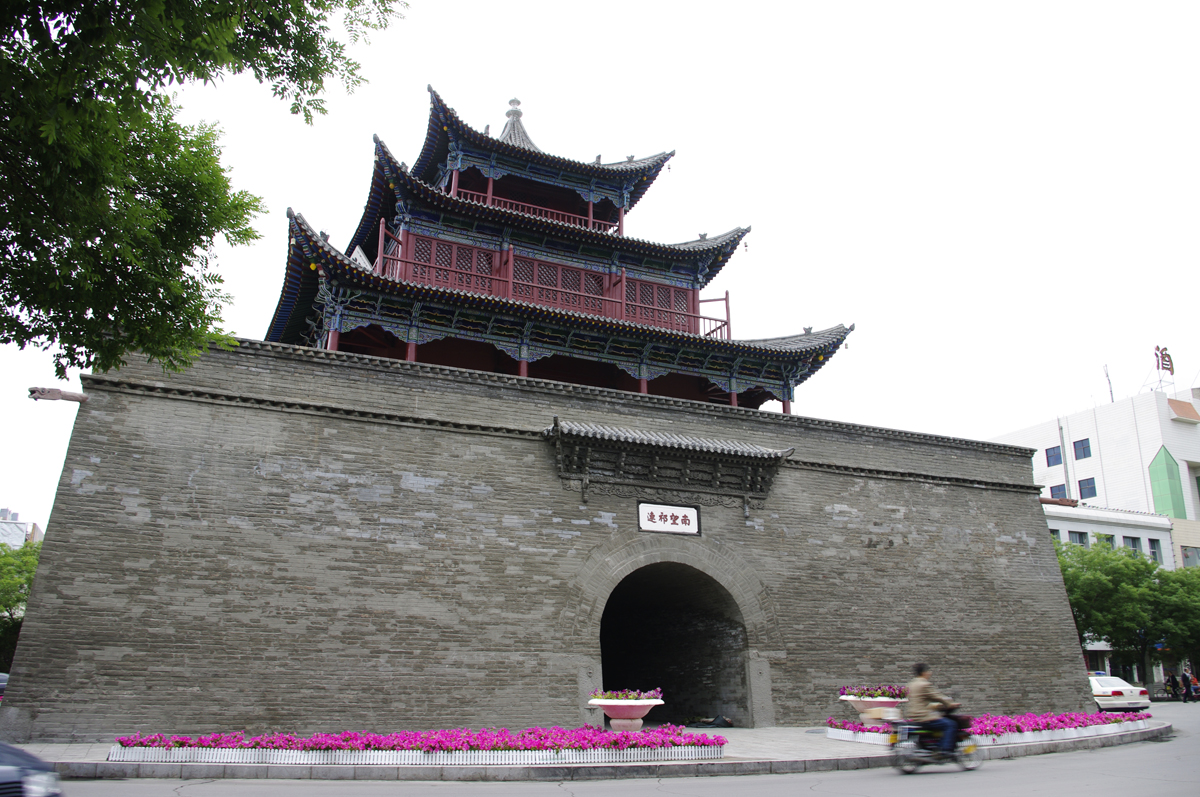
As dusk settled on the 10th day of our journey, we arrived at Jiayu Pass, which was only 25 kilometres (16 mi) to the west of Jiuquan. Jiayu Pass was considered to be the first pass at the western end of the Great Wall during the Ming Dynasty.
Unfortunately, since it is now a tourist attraction, it was closed when we arrived and we weren’t able to go inside. That being said, watching the sun set behind the towering barracks was arguably more enjoyable!
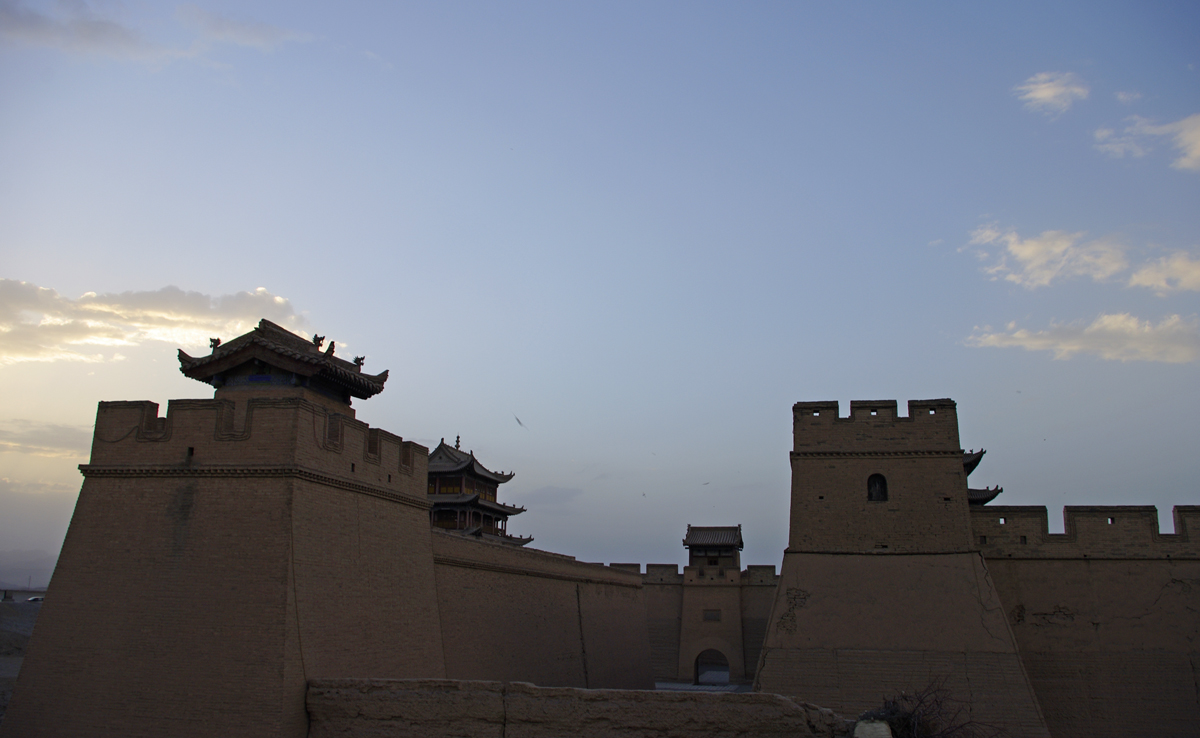
Day 11
It was a fresh and crisp morning as we embarked on our motorcycle journey for the day. We passed by the Qilian Mountains, which felt so close I wanted to reach out and touch them.
Their snow-capped peaks were glittering in the morning sun and the barren rocks appeared to shine like metal. In the distance, a calm blue lake shimmered like a plump sapphire.
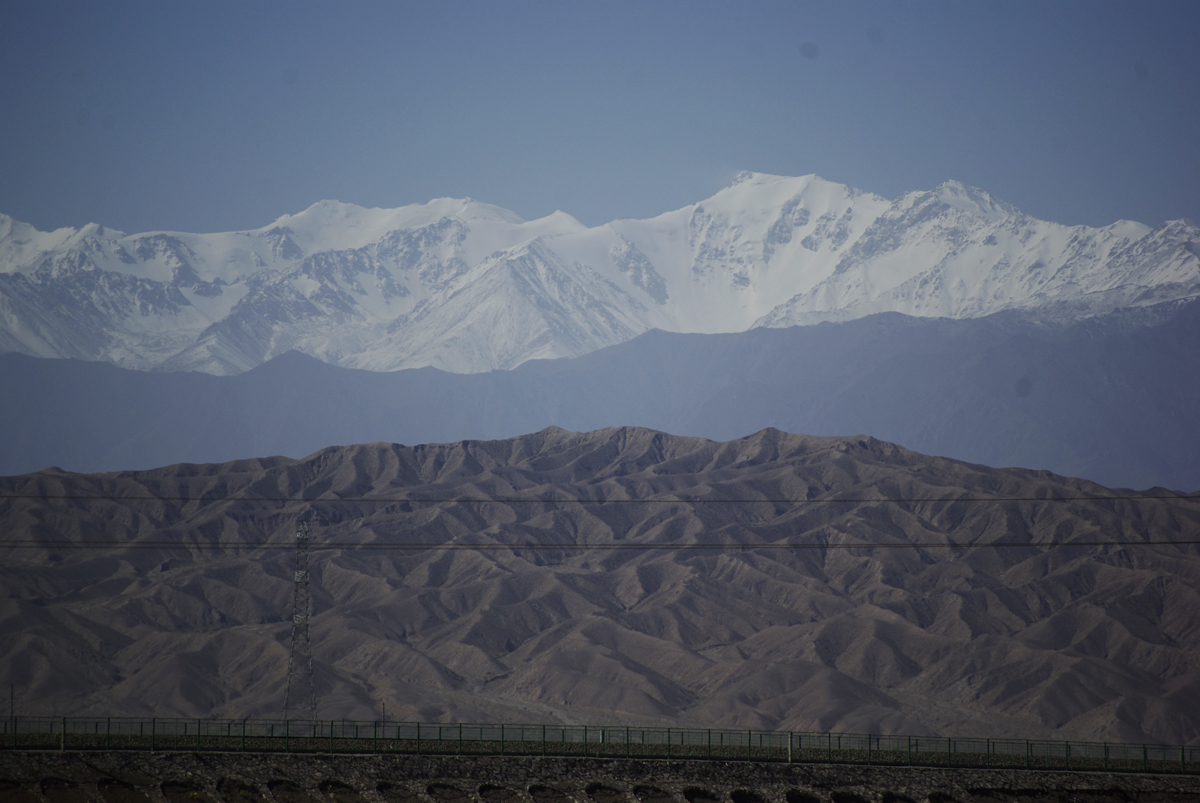
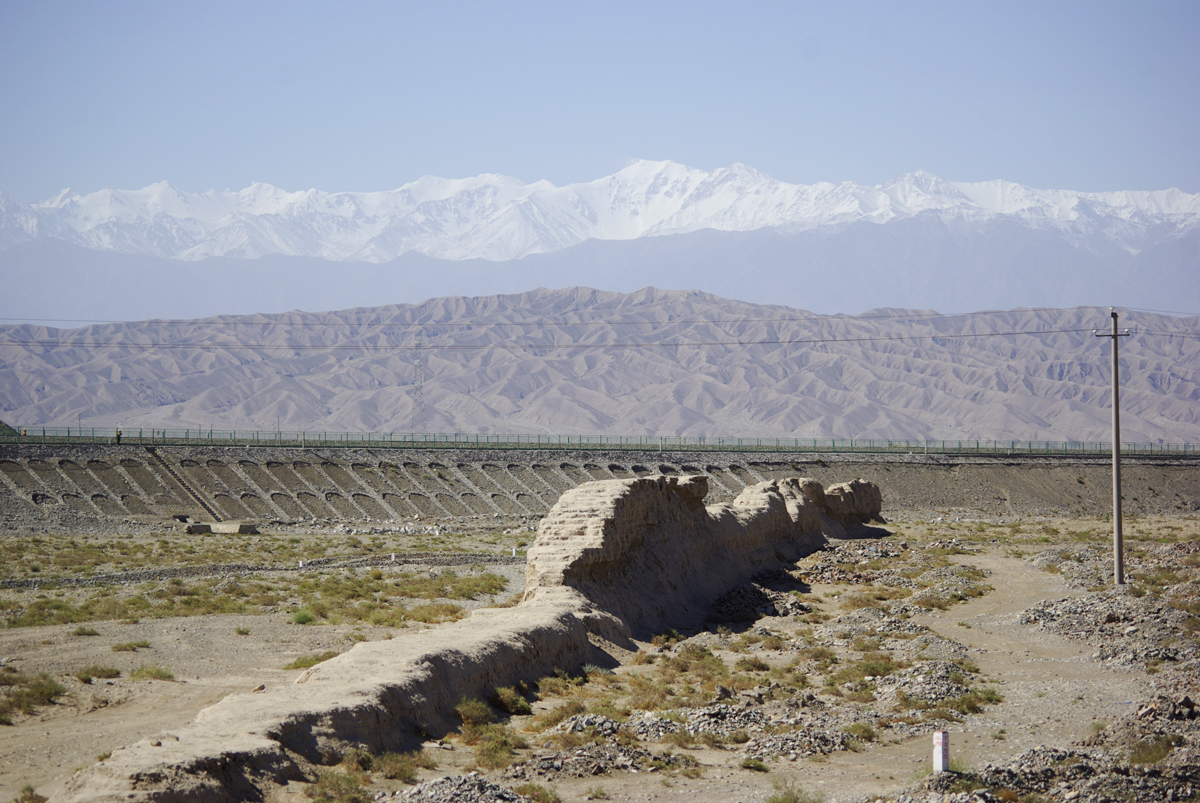
Melted snow trickling down from the nearby Qilian Mountains provided lifeblood to these oases in the desert. Where you would expect to see barren sands, flowers bloomed and grasslands flourished.
It was truly a miraculous sight to behold.
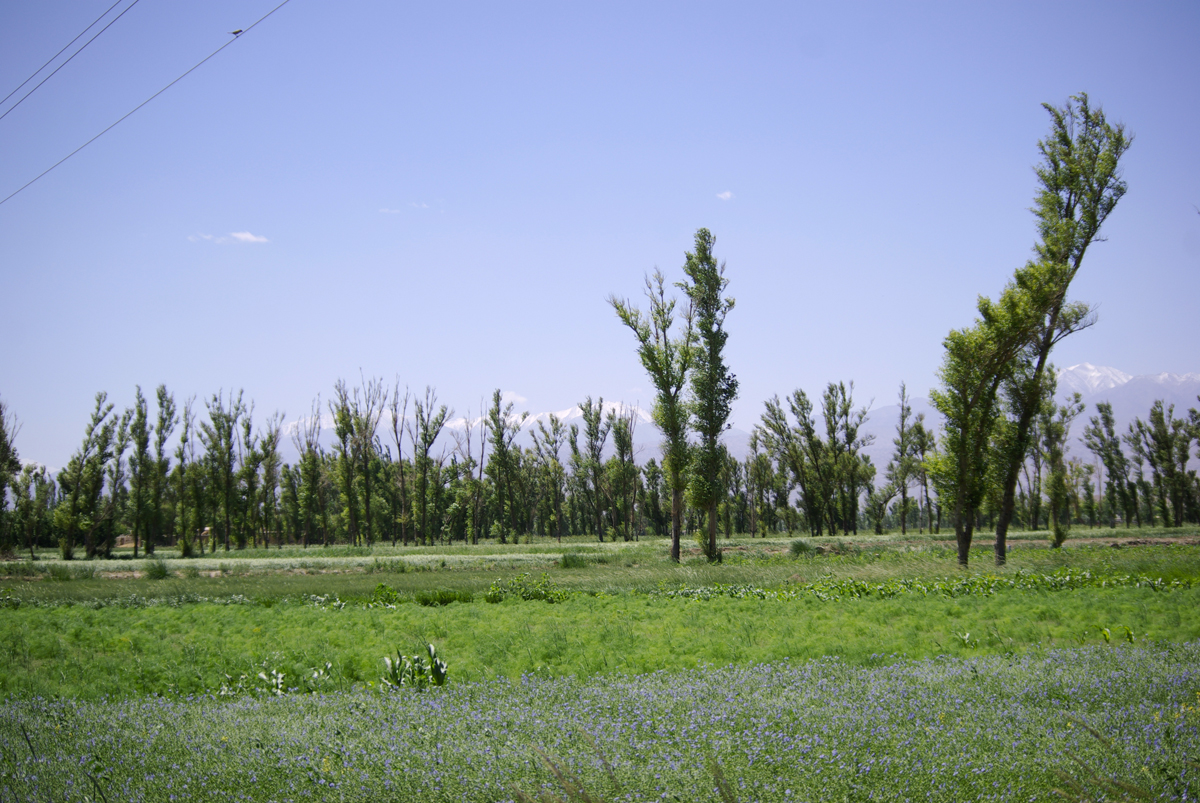
As we continued our motorcycle journey through the desert, we passed by the largest wind farm in China.
It stretches all the way from Yumen in Gansu province to Ürümqi in Xinjiang!
In a place as large and populous as China, this kind of renewable energy will never be wasted.
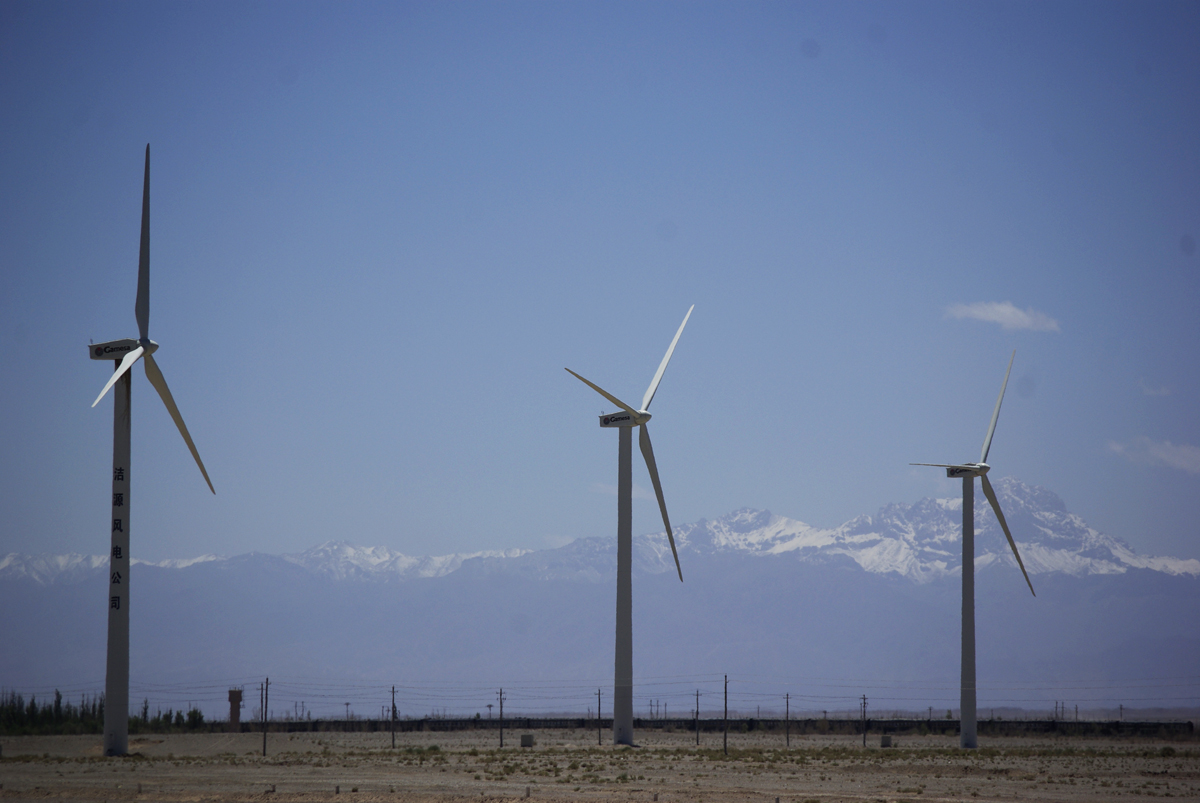
A new highway had been built that linked the entirety of Gansu province from east to west. This wide road should have been useful to locals but, because of the toll, most people chose to take a narrow road that ran alongside the highway instead.
This narrow road wasn’t even a real road, it was simply a dirt track that had been marked out by the locals! It was a very comical scene indeed: watching a few lonely cars on the highway, while traffic was backed up on the free dirt road.
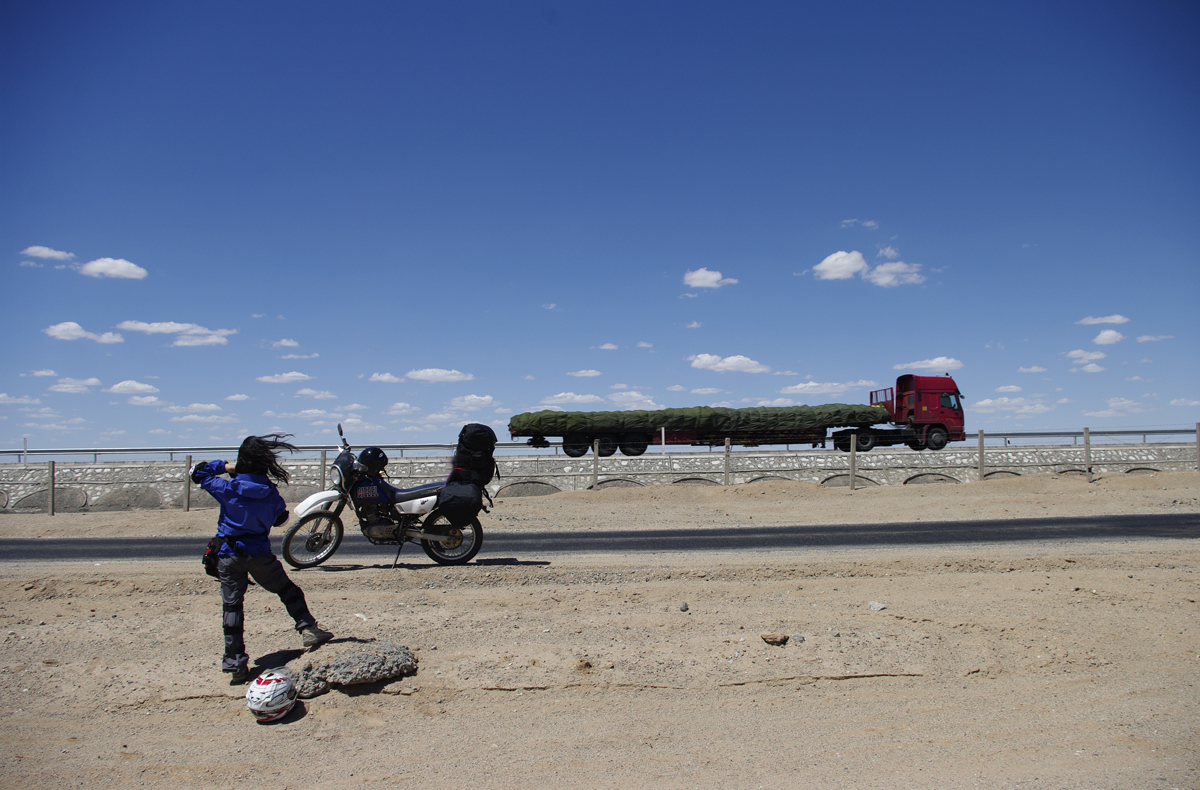
After passing through the ancient town of Guazhou in the south, we were finally heading towards Dunhuang, one of the most beautiful places in China.
We followed the road through the Gobi Desert, with only views of the barren sands and endless horizon to greet us. Occasionally we would drive by some ancient relics on the roadside.
After being preserved for so many years, it is amazing to think that these historic places have long been forgotten to time.
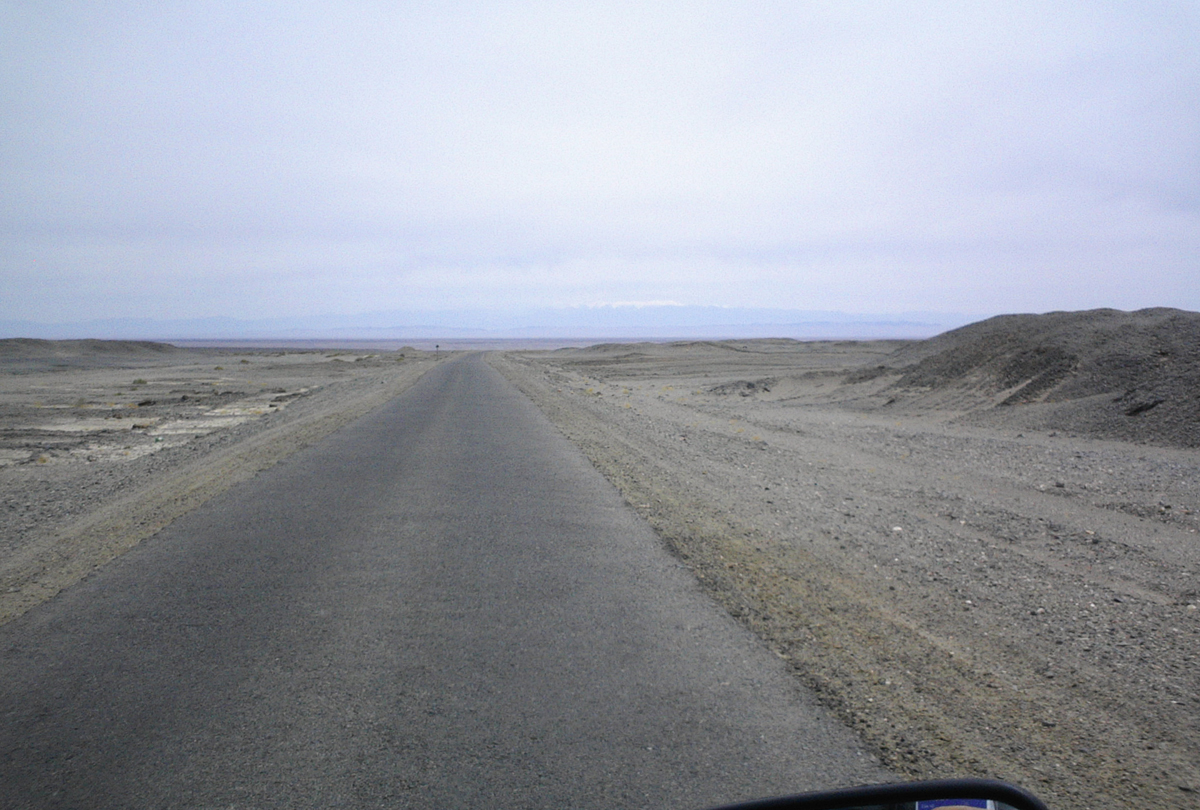
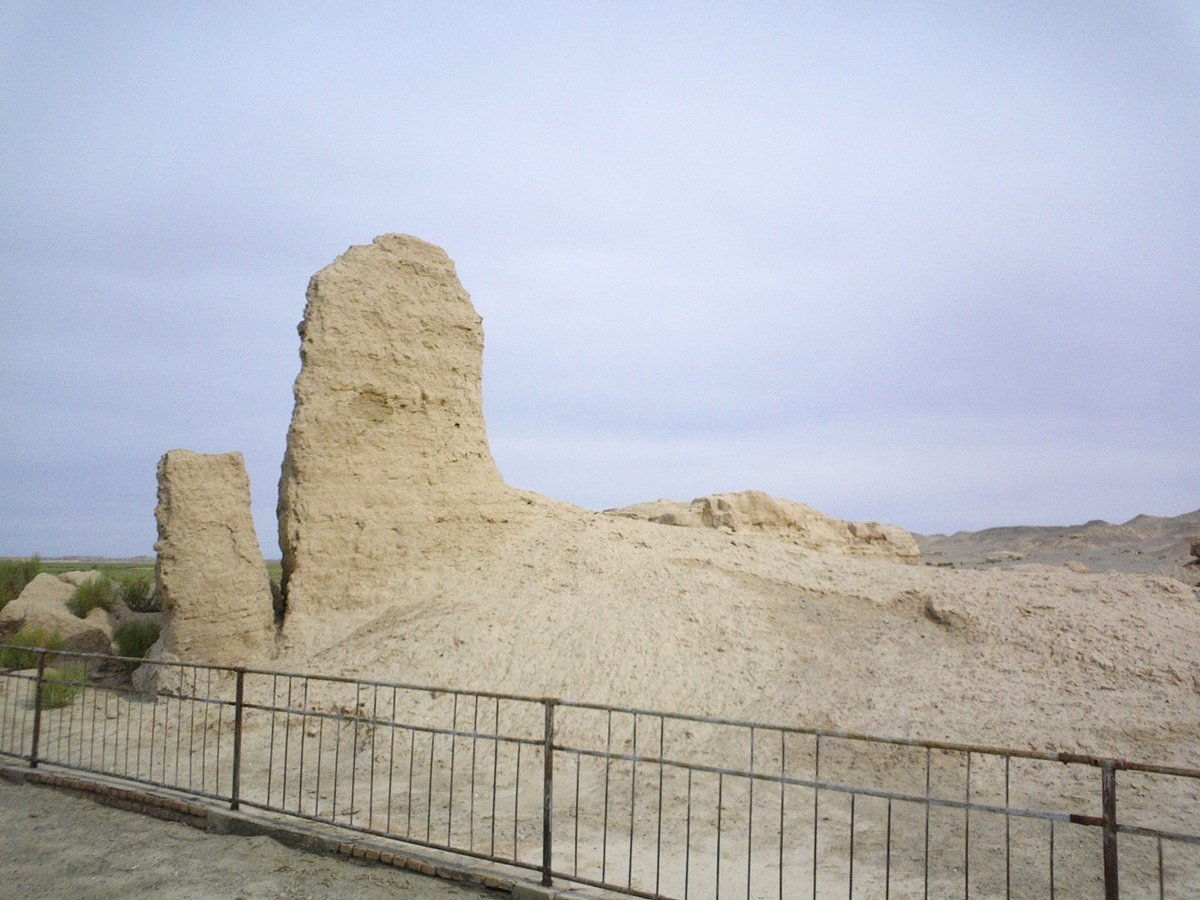
Finally we arrived in Dunhuang, which was once the most important oasis town along the ancient Silk Road.
It lies directly between the Taklamakan Desert and the Gobi Desert. It may not seem like the most ideal place to live, unless you’re a big fan of building sand castles!
Nowadays it remains the largest oasis in this otherwise barren region.
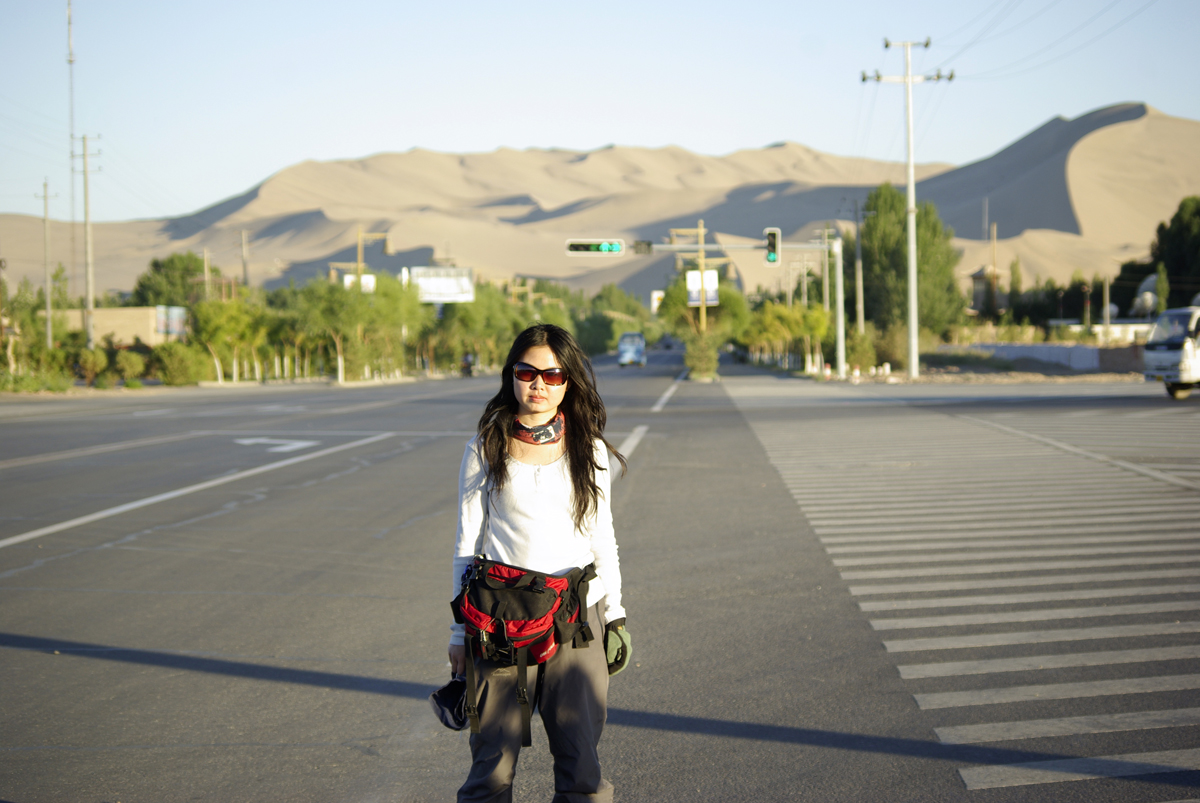
While the Mogao Caves are undoubtedly the most famous attraction in Dunhuang, Crescent Lake remains the most popular.
After all, few people have the religious and historical knowledge needed to appreciate this kind of fine Buddhist art, but everyone can enjoy the beauty of the lake! Photography is also forbidden at the Mogao Caves for fear it will damage the murals, which can be off-putting for some tourists.
At one point, the lake began to shrink, so the local government decided to try and refill it. Apparently they overdid it, which resulted in the abundant oasis you see today!
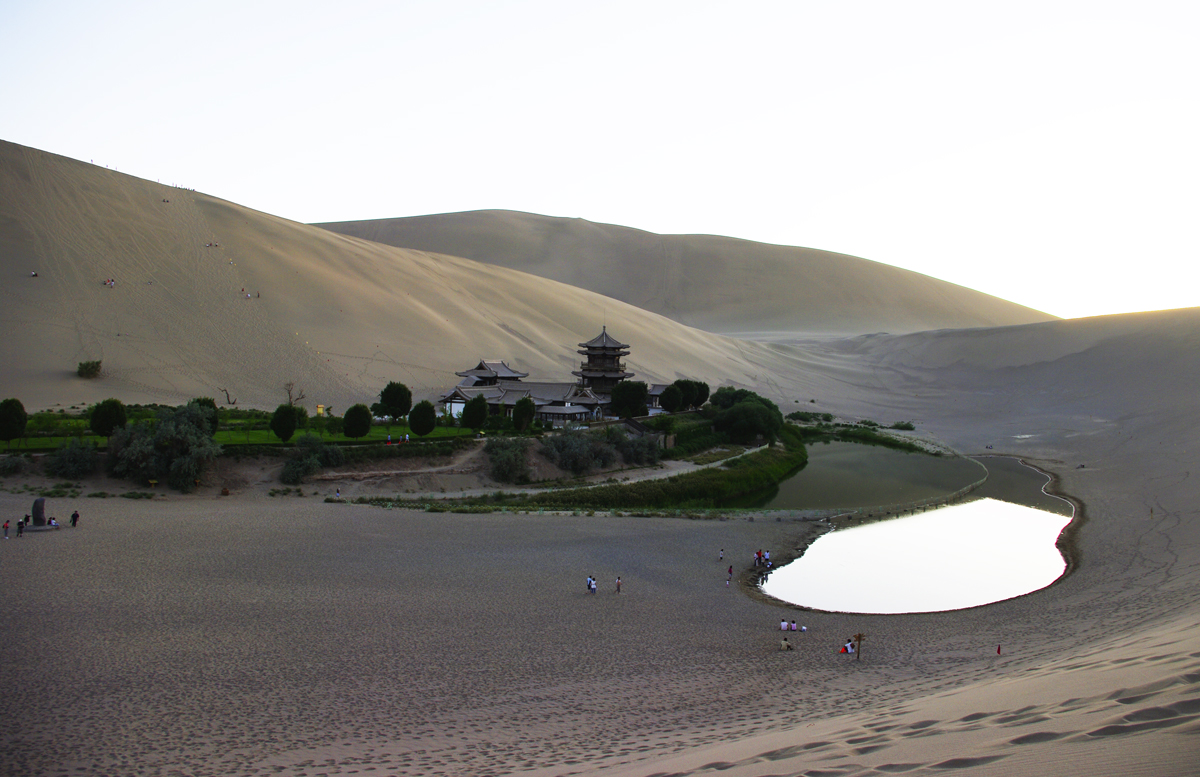
During our visit to Crescent Lake near Dunhuang, I was struck by the beauty of the surrounding sand dunes.
This place was often used as a set for various movies, since it’s much easier than filming in one of the larger deserts. They rarely filmed the lake, instead focusing on the sand dunes to recreate the feeling of wandering in the barren desert.
After all, why venture into the actual desert when you can film everything you need from the safety of a tourist attraction instead!
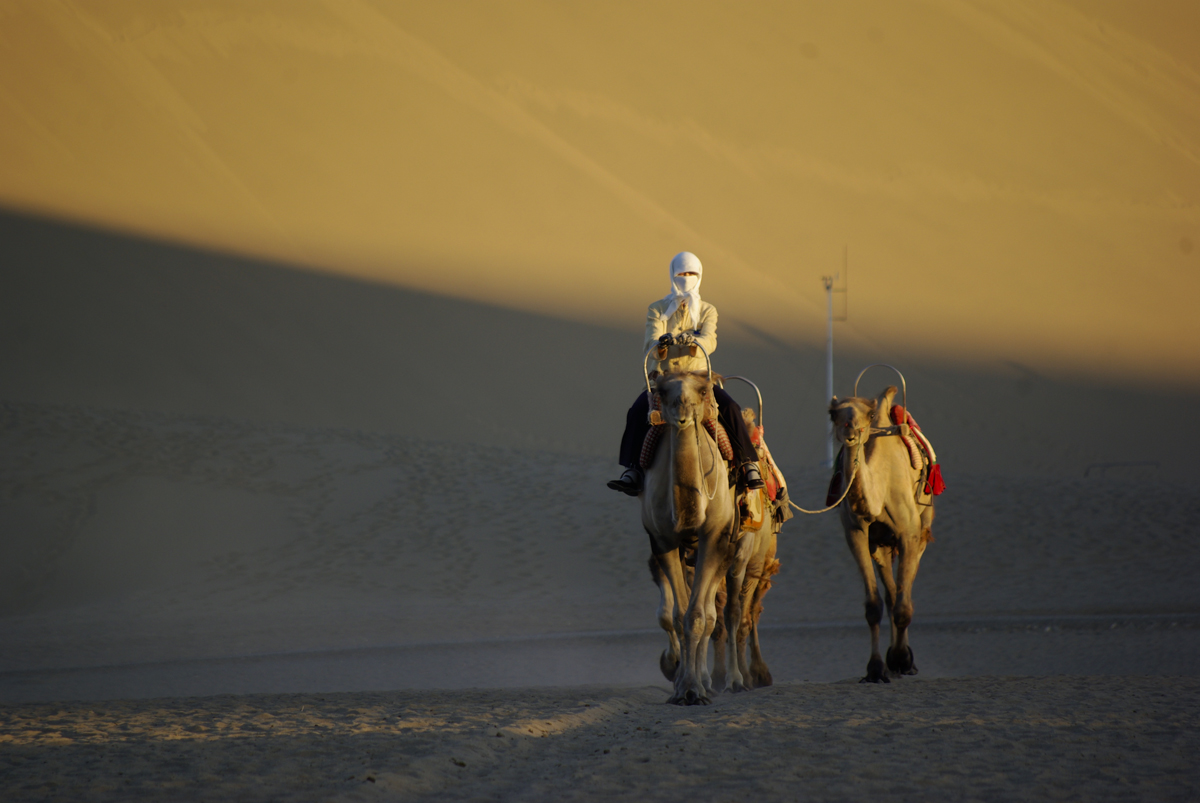
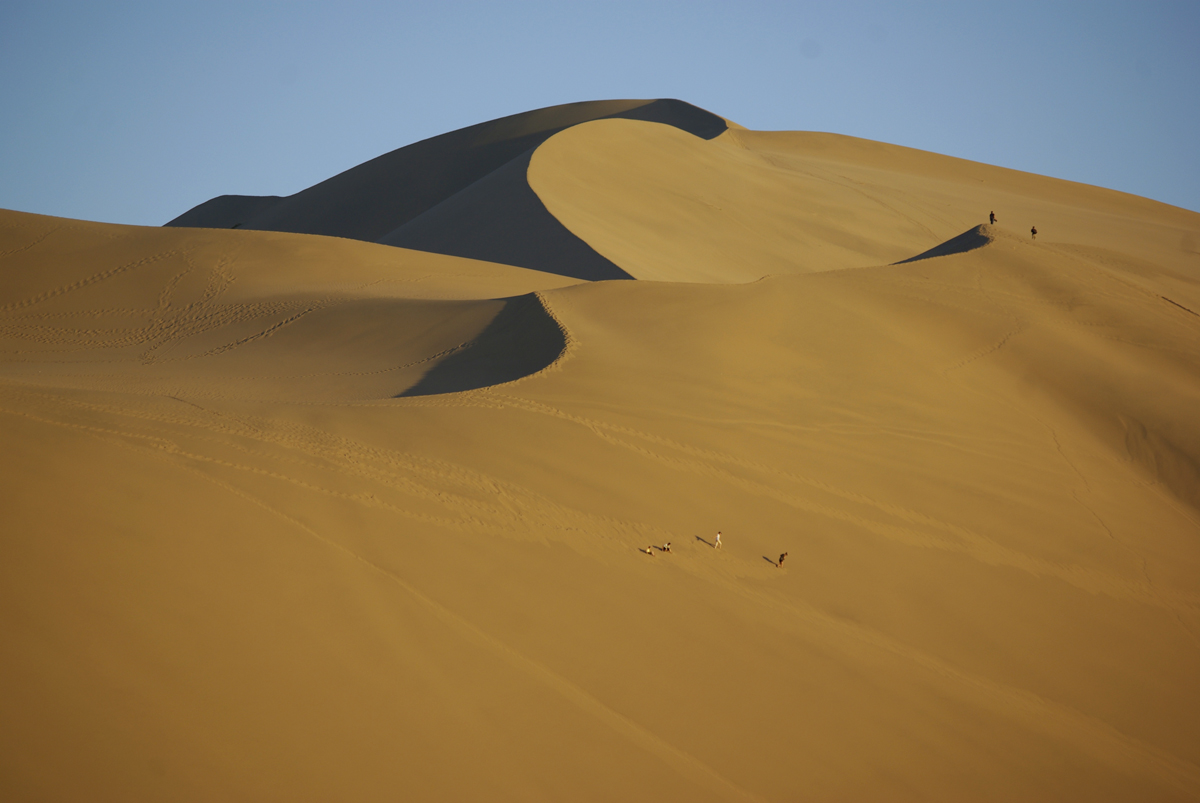
When we arrived back in Dunhuang after a day of sight-seeing, we marveled at the beauty of the clouds and the burnished orange sky.
The clouds looked uncannily like the Buddhist murals within the nearby Mogao Caves. In any other place, this would simply seem like a coincidence but, in Dunhuang, it felt like it might be an auspicious sign.
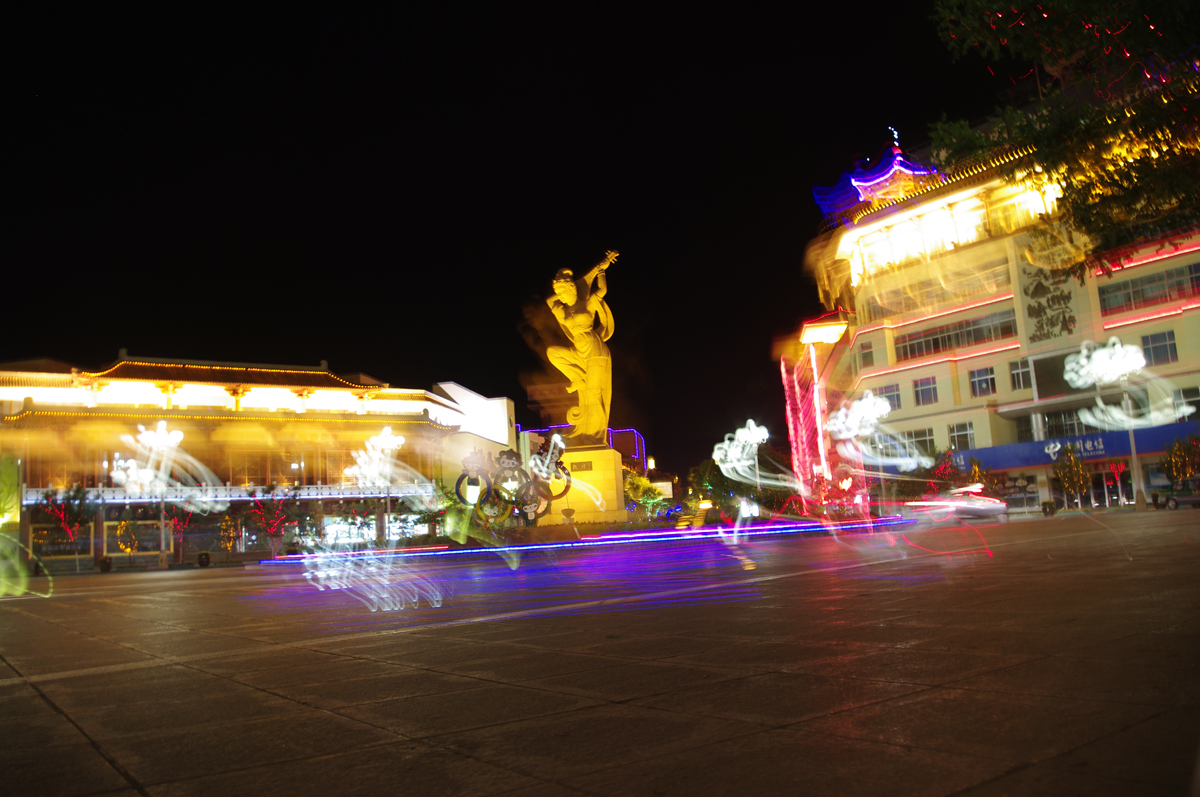
Day 12
On the 12th day of our trip, we had planned on visiting three places. The furthest of these was the Yardang Landform, which was approximately 180 kilometres (112 mi) from the city of Dunhuang.
We would be traveling for such a long distance that we had to bring petrol with us, because there would be no petrol stations along the way.
As we set off, we were filled with nervous excitement and trepidation!
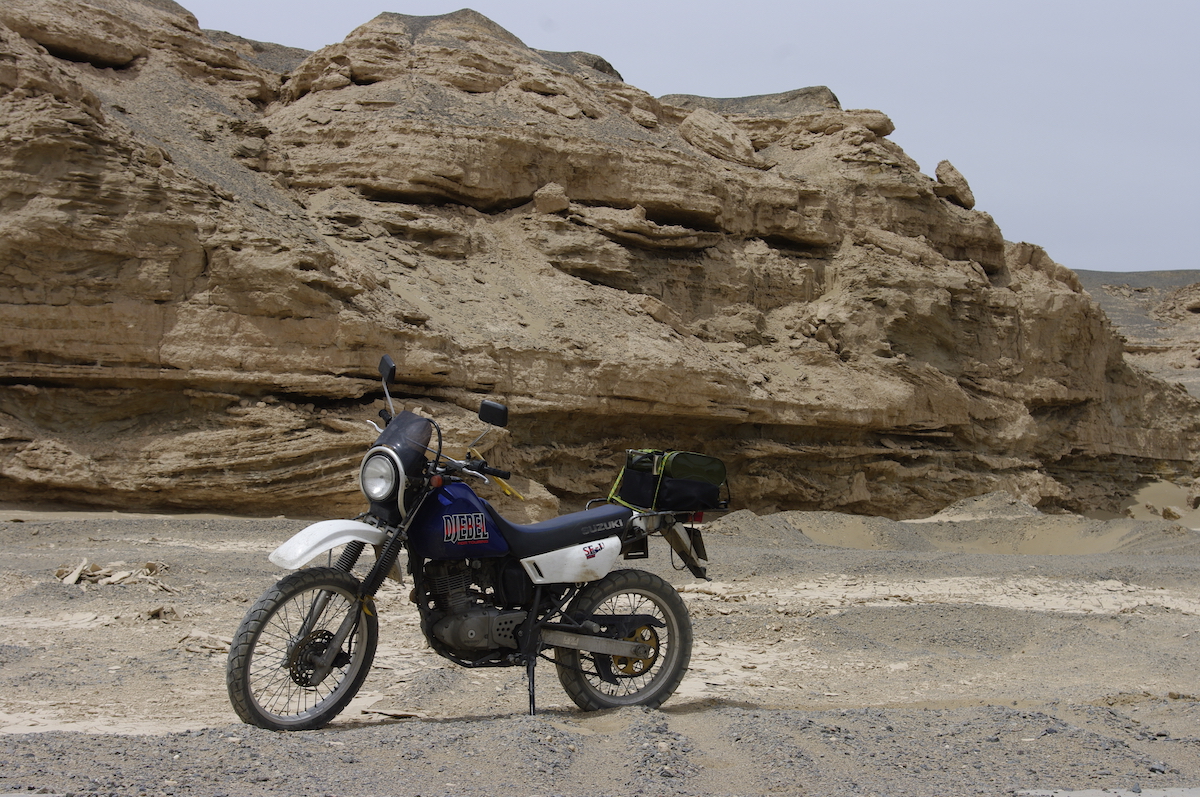
We arrived at the Yardang Landform, which was known in ancient times as the “Town of Demons”.
As travelers passed through this rocky labyrinth along the Silk Road, they would hear the wind whipping passed the strange stone formations. This produced a howling sound that supposedly resembled the screams of demons!
This Yardang area is part of Lop Nur, one of the most mysterious places in China.
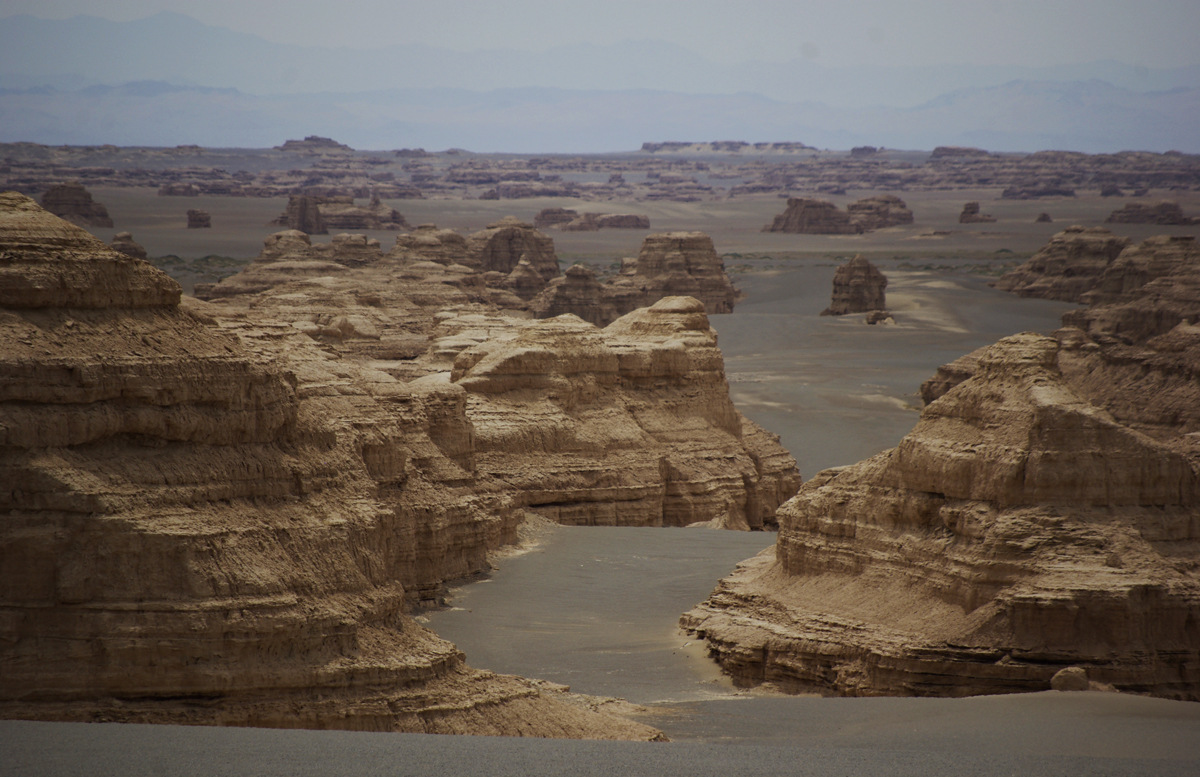
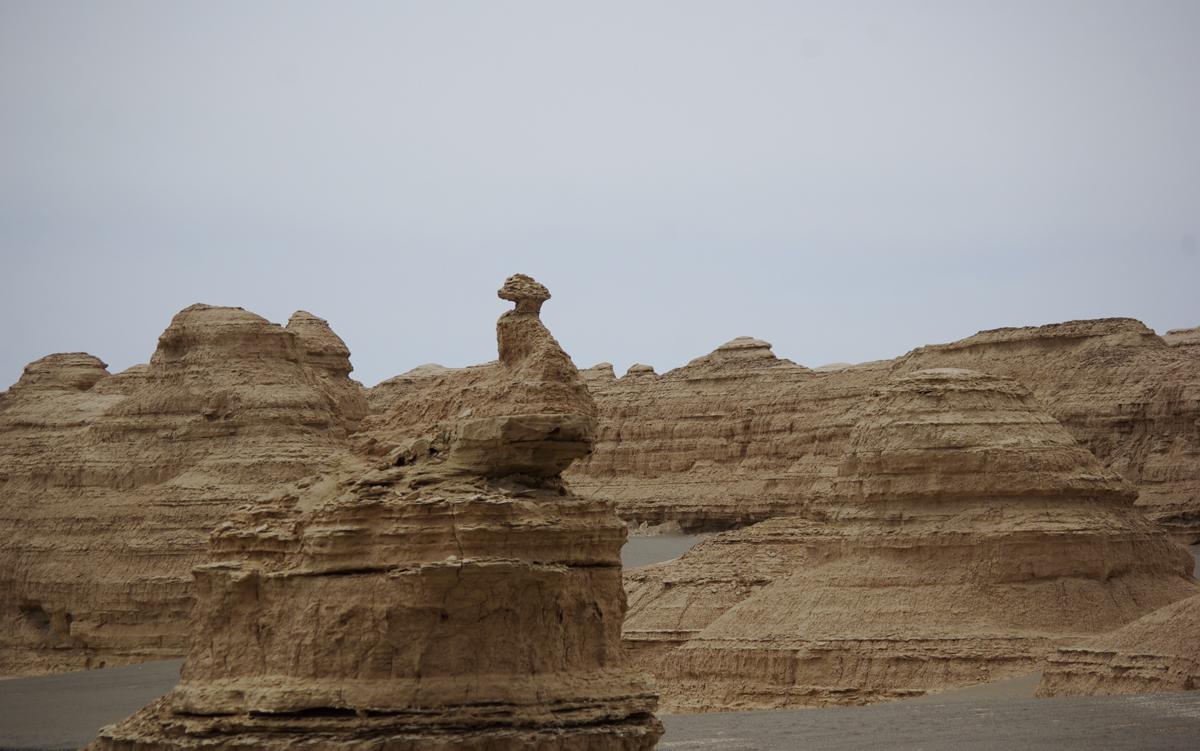
After a harrowing journey through the desert, we finally arrived at the Yumen or Jade Pass along the Great Wall.
Over 1,000 years ago, there was a poet who wrote about this place: “Don’t complain that the willows do not thrive there; you should know that spring never comes to the Yumen Pass”.
The Yumen Pass represented the gateway to a mysterious world, beyond which multiple different countries and ethnicities lay.
It was a place that ancient people both feared and revered. The desert stretched out before it, swallowing countless civilisations that had dared to make such a barren place their home.
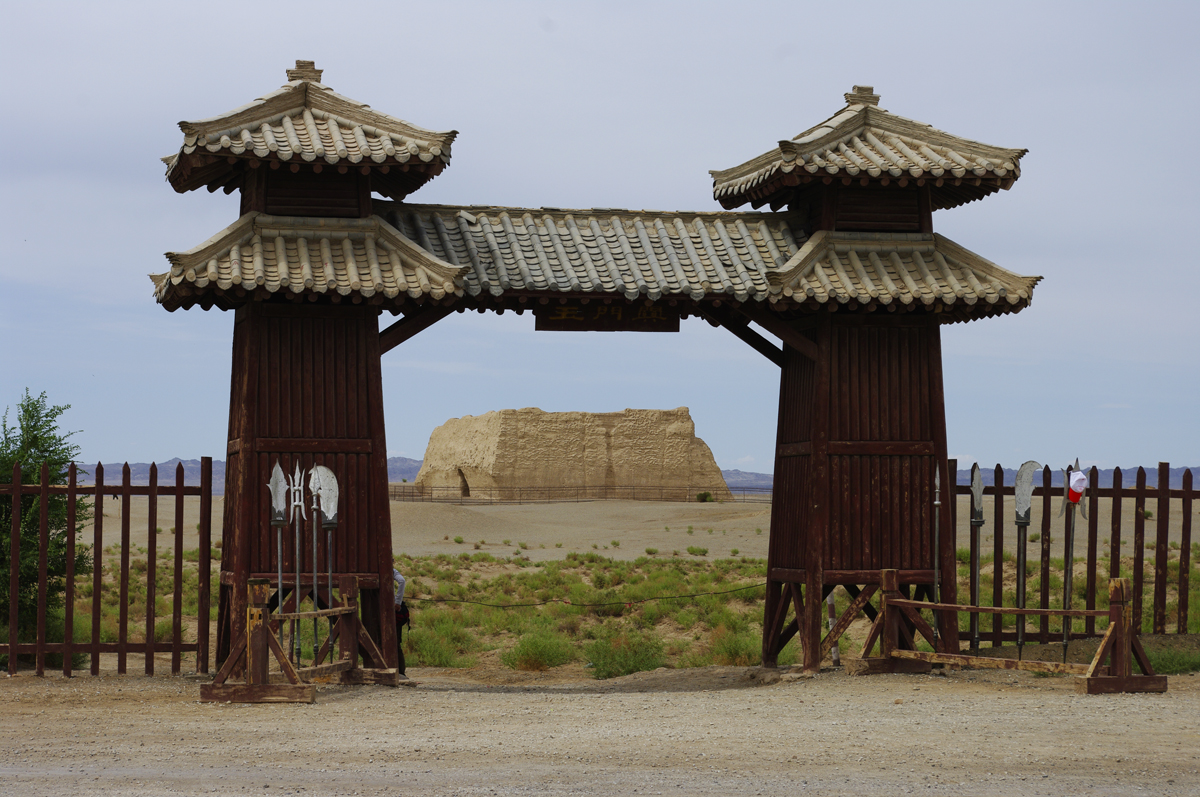
Just 10 kilometres (6 mi) from the Yumen Pass, we visited the ancient relics of Hecang. This town was originally built during the Han Dynasty, over 2,000 years ago! It was an important storehouse for food and military equipment along China’s western frontier.
There were no other tourists here, so we spent a long time enjoying the peace and quiet. It felt as though we were walking back in time.
As with so many historic places, the Kumtag Desert had laid claim to this once prosperous town.
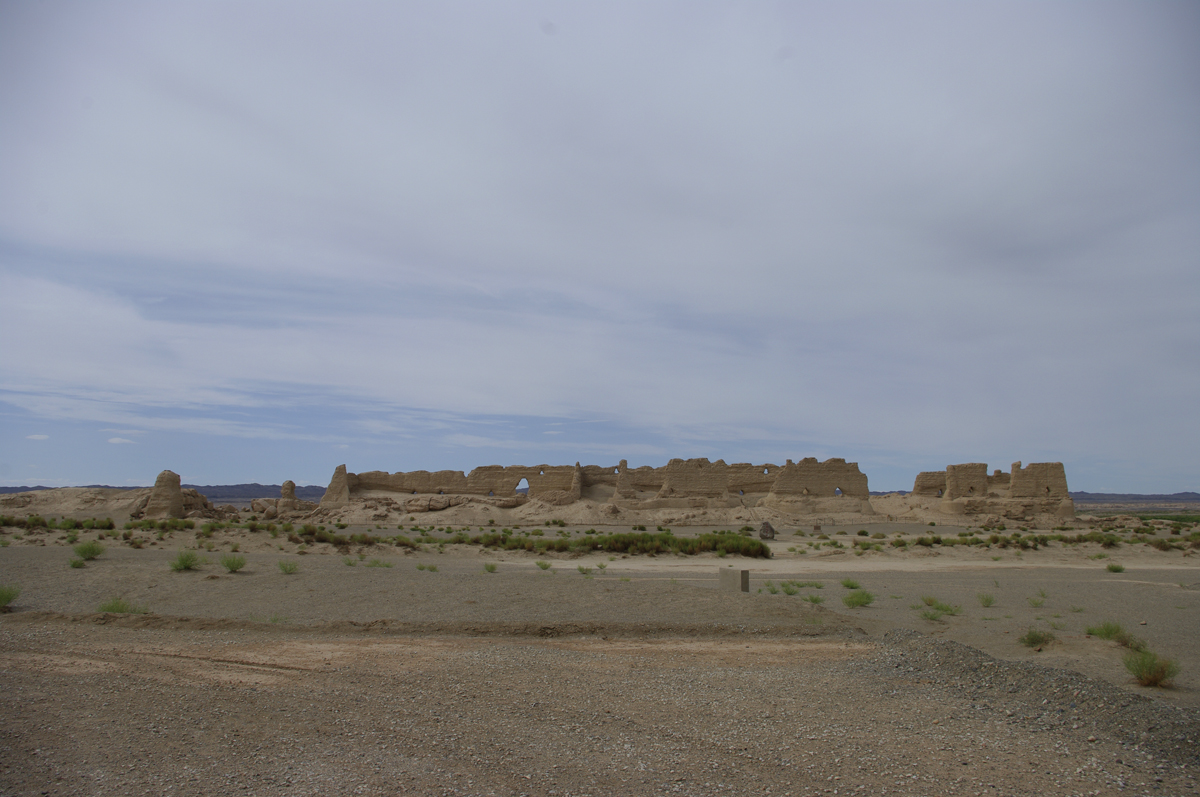
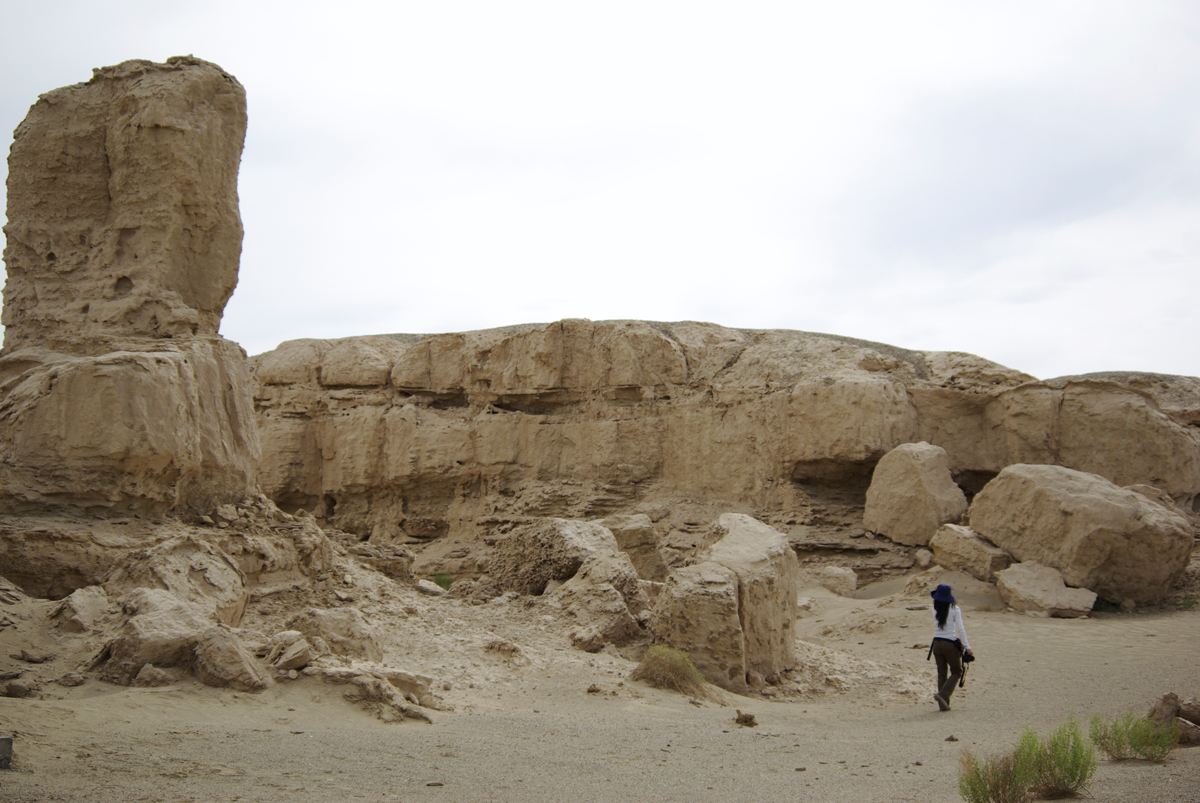
Our final mission in the city of Dunhuang was to find the most popular restaurant so that we could sample the most famous local dish: cold noodles with donkey meat.
We asked for help from the gatekeeper at our hotel. He sent us down a labyrinthine series of alleyways, with many twists and turns, but we finally made it!
It was a small restaurant on a street full of suspicious looking “massage parlours”. As we ate, we questioned exactly what had tempted the gatekeeper down these winding lanes in the first place!
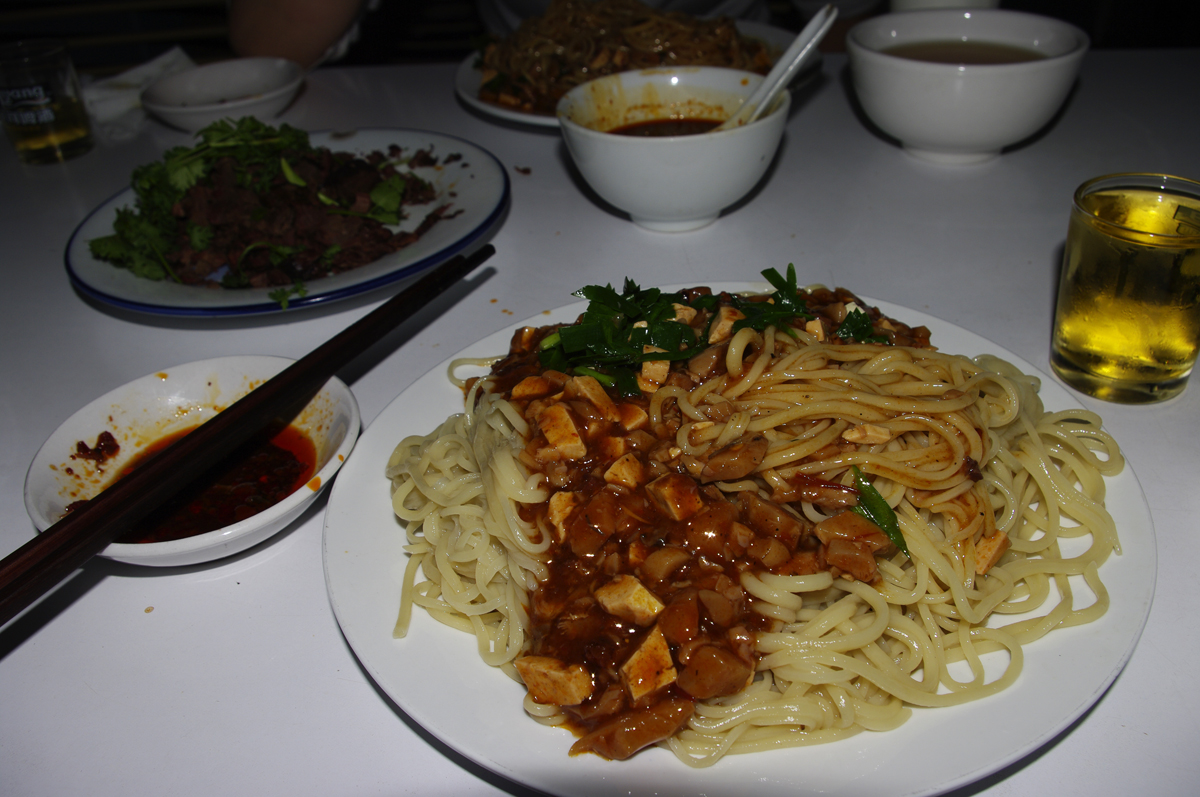
Day 13
We left Dunhuang and followed the road into the Gobi Desert.
The first town we came to was at a junction between the highway and the road into the desert. This was when we were met with a pleasant surprise!
The town was serving as a checkpoint for the ongoing Orient Rally, so we decided to stop and spent nearly the whole day in the audience!
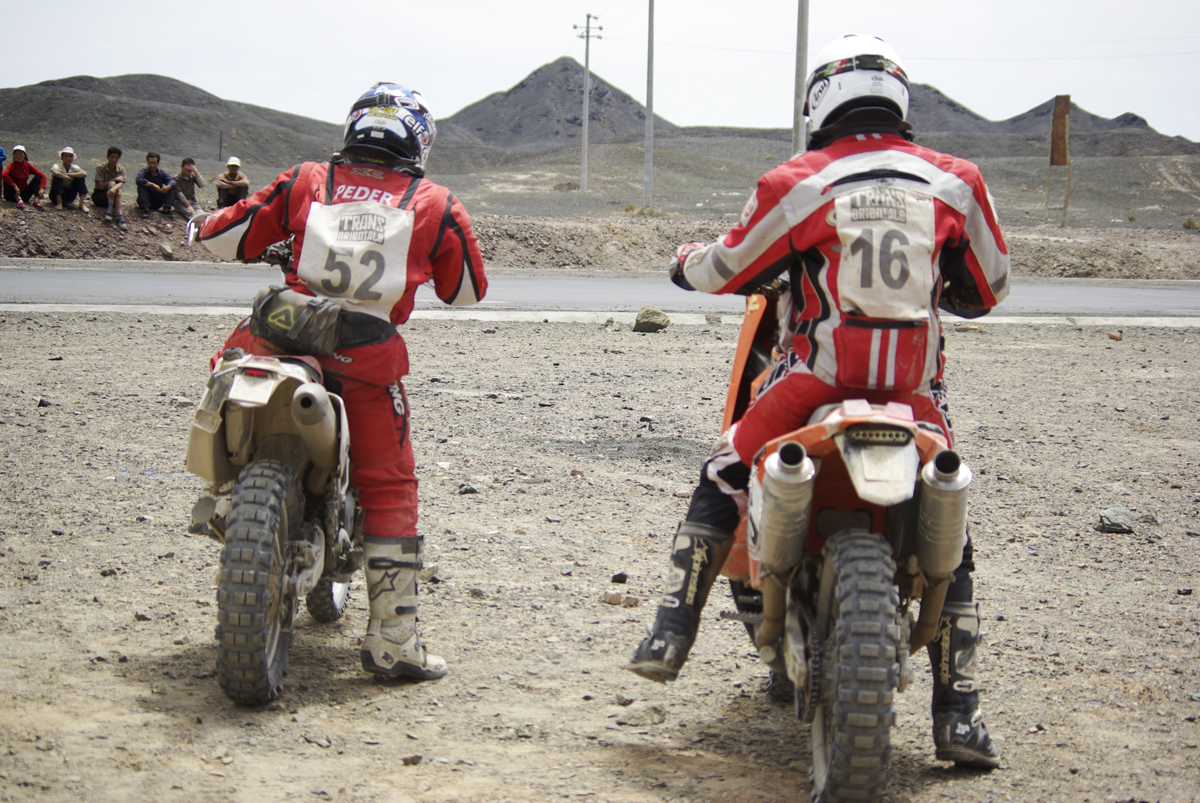
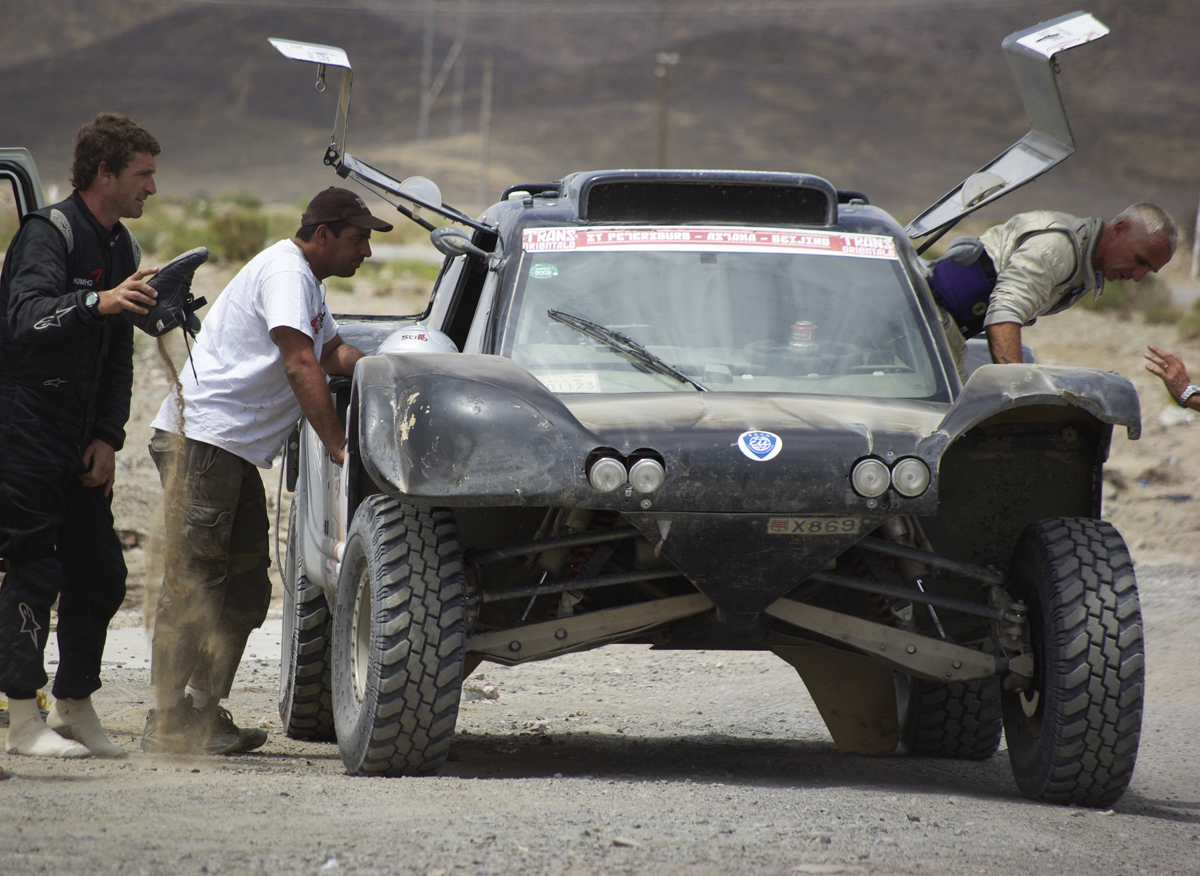
As we watched the Orient Rally, there was yet another exciting development.
Alongside this motorcycle race, there was also a cycling troop that had come all the way from Paris! What a strange sight to see in the Gobi Desert!
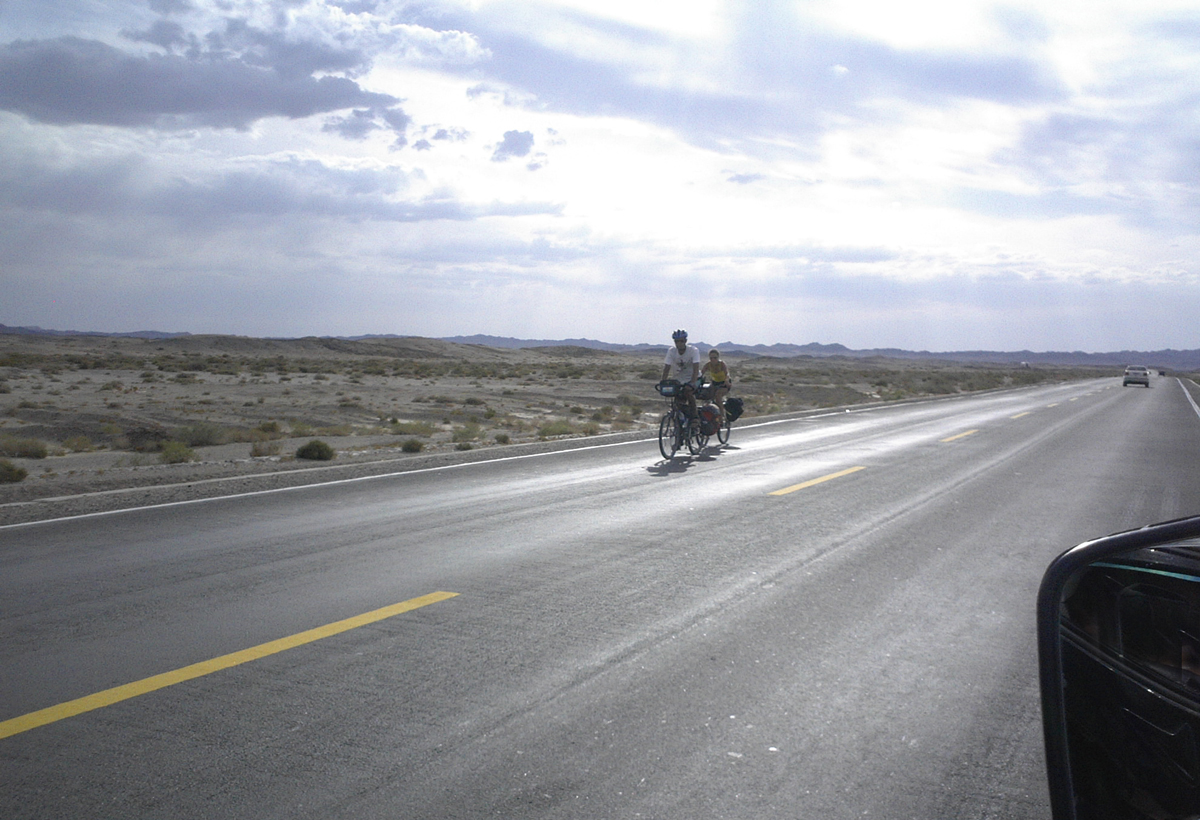
After a harrowing journey through the Gobi Desert, we finally arrived at the border into Xinjiang.
Many highways in China will charge a toll, but there is also a toll for entering different regions or provinces within the country. This gate is a typical example of a toll booth when entering a new region or province.
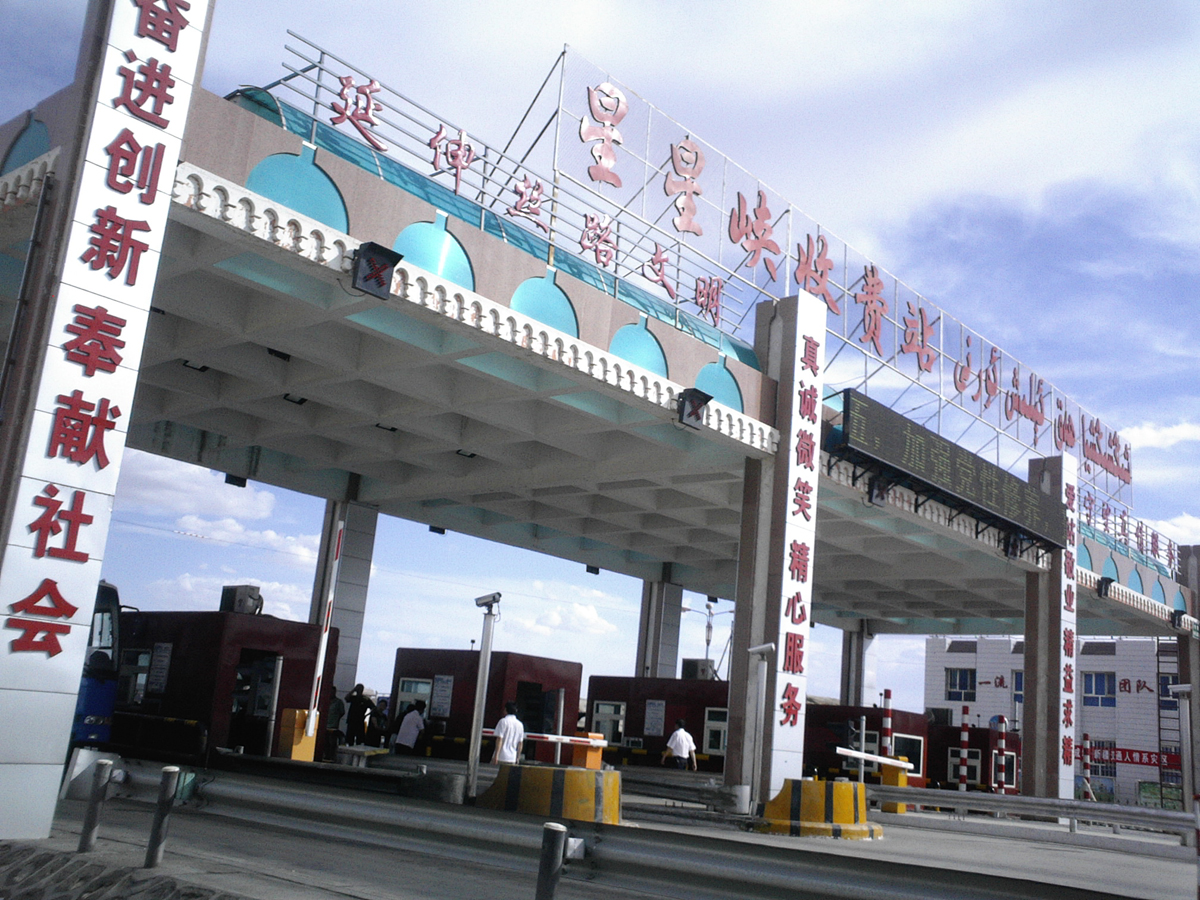
In China, National Road No. 312 begins in Shanghai and ends in the city of Khorgas, Xinjiang. This makes it 4,967 kilometres (3,086 mi) long!
The point where I’m standing in the photograph means I am exactly 3,456 kilometres (2,147 mi) from Shanghai, the most modern city in China. You can’t get much further away from civilisation than that!
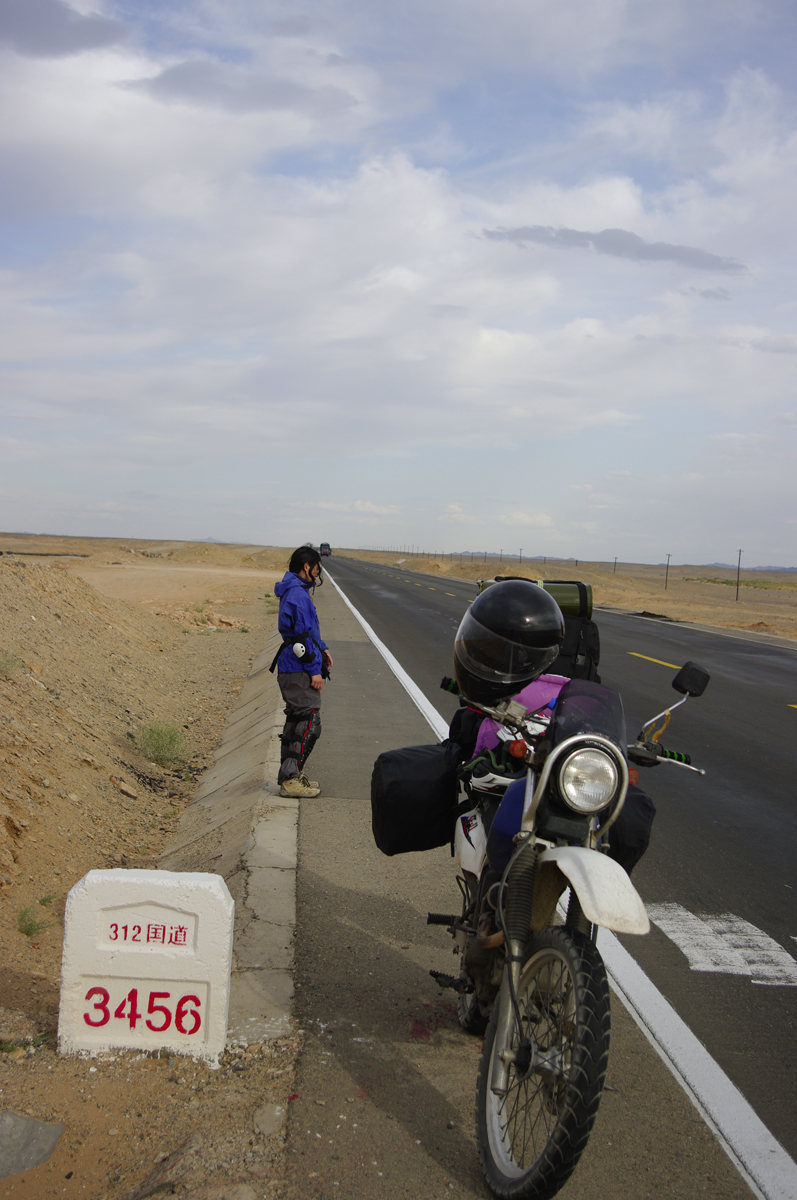
Beneath the pinkish glow of the sunset on the 13th day of our adventure, I attempted to be both a photographer and a model!
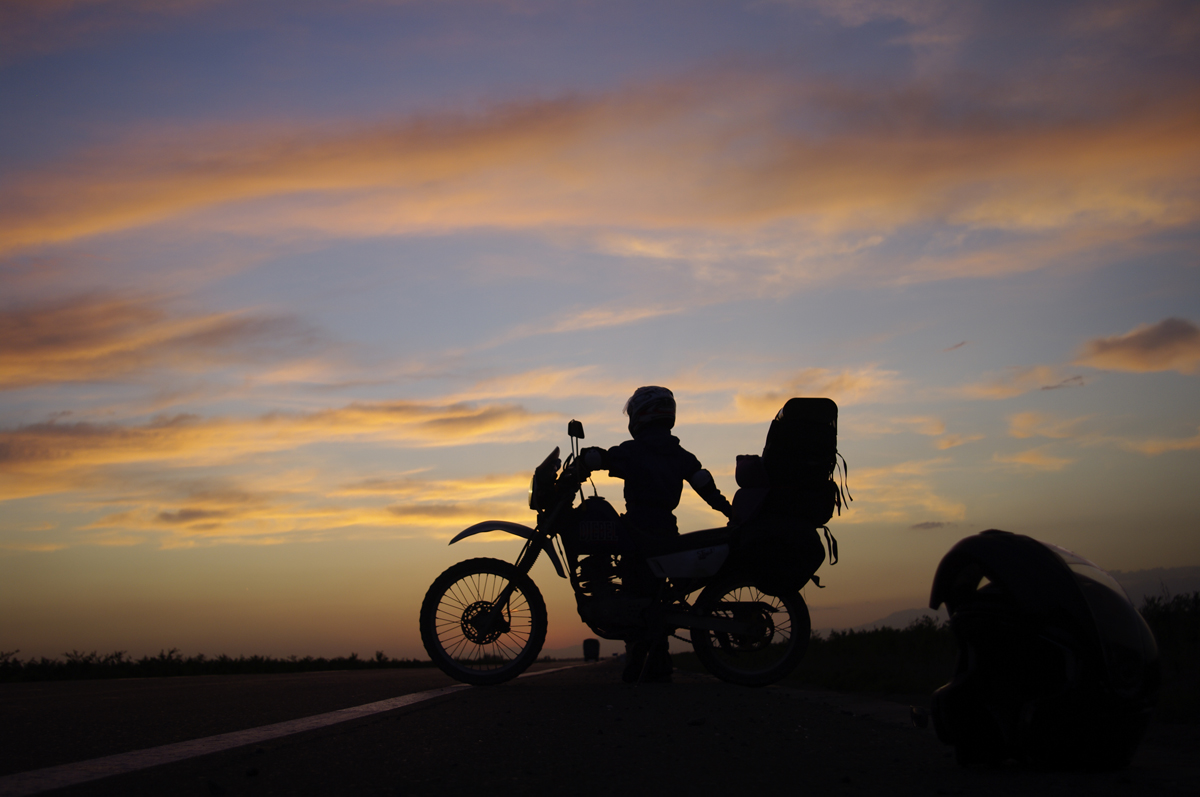
Day 14
On the night of the 13th day, we stayed in Hami, which is one of the largest cities in Xinjiang and was once an important oasis town along the ancient Silk Road.
As we traveled westwards from Hami, we arrived at the arid Turpan Depression, where the highest temperature ever recorded was 49.6°C (121.3°F)!
During the summer, the daily temperature typically exceeds 38°C (100°F), so we set off very early in order to avoid the baking midday sun.
As you can see from our photos, the barren hills reflect the sunlight very well, which only helps to increase the air temperature!
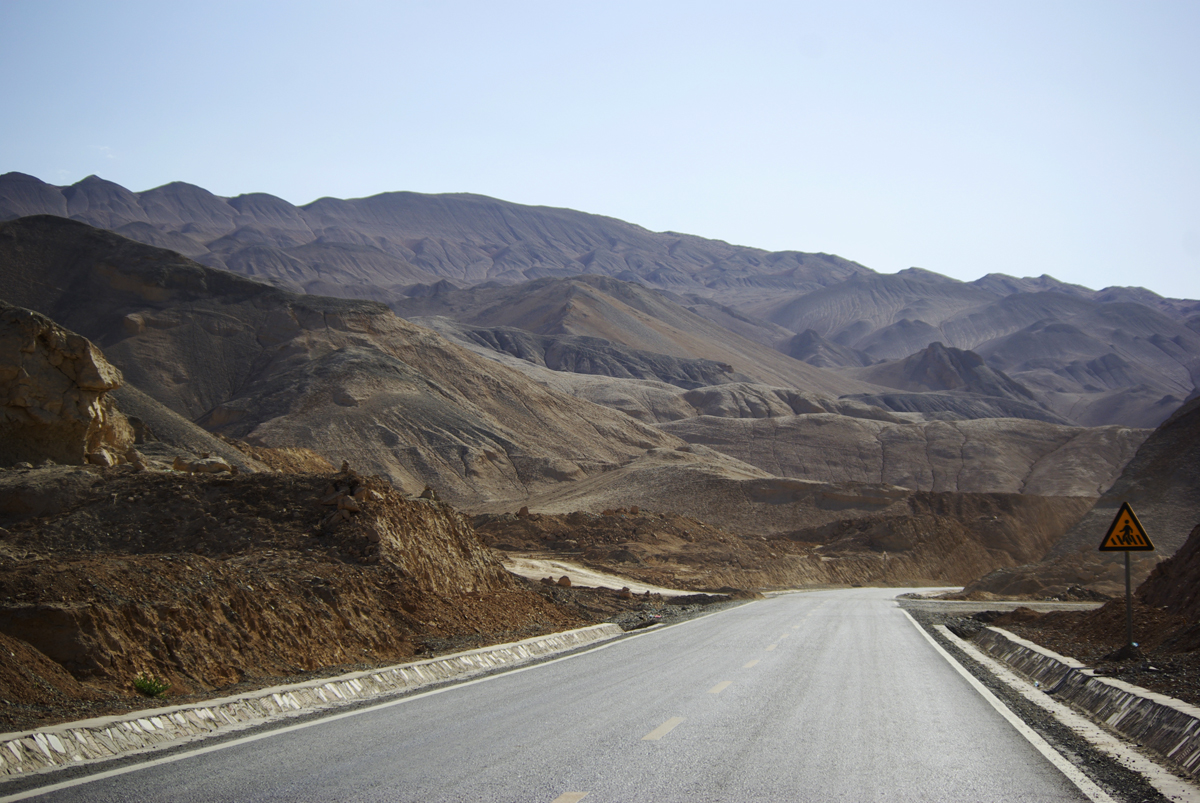
After a long drive, we decided to stop in a small town named Shanshan for lunch. It felt like the longest lunch of my entire life!
The kind owner of the small restaurant offered us a special VIP room so that we could eat and rest. He suggested we stay until 3pm, as the midday heat would making traveling unbearable.
To be honest, it was still awfully hot at 3pm, but we had to move, because we felt so guilty for hanging around just to use the air-conditioner!
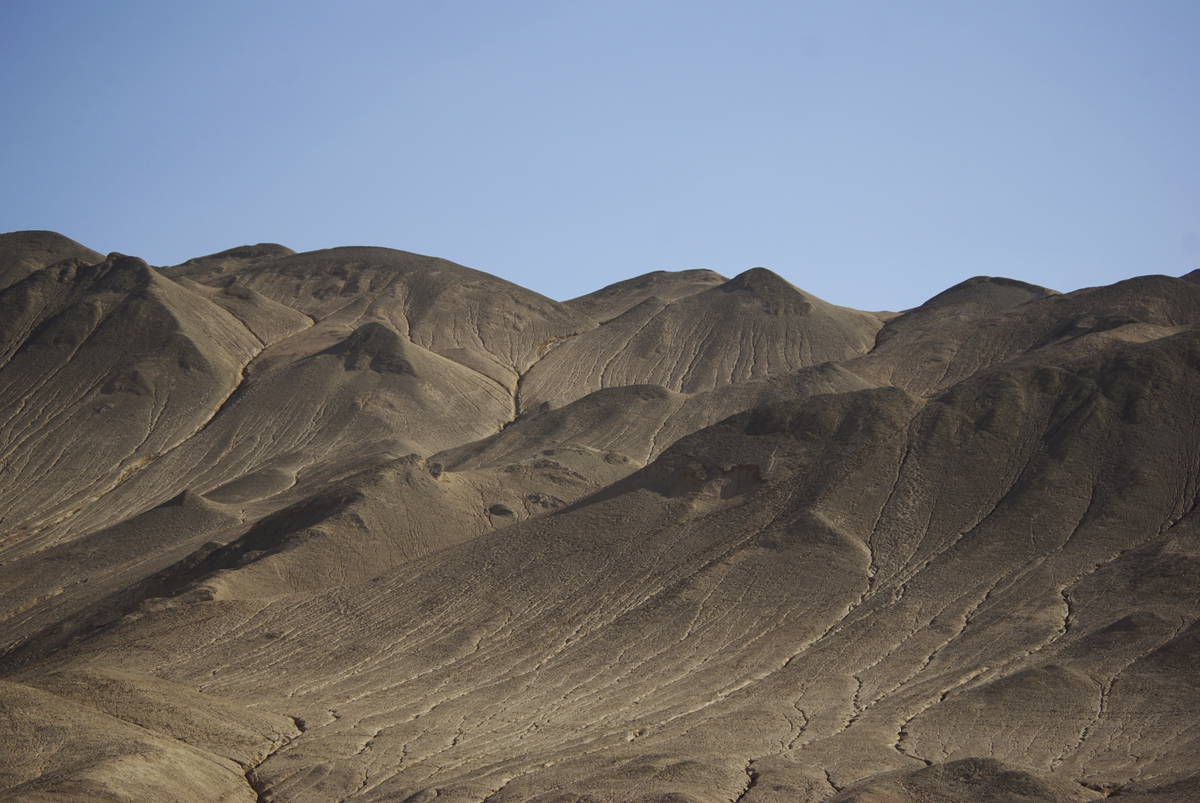
Throughout history, the wisdom of mankind is what has always helped us triumph and adapt to our surroundings.
By using specialist Qanat technology, ancient people were able to create an oasis inth e Turpan Depression over 2,000 years ago. Nowadays this place is home to the most famous vineyard in China, but these grapes aren’t used for making wine!
The arid and hot climate means it’s the ideal place for making delicious raisins. In the photo below, you can see the small “rooms” where the grapes are dried.
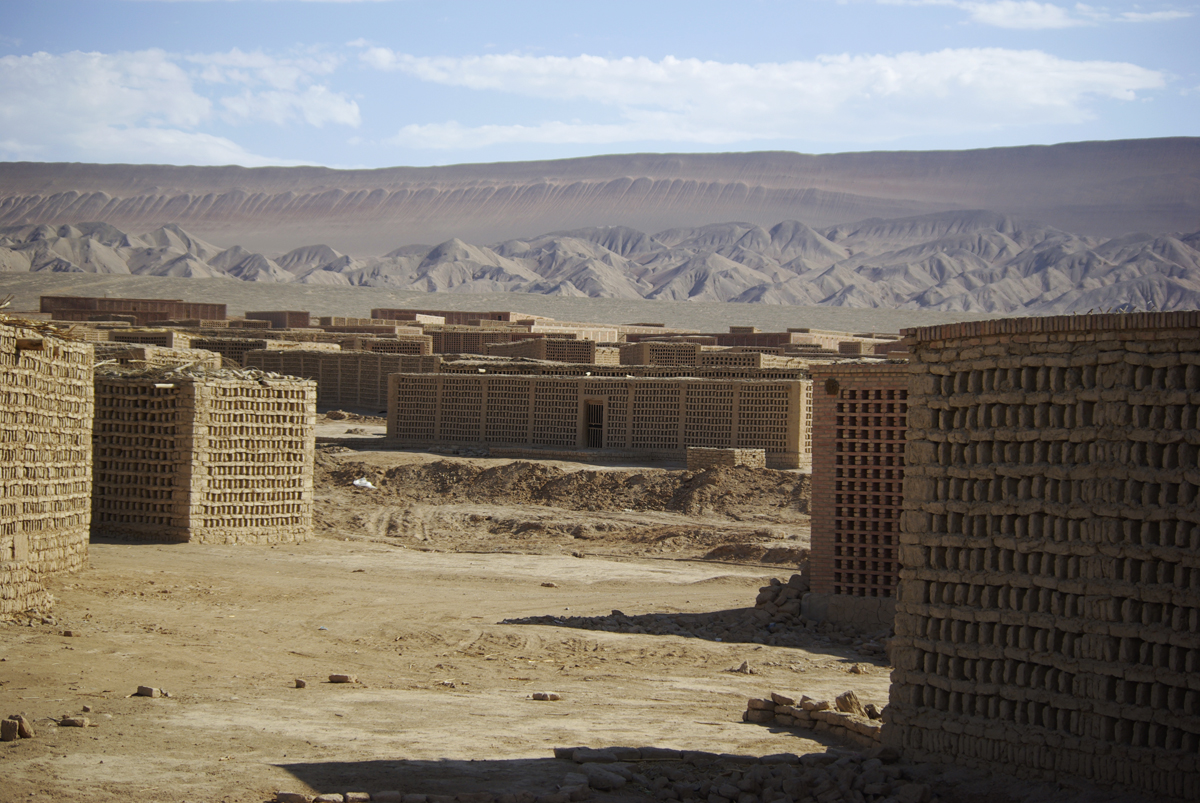
As we entered the unbearably hot Turpan Depression, we were shocked to see a family enjoying a picnic on the side of a sand dune. Without any form of cover, they were directly beneath the baking heat of the sun.
Perhaps they just wanted to get a really good tan!
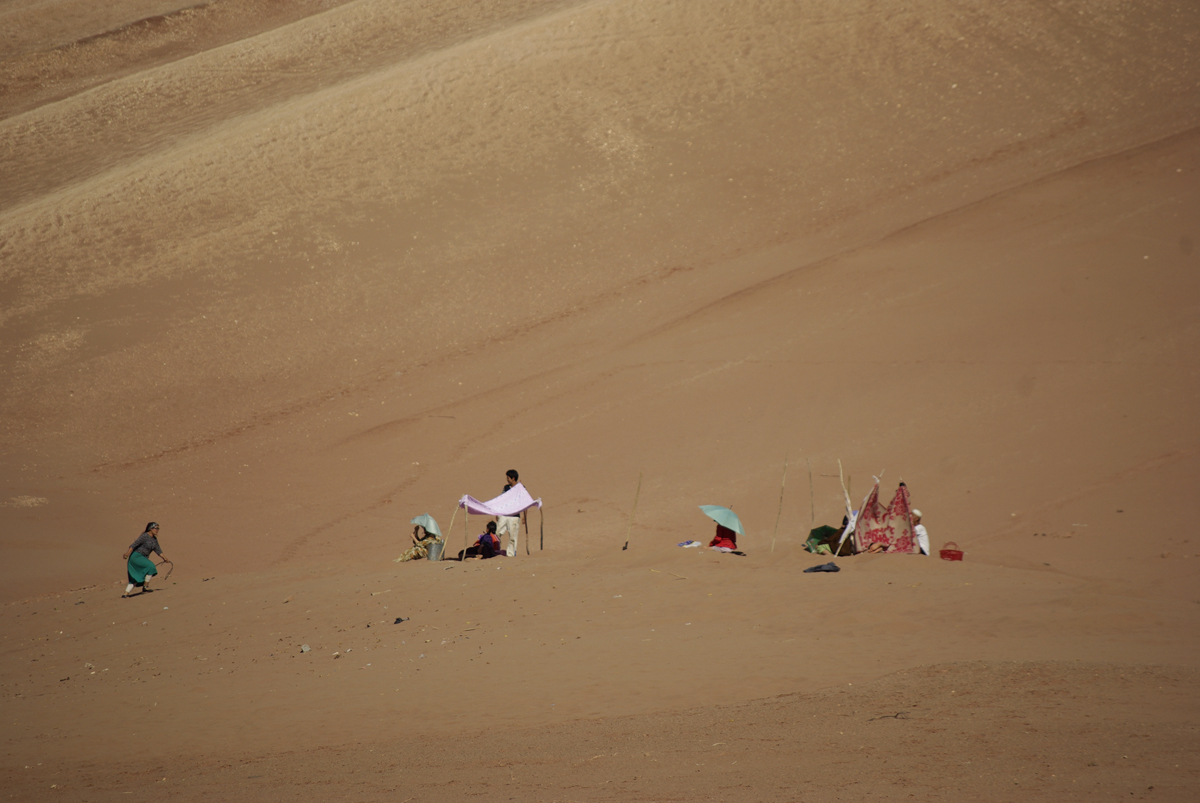
As we approached the Flaming Mountains, the colour of the earth turned to a burnished red hue. It looked as though the baking sun had truly scorched the landscape!
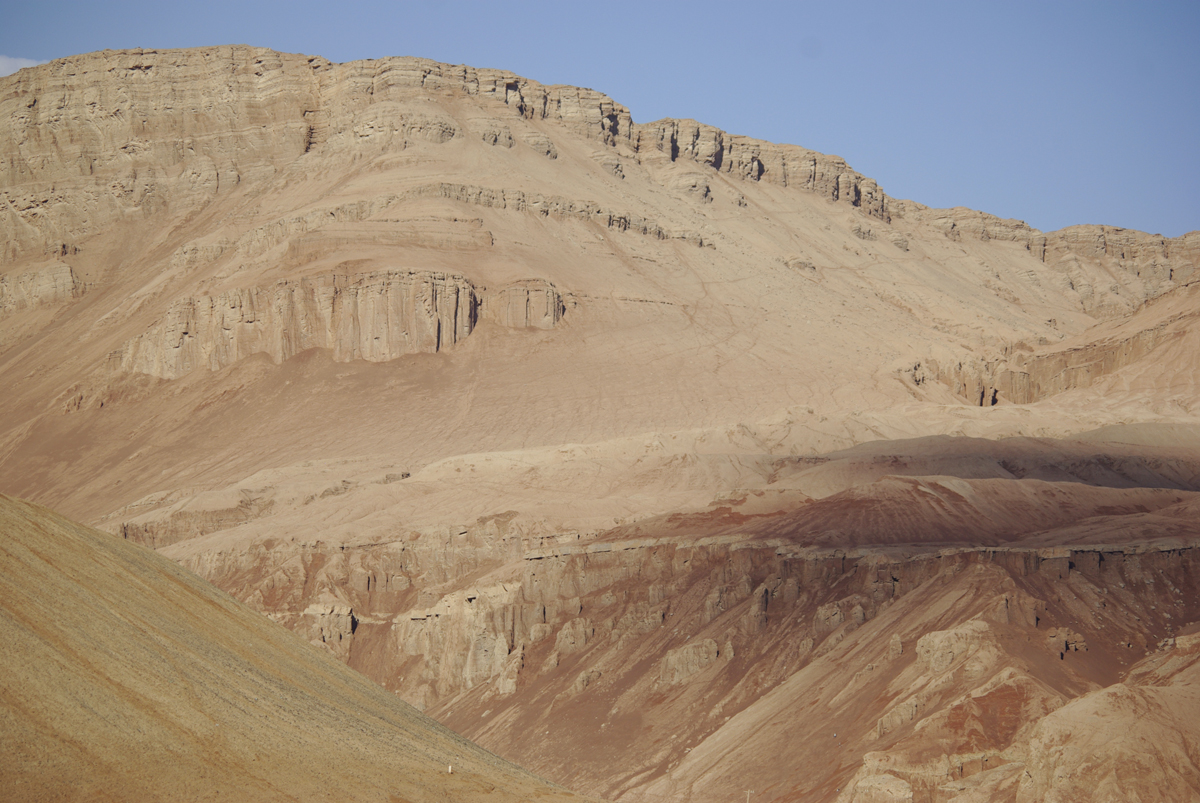
According to the famous Chinese classic novel “Journey to the West,” the Flaming Mountains were created when Sun Wukong, the legendary Monkey King, kicked over a magical kiln belonging to a Taoist deity.
The fiery embers fell from the heavens to earth and, where they landed, an impassable range of flaming mountains was formed.
500 years later, the Monkey King would be confronted with his handiwork head-on when he reached the mountains with the Buddhist monk Xuanzang, who he was charged to protect. He soon realised that there was no way they could get past the flames.
He managed to procure an enchanted fan from Princess Iron Fan, wife of the Ox Demon King, and waved it 49 times in order to summon heavy rains that extinguished the fire. Though the blazing fire no longer remains, the burnished red bedrock serves as a reminder of what the mountains once were.
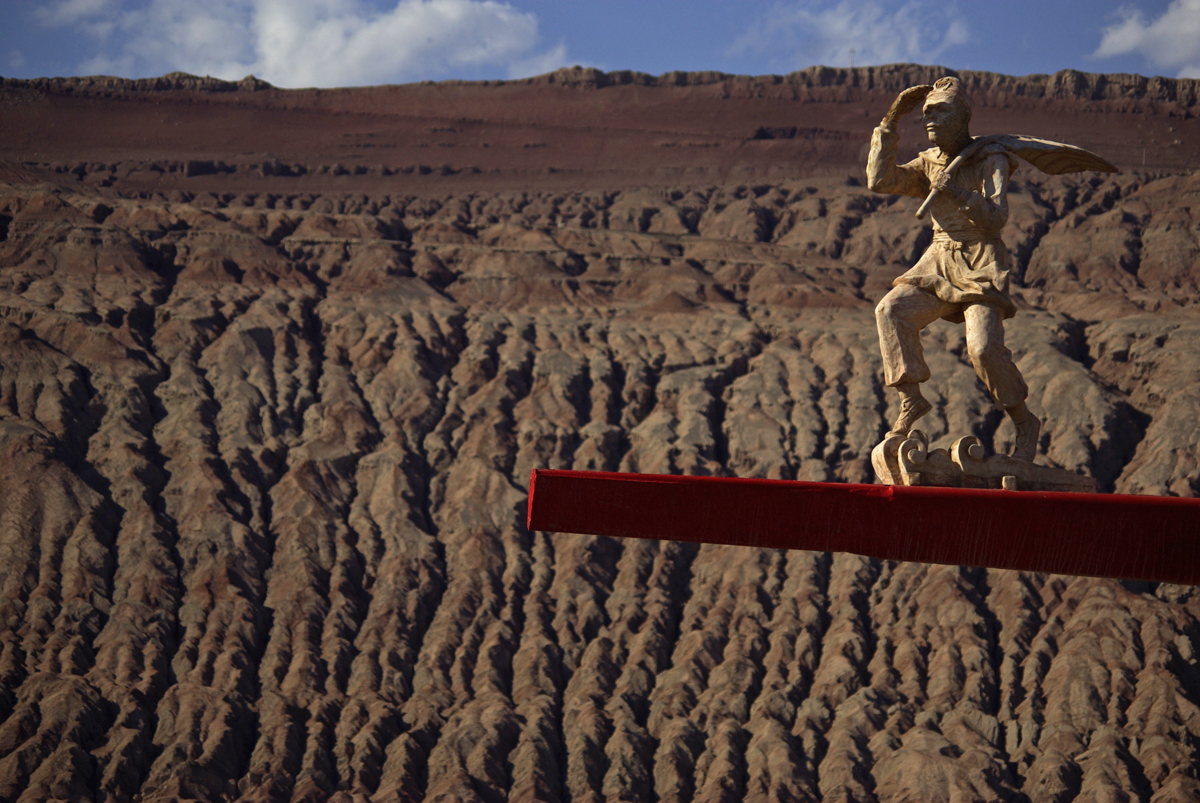
As we traveled through the Turpan Depression, we came across these two very strange statues of giraffes.
I felt so confused by it all, and throughout the day I kept asking myself why they were there. Did someone want to create the illusion that they were on safari in Africa? Or did they just want something interesting to brighten up the dull expanse of desert?
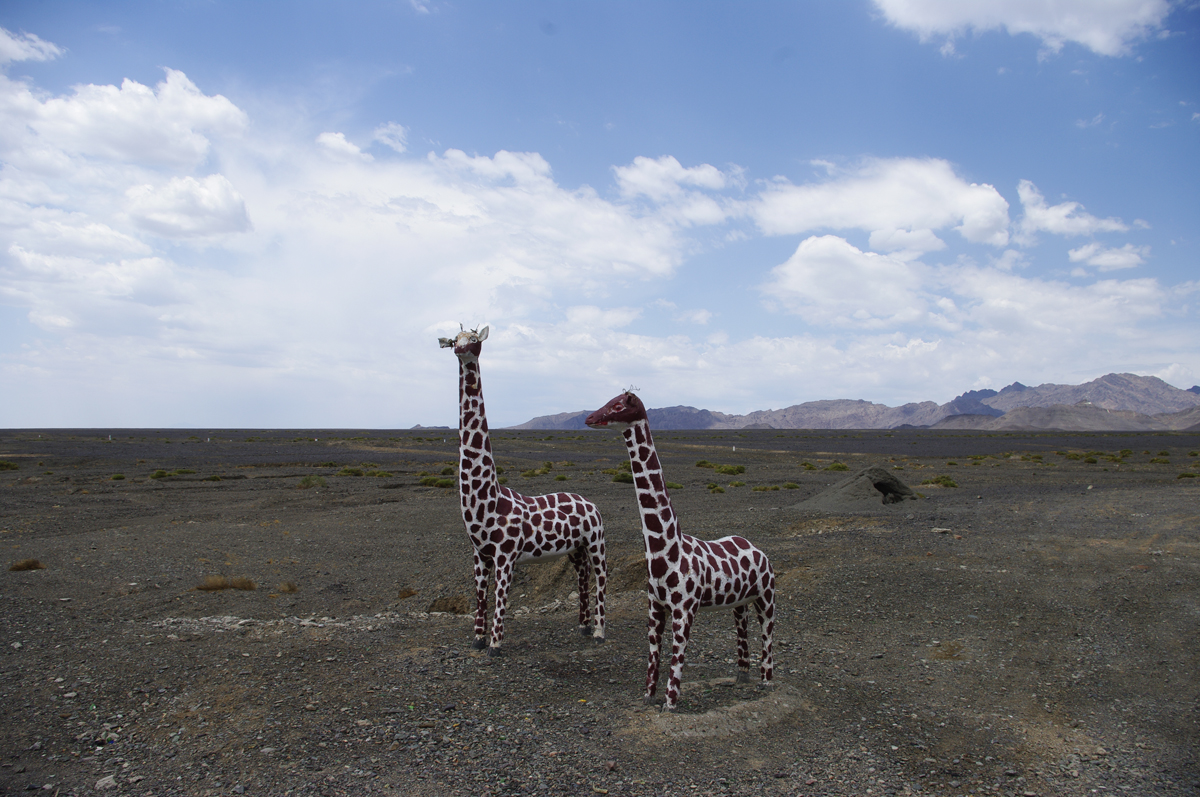
Day 15
If you thought the summer months had been particularly hot recently, you’d probably struggle on a June morning in Turpan!
As the blazing sun beat down on us, we visited the historic relics of Jiaohe Ancient Town, which lay on a remote cliff and was once a major oasis town along the Silk Road.
Even in the morning, the temperature was already 39°C (102 °F)!
You may be wondering, why would I be wearing a long coat on such a hot day? It’s the same reason why people in the hotter parts of Central Asia wear long gowns. It protects you from the sun and allows air to flow freely, keeping you cool.
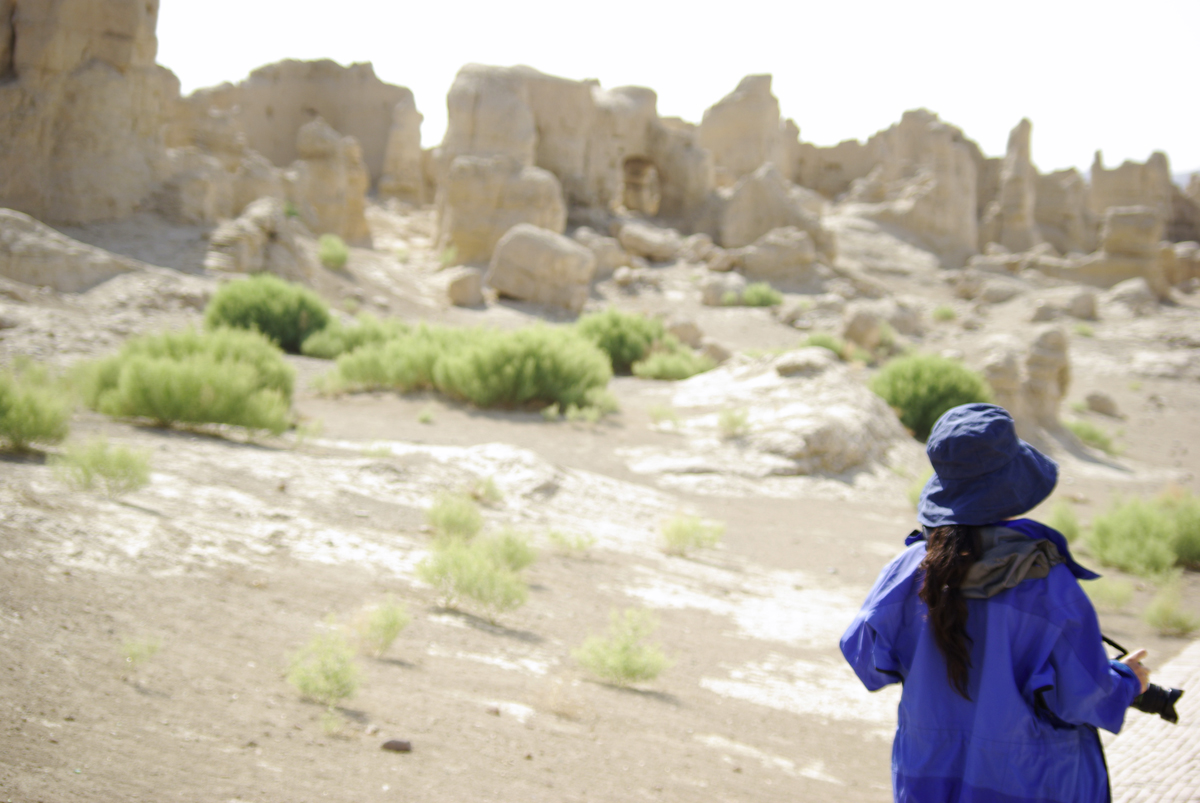
Over 2,000 years ago, the place where we were standing was once the capital of the Gushi Kingdom. The Gushi were a nomadic pastoralist ethnic group that is believed to have been Caucasoid.
From the 5th to the 7th century, this city was a bustling hive of activity, as it represented one of the major oases along the ancient Silk Road.
For more than 700 years, it was one of the largest and most prosperous earthen cities in China. Unfortunately, by the end of the 13th century, it had been almost completely destroyed as a result of warfare.
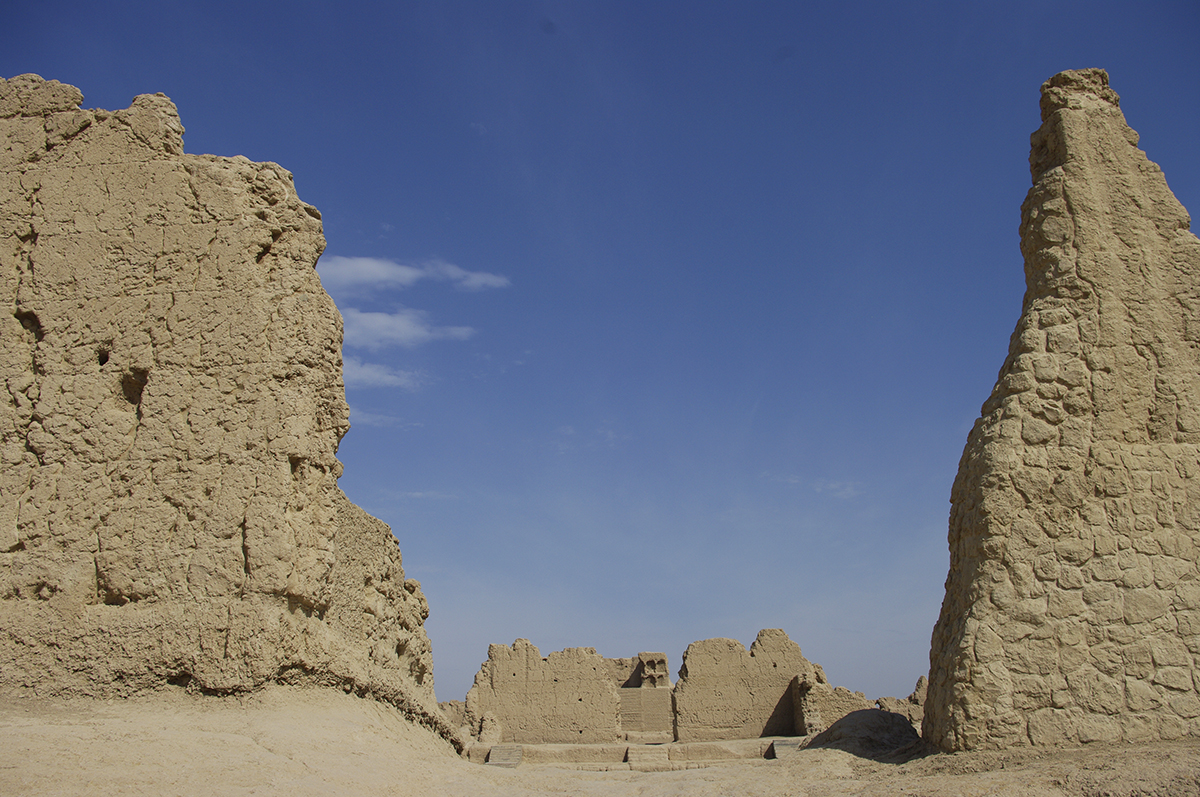
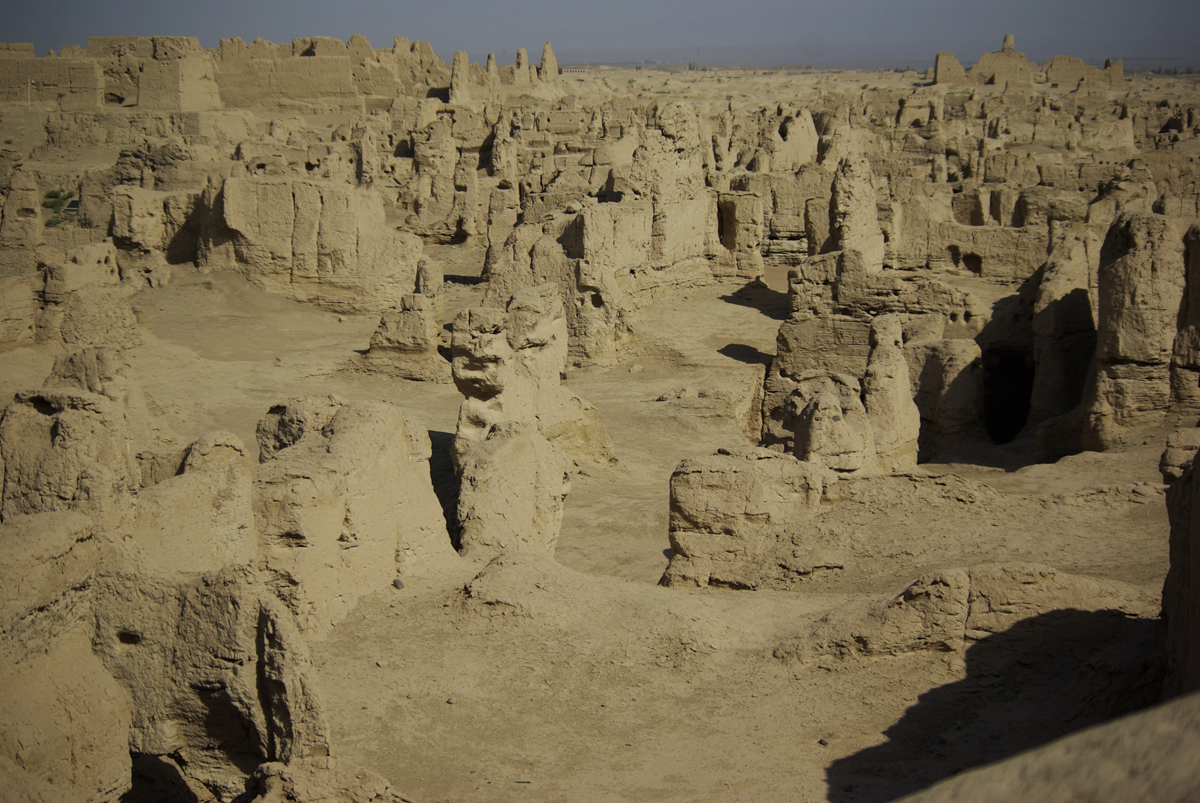
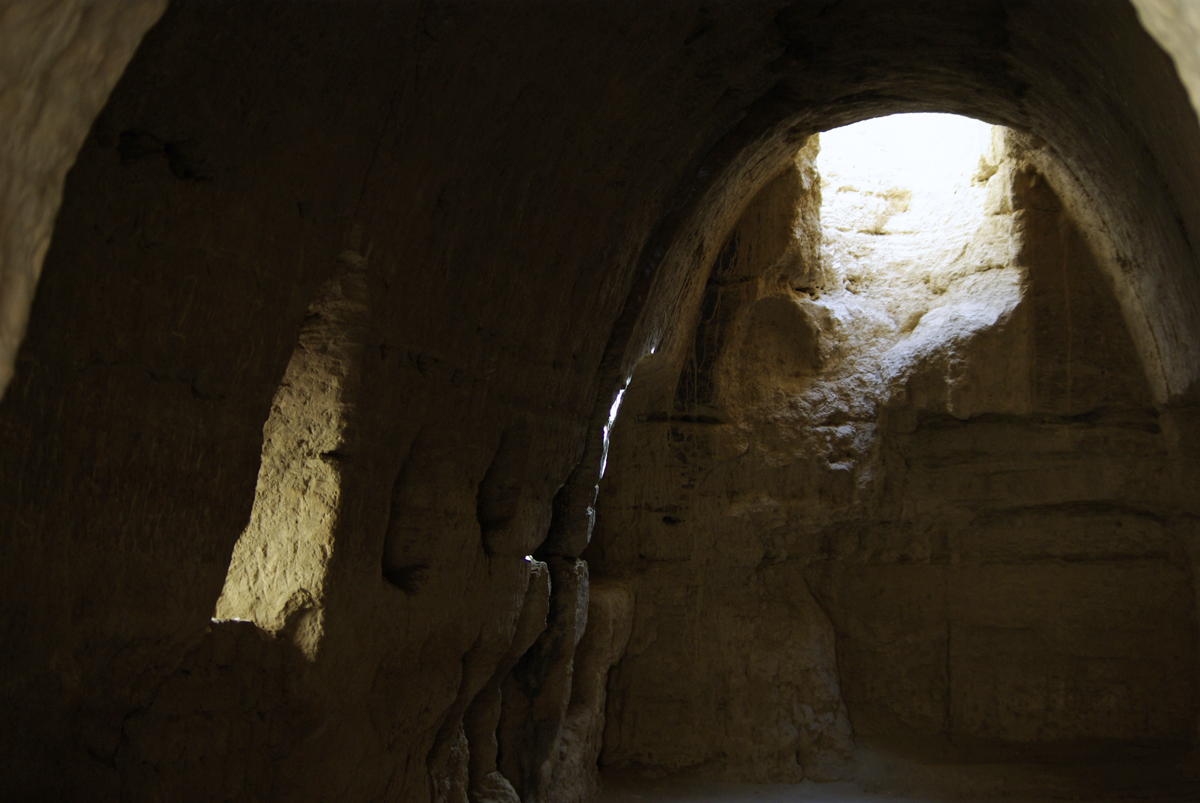
We bid farewell to Turpan and ended up battling the windy weather on the open road once again.
At one point, the wind was blowing at a 90 ̊ angle and there were so many cars on the narrow road. As a large car went past us, the final gust of wind was enough to knock us over. As I tried to stand up, the wind was so powerful that I was nearly blown away! I managed to grab hold of the motorcycle just in the nick of time.
After a long and arduous journey, we finally arrived in Xinjiang’s capital of Ürümqi. We knew some friends living there, and they came to meet us for dinner.
Whenever I am traveling, I like to eat at the open-air food stalls, because I feel this is the best way to connect with the local culture. That night, we enjoyed some of the signature dishes of Xinjiang: Big Plate Chicken, Lamb Kebab, and a new delicacy known as BBQ Fish. Basking in the comfortable evening warmth, I relaxed as the rich aroma of spice wafted around me.
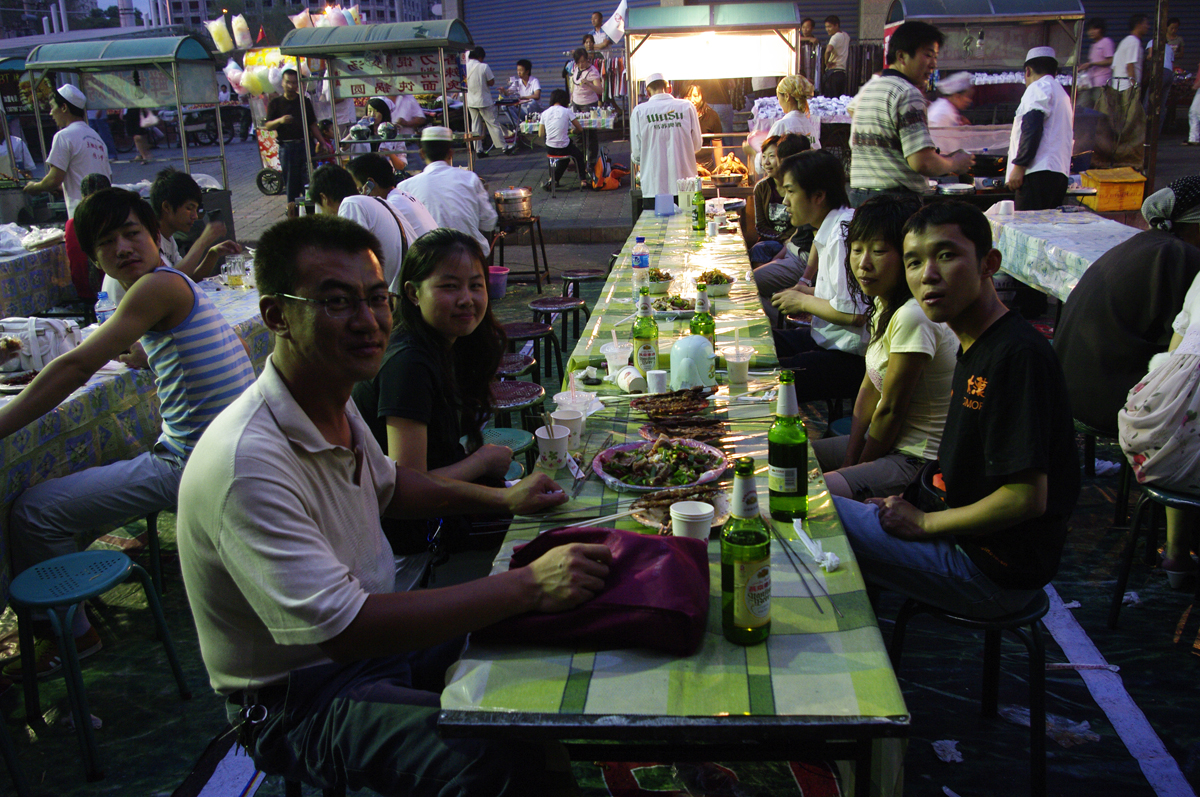
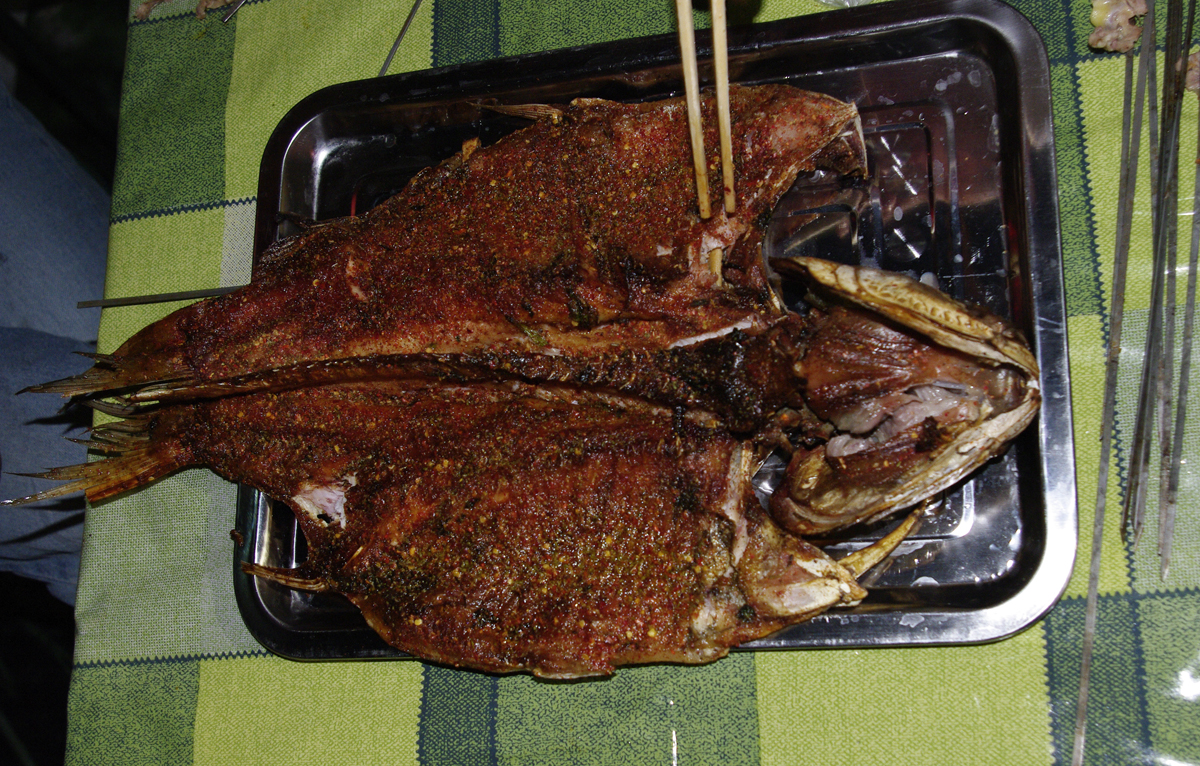
Day 16
Anyone who has ever travelled in Xinjiang will know that its most famous attraction is the Grand Bazaar, a traditional Muslim market place that harks back to Ürümqi’s past as a Silk Road oasis.
On the 16th day of our motorcycle journey, we visited the Grand Bazaar, but unfortunately we couldn’t do any shopping as we arrived during the call to prayer. However, it was far more incredible to see so many worshipers lined up in front of the mosque!
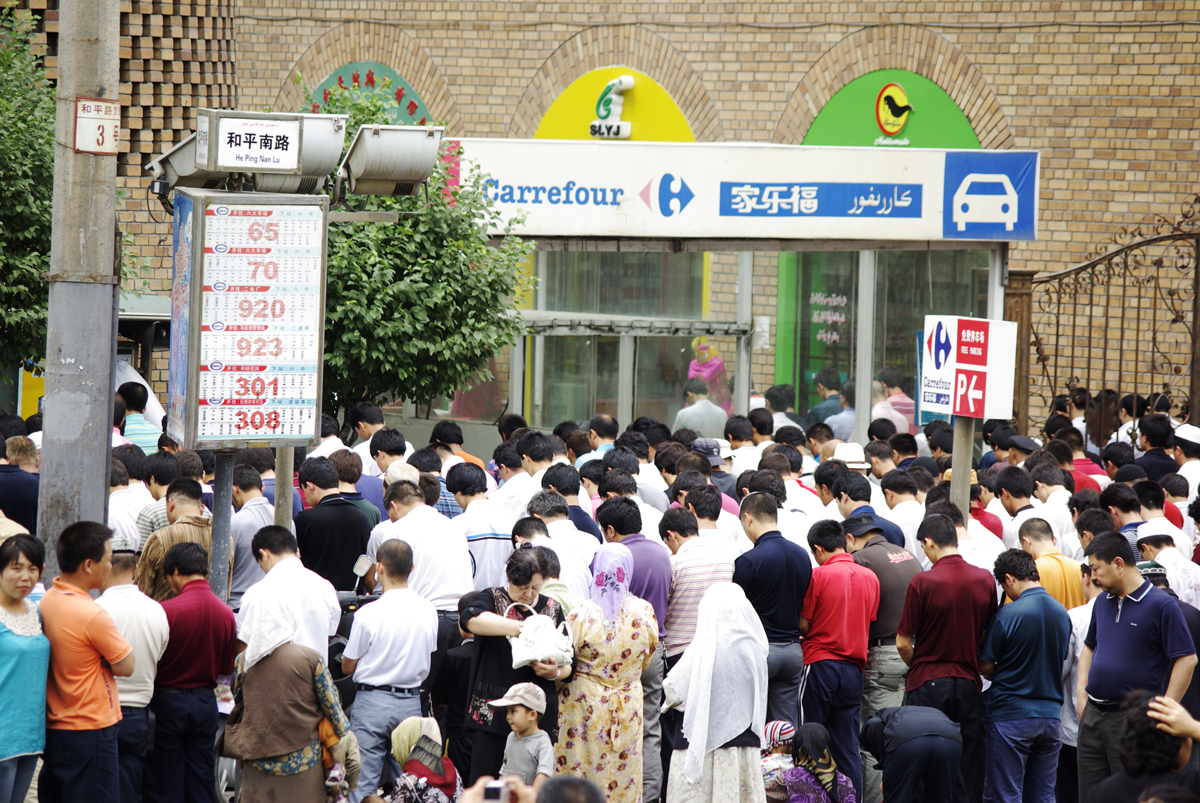
Since Ürümqi is the capital of the Xinjiang Uyghur Autonomous Region, it should come as no surprise that there is a large contingency of Uyghur people living in the city.
We decided to venture further into traditionally Uyghur districts of the city, so as to learn more about Uyghur culture.
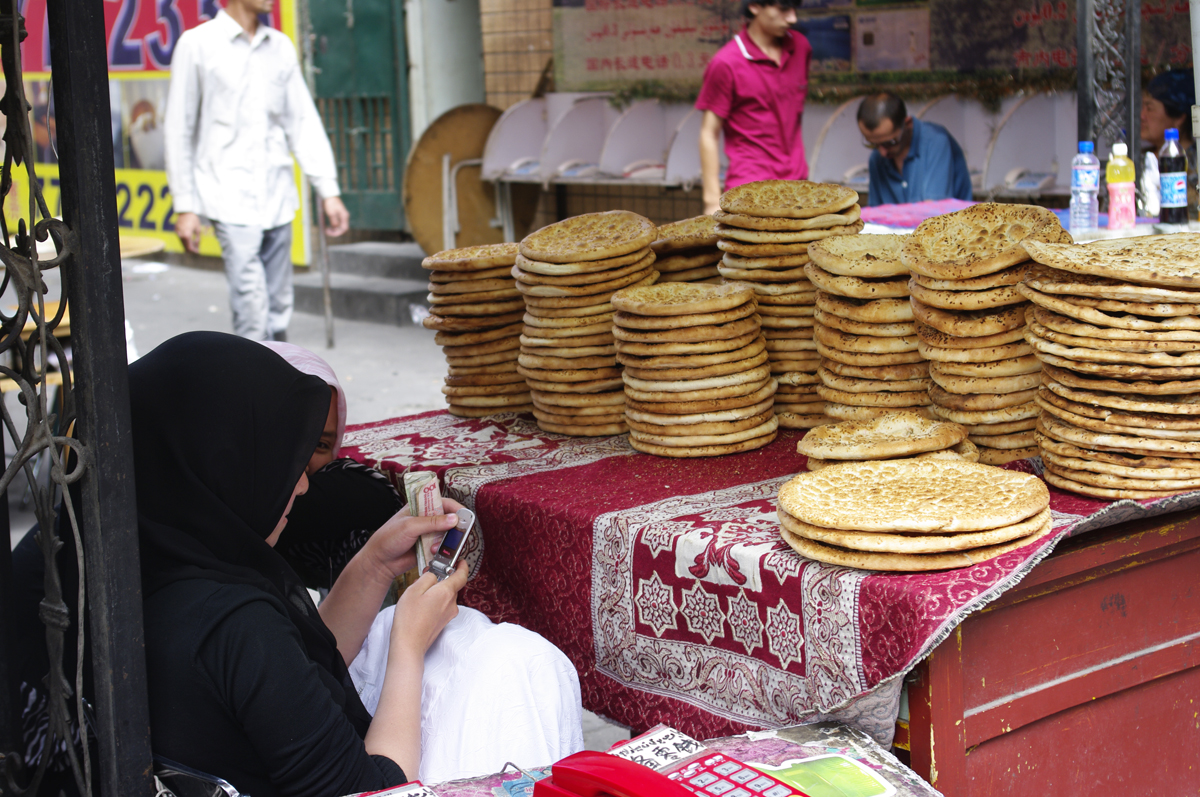
On the 16th day of our motorcycle journey, we were having a spectacular time exploring the traditionally Uyghur districts of Ürümqi, until I was approached by a elderly Uyghur woman.
I had chosen some traditional Uyghur clothes and had decided to buy them, but unfortunately I couldn’t communicate with the shop owner.
The elderly woman kindly came in and helped to translate. However, when I started taking the cash out of my wallet, the woman looked horrified.
She scolded me and told me never to show my money so openly again. She said that, if it weren’t for the plain-clothes police patrolling the streets, I would surely have been robbed.
I left the shop with the beautiful clothes, but I felt utterly downtrodden. For the first time during our trip, I got the impression that I was a complete outsider.
I asked my boyfriend if we could leave straight away. It is hard to explain, but the fear felt very real and very sudden at the time. When I look back now, I worry that I might have been a coward!
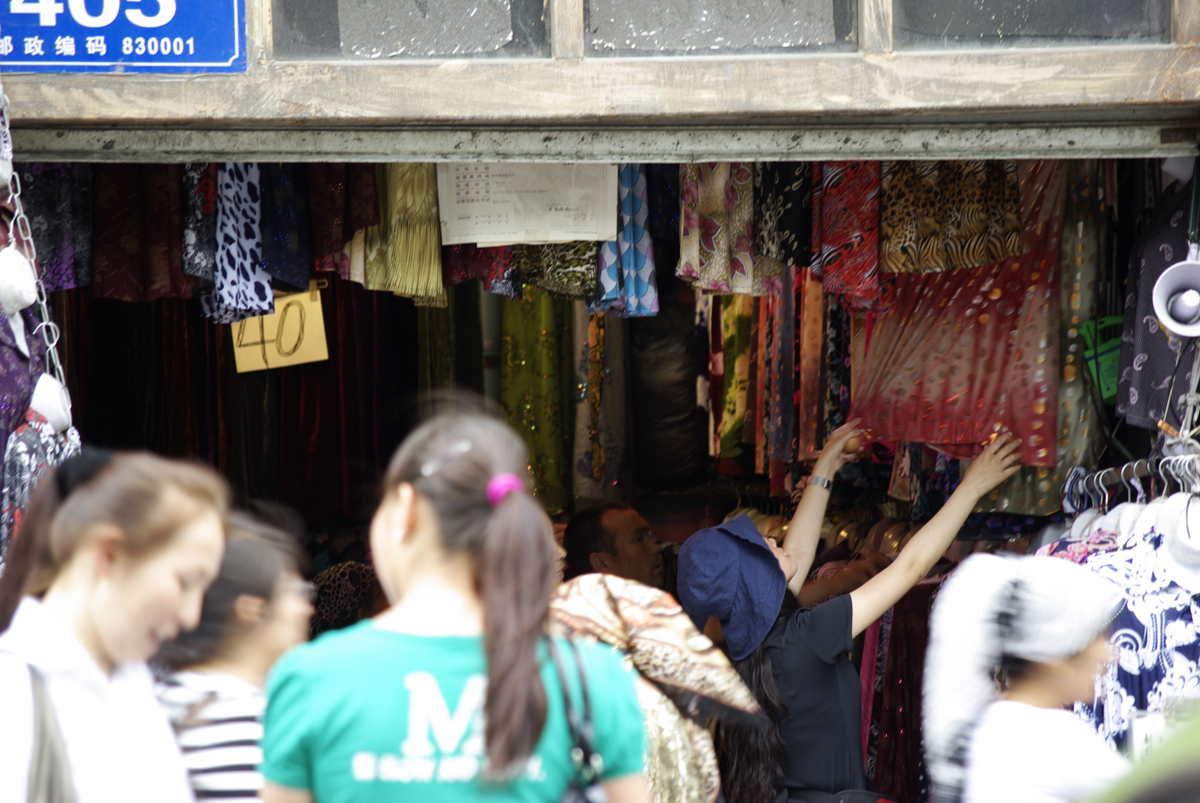
What happens when two tourists enter a luxury Uyghur-style restaurant in Ürümqi?
We ended up ordering almost the exact same dishes that we’d had at the open-air stall the previous evening, but they cost nearly double the price!
So, was it delicious? It can’t have been that great, because I’ve already forgotten how it tasted!
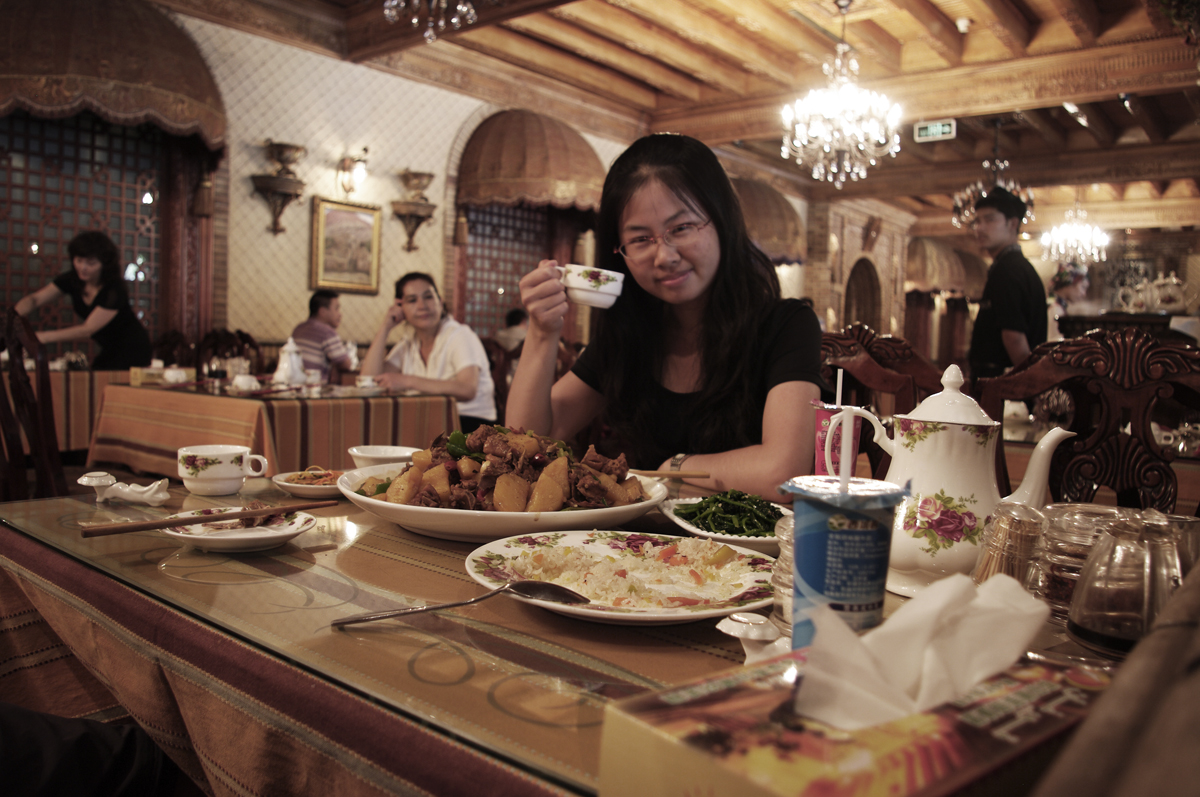
Day 17
As we traveled east from Ürümqi, we arrived at the eastern end of the Tianshan or “Heavenly” Mountains, the largest mountain range in Central Asia.
It was here that we would find one of the most famous attractions in Xinjiang: the Heavenly Lake of Tianshan.
We were delighted to have one of our local friends joining us for our tour of the lake.
After a long and winding road, we finally arrived at the cable-car station, where we had to leave our motorcycle behind and take the cable-car like the other tourists.
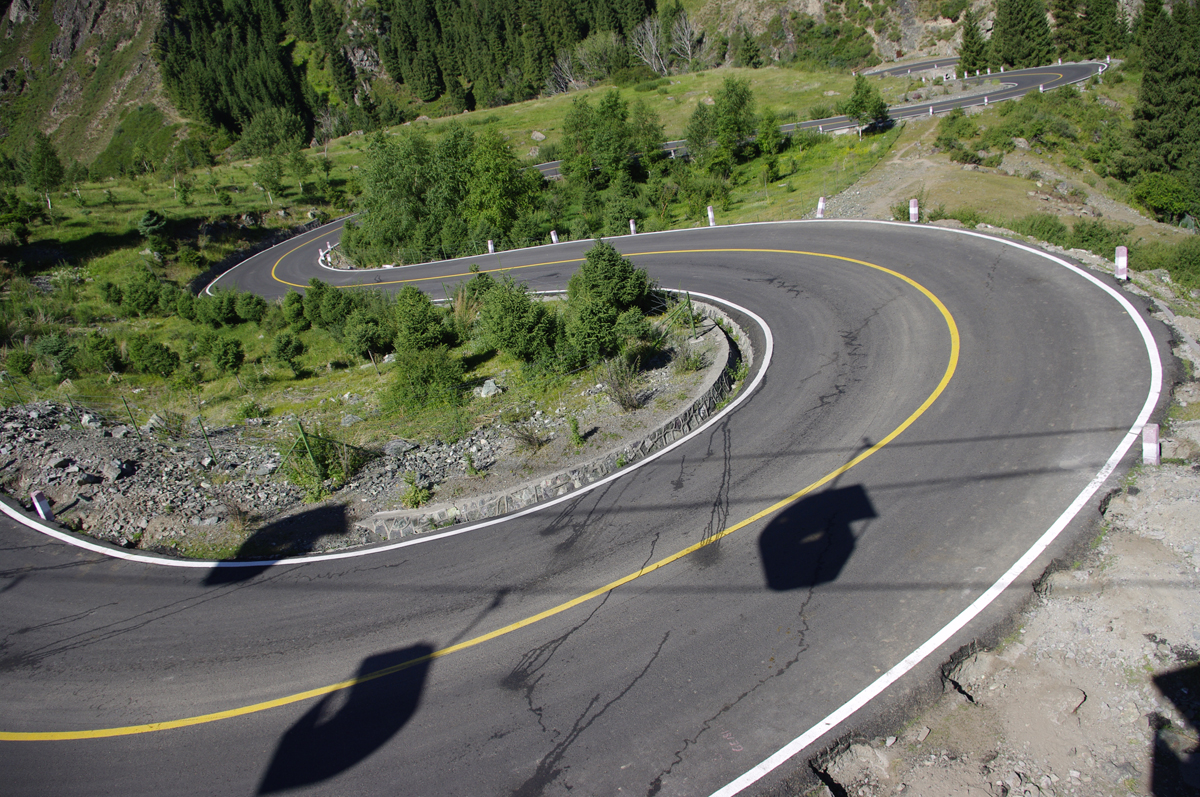
Just like many of the most beautiful attractions around the world, there are a number of mysterious tales and legends surrounding the Heavenly Lake of the Tianshan Mountains.
In fact, it is rumoured that the Tianshan Mountains are the home of the peach tree of immortality, which is fiercely guarded by a Chinese deity known as Xiwangmu or “Queen Mother of the West”. She is regarded as one of the most important goddesses according to Chinese folk religion.
However, it seems that the goddess prefers another mountain range, as she supposedly snubbed the Tianshan Mountains and chose to live in the Kunlun Mountains instead!
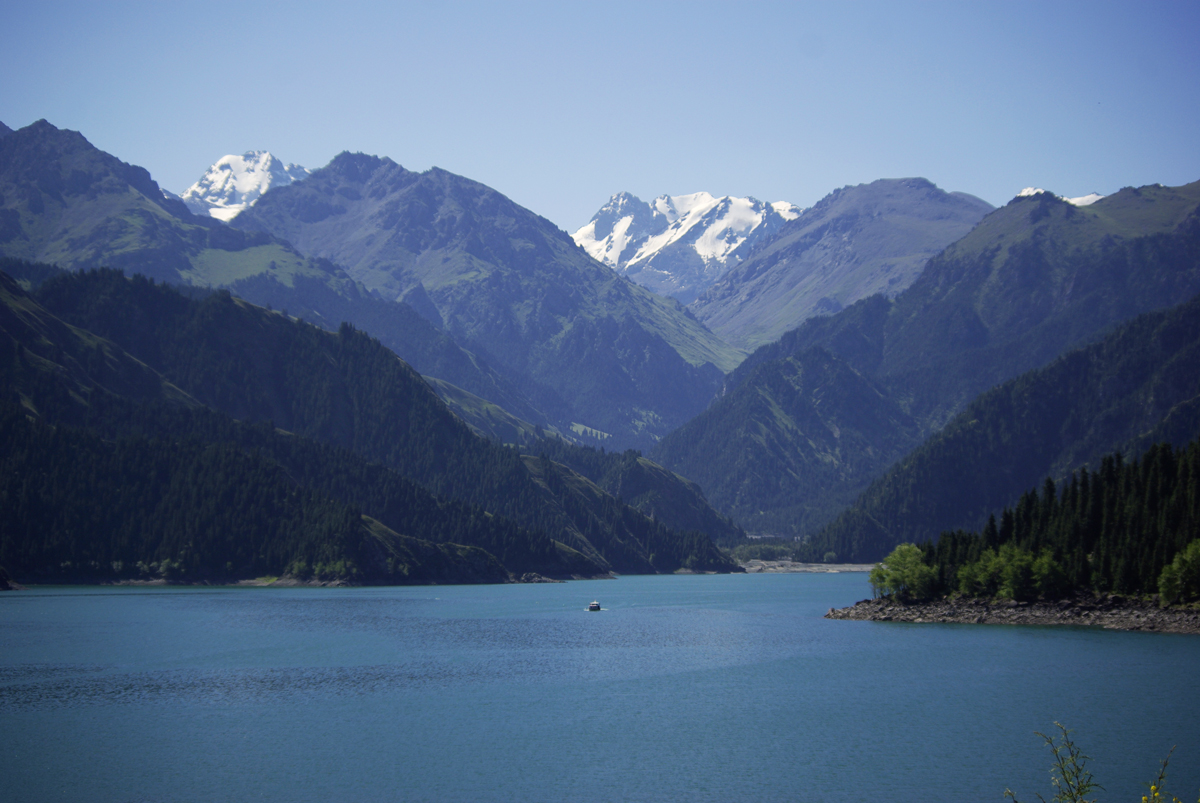
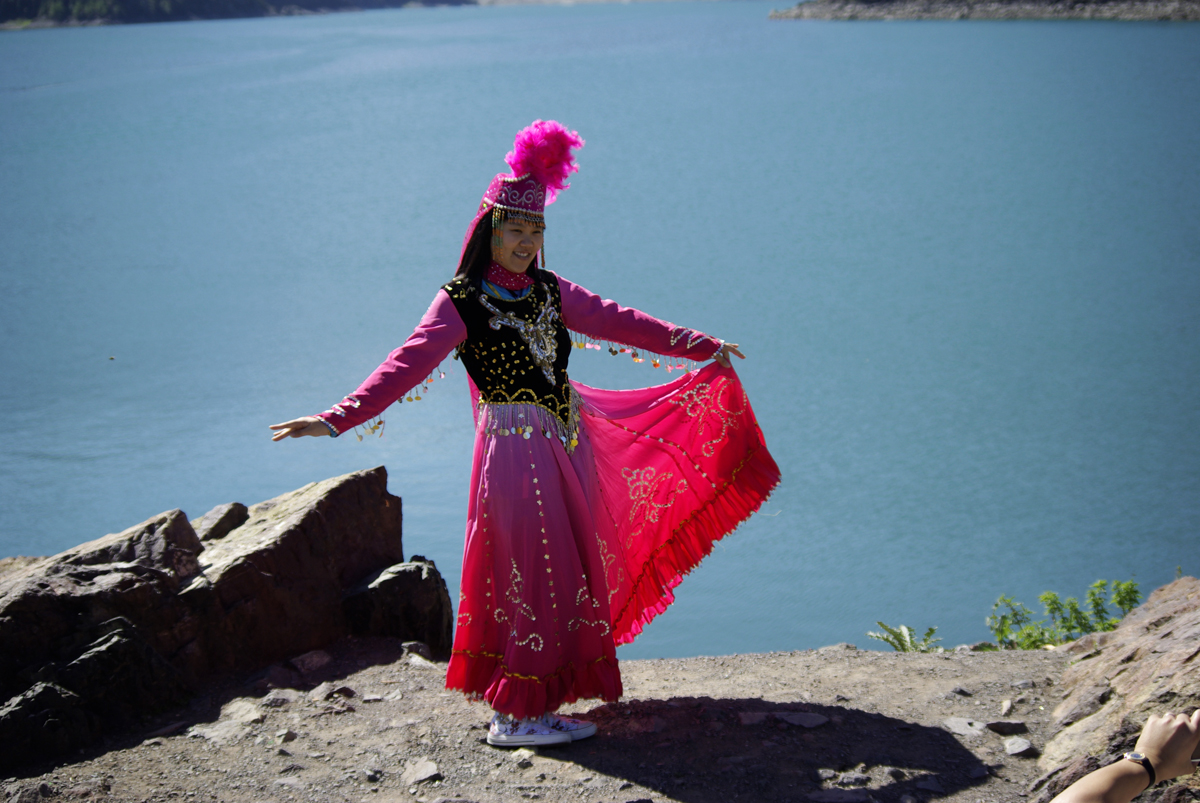
As we traveled along the Tianshan Mountains, we caught sight of the magnificent Bogda Peak.
In Mongolian, the name “Bogda” literally translates to mean “God’s Mountain.” Talk about high expectations!
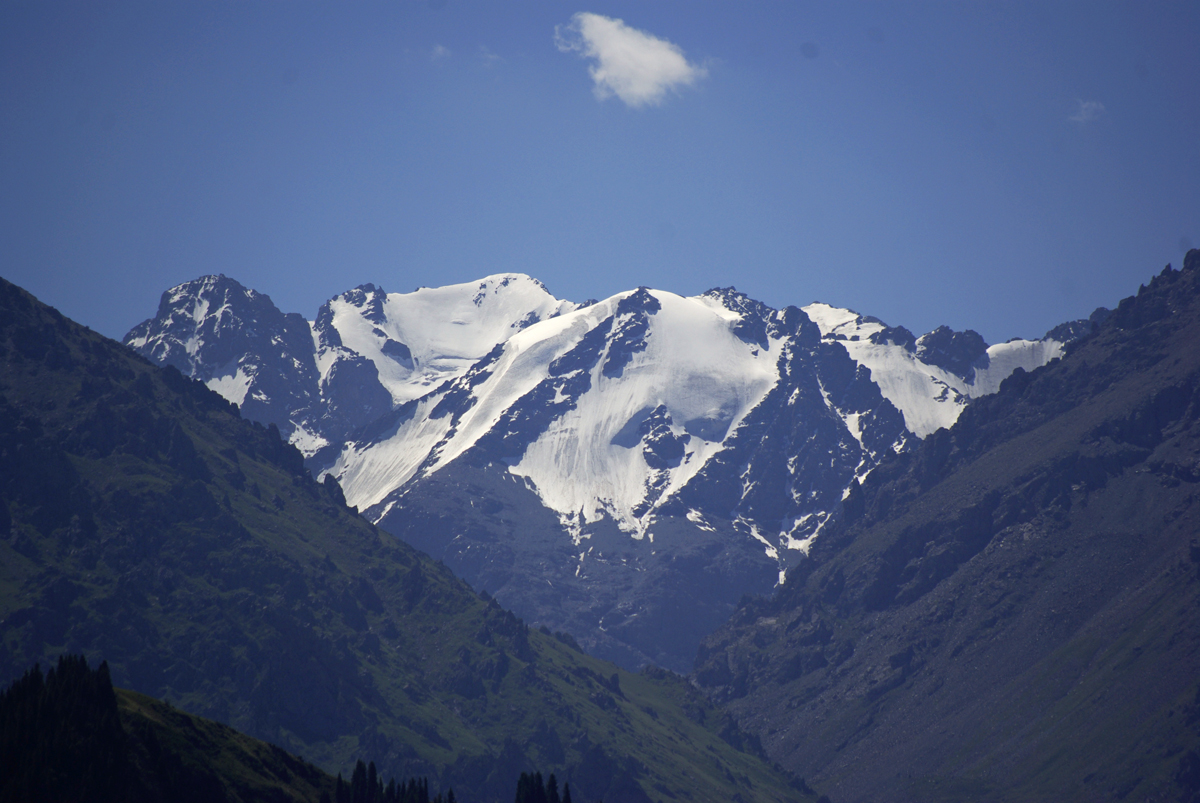
We got the chance to wander through Tianshan National Park.
There we found shimmering lakes, bubbling brooks, rushing waterfalls, meadows rich with multi- coloured flowers, towering trees, and beautiful birds the likes of which I’d never seen. It was a true adventure into the wilderness.
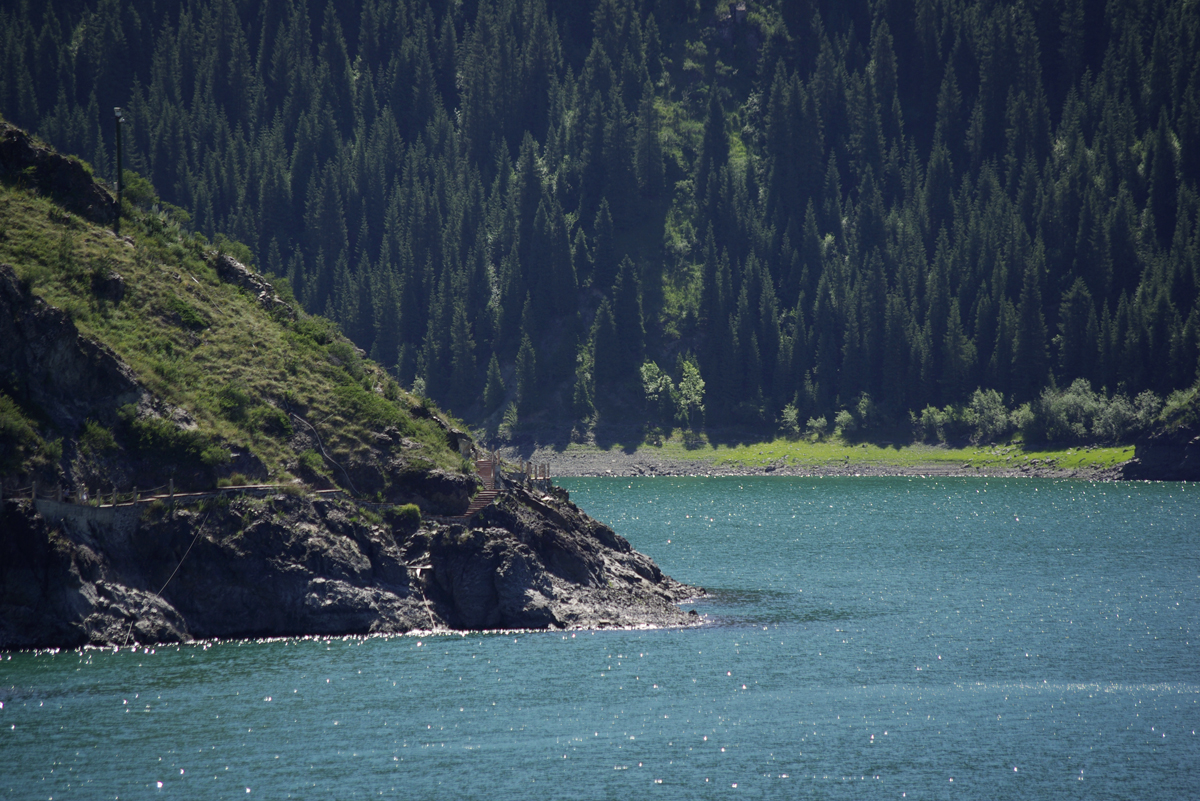
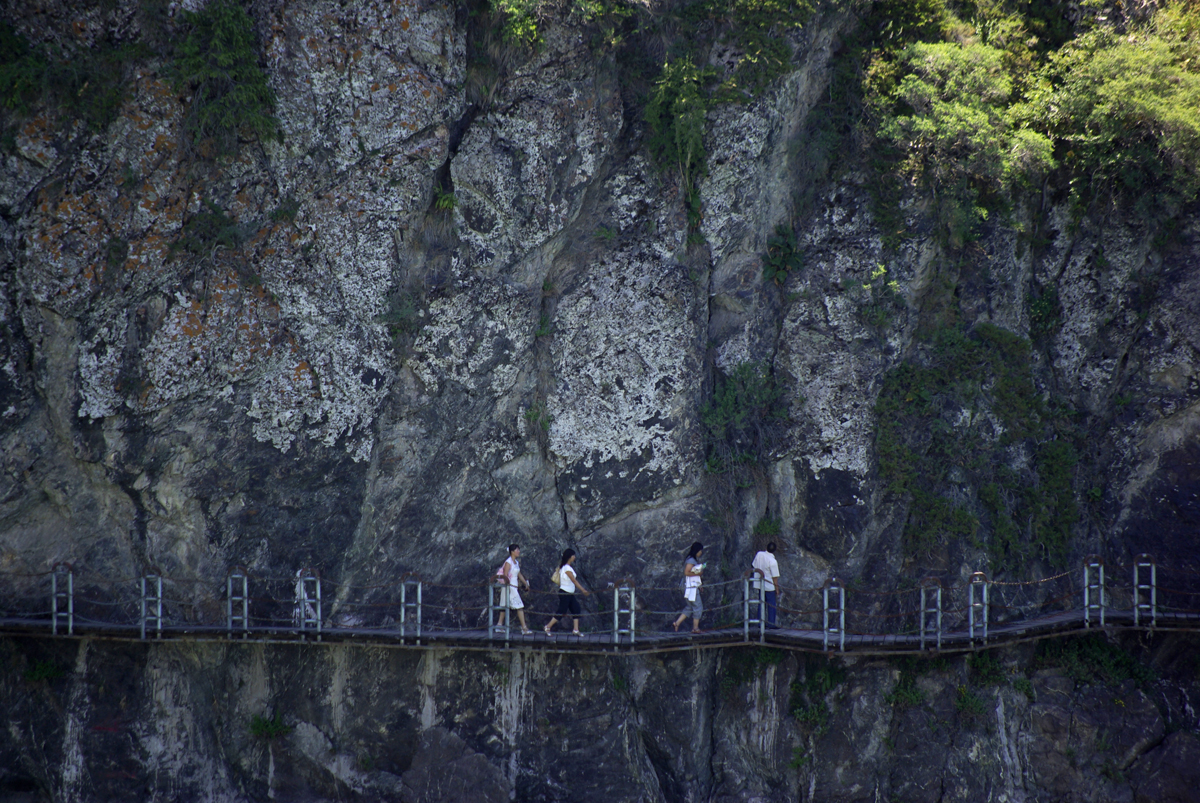
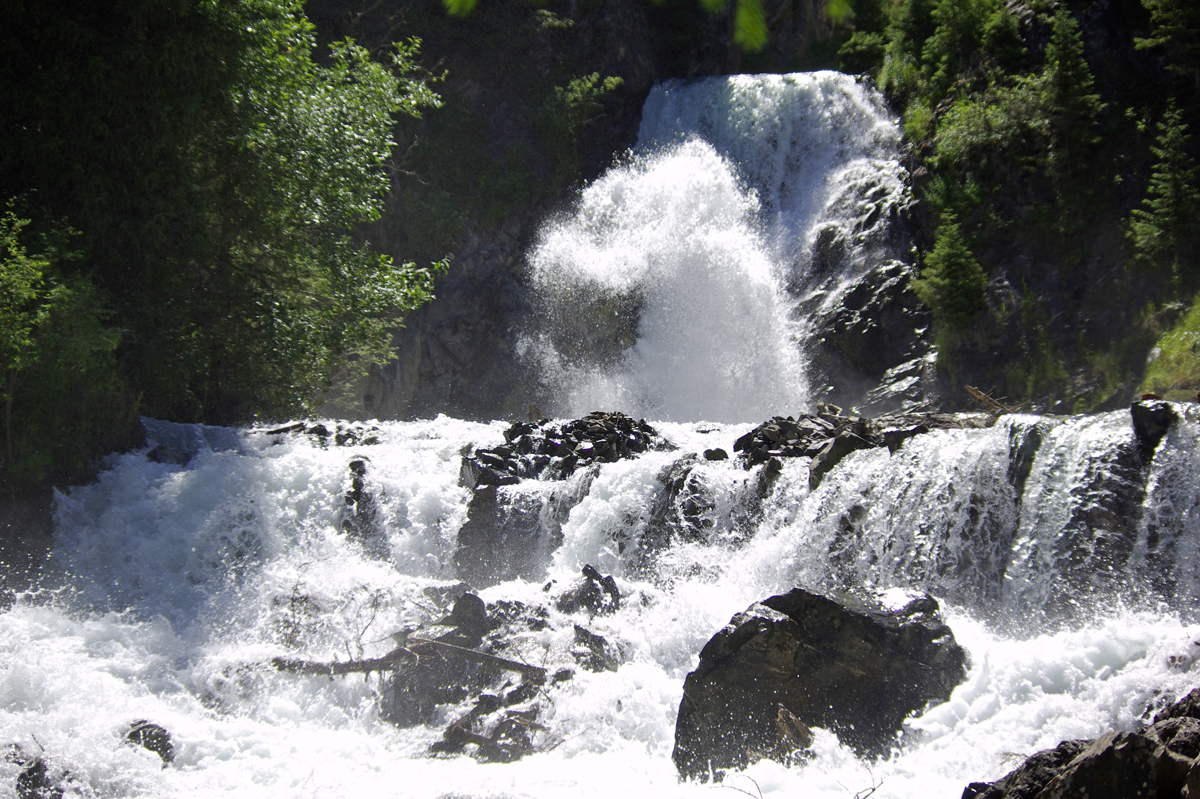
Day 18
Yesterday we decided to stay overnight in a small town near to the Tianshan National Park.
The next day, we headed out on a magnificent adventure. On our journey, we passed through the sixth desert of the trip: the Gurbantünggüt Desert.
A smooth road took us through the desert, but we had to fight against the strong winds.
As we headed further into the desert, the road disappeared and we were forced to travel through the sands. The motorcycle kept sinking into the sand, making it very hard to move. It took us 3 hours to drive just 30 kilometres (19 mi)!
When we finally arrived at our destination, the sun was already beginning to set.
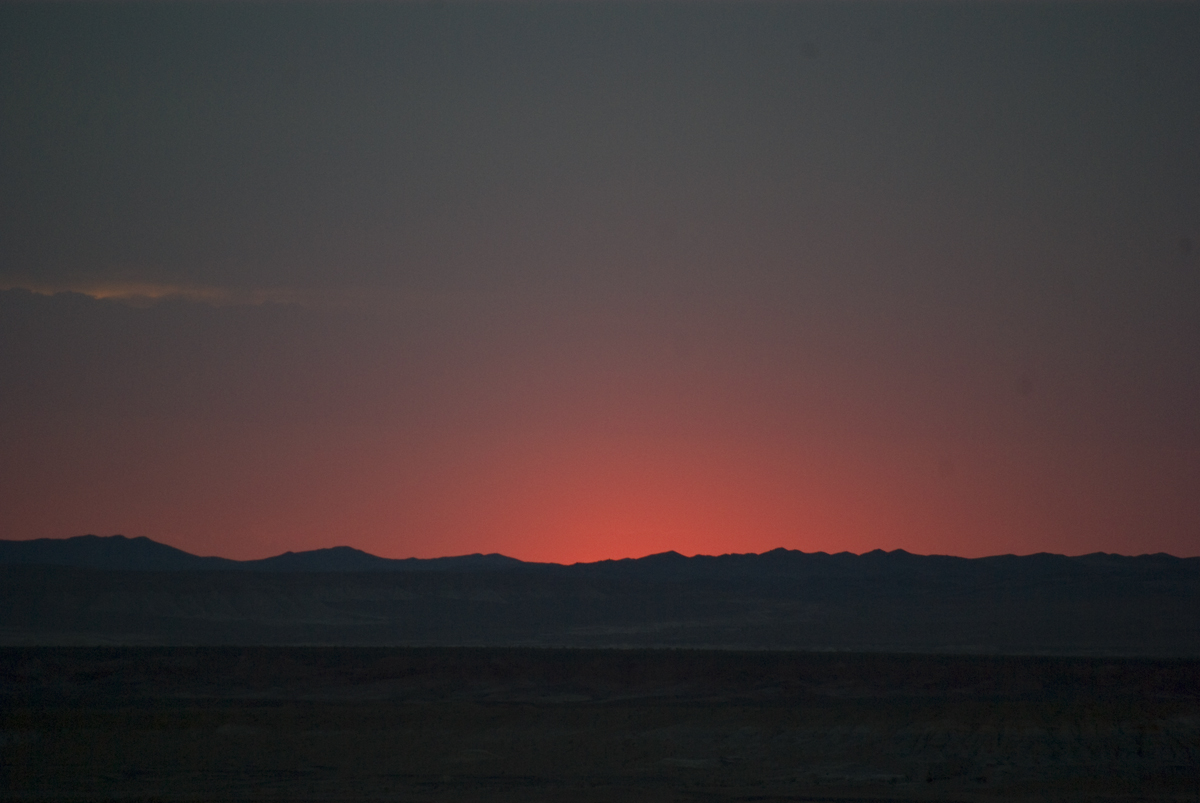
Danxia Landforms are stunning geological formations that are unique to China. They were formed when red sandstone and other minerals were deposited by rivers over a period of about 24 million years.
These deposits settled into distinct layers and, after another 15 million years, faults in the earth created by tectonic plate movement caused them to become exposed. Over another few millions of years, they were moulded into strange shapes by weathering and erosion, resulting in the unusual landforms that we find today.
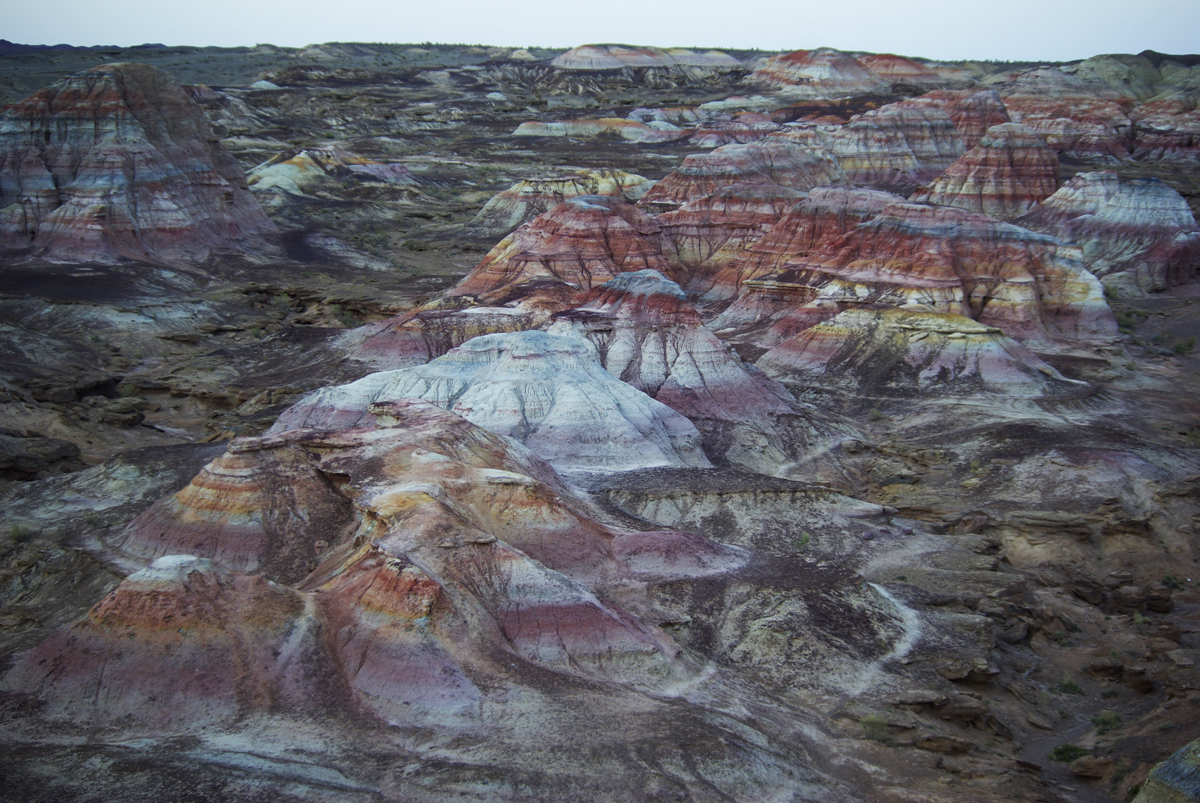
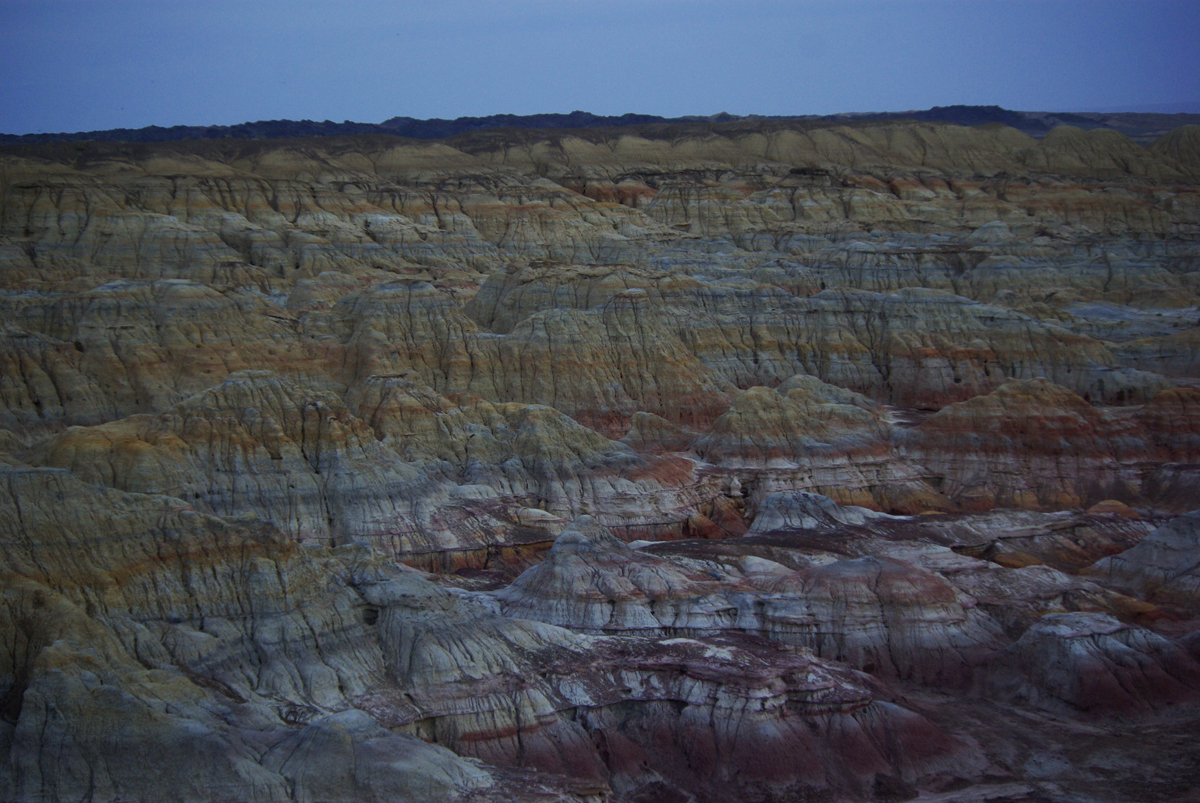
This was the yurt that we stayed in.
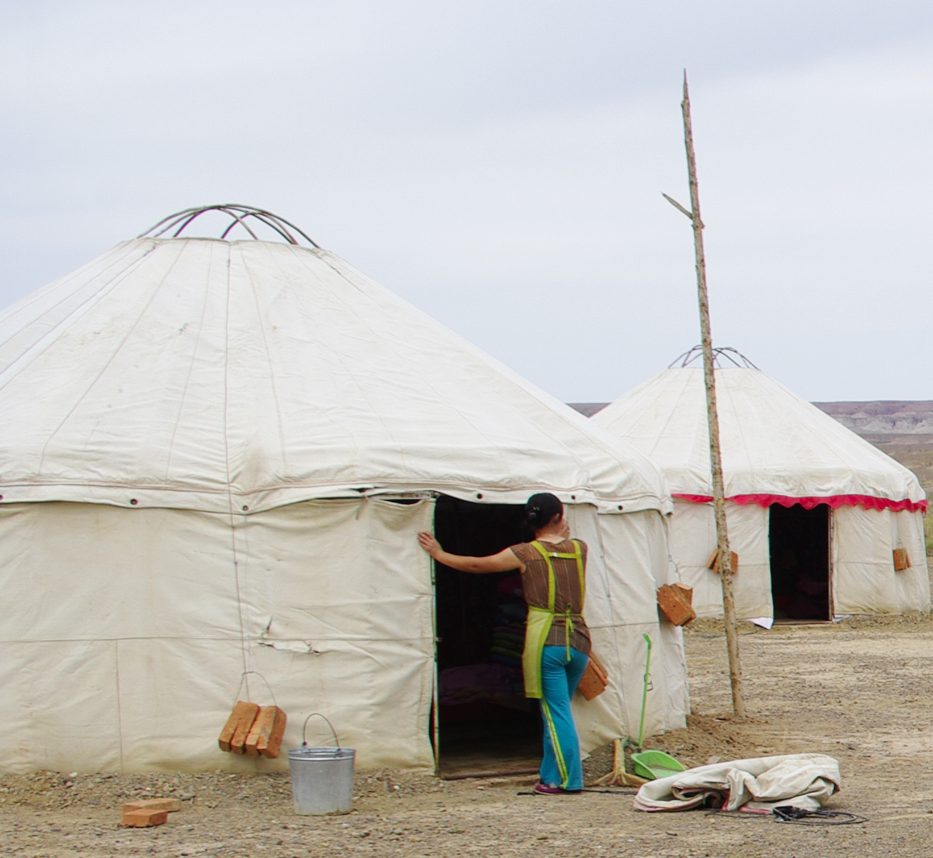
During the night, I could see through the hole in the roof that the sky had become cloudy. Suddenly, I realised that these were not clouds at all!
It was the Milky Way, stretching across the star-speckled darkness of the night. It was a phenomenon that I hadn’t seen for many years. We went outside to enjoy the breathtaking spectacle.
It was the first and last time that I was able to see the Milky Way so clearly, in all of its awe- inspiring beauty.
Day 19
As we awoke, it was a cloudy morning. After our harrowing journey the previous day, we were expecting our way out to be just as difficult, but leaving was far easier than arriving had been. The winds had calmed and it wasn’t such a trial to traverse the sinking sands of the desert.
We were hasty to leave, as the strong winds normally picked up at midday and caused small sandstorms!
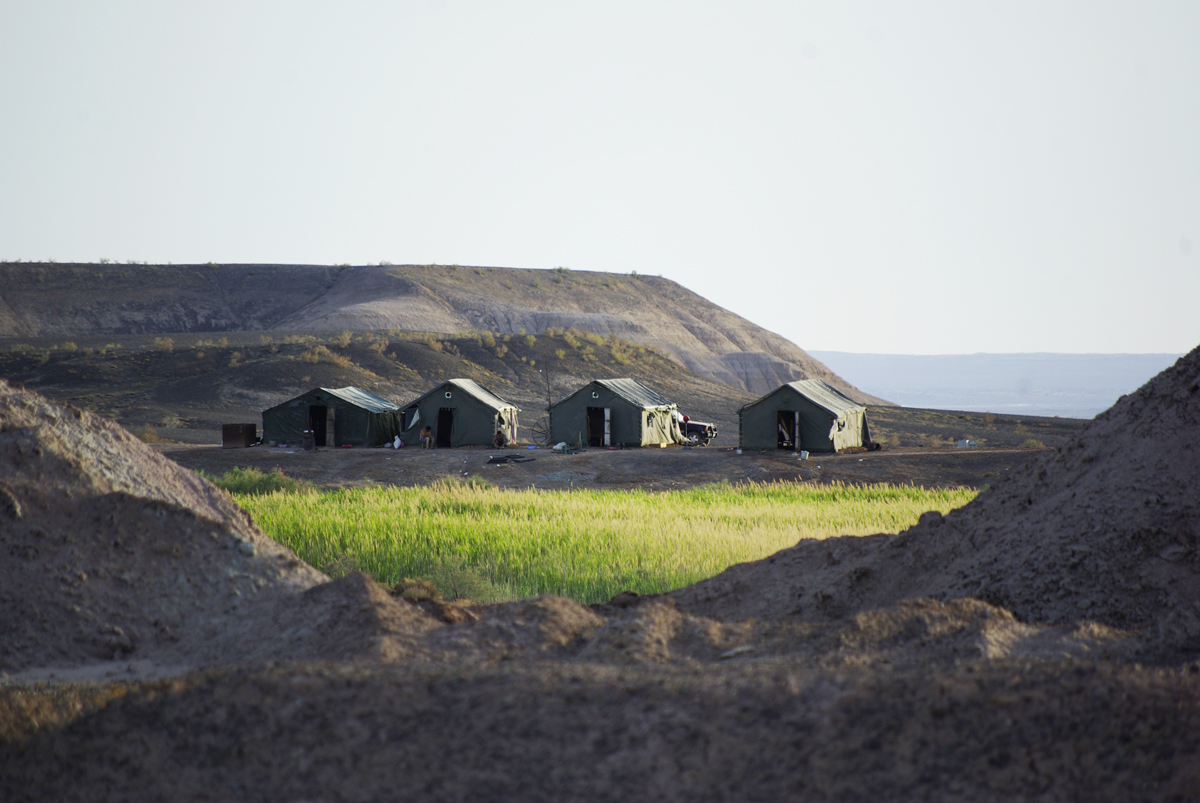
As we drove through the desert, we passed by the Fire-Burnt Hills. Much like the spectacular Danxia Landforms that we had seen earlier, the reddish hue of these hills was caused by minerals in the rocky soil.
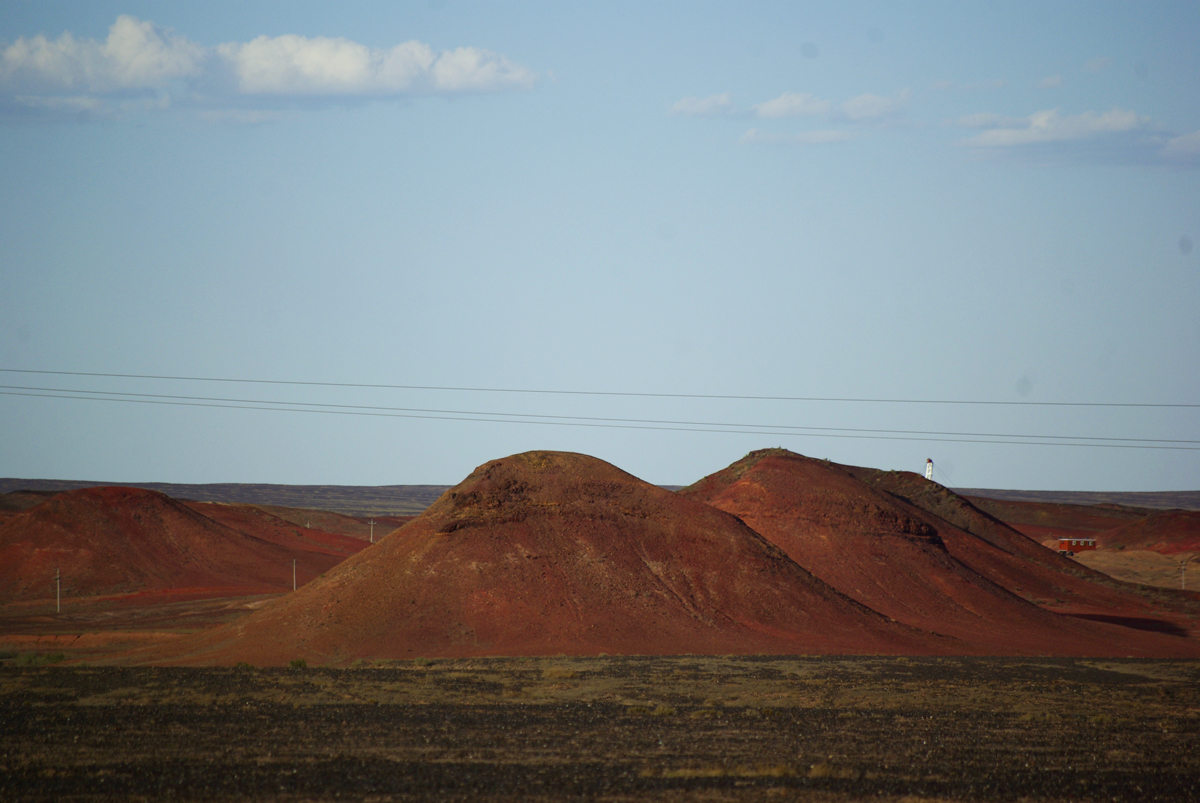
As we continued following the long and winding road, we eventually arrived at the magnificent Kalamaili Nature Reserve.
The reserve is home to over 280 animal species, most notable of which are the endangered Mongolian wild ass and the Przewalski’s horse.
Although our time there was brief, we were fortunate enough to encounter a rowdy herd of Przewalski’s horses as they crossed the road!
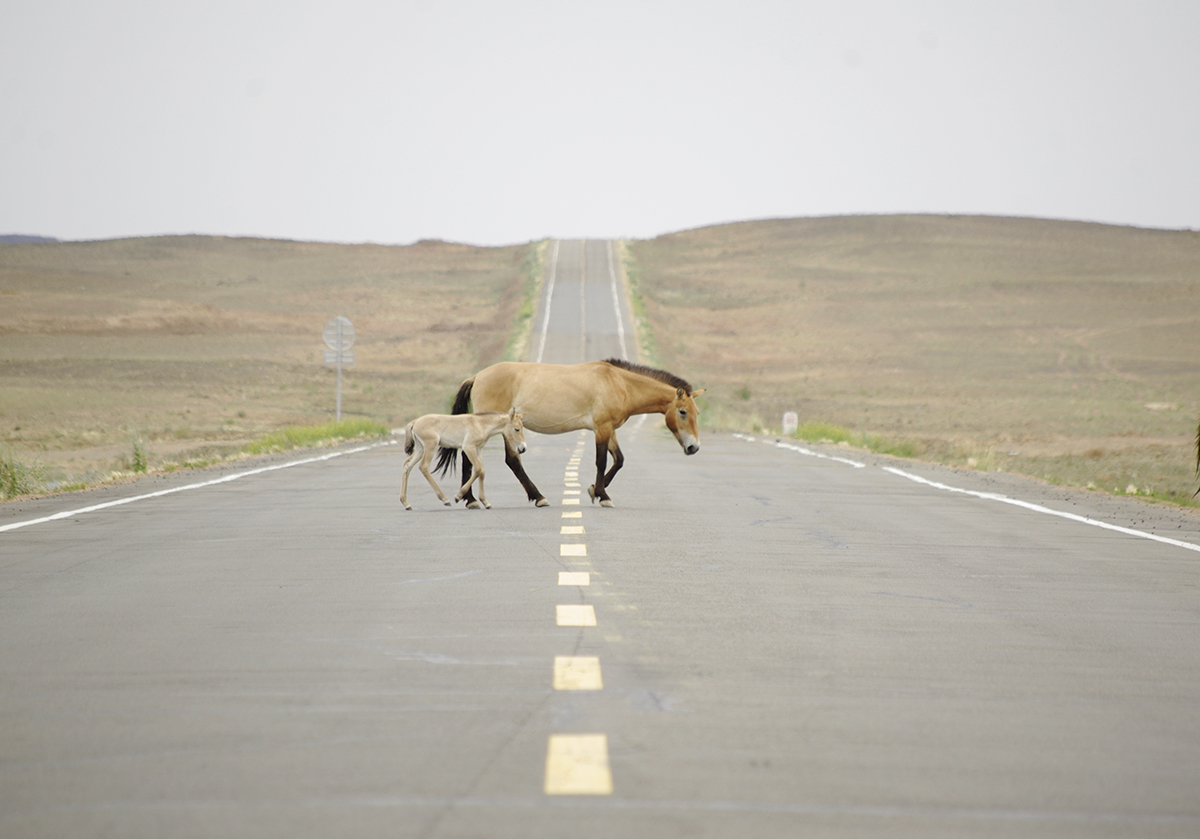
After a long and harrowing drive through the barren Gobi Desert, we breathed a sigh of relief as we arrived in this lush paradise.
On our way, we stopped at a city named Beitun. It was a typical industrial city built by the Xinjiang Production and Construction Corps during the 1950s. Even now, most of the residents living in the town work for the corps or belong to “families of the corps.”
Day 20
On the 20th day, we arrived at the Altay Mountains, which are often described as “China’s Switzerland.”
We stayed at a town called Burqin, which is the last place with a decent number of hotels before you reach Kanas Lake. That being said, it is still another 170 kilometres (106 mi) before you reach the lake, so it is important to plan ahead before you venture into the mountains!
We decided to visit the village of Hemu first and then make our way to Kanas Lake, which is widely regarded as one of the most beautiful places in China.
Driving on the winding roads, it felt as though we were flying up and down the mountains like a bird.
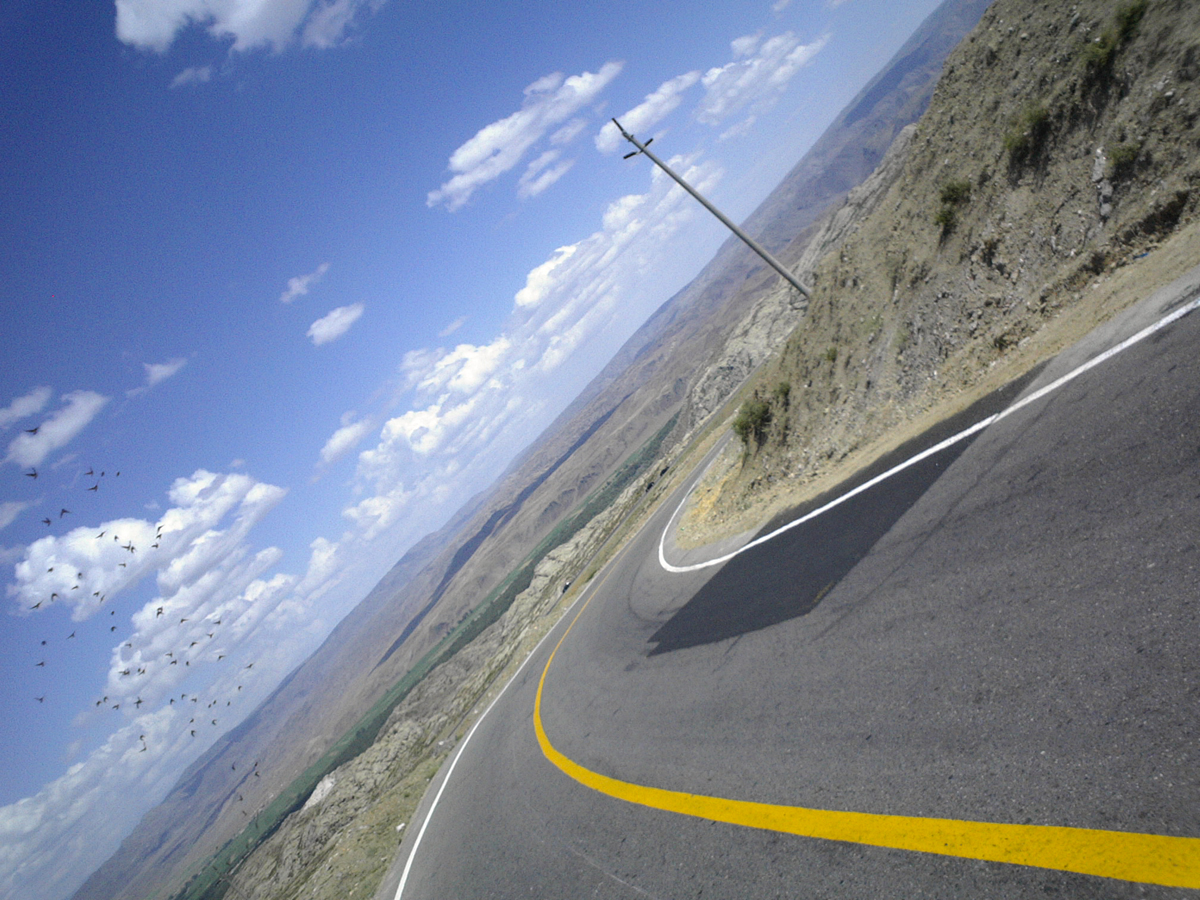
After nearly 120 kilometres (75 mi), we bid farewell to the open road and ventured into the dense forest. The road was narrow, but still in reasonably good condition. The only problem was the occasional herd of sheep or cattle, which also used the road to get back home!
If I close my eyes, I can still remember how it felt driving through that forest. It was so quiet; all you could hear was the whipping of the wind in the trees and the hum of the motorcycle engine.
Once we arrived outside of the village, we had to park our trusty motorcycle in a special parking area, pay for tickets, and take a shuttle bus into the village itself.
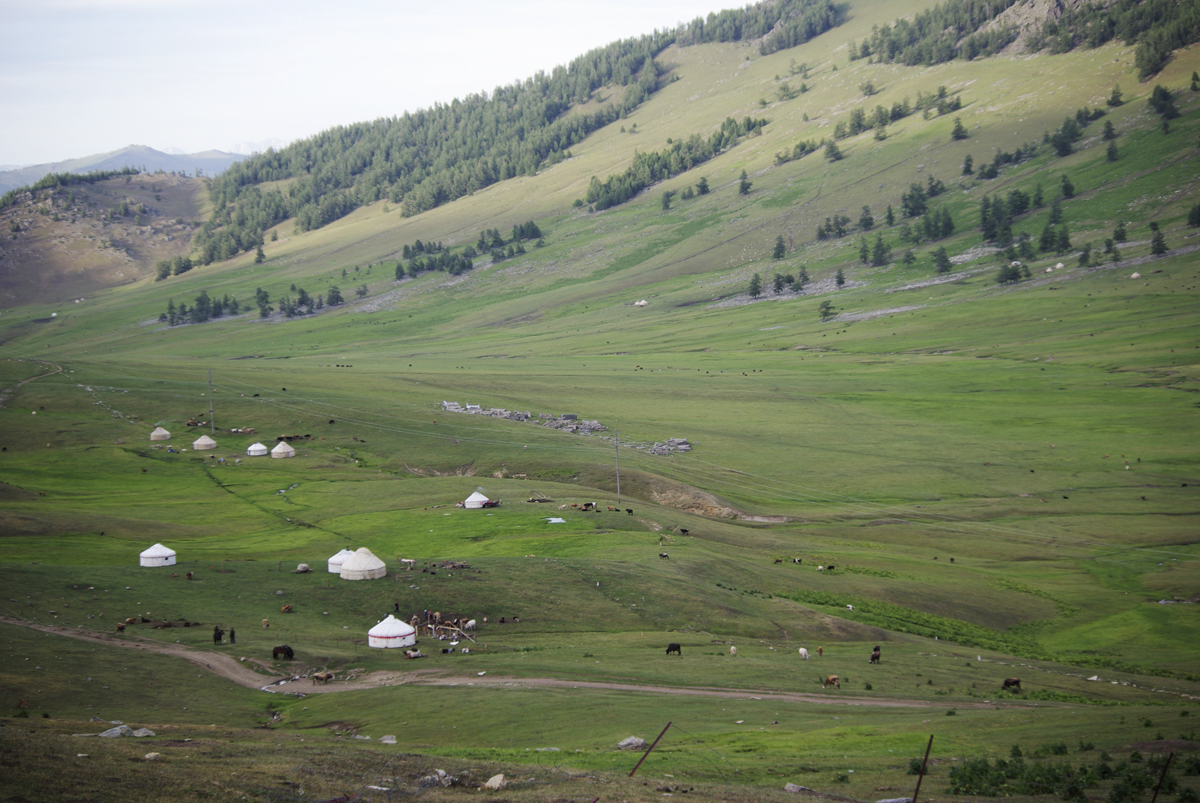
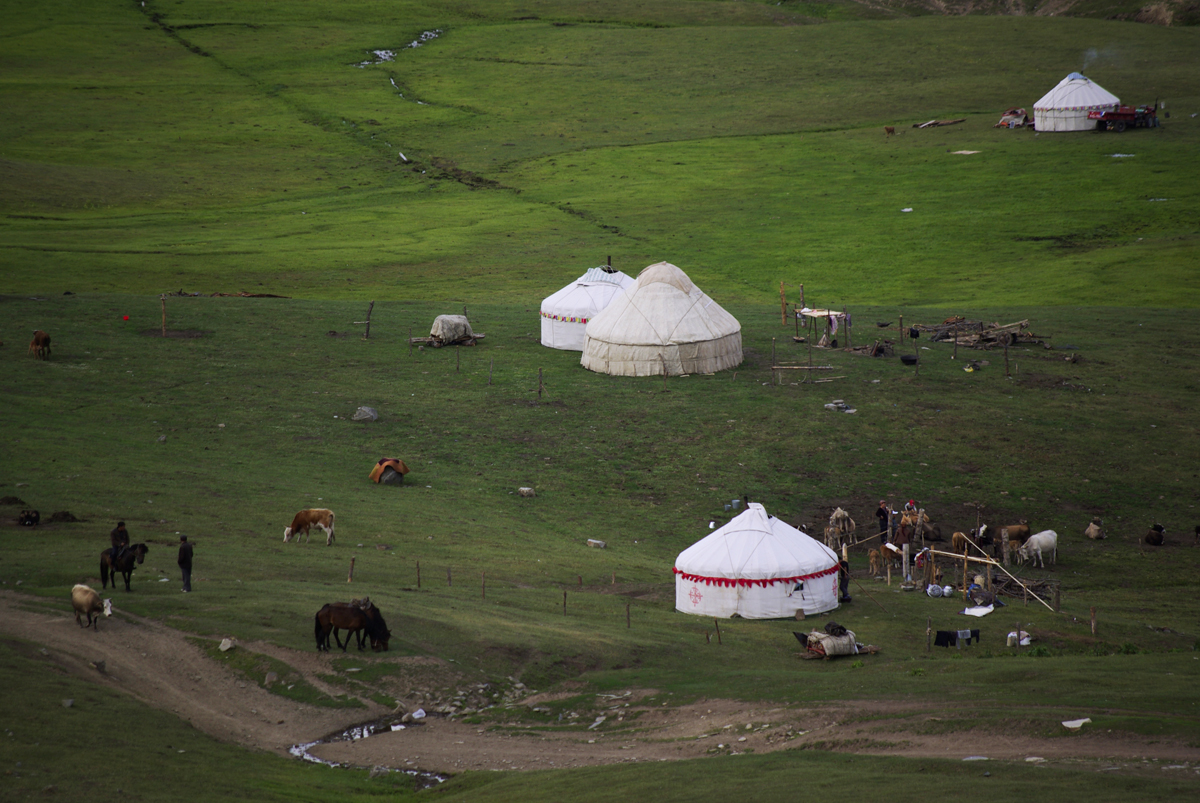
Day 21
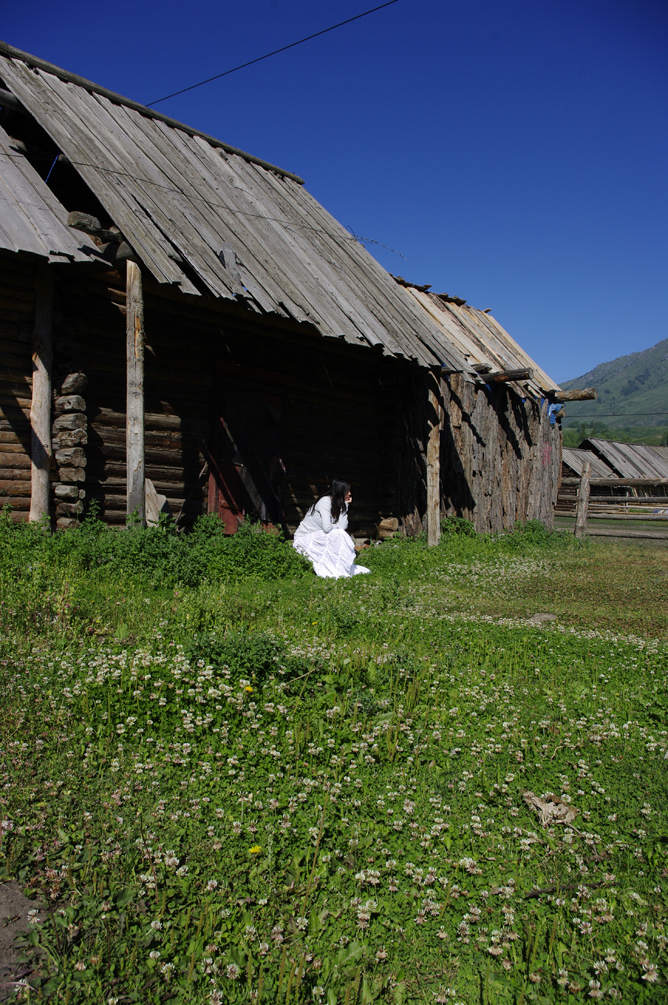
On the morning, we enjoyed a steaming bowl of fresh lamb soup. This may seem unusual, but it’s actually a popular breakfast dish in northwestern China.
Even now, I can still recall how delicious the soup was. To date, it was the best lamb soup I have ever had.
However, I felt quite sad for the poor lamb. It had been slaughtered the night before in order to prepare dinner for a group of tourists. The owner of our guesthouse had not used all of the meat from the lamb, so kindly decided to use the leftovers to make the lamb soup for us.
We took a tour around the delightfully picturesque village of Hemu. Hemu has been home to the Tuvan people for over 1,000 years.
The Tuvans are not actually recognised as one of China’s 55 ethnic minorities, but technically belong to the Mongolian ethnic group. There are also populations of Tuvan people living in Mongolia and Russia.
Their fascinating culture and friendly demeanor were the highlight of our trip to Hemu!
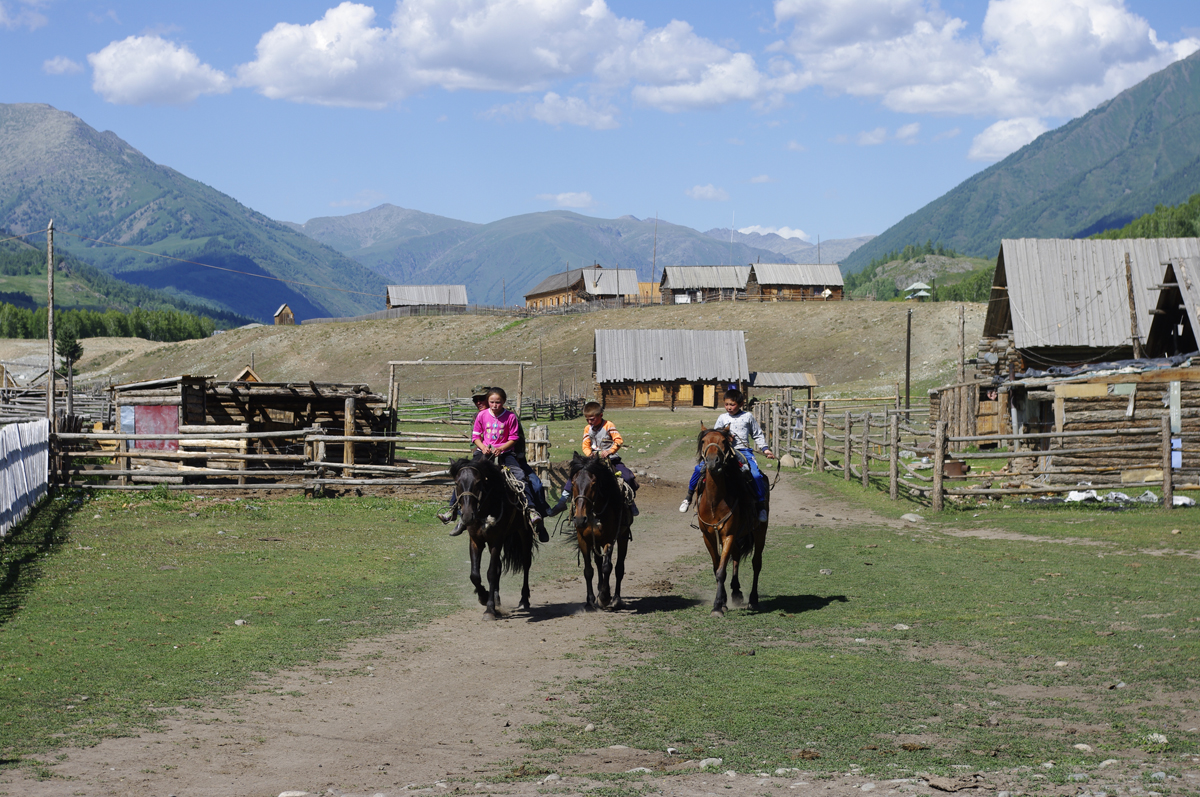
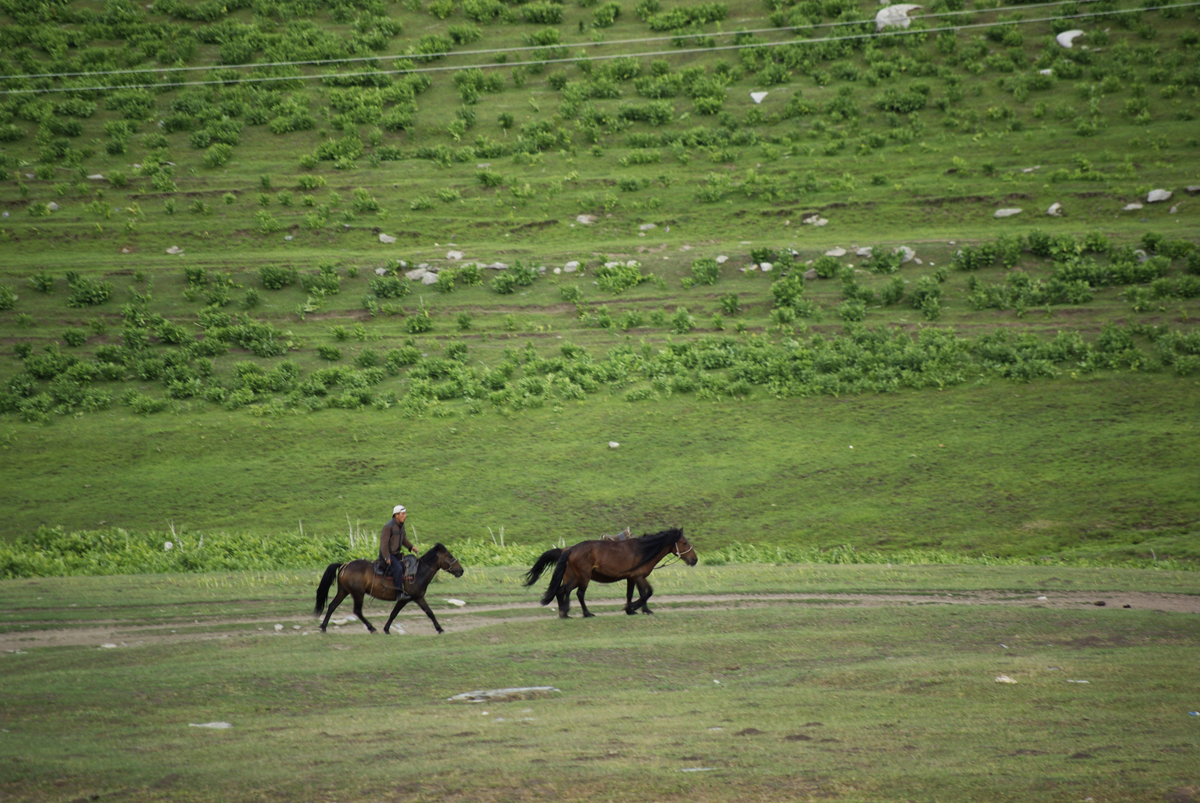
Over the years, the village of Hemu has been attracting more tourists and photographers, particularly during autumn. Resplendent with quaint log cabins, the village is surrounded by a vast forest of white birch trees.
If it was this beautiful during our trip in summer, imagine how spectacular it must look in autumn!
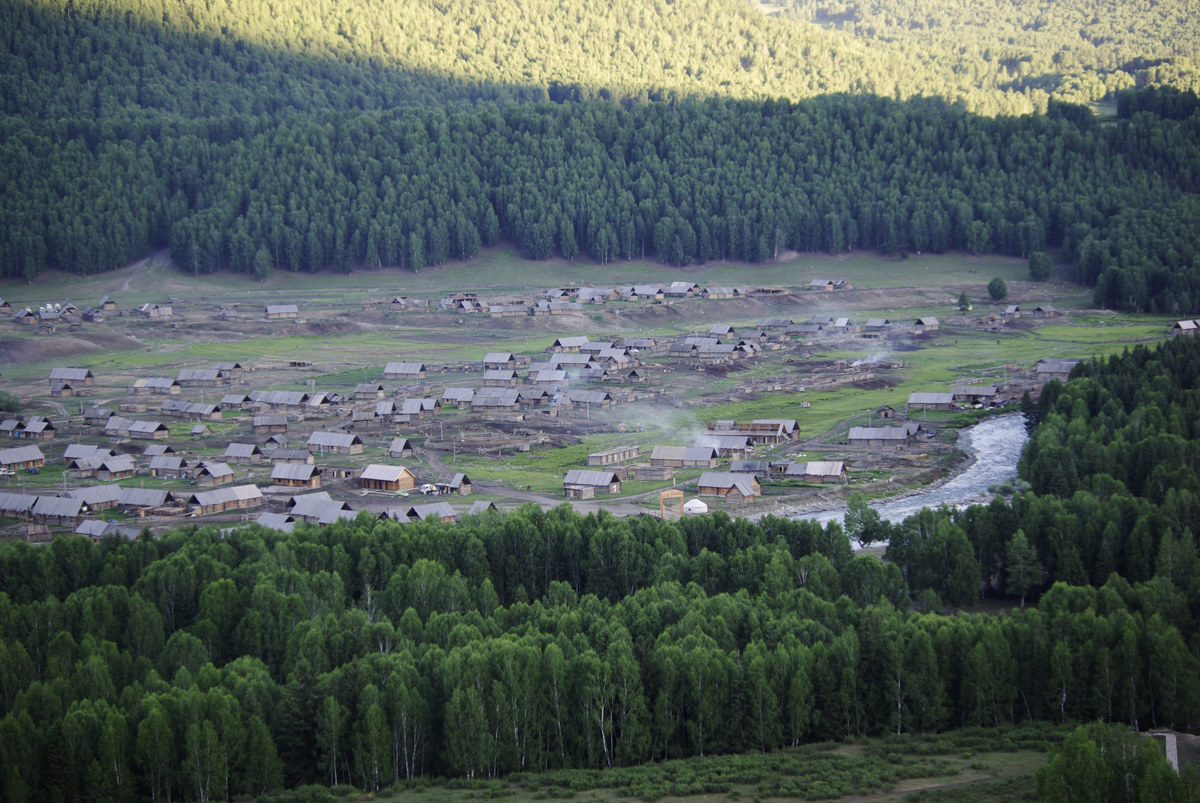
While most people tend to visit the village of Hemu in autumn, we think there are plenty of reasons why you should go during the summer instead!
The alpine meadows are blanketed with flowers, there are very few tourists, and the weather is markedly cool compared to other parts of China. In a place this idyllic, what more could you possibly want?
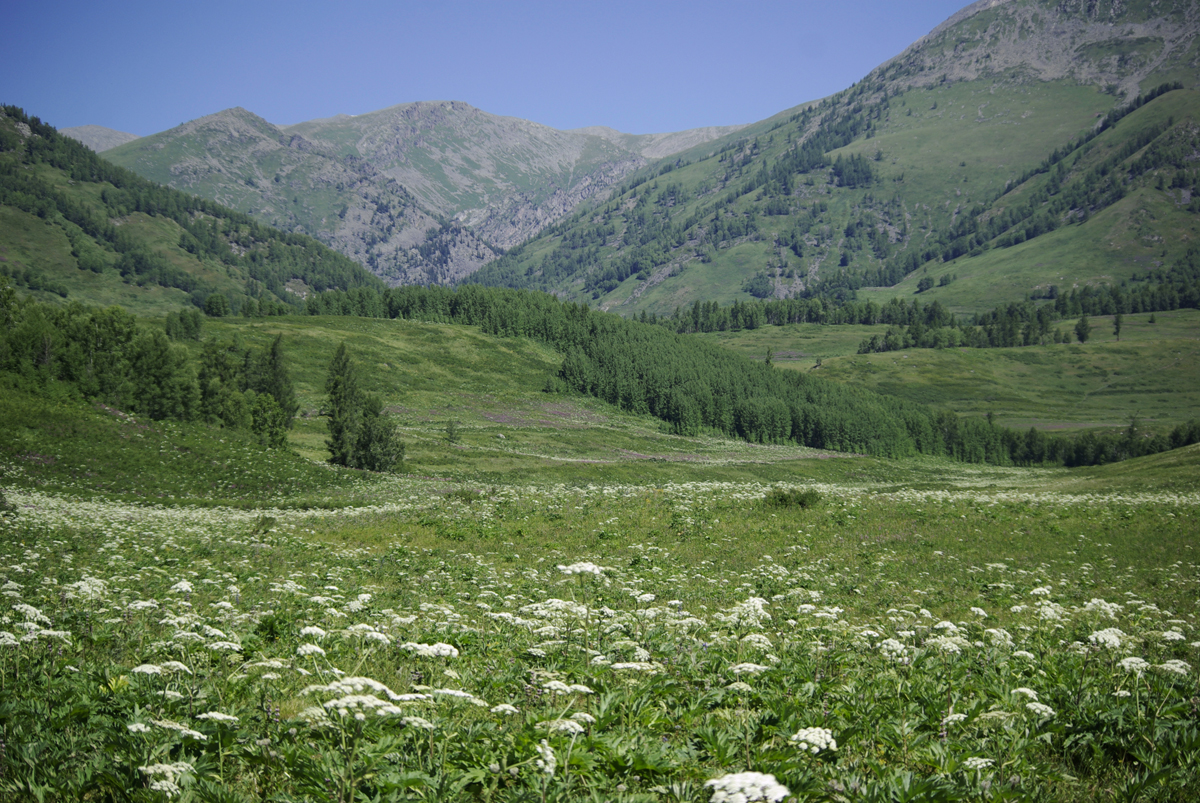
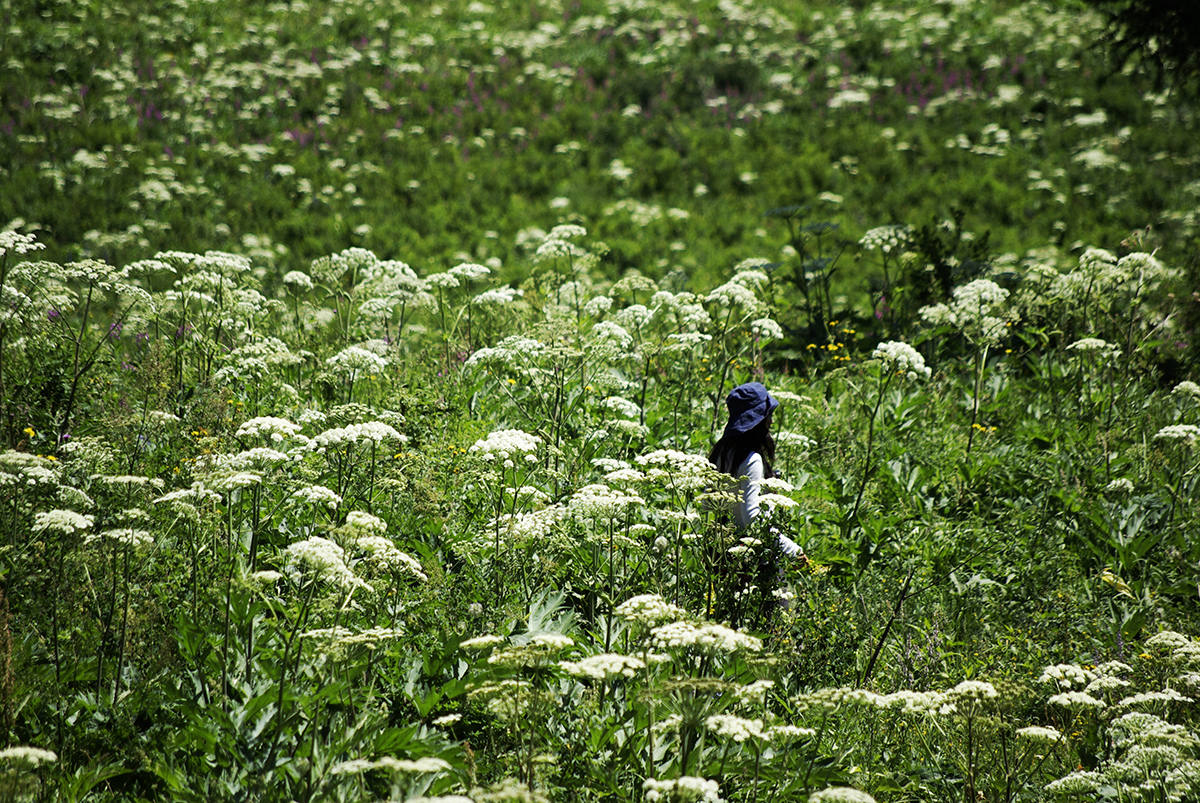
Day 22
When we finally arrived at the entrance to Kanas Lake, it was absolutely swarming with tourists! It seems it was a much more popular location than the village of Hemu.
Much like Hemu, visitors were required to leave their vehicles in a designated parking area and then take a shuttle bus to the lake. However, the ticket for the bus was unreasonably expensive!
Needless to say, on this occasion, we got very lucky.
Near to the main entrance, there is a gate guarded by soldiers, because the lake is very close to the border. My partner at the time, who I was traveling with, was an officer in the army.
When we approached the soldiers, they chatted with my partner and thought our method of transport was very cool. In the end, they allowed us to enter the scenic area on our motorcycle instead!
We felt truly blessed. Not only had we saved ourselves some money, but we were able to enjoy the beauty of the scenic area up close, rather than staring at it through the blurry window of a bus.
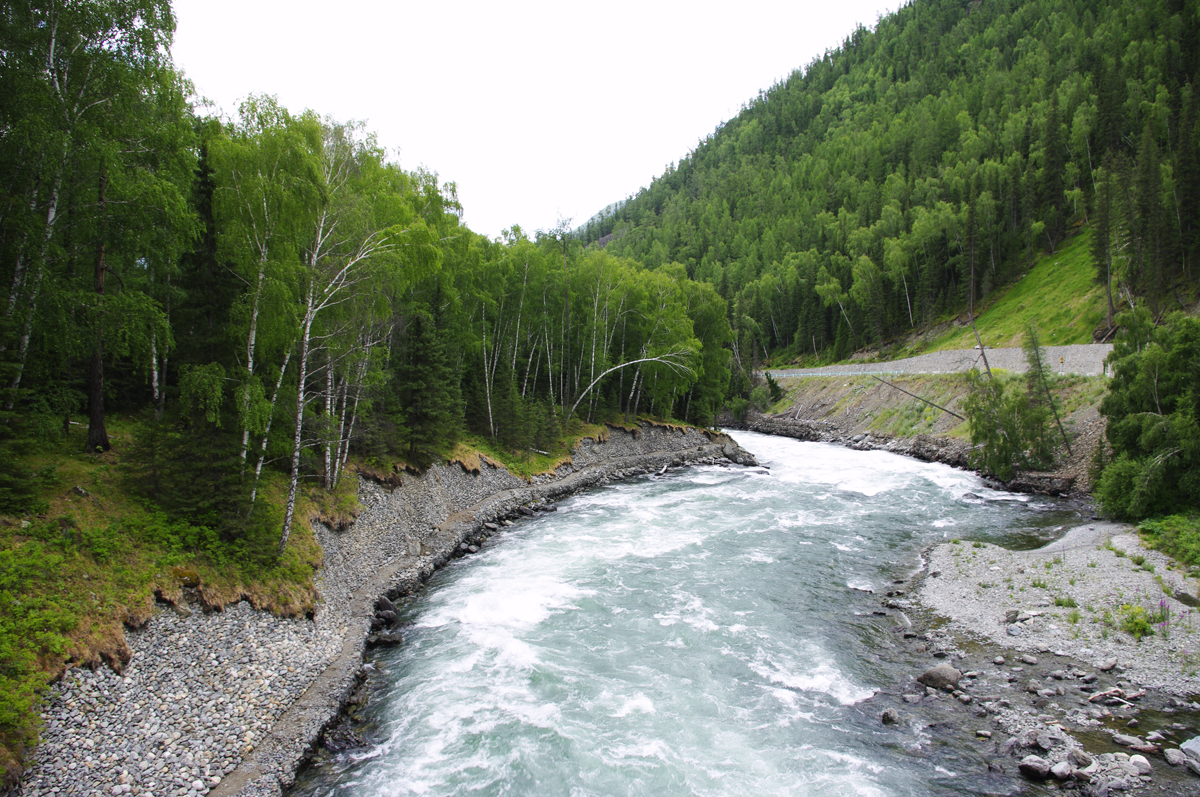
On our way to Kanas Lake, the scenery was absolutely gorgeous, but we didn’t have many opportunities to take photos, as we were too busy driving.
We decided to make an exception for Moon Lake and Dragon Lake, where we stopped to admire the pristine natural beauty.
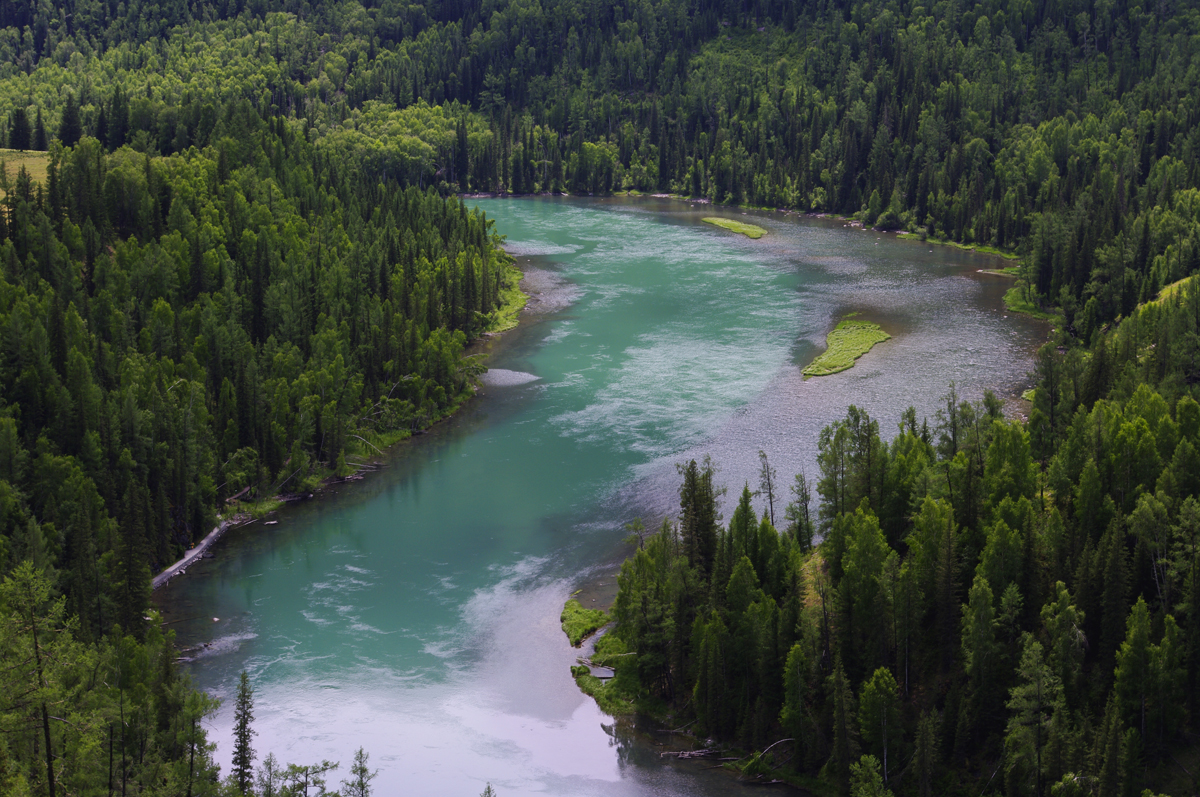
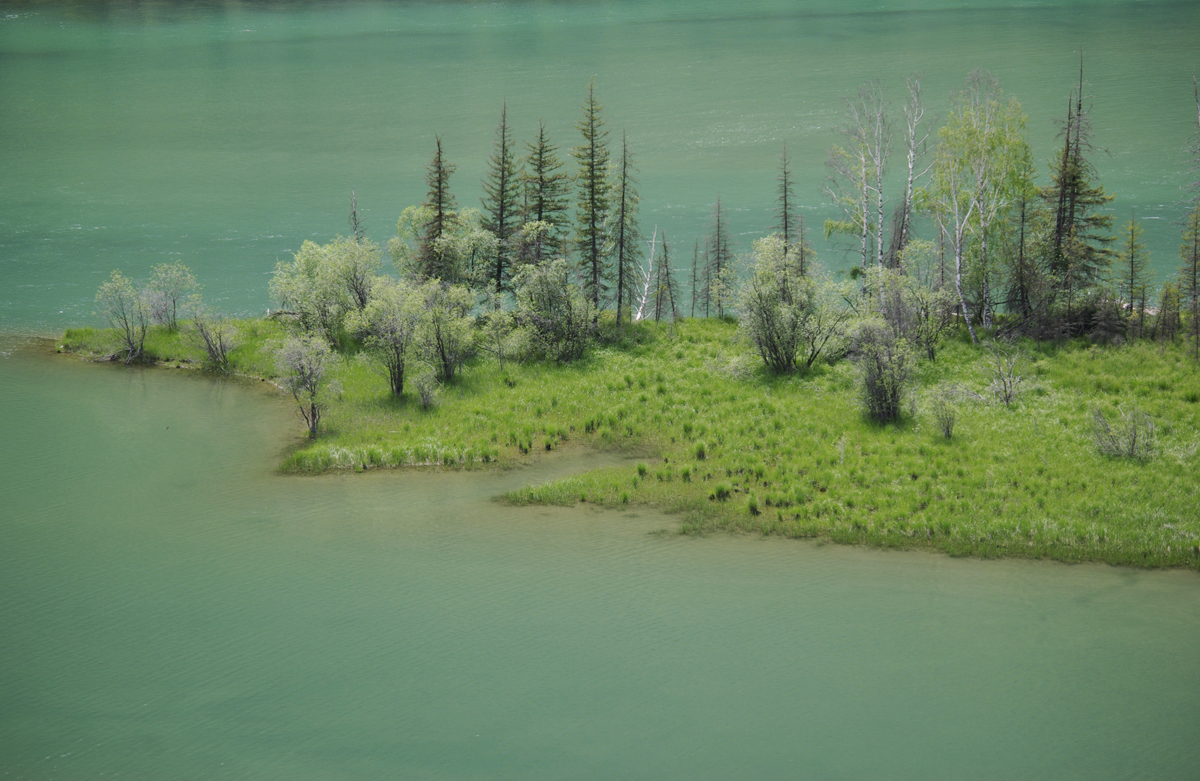
If you plan on finding accommodation near to the Kanas Lake scenic area, you had better prepare lots of cash, because its extremely expensive! Even a single night in a simple log cabin, such as the one pictured below, will set you back a hefty sum.
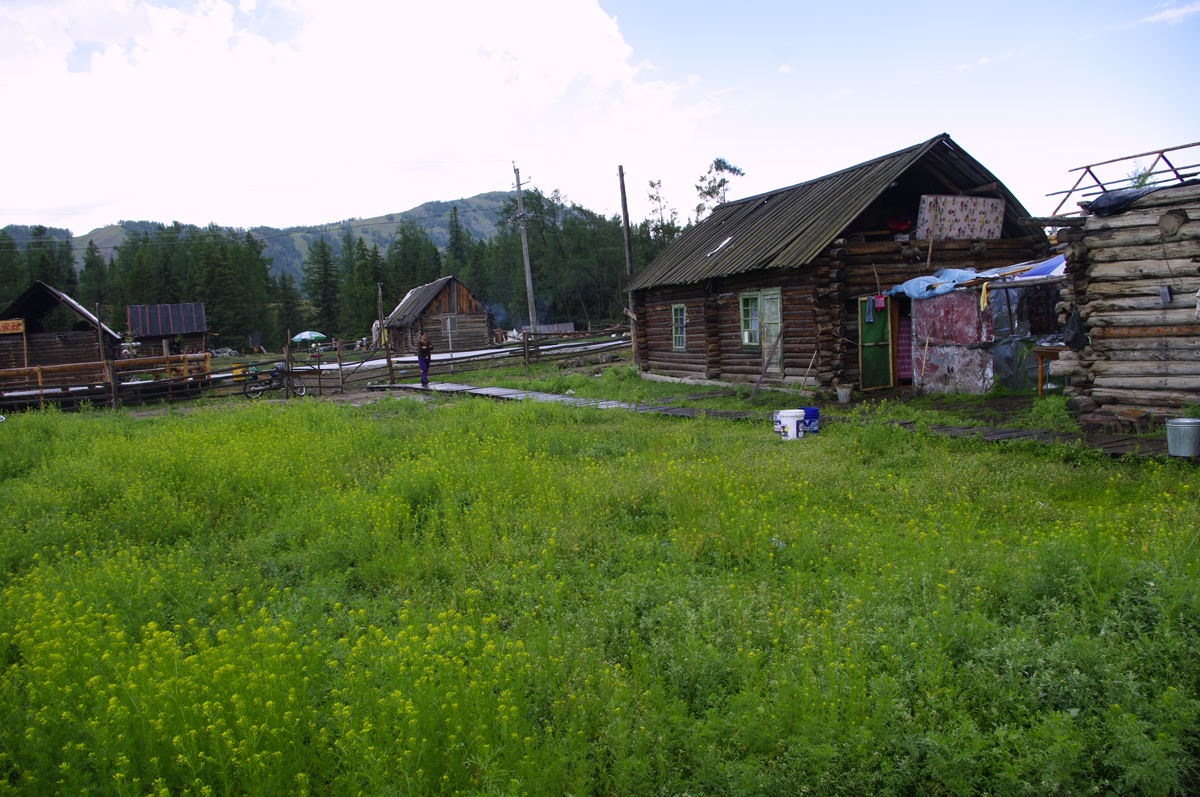
The hotels and restaurants in the area are also your only source of food, and they’re substantially more expensive than a typical restaurant in China.
That being said, we would thoroughly recommend staying overnight near Kanas Lake. Most tourists only arrive for a day of sightseeing so, in the evening, you’ll have the place practically to yourselves.
From dusk till dawn, this verdant paradise is blissfully peaceful and you’ll be guaranteed a refreshing night’s sleep.
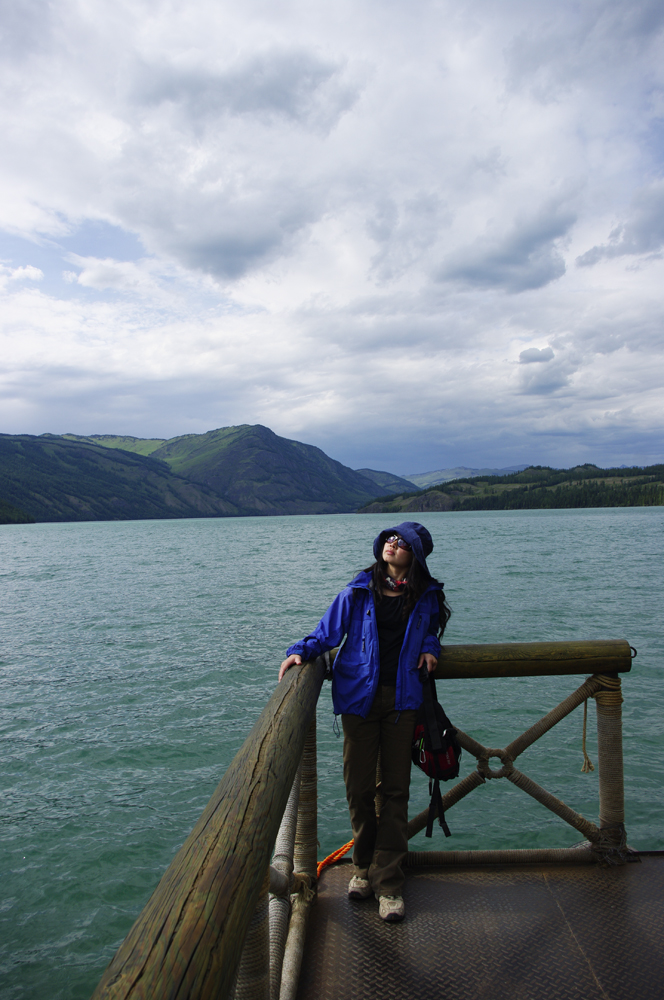
Day 23
On the morning we made a crucial mistake. Near to Kanas Lake, there is a mountain where you can enjoy some of the most breath-taking panoramic views of the scenic area. We decided to climb this mountain on foot!
It took much longer than we thought it would, so we missed the view of the morning mist hanging over the lake.
The mountains resembled the ones we had seen near the village of Hemu, but the wide asphalt road and the shuttle bus were obvious signs that this was indeed a tourist attraction.
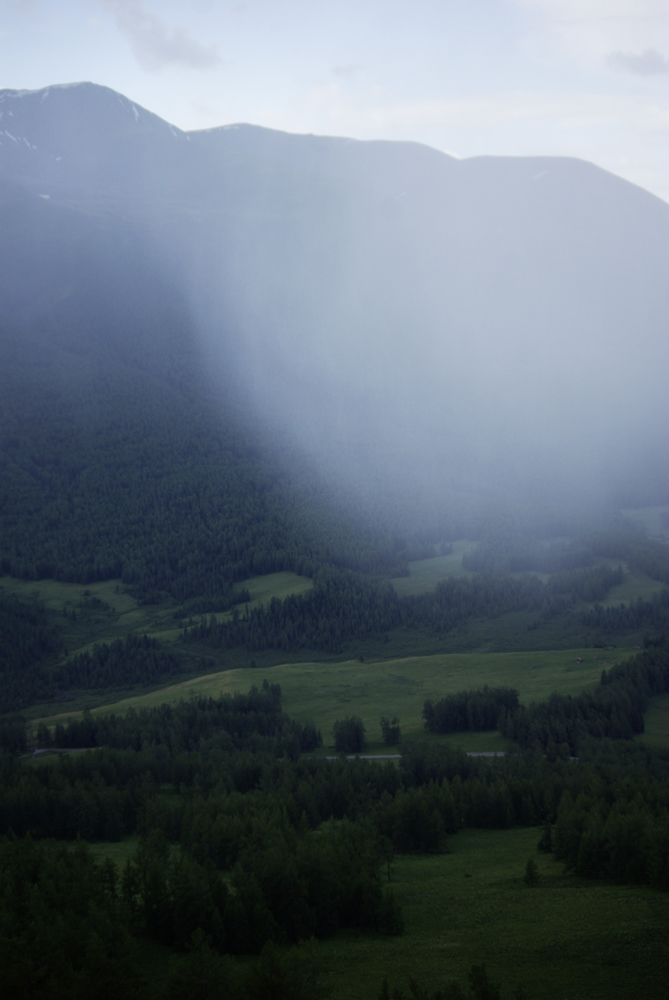
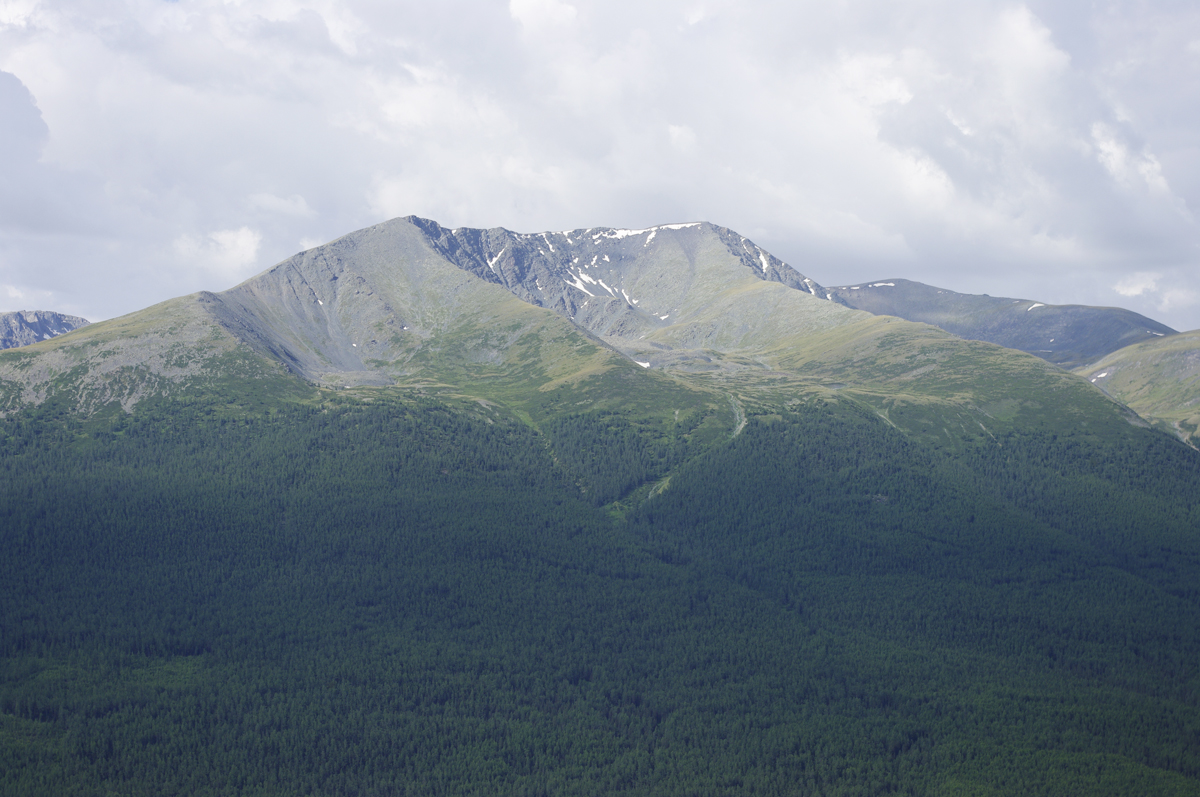
There are no words to describe just how beautiful Kanas Lake is, so we’ll have to let our photos do the talking!
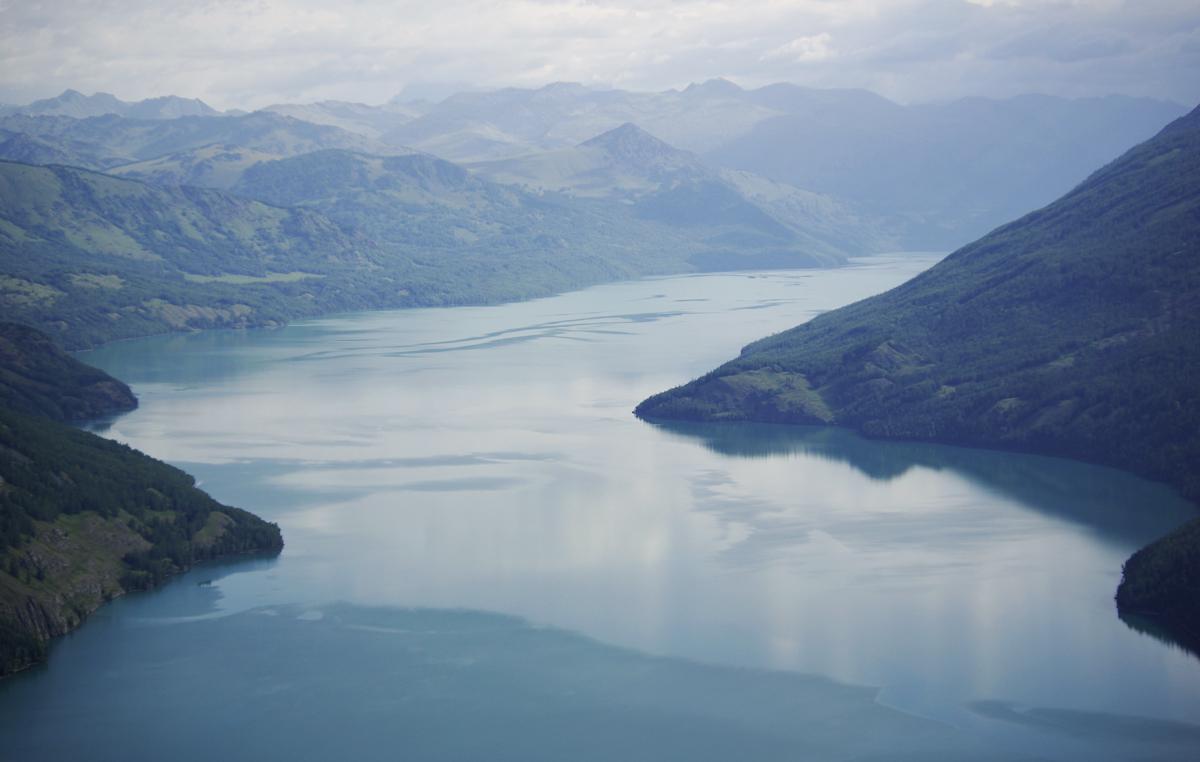
We were fortunate enough to arrive before a thunderstorm, so we got to enjoy the changing view of the lake before and after the rain.
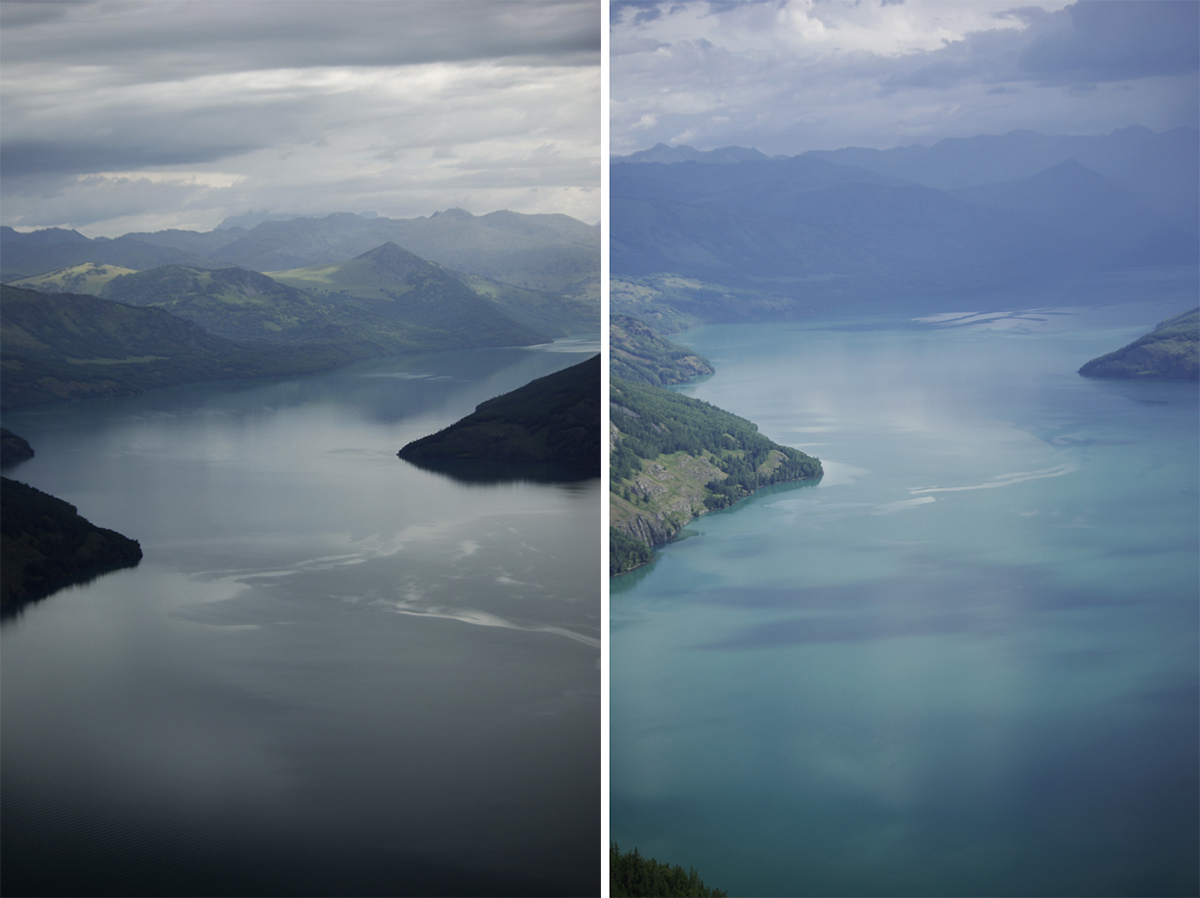
Day 24
This is the final record of our Motorcycle Journey to the West.
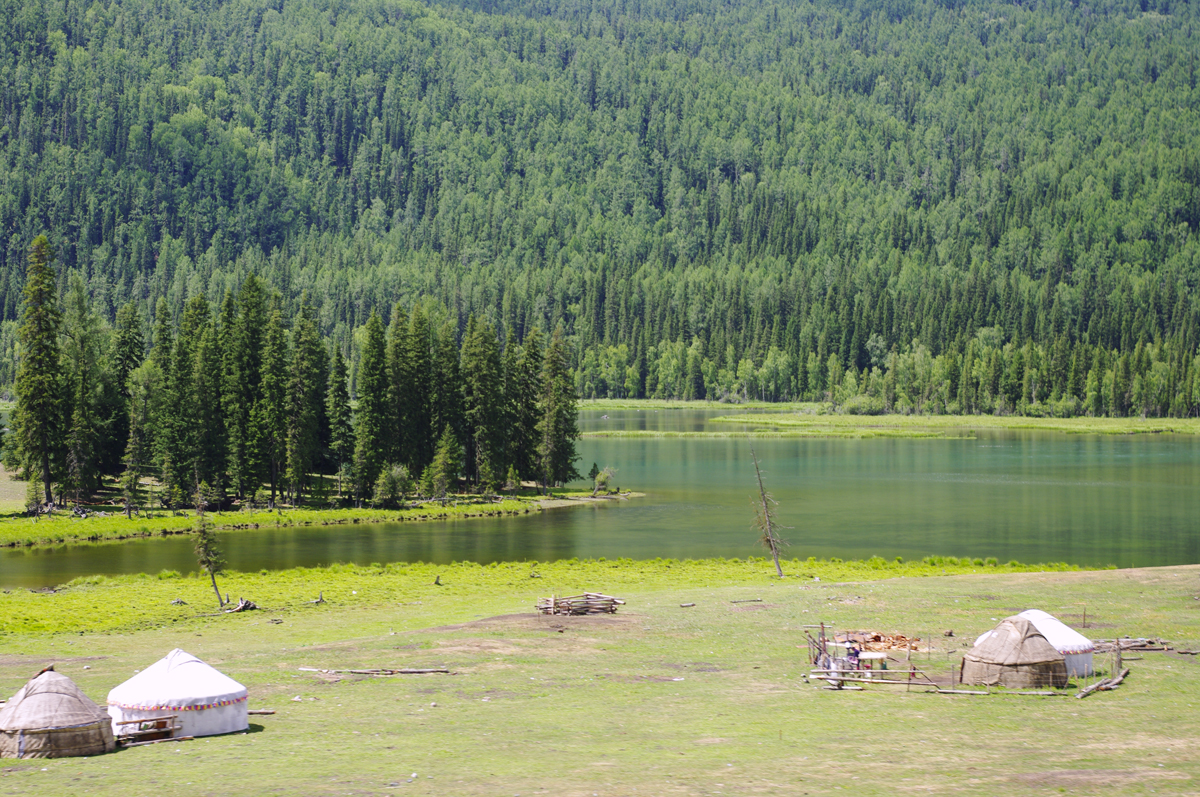
On the 24th day, we left the Altay Mountains and headed back into the Gurbantünggüt Desert. We had to travel along the road through the Gobi Desert for 150 kilometres (93 mi) without the hope of seeing another village.
In a bizarre stroke of luck, our motorcycle finally broke down just 30 kilometres (19 mi) from the nearest town. We had noticed that there was a problem with it three days before, so we had been waiting for this moment.
There was a poignant sadness about the evening; a mingling of beauty and sorrow. The sky was awash with pink clouds. My partner seemed desperately upset, but I was full of optimism. Pushing our dear motorcycle along the road under that soft pink sky, I felt truly alive and at peace.
In the end, we were rescued by a young Mongolian man. He gave us a lift to the small town of Hoxtolgay and found us a hotel to settle in for the night. It was already 1:00AM by that time!
The next morning, the locals were incredibly kind and tried to help us repair our motorcycle, but all of their efforts failed.
We decided to take a coach back to Ürümqi, where we were able to catch a flight back to Beijing.
As I sat wistfully staring out of the airplane window, I said farewell to the snow-capped mountains and the crystal clear lakes; farewell to the paradise hiding within those lush forests; farewell to the cultures slowly disappearing in the boundless desert.
I hope I will see you again.
